When budgets get tight, cybersecurity is often one of the first things to get trimmed. It’s easy to wonder — do we really need that expensive security suite, or can we get by with something cheaper? This dilemma, often framed as a choice between cheap vs quality in cybersecurity, hits especially hard for startups and small businesses trying to make every dollar count.
But here’s the catch: the real price of cutting corners on cybersecurity doesn’t show up right away—and it definitely doesn’t come with a warning label. It shows up later, often when it’s too late, in the form of data breaches, legal fines, lost customer trust, and a blow to your brand’s reputation that can take years to rebuild.
In this post, we’re diving into why going for the cheapest cybersecurity option can end up being the most expensive mistake. We’ll uncover the risks that come with low-budget security tools, explore the debate of cheap vs quality in cybersecurity, highlight where quality matters most, and share practical ways to strengthen your defenses without blowing up your budget.
Why Cybersecurity Isn’t the Place to Cut Corners
Let’s look at the numbers. According to IBM’s 2023 Cost of a Data Breach Report, the average global cost of a breach hit $4.45 million. And small to mid-sized businesses, they make up more than 43% of attack victims, but have the hardest time bouncing back.
What’s driving those sky-high costs? It’s not just the ransom demand. It’s the data loss, the operational downtime, the legal and compliance penalties, and the lasting damage to customer trust.
So, when deciding where to save money, the better question isn’t can we afford good cybersecurity? It’s can we afford the risk of not having it?
Cheap Cybersecurity: What You Really Get
1. Automated-Only Scans
Low-budget cybersecurity services often rely exclusively on automated vulnerability scans. While these tools are valuable for quickly spotting known issues, they fall short when it comes to detecting sophisticated, emerging threats. Automated systems can’t “think outside the box” like a skilled human tester, and as a result, they often miss vulnerabilities unique to your specific systems and technology stack.
Example: A 2023 report by the Ponemon Institute found that automated scans alone failed to catch about 17% of critical vulnerabilities detected by human-led penetration tests. That 17% can include the very backdoors hackers love to exploit.
2. Inexperienced or Uncertified Testers
If the price seems too good to be true, it likely is. Many discount cybersecurity firms cut costs by hiring entry-level staff or freelancers without industry certifications like CISSP, CEH, or OSCP. These certifications matter; they reflect not only technical knowledge but also a deep understanding of evolving threats and best practices. Without certified professionals, your cybersecurity might be in the hands of someone still learning the ropes, rather than an expert who’s seen and anticipated real-world attacks before.
3. One-Size-Fits-All Approach
Many budget security services employ a generic, templated approach rather than tailoring solutions to your business’s actual risks. Security is never “set it and forget it.” Networks, data, and attack surfaces differ between organizations, requiring custom assessment and layered solutions.
4. No Post-Test Support
The aftermath of a scan or test often requires expert follow-up to interpret results, address identified vulnerabilities, and strengthen your defenses. Cheap options might leave you with a confusing automated report, no context, and no roadmap. High-quality providers guide you every step of the way, even after the initial assessment, to make sure that flaws are fixed properly.
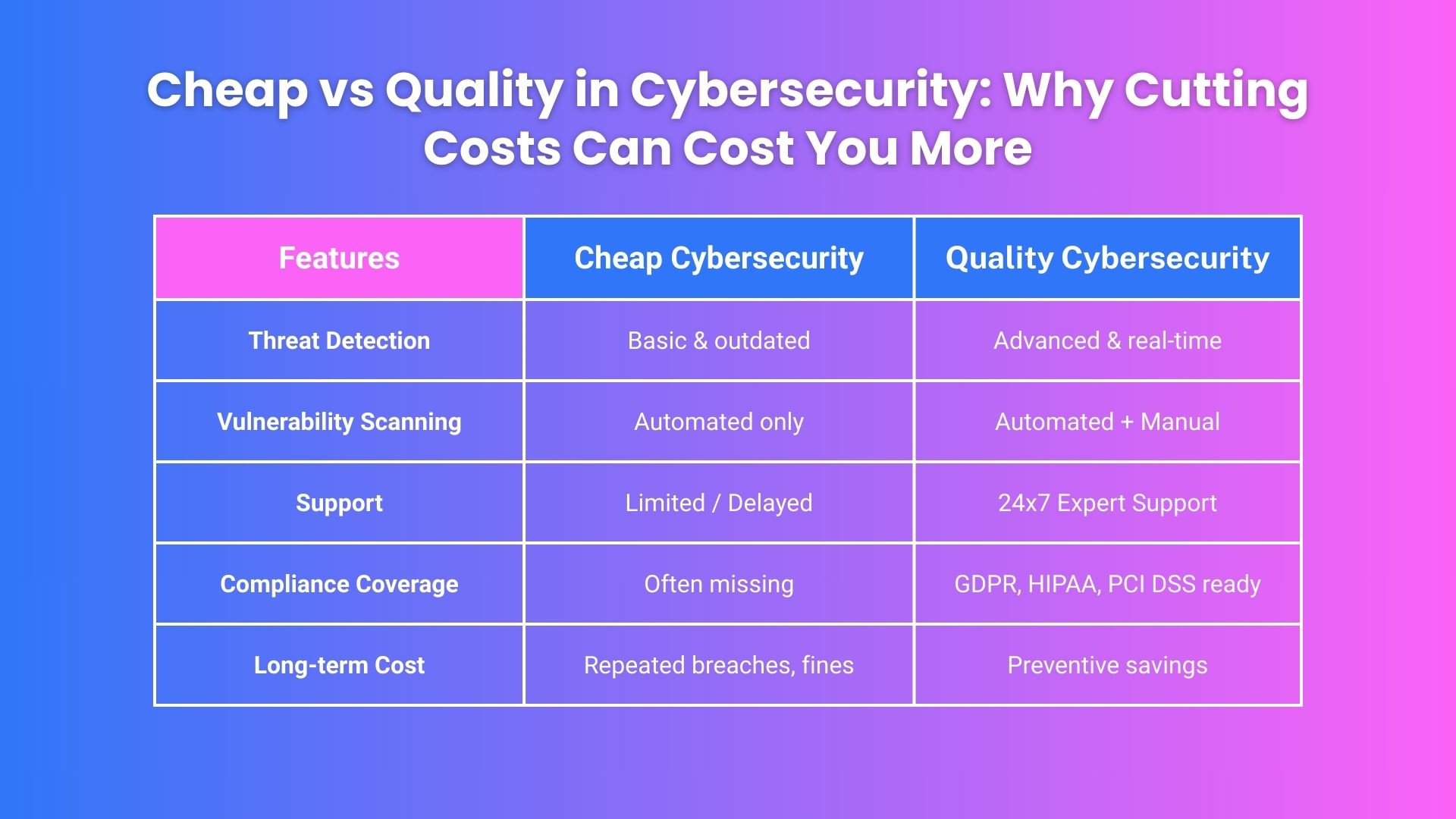
Cheap Tools Often Mean Weak Points
When funds are tight, budget cybersecurity software and services might look attractive. But what are you really getting when the price tag is suspiciously low?
- Outdated Threat Databases: Cyber threats change constantly.
- variants, phishing strategies, and zero-day exploits emerge all the time. Budget solutions often rely on outdated, static databases, so the very threats most likely to hit you are the ones they miss.
- Basic Protection That Fails Against Sophisticated Attacks: Modern attacks don’t just use brute force. Instead, they evolve around basic defenses. Cheap software might block obvious viruses but fail to spot spear phishing, exploitation of new system vulnerabilities, or fileless malware attacks that don’t rely on traditional virus signatures.
- Neglect of Critical Updates and Patching: Top-tier cybersecurity solutions are built on regular security updates, not only patching vulnerabilities but also keeping security standards aligned with the latest compliance rules. Cheaper alternatives may skip or delay updates, creating windows of opportunity for attack.
- Limited or Slow Customer Support: When a breach is detected at 3 a.m., time is everything. Cheap solutions often limit customer support hours, offer only slow email responses, or push you off to low-skilled offshore support. This can mean critical minutes or hours lost while an attack spreads.
- Lack of Key Compliance Features: If your business operates within regulated industries (healthcare, finance, e-commerce), compliance is not optional. Budget cybersecurity solutions might lack key features like log retention, audit trails, or strong encryption, putting you at risk of failing GDPR, HIPAA, PCI DSS, or other critical requirements.
Consequences
- Regulatory fines can total millions of dollars.
- Loss of customer trust can cripple growth.
- Data breaches often lead to lawsuits and reputation damage that linger for years.
Buying the cheapest cybersecurity tool is like locking your doors but leaving the windows wide open. You might feel secure, but attackers are just looking for the weakest link. The debate of cheap vs quality in cybersecurity becomes critical here—skimping on security creates easy access points for cybercriminals hunting for vulnerabilities.
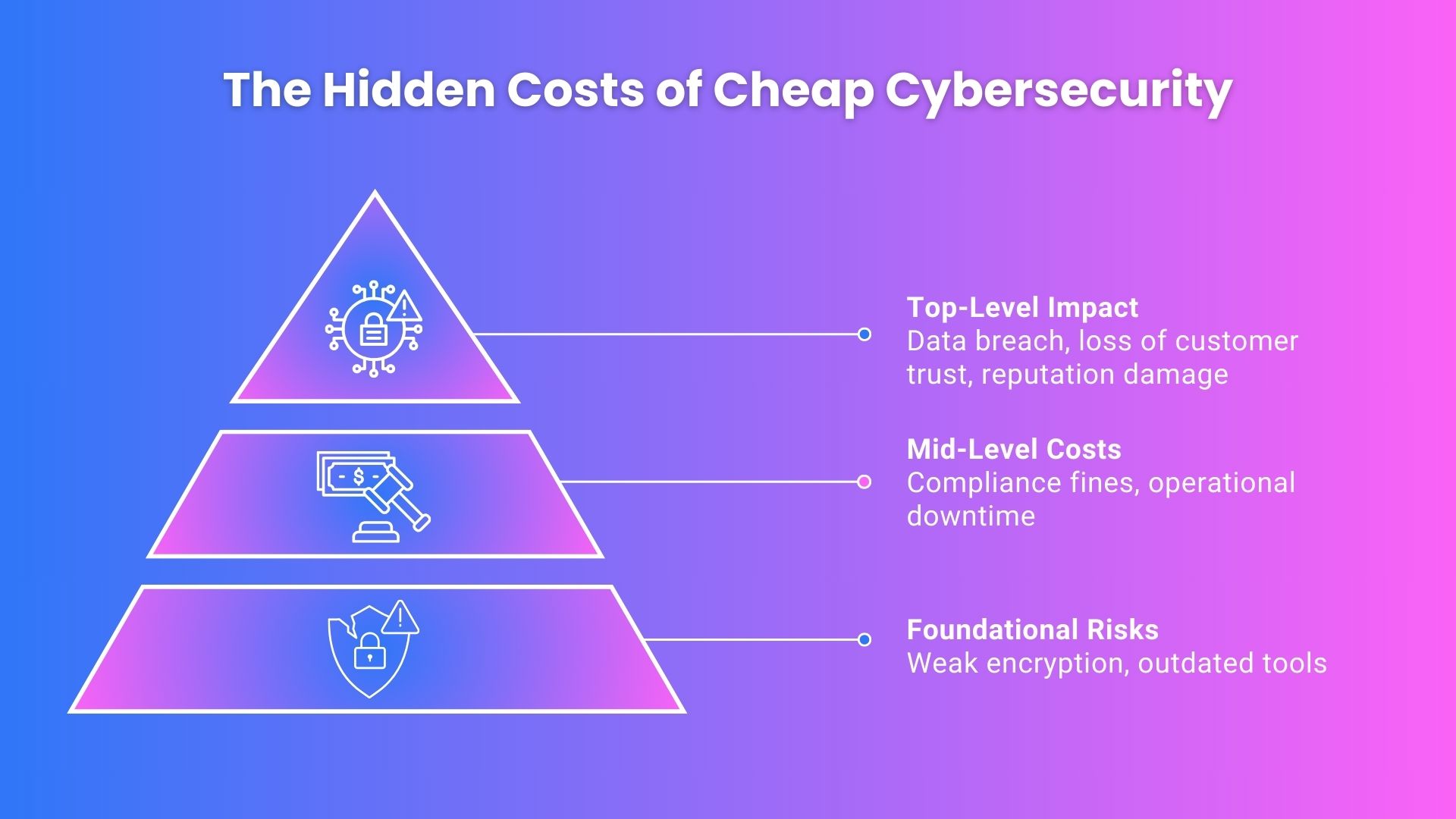
The Real-World Risks of Choosing “Cheap” Cybersecurity
It can be tempting to choose the lowest-priced software or hire the least expensive security provider. However, these decisions can leave organizations open to a range of risks, some with consequences so severe they threaten the very survival of a business.
1. Data Breaches
A data breach occurs when unauthorized individuals gain access to sensitive company or customer data. This can include financial information, personal records, intellectual property, or trade secrets.
How “Cheap” Security Fails
Low-cost cybersecurity tools often lack the advanced features necessary to combat modern threats. They may miss zero-day vulnerabilities, lack timely patching, or fail to patrol network perimeters effectively.
Real-World Example
The Target Breach (2013)
One of the largest retail data breaches in history began with attackers infiltrating a third-party vendor with weak network defenses. The attackers then accessed Target’s payment system, compromising over 40 million credit and debit card records. While not solely down to cheap technology, investigators found that avoidance of best-practice investments at key stages opened doors to attackers. Target ultimately paid out $18.5 million in settlements—not to mention immense reputational damage.
Why Cheap Solutions Are Risky
- Subpar firewalls and unmonitored endpoints
- Outdated or missing encryption for sensitive data
- Minimal maintenance or support in the event of a breach
2. Compliance Penalties
Organizations in finance, healthcare, retail, and other sectors must comply with stringent data security regulations like GDPR, HIPAA, and PCI DSS. Failure to do so brings heavy penalties.
How “Cheap” Security Misses the Mark
Low-budget providers may skip vital compliance checks, fail to offer secure data storage, or not keep up with changing laws. This opens businesses to regulatory scrutiny.
Real-World Example
British Airways GDPR Fine (2018)
Attackers exploited website vulnerabilities to access the personal data of 500,000 British Airways customers. The airline was fined £20 million under GDPR, with regulators noting that BA had failed to implement basic security measures that could have prevented the attack.
Why Compliance Costs Add Up
- Regulatory fines can dwarf the original savings from choosing a cheaper solution
- Legal fees and investigation costs quickly escalate
- Leadership distraction and intervention disrupt daily operations
3. Reputational Damage
Your customers trust you to protect their information. Once that trust is broken, it’s hard to regain. Low-end cybersecurity providers often don’t have the processes or plans for quick, transparent communication with affected users. The response may be slow, incomplete, or evasive.
Real-World Example
Yahoo Data Breaches (2013–2014)
Yahoo’s poorly managed security infrastructure led to breaches affecting all three billion of its accounts. Years of under-investment in security measures contributed to the repeated attacks. Not only did the company face lawsuits and regulatory action, but its $4.8 billion sale to Verizon was discounted by $350 million as a result of lost trust and users.
Why Your Brand Reputation Counts
- News of a breach spreads fast, especially on social media
- Customers and partners may take business elsewhere
- Long-term brand value is eroded, sometimes permanently
4. Repeat Costs
Cutting costs often means buying simple, static solutions that don’t evolve with the threat landscape. That’s like fixing a leaky pipe with duct tape instead of hiring a plumber.
How Cheap Security Leads to More Spending
- Each incident brings direct costs for investigation, containment, and remediation
- Insurance premiums may spike after an initial breach
- Additional investments are needed to patch holes left by underperforming products
Real-World Example
Small Business Ransomware Attacks (2020–2022)
A 2020 Cybereason report found that 80% of businesses that paid a ransom were attacked a second time, often because they had not upgraded to stronger security post-incident. Many small firms attempted to save costs by patching after the fact, only to spend more dealing with repeat attacks and service downtime.
Why False Savings Hurt
- Emergency fixes are almost always more expensive than prevention
- Repeated incidents drain IT resources and morale
- Vendors may charge higher rates for urgent, reactive work
5. Deep-Rooted Vulnerabilities Hide from Cheap Solutions
It’s not just obvious threats that cheap security misses. Deep-rooted system vulnerabilities can sit undetected for months or even years. Budget tools often lack advanced threat detection, AI-driven anomaly spotting, or dedicated threat-hunting resources to surface well-camouflaged risks.
SolarWinds Supply Chain Attack (2020)
A sophisticated breach in SolarWinds’ network went undetected for months, impacting thousands of organizations worldwide. While SolarWinds served enterprise clients, the attack highlighted how sophisticated adversaries bypass basic controls and hide in the gaps left by unsophisticated or underfunded monitoring.
High-Quality Cybersecurity: What Sets Qualysec Apart
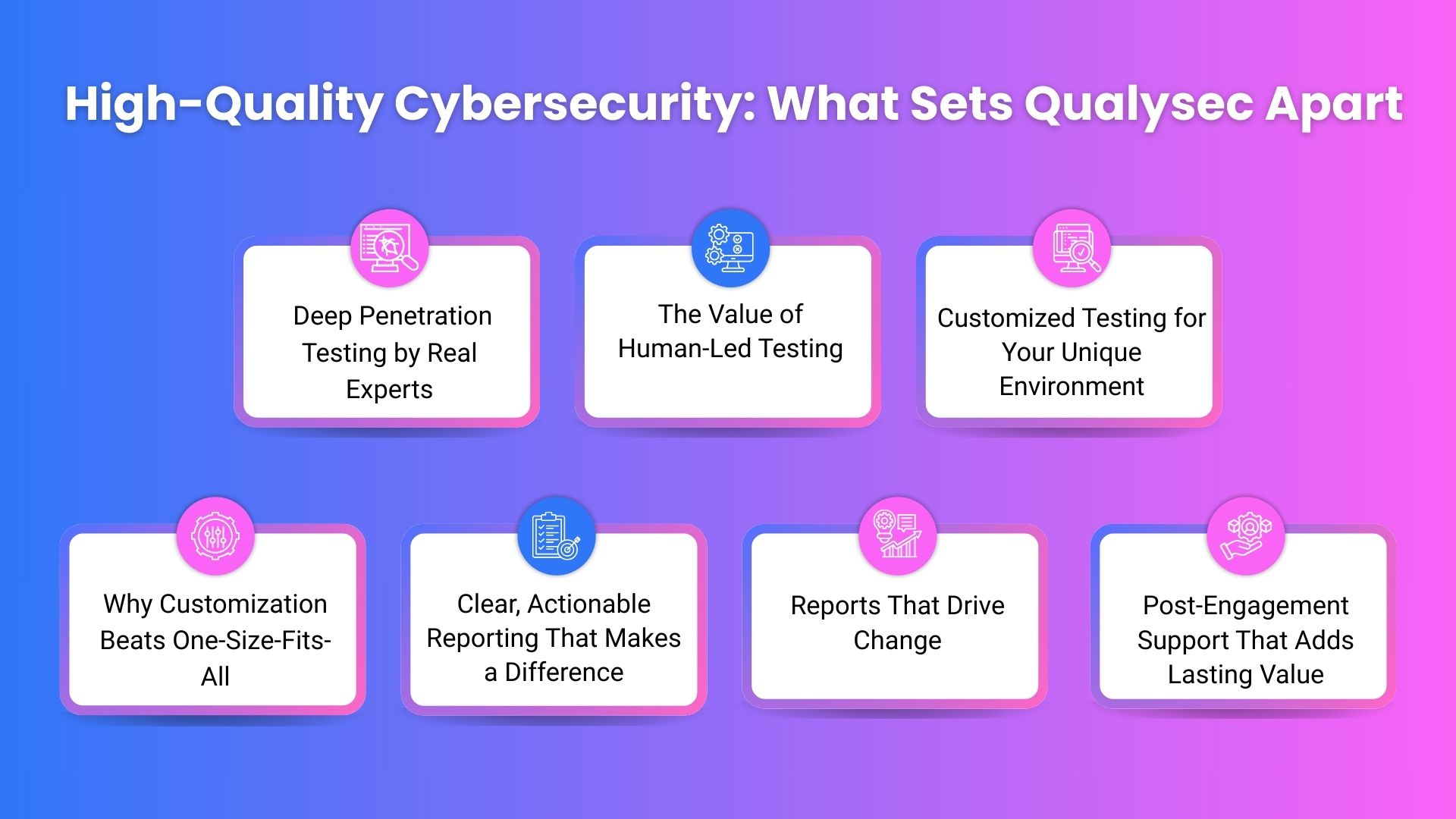
Choosing the right cybersecurity partner can feel overwhelming, with a flood of vendors promising complete protection at rock-bottom prices. But when it comes to cheap vs quality in cybersecurity, what separates real security from mere promises becomes clear.
QualySec has built its reputation on delivering effective, customized security solutions that address specific environmental needs. Our approach moves beyond standard, checklist-driven security and focuses on data-driven, deep defense.
1. Deep Penetration Testing by Real Experts
The true measure of any cybersecurity service is its approach to penetration testing. Many budget firms perform automated scans and generate generic reports, often missing nuanced vulnerabilities unique to your setup. Qualysec’s process is different. Our security engineers combine automated tools with painstaking manual testing. Real experts, many with backgrounds in ethical hacking and advanced threat detection, simulate cutting-edge attacks used by real-world adversaries. We also have pre-defined processes and rich database of vulnerabilities to support our testing methodology. This makes sure that the hidden flaws receive attention and organizations see a realistic picture of their risk exposure.
2. The Value of Human-Led Testing
Some vulnerabilities simply can’t be detected by software alone. Skilled testers leverage creativity, adversarial thinking, and a deep understanding of attack surfaces. For example:
- Social engineering attempts on third parties
- Complex logic flaws in applications
- Chained vulnerabilities that appear low-risk alone but devastating in sequence
A quality provider like Qualysec is committed to this layered, hands-on testing, because your attackers won’t be running a cheap scanner.
3. Customized Testing for Your Unique Environment
No two organizations face identical risk profiles. Companies in finance, e-commerce, health, or manufacturing each have different tech stacks, processes, and compliance requirements. Off-the-shelf cybersecurity solutions can’t account for these differences. Qualysec begins every engagement by understanding:
- Your business objectives and data sensitivity
- The specific platforms, cloud services, and environments you use
- Regulatory or contractual obligations
Based on this deep discovery, they develop tailored attack scenarios and test plans. This approach helps uncover sector-specific vulnerabilities and ensures compliance with standards like PCI DSS, HIPAA, or GDPR.
4. Why Customization Beats One-Size-Fits-All
Hackers target the unique aspects of your business, not just generic systems. Custom penetration tests uncover subtle weaknesses, such as:
- Misconfigured permissions in bespoke apps
- Gaps in third-party integrations or APIs
- Misaligned access controls or business logic vulnerabilities
Choosing a provider that simply runs standard tools won’t give you the nuanced insights needed to secure complex, modern infrastructures.
5. Clear, Actionable Reporting That Makes a Difference
A common complaint about low-cost cybersecurity vendors is the impenetrable jargon and overwhelming data dumps they deliver as “findings.” These can overwhelm busy IT teams, making real remediation nearly impossible. With Qualysec, clarity is paramount. Reports provide:
- Executive summaries for decision-makers
- Detailed, step-by-step findings for technical teams
- Prioritized risk scores based on real business impact
- Actionable, easy-to-follow remediation steps
This clarity helps organizations move quickly from awareness to action, closing real-world gaps without wasting effort.
6. Reports That Drive Change
A quality report goes beyond identifying problems. Qualysec’s documentation typically includes:
- Screenshots, diagrams, and proof-of-concept exploits (where appropriate)
- Mapping to popular frameworks and compliance standards
- Recommendations tailored to your existing technology stack
This enables IT teams to address issues effectively and empowers management with the information needed for strategic decisions.
7. Post-Engagement Support That Adds Lasting Value
Too many firms view security testing as a one-and-done engagement. Budget vendors may leave you with a report but offer little aftercare or guidance. True security is an ongoing process. Qualysec continues to support your team after testing is complete:
- Availability for clarification of findings and remediation strategies
- Follow-up testing and verification to confirm vulnerabilities are closed
- Guidance on enhancing operational security practices
This ongoing partnership ensures vulnerabilities are fixed, not just found. It also helps your organization develop a mature security posture that adapts to new threats and growth.
Cybersecurity is not static. New vulnerabilities and attack methods emerge constantly, and your business will evolve with new products, platforms, and services. Maintaining a proactive relationship with a quality provider helps you meet these challenges confidently.
Latest Penetration Testing Report
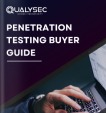
Cheap vs. Quality Cybersecurity: A Side-by-Side Comparison
| Criteria | Cheap Cybersecurity | Quality Cybersecurity (e.g., QualySec) |
|---|---|---|
| Testing Approach | Relies solely on basic automated tools | Hybrid model combining manual testing with advanced automation |
| Depth of Analysis | Surface-level scans; misses logic and contextual flaws | In-depth analysis, including business logic and real-world scenarios |
| Customization | Generic, one-size-fits-all assessments | Tailored to your tech stack, threat model, and business needs |
| Team Expertise | Inexperienced or low-cost freelancers | Certified professionals (OSCP, CEH, CISSP, etc.) |
| Vulnerability Validation | Automated scan results, often with false positives | Proof-of-concept (PoC) exploits demonstrating real-world risk |
| Remediation Support | No or minimal follow-up | Detailed remediation steps, re-testing, and support post-engagement |
| Compliance Coverage | Often ignores compliance needs | Aligned with standards like ISO 27001, SOC 2, PCI-DSS, HIPAA |
| Threat Awareness | Limited to known vulnerabilities | Continuously updated for zero-day threats and emerging attack vectors |
| Reporting Quality | Basic tool-generated report | Clear, actionable insights with prioritization and risk mapping |
| Long-Term Value | Short-term savings, high long-term risk | High ROI through reduced breach likelihood and stronger defenses |
Why More Businesses Are Choosing QualySec
- Human-Driven Security: QualySec goes beyond automated scans. Real cybersecurity experts conduct thorough testing to uncover complex, real-world vulnerabilities.
- Tailored Testing for Your Business: Every engagement is customized to align with your specific environment, business logic, and risk profile, not a generic, off-the-shelf approach.
- Compliance-Ready Reports: Reports are audit-friendly and mapped to industry standards like ISO 27001, PCI-DSS, and HIPAA, making compliance easier and faster.
- Enterprise-Grade Support: From start to finish, QualySec offers expert guidance, including detailed remediation support and post-test consultations.
- Proven & Trusted: Whether you’re a startup, scaling fast, or a global enterprise, QualySec has a proven track record of delivering reliable, results-driven security.
- Always Up-to-Date: As a process-based penetration testing company, QualySec constantly evolves its methods to stay ahead of new threats and trends in the cybersecurity space.
Talk to our Cybersecurity Expert to discuss your specific needs and how we can help your business.
Invest in Quality, Not Regret!
Cybersecurity is not an area where you can afford to cut corners. The risks — from data breaches and ransomware to reputation damage and regulatory penalties — are too great, and the tools for real protection are within reach for companies willing to invest wisely. When considering cheap vs quality in cybersecurity, the stakes are clear: quality protection is not just an expense, it’s an investment in your company’s future.
Actionable next steps
- Audit your current cybersecurity setup for weaknesses.
- Consult with established security experts to identify gaps and options.
- Prioritize solutions offering comprehensive protection, active support, and ongoing team education.
The next time you’re weighing options for digital defense, remember that cheap solutions can cost far more than any up-front price tag. Invest in quality, and you’ll avoid expensive regret.
Want to learn more? Contact Qualysec’s team for a personalized assessment of your security posture and start protecting what matters most.





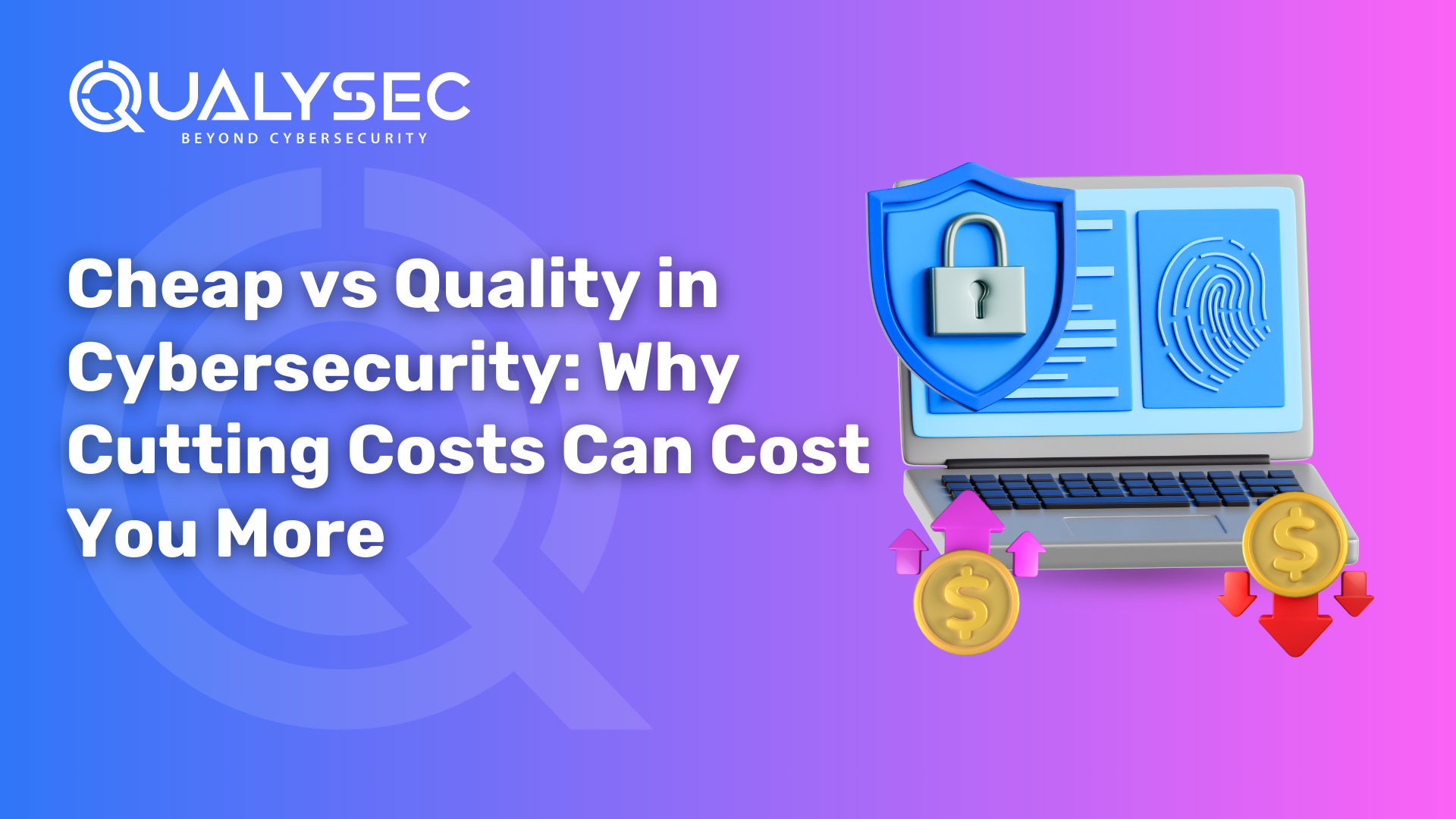



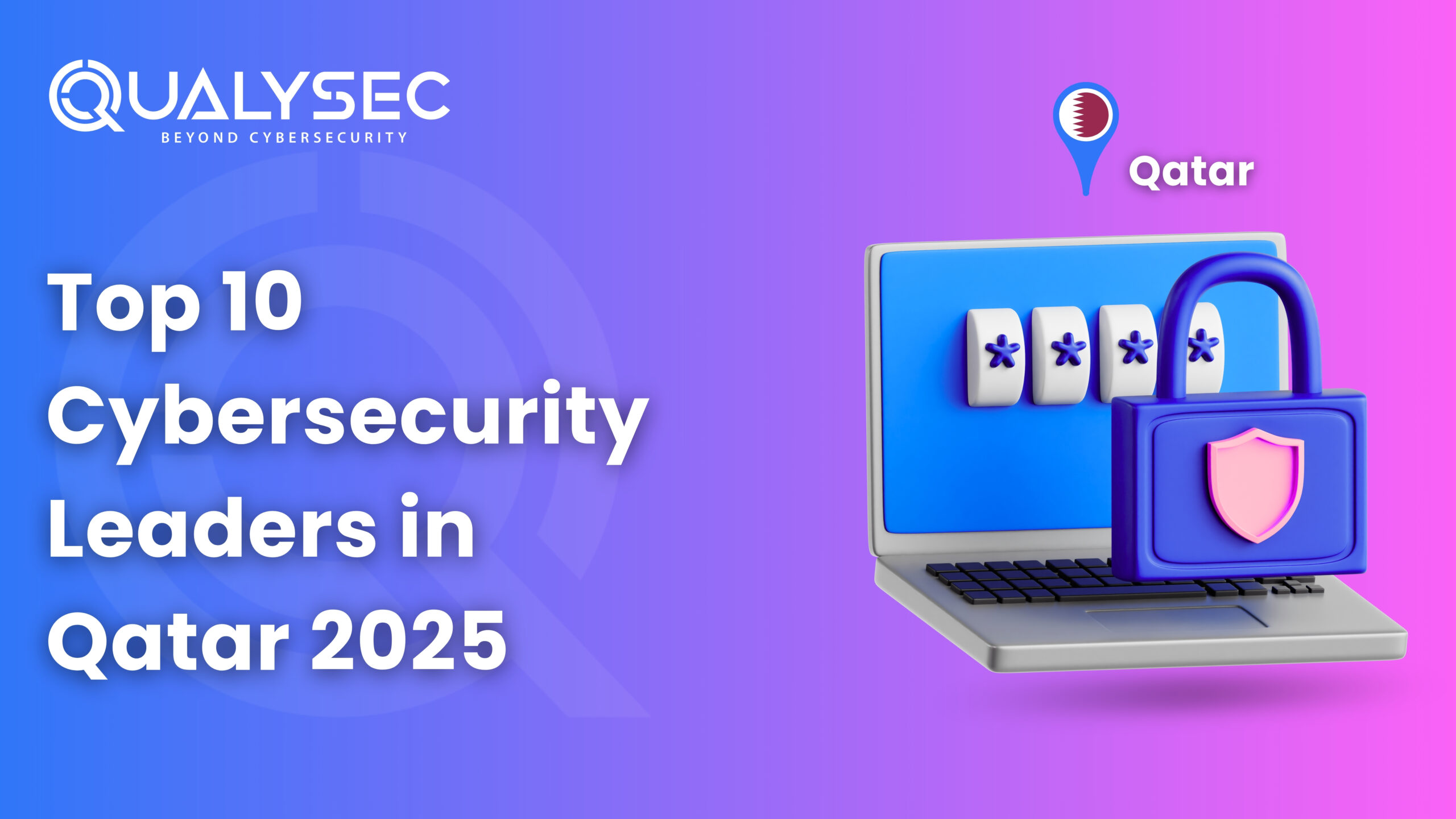
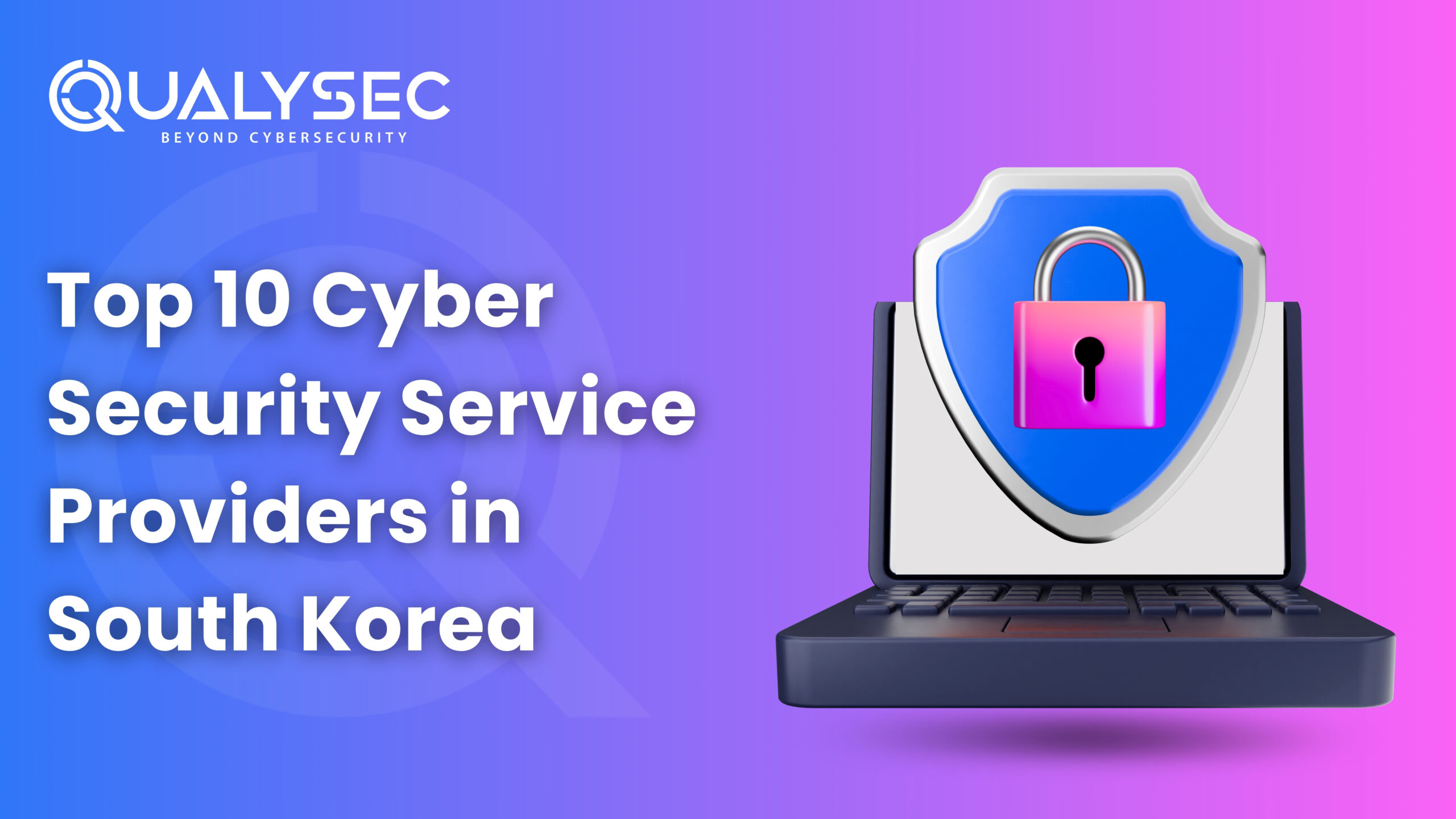

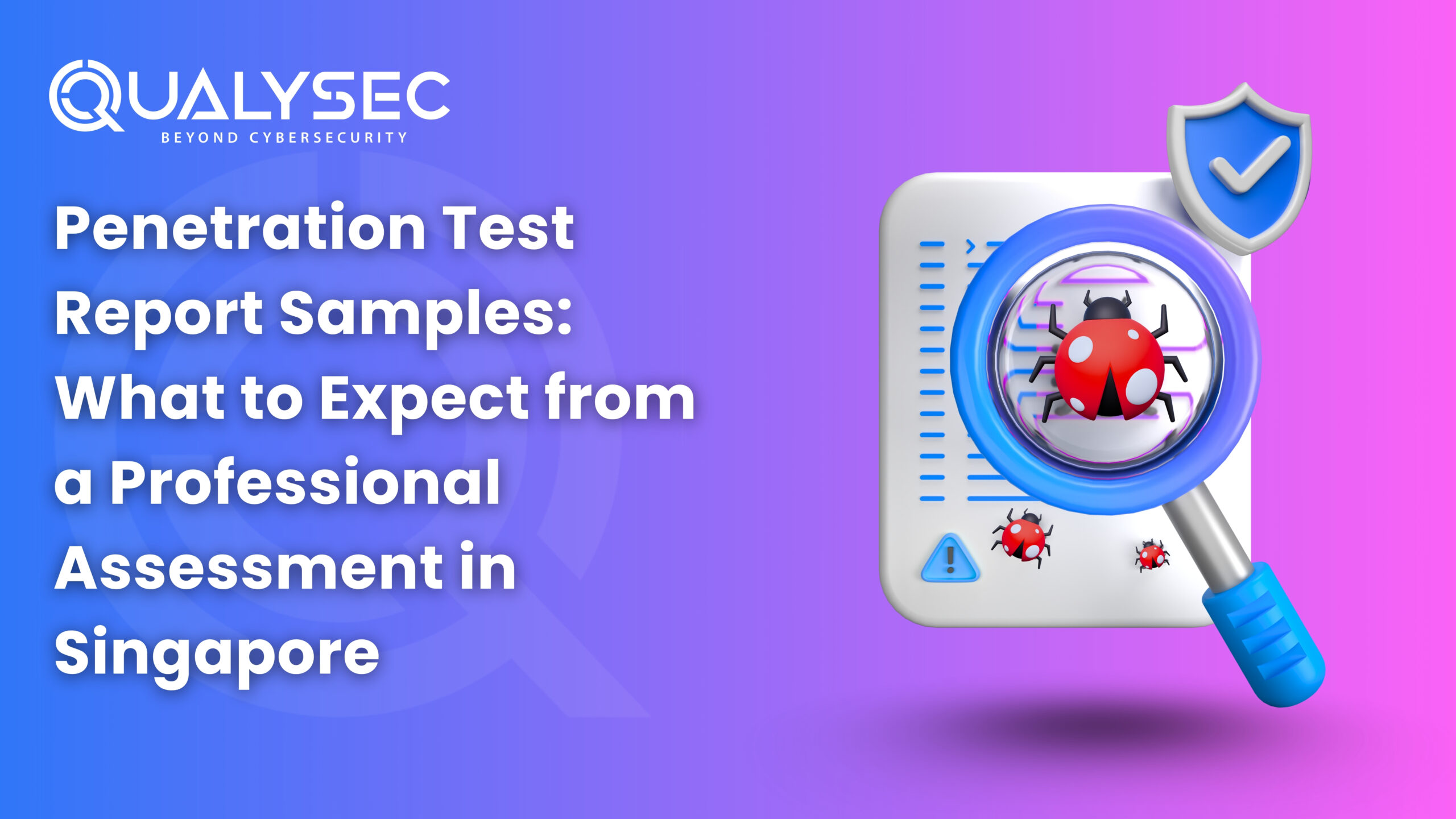
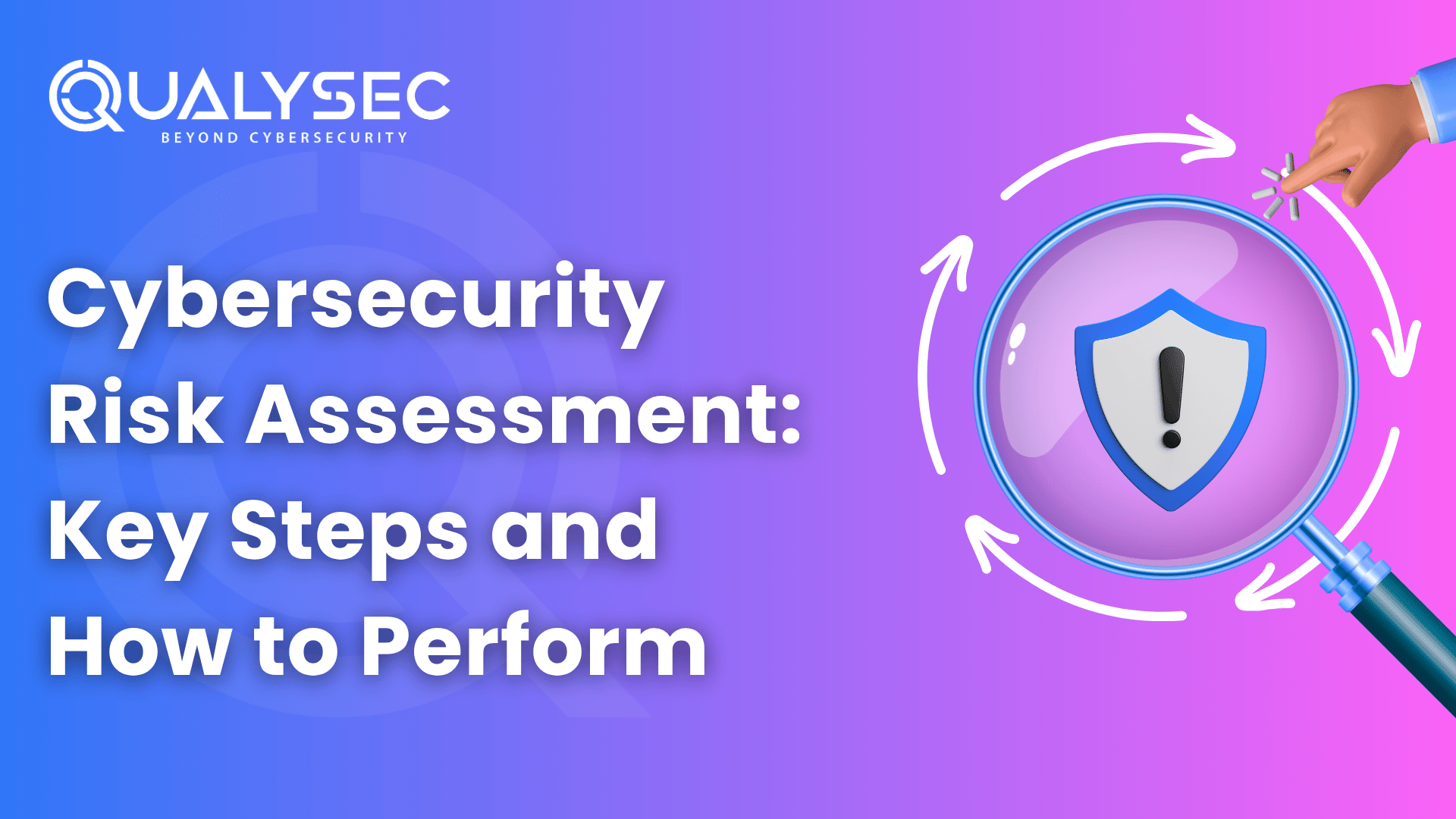
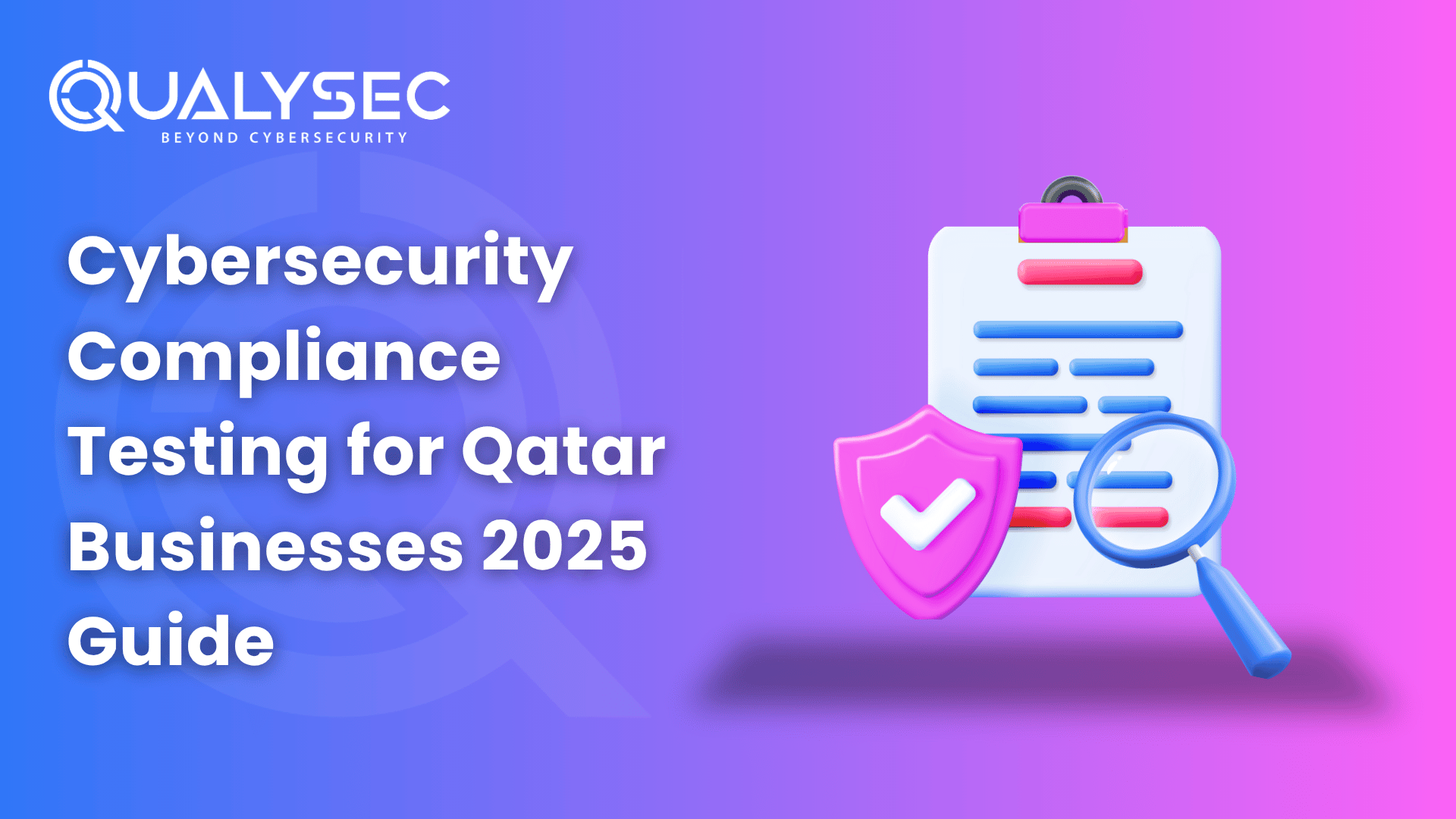
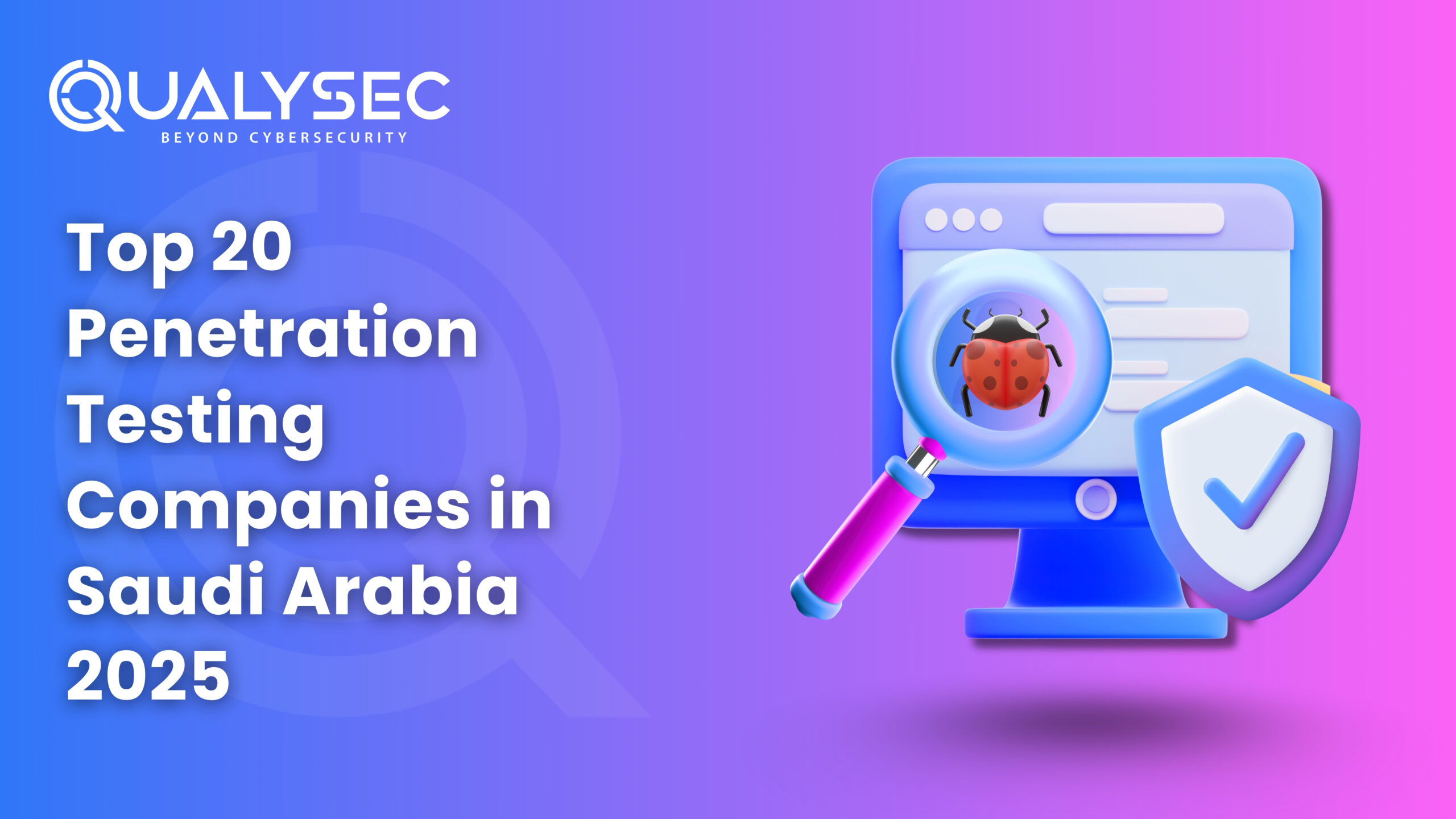
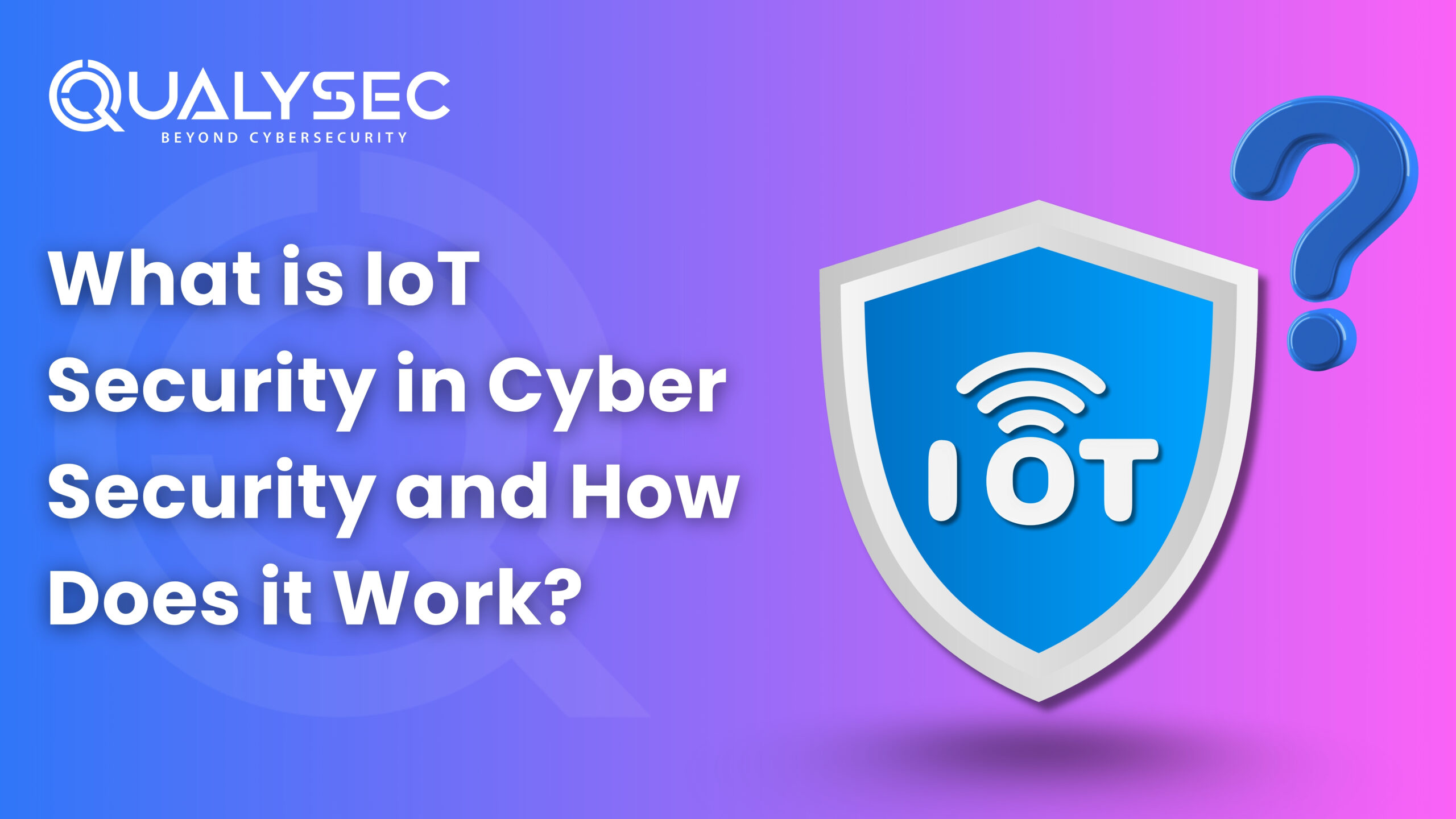
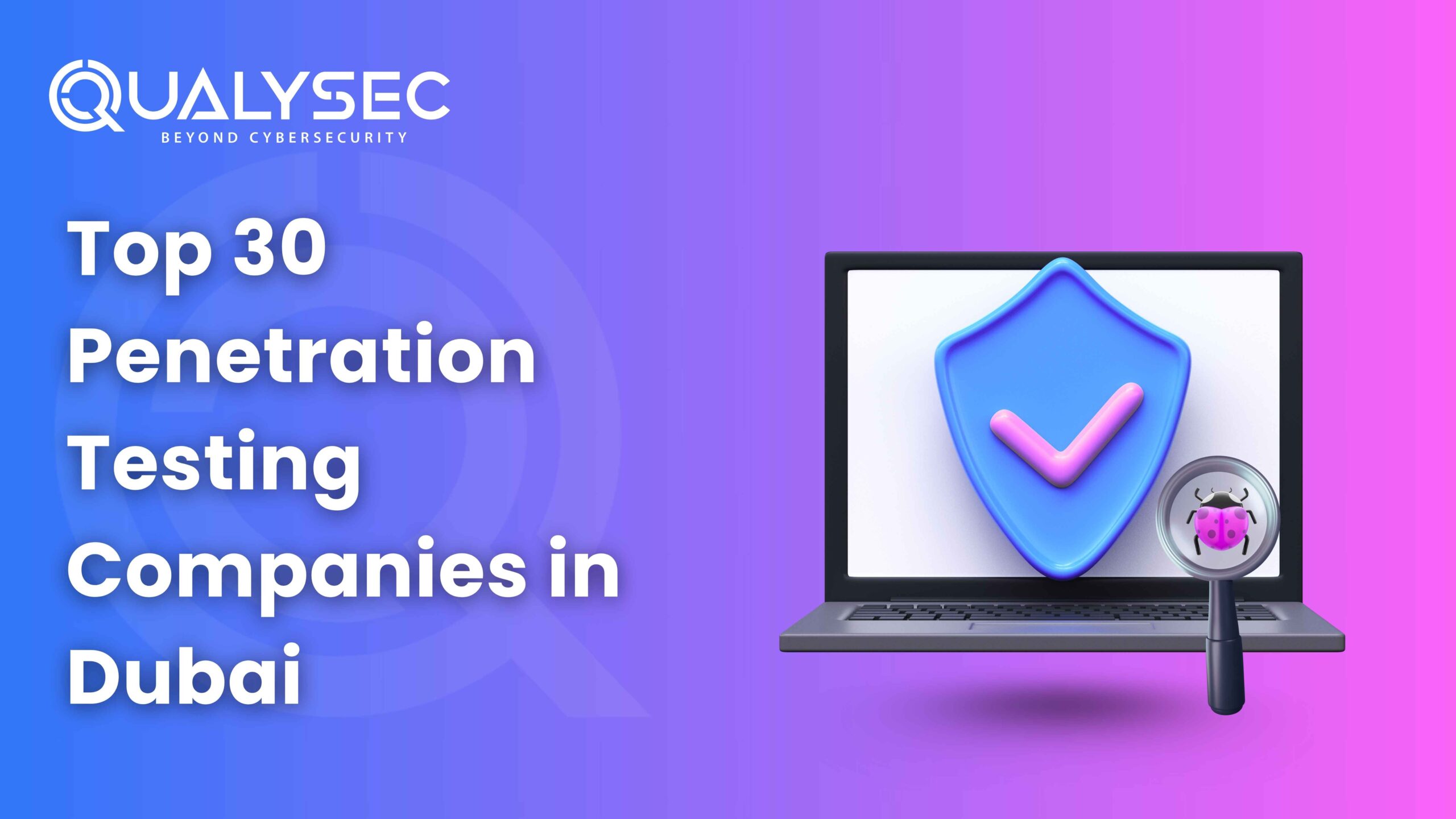

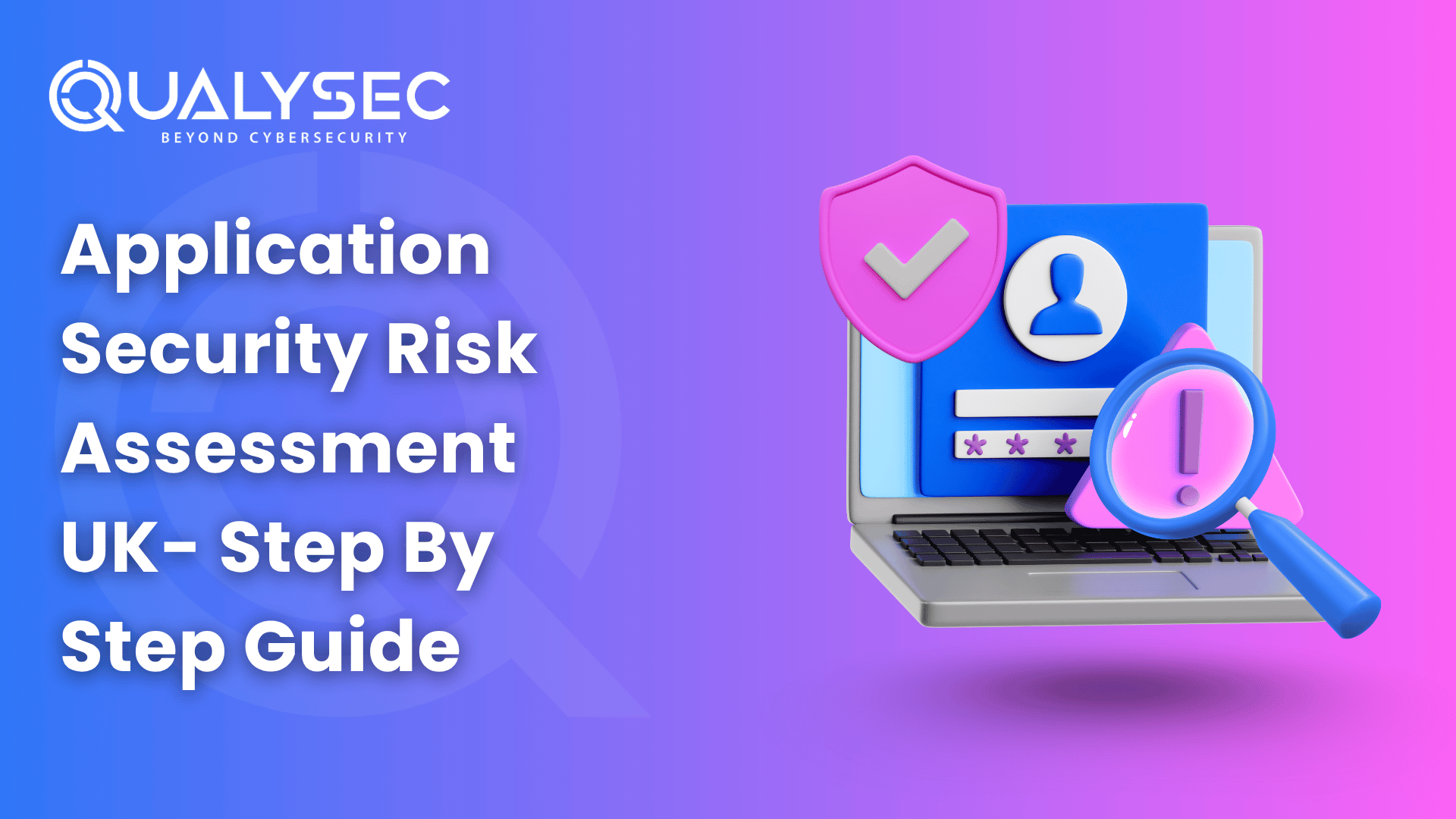
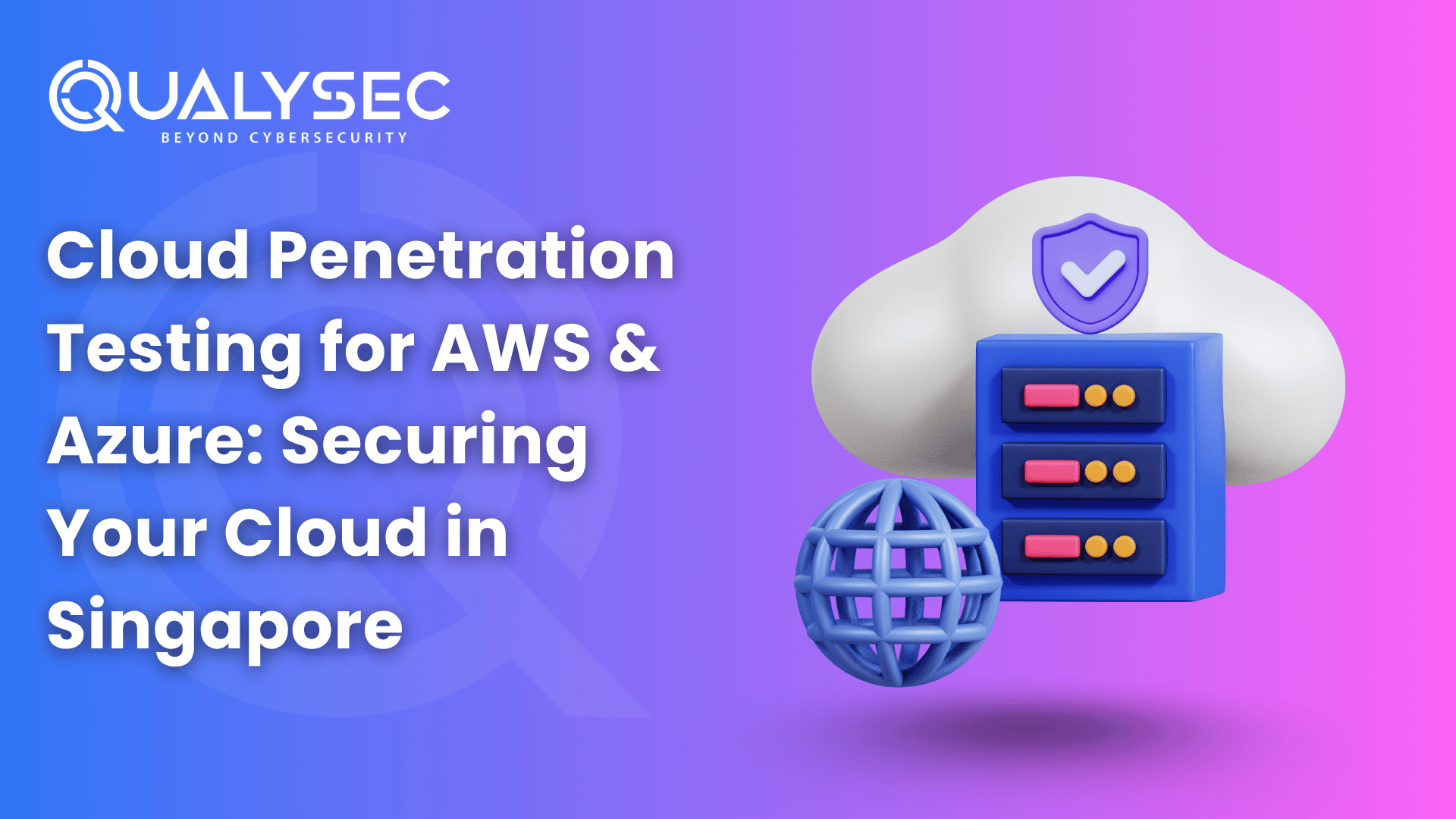
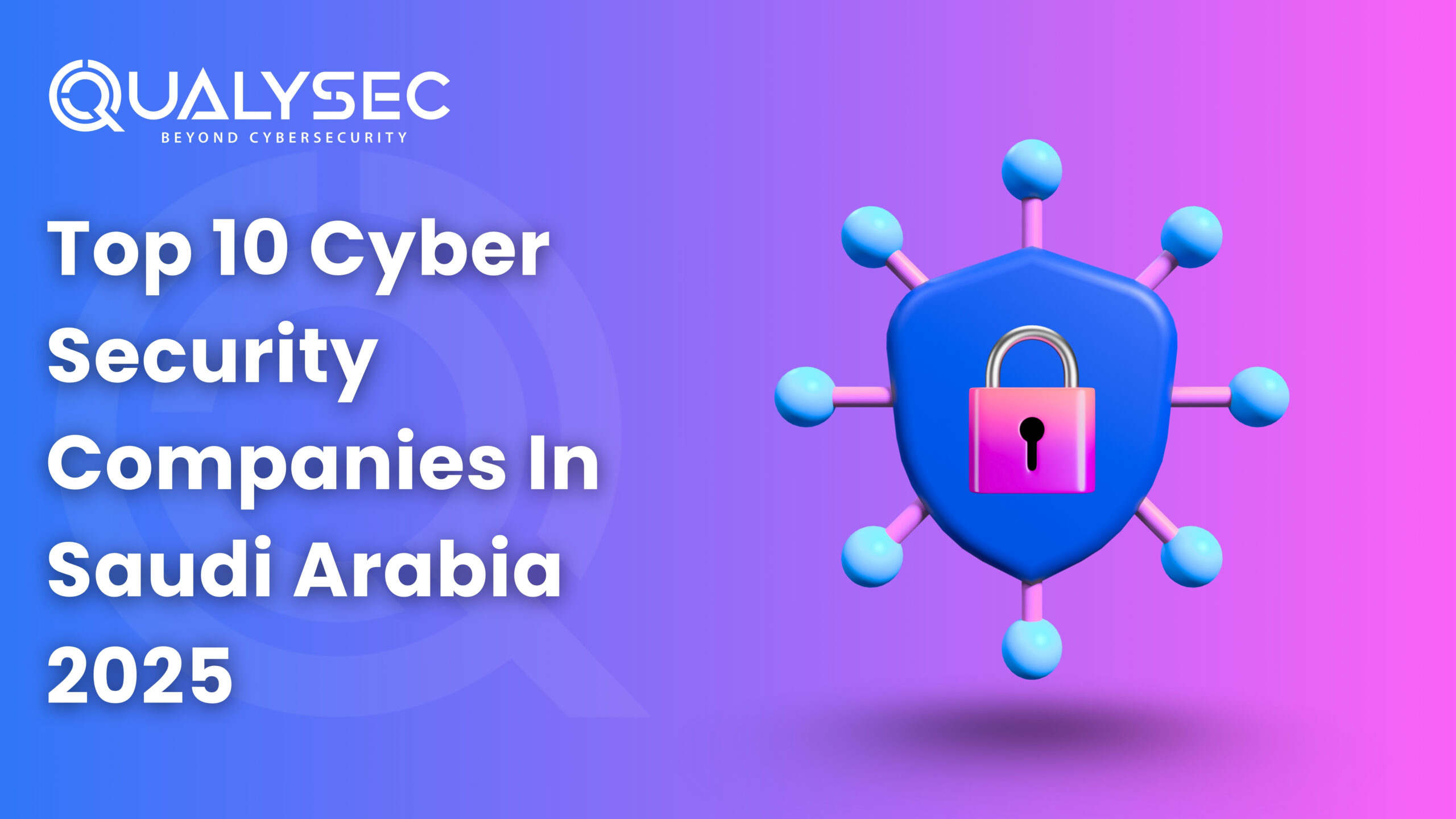
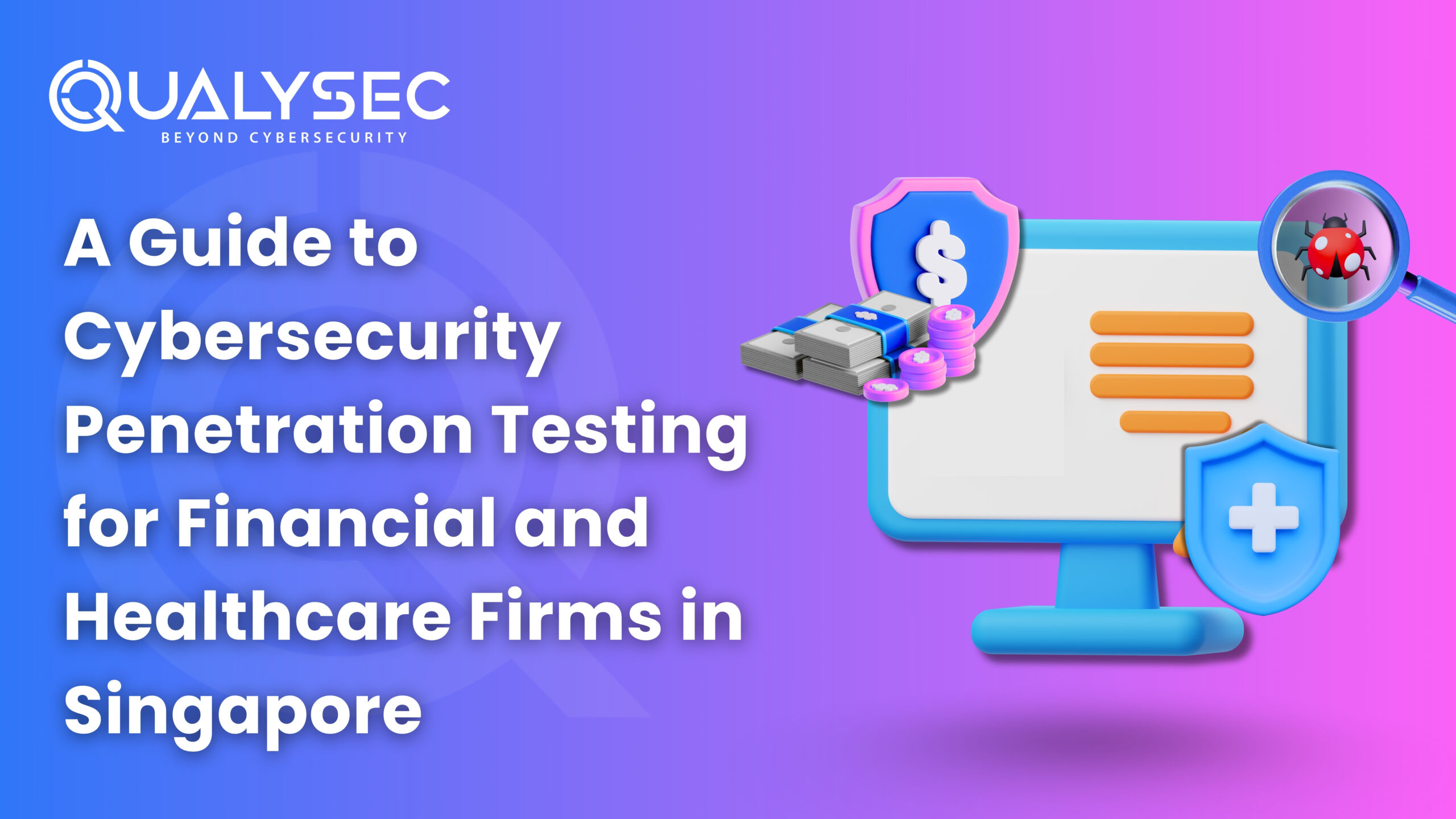

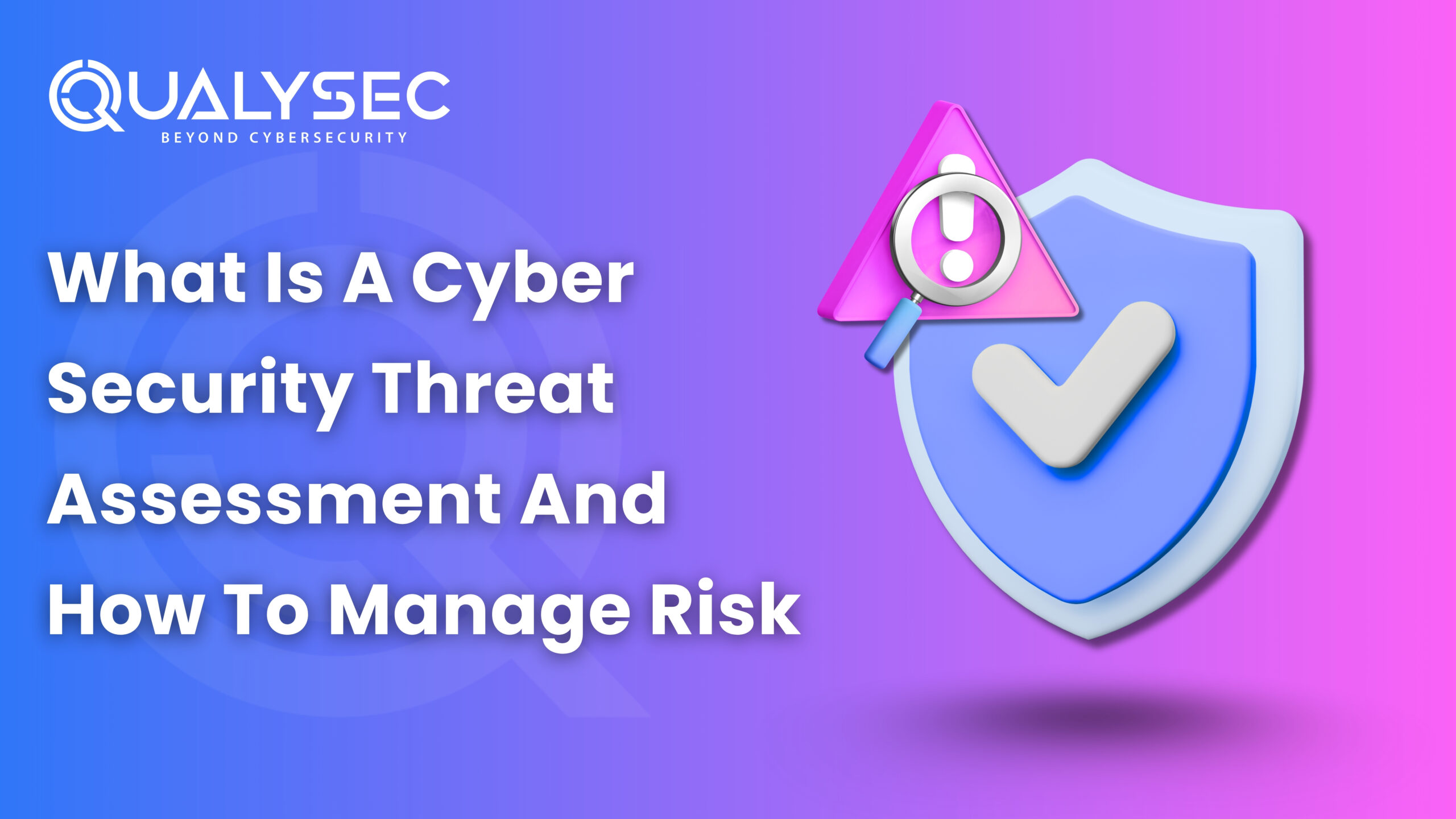


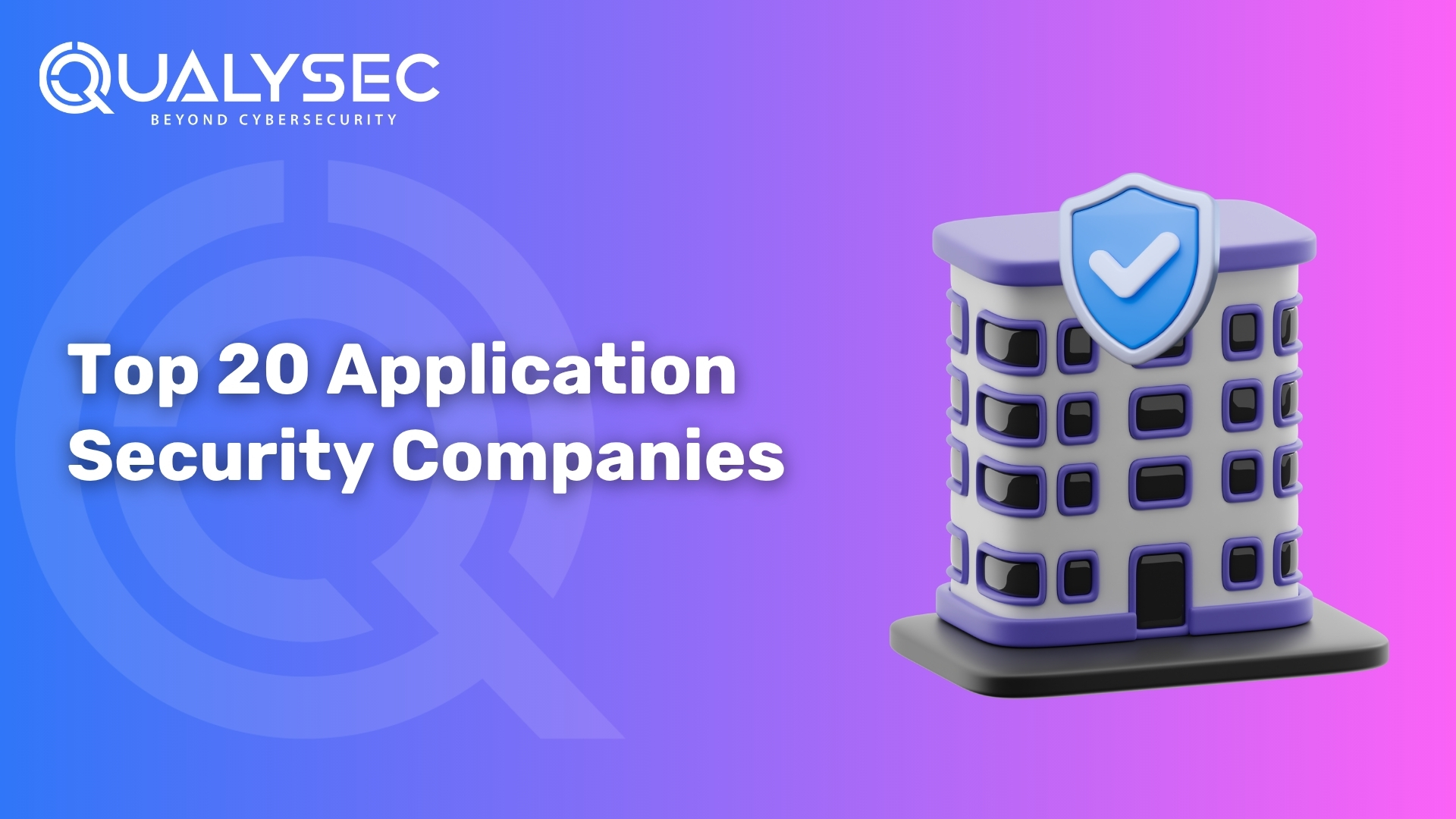
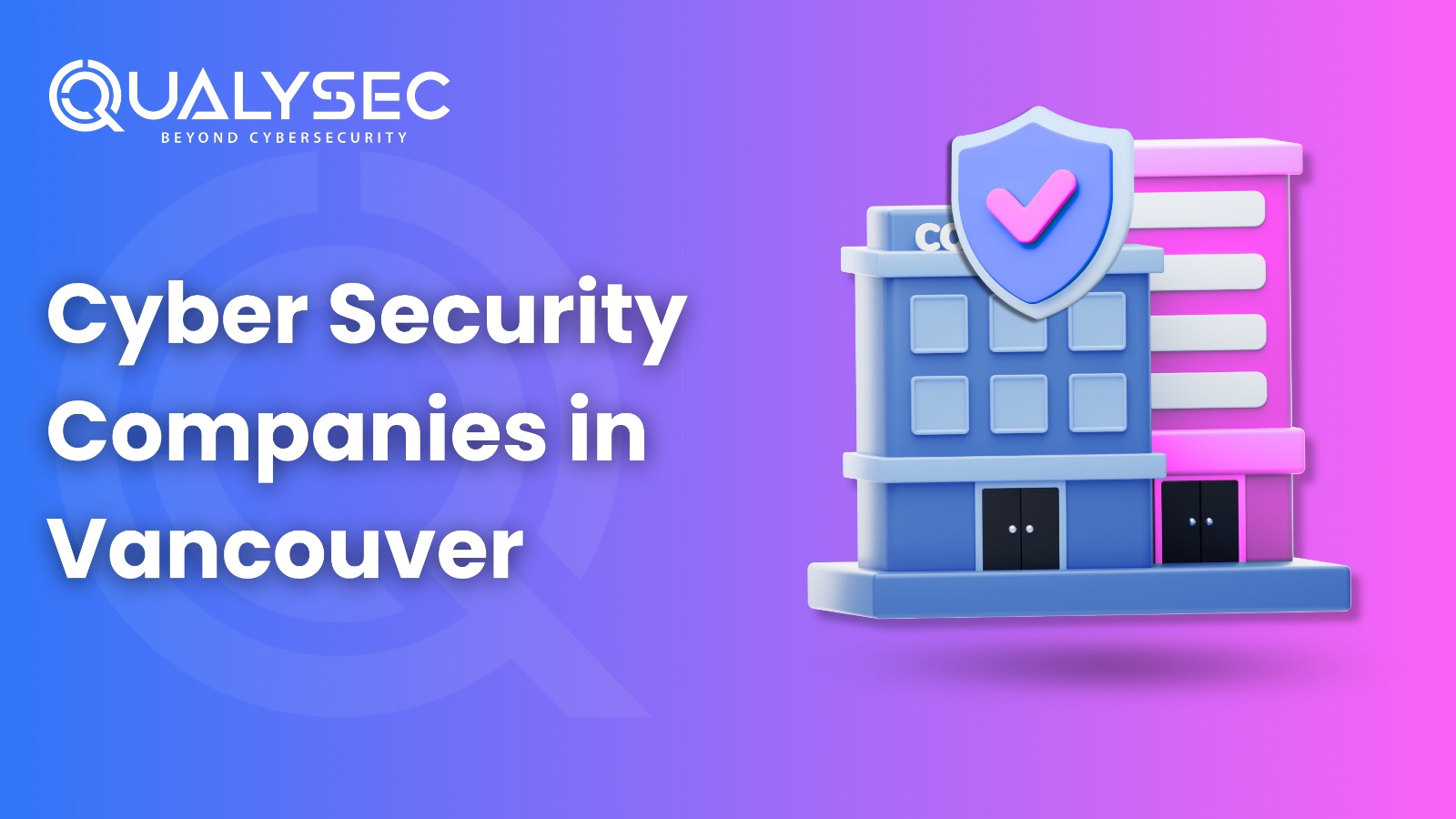
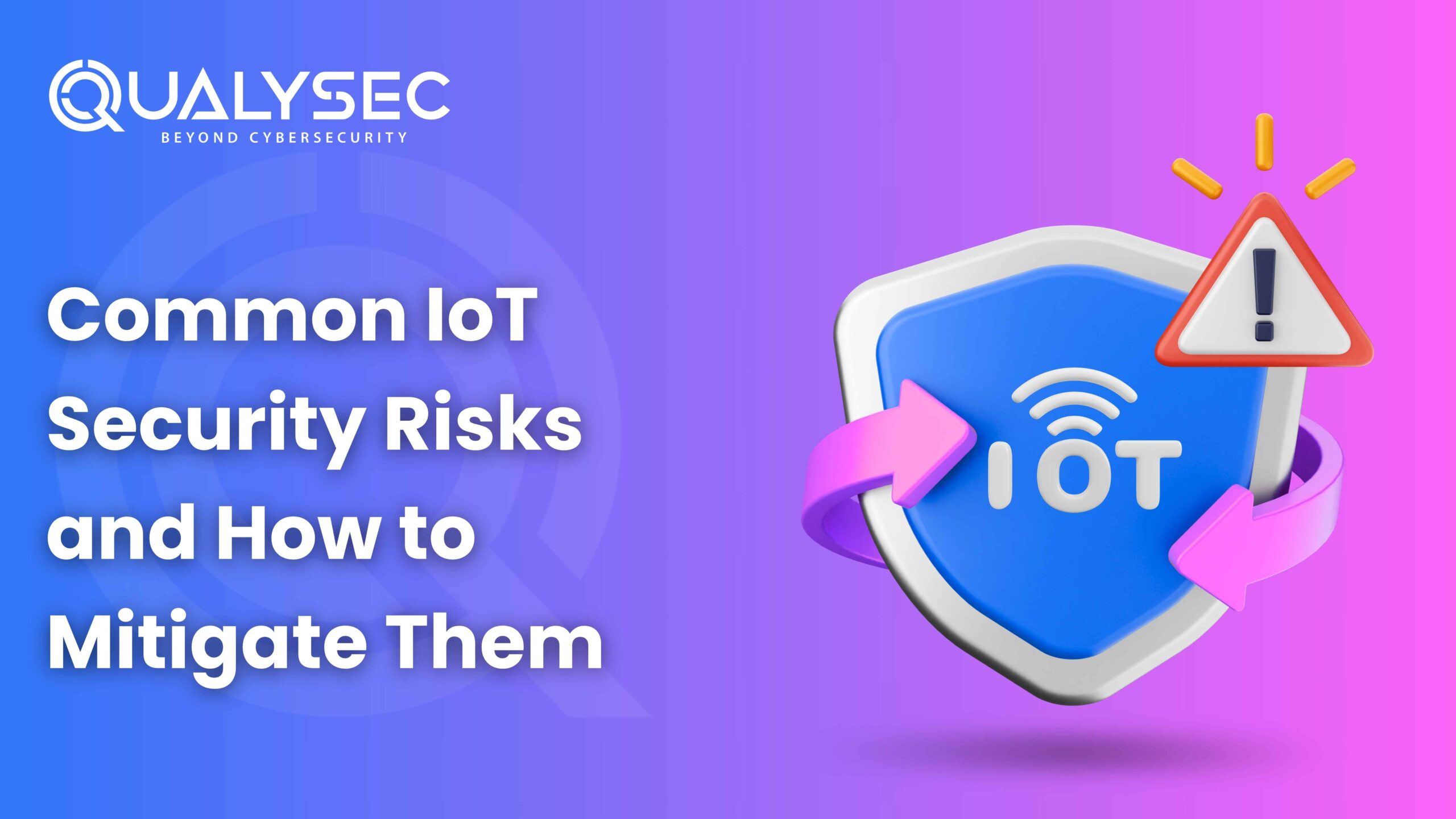
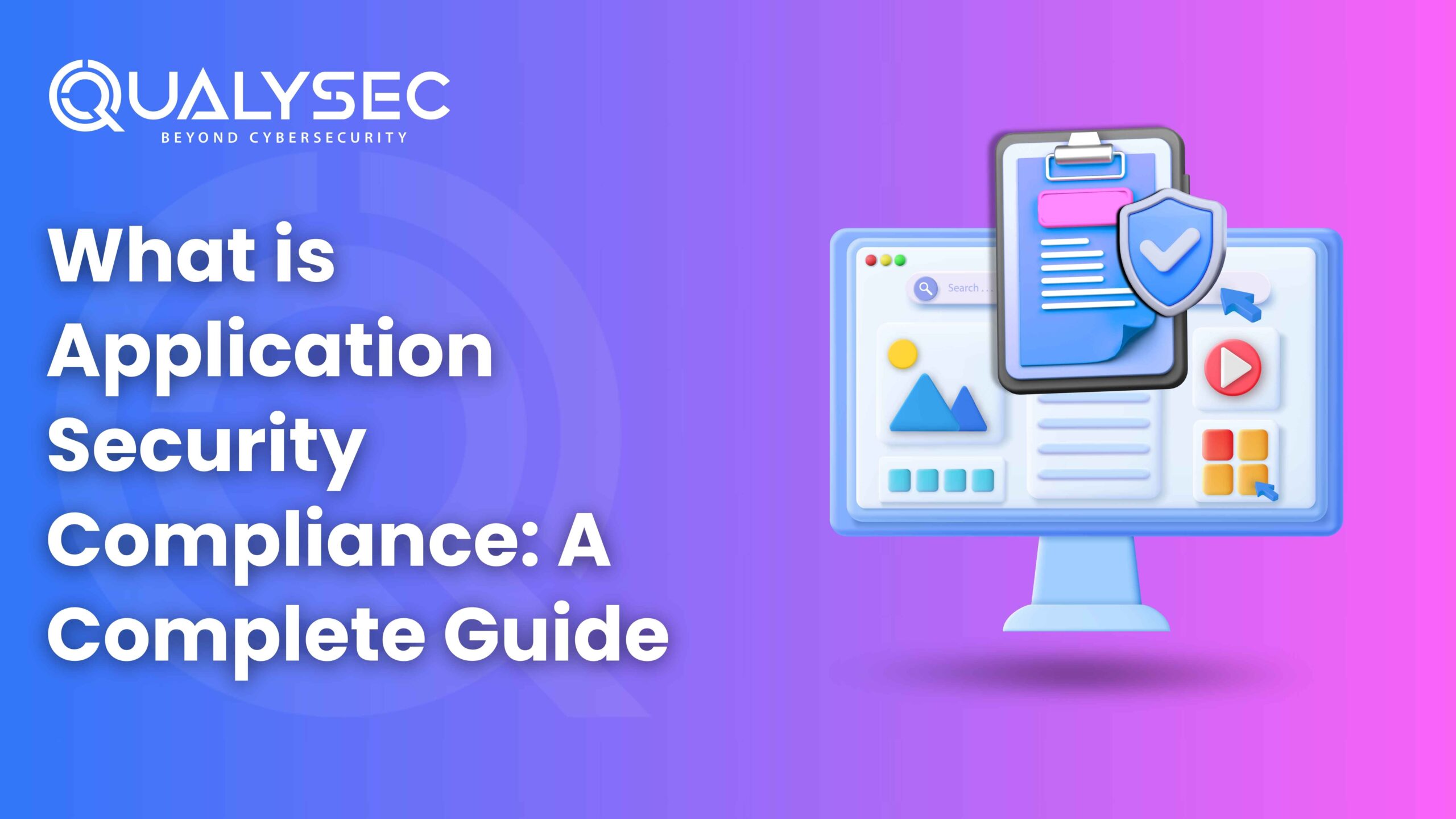
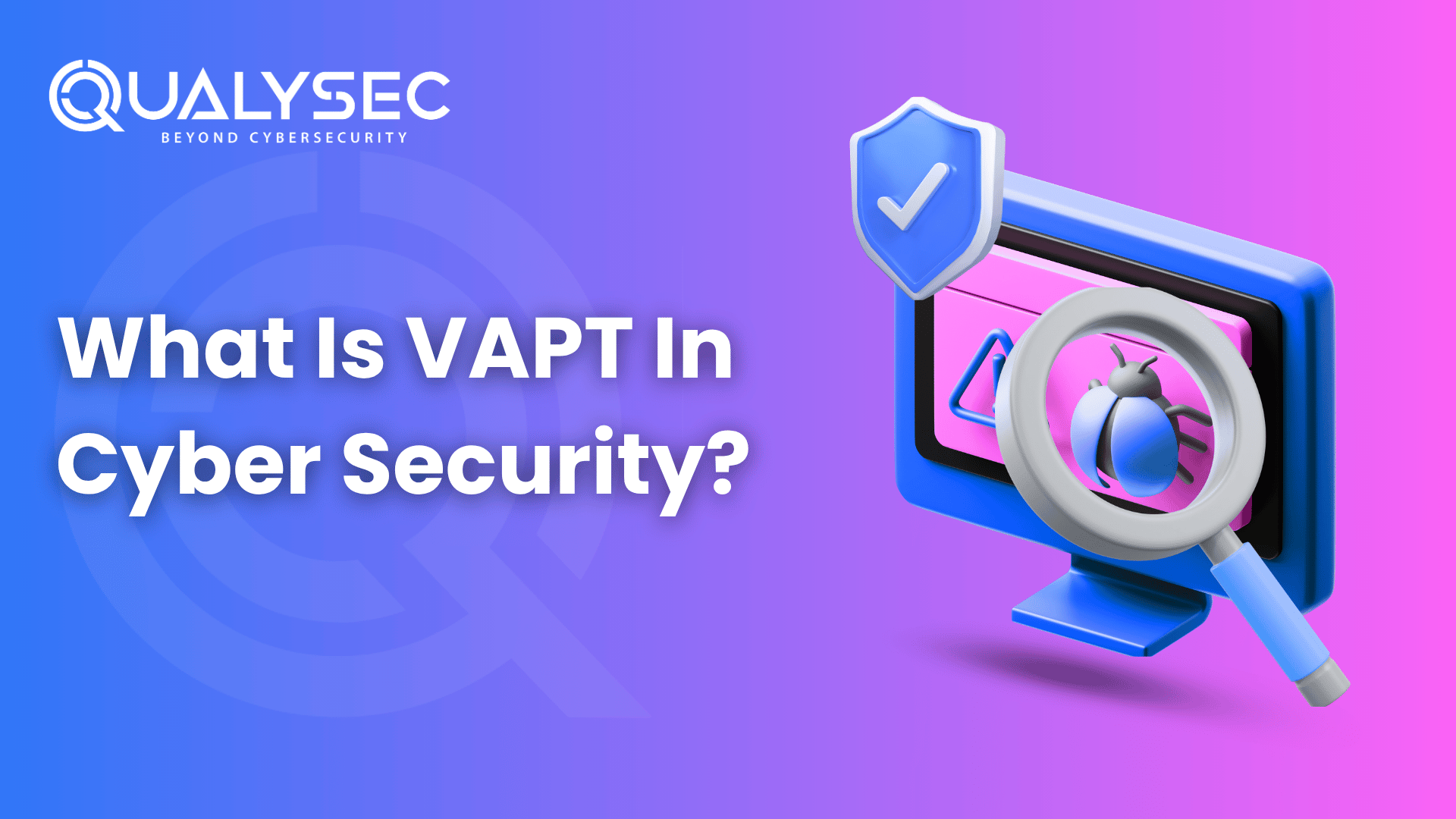
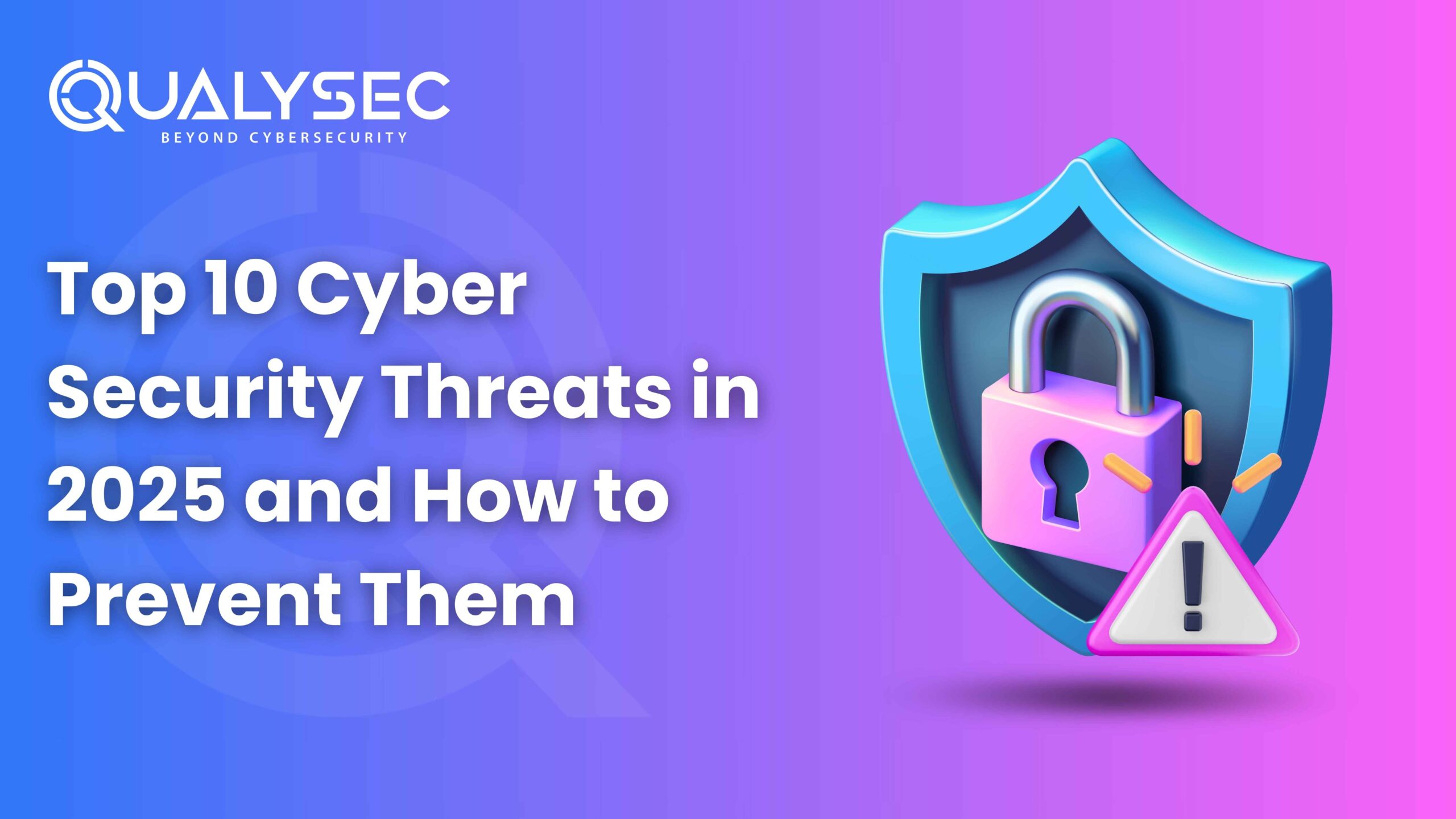
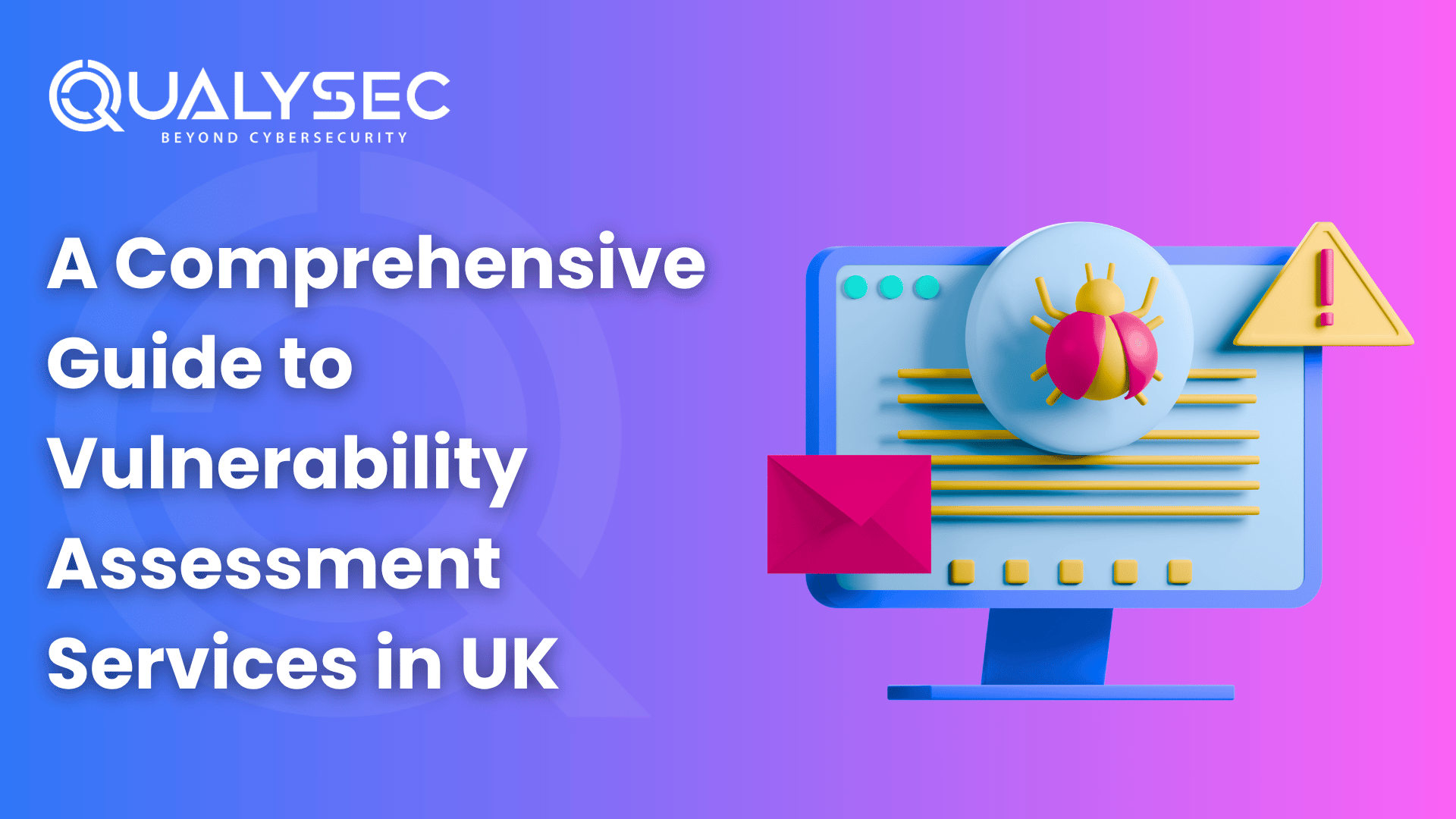
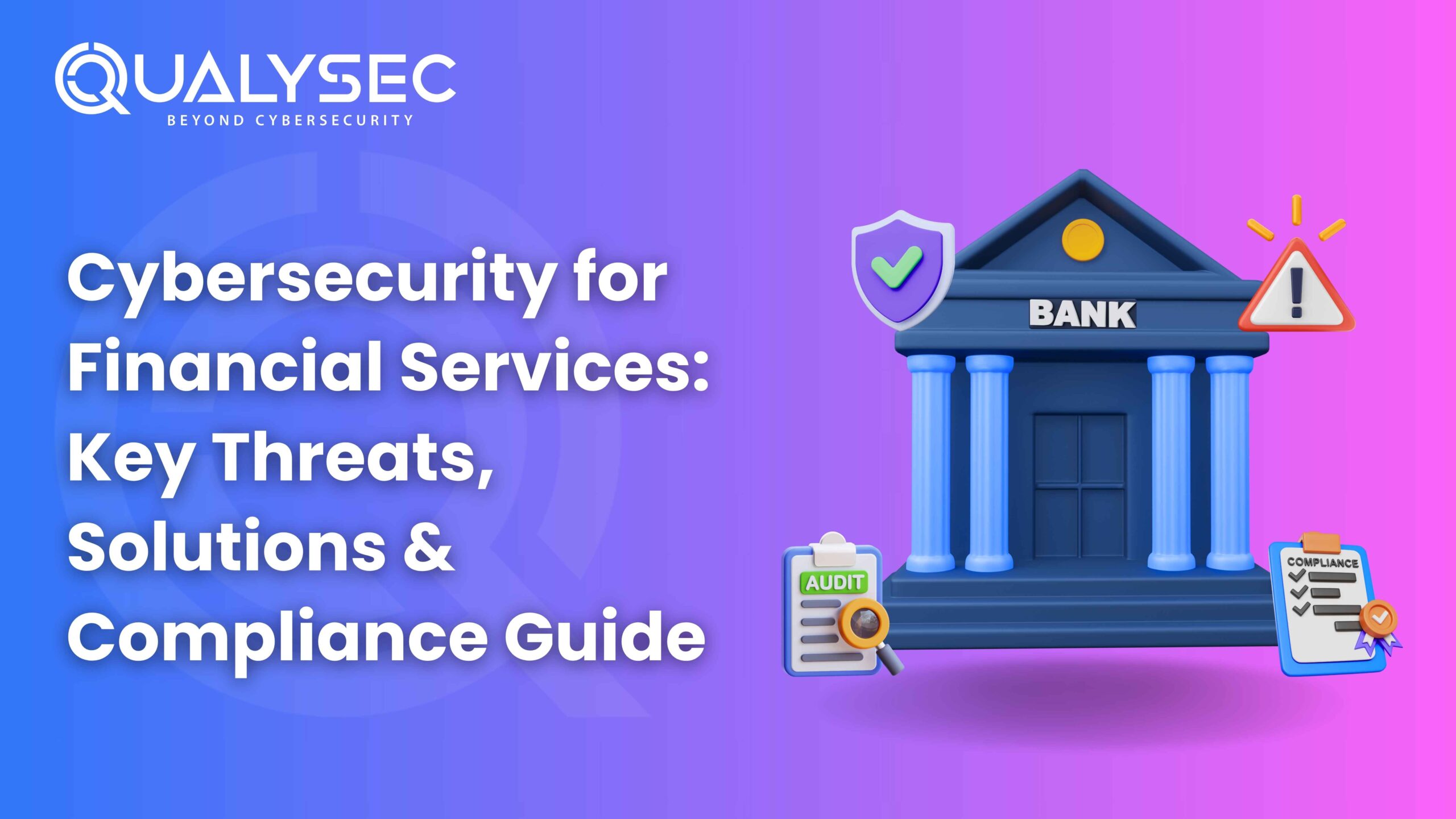
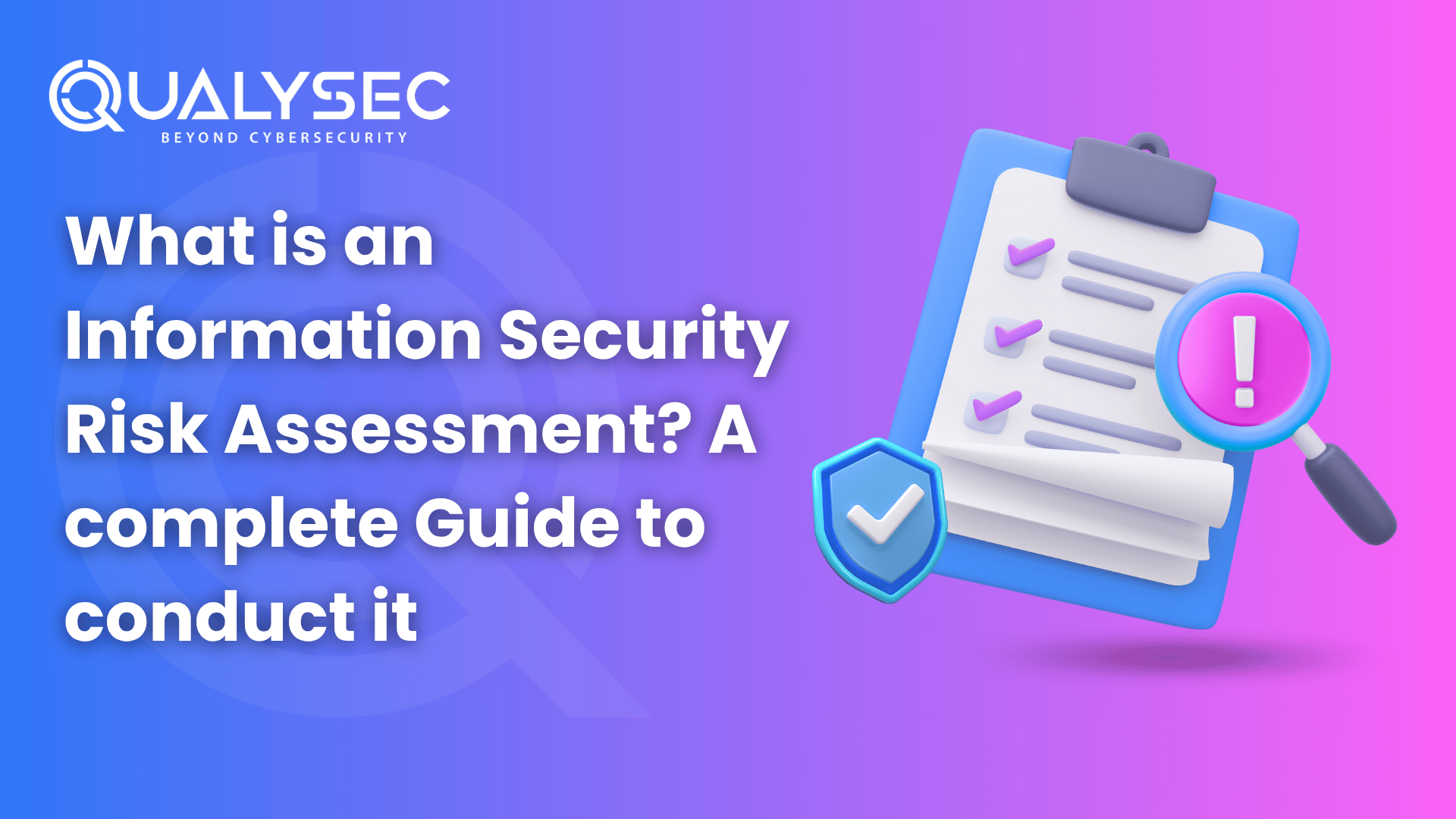
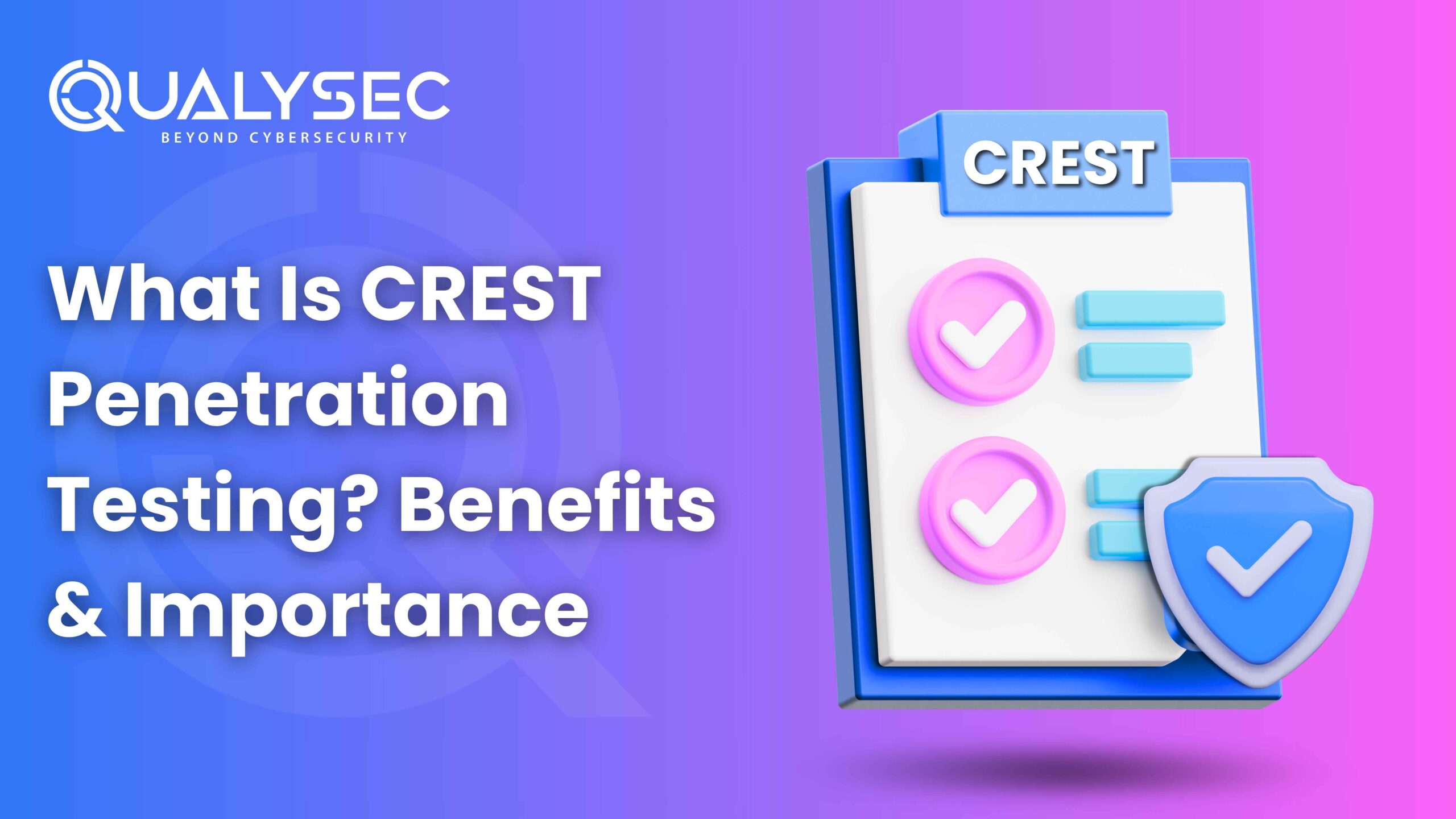
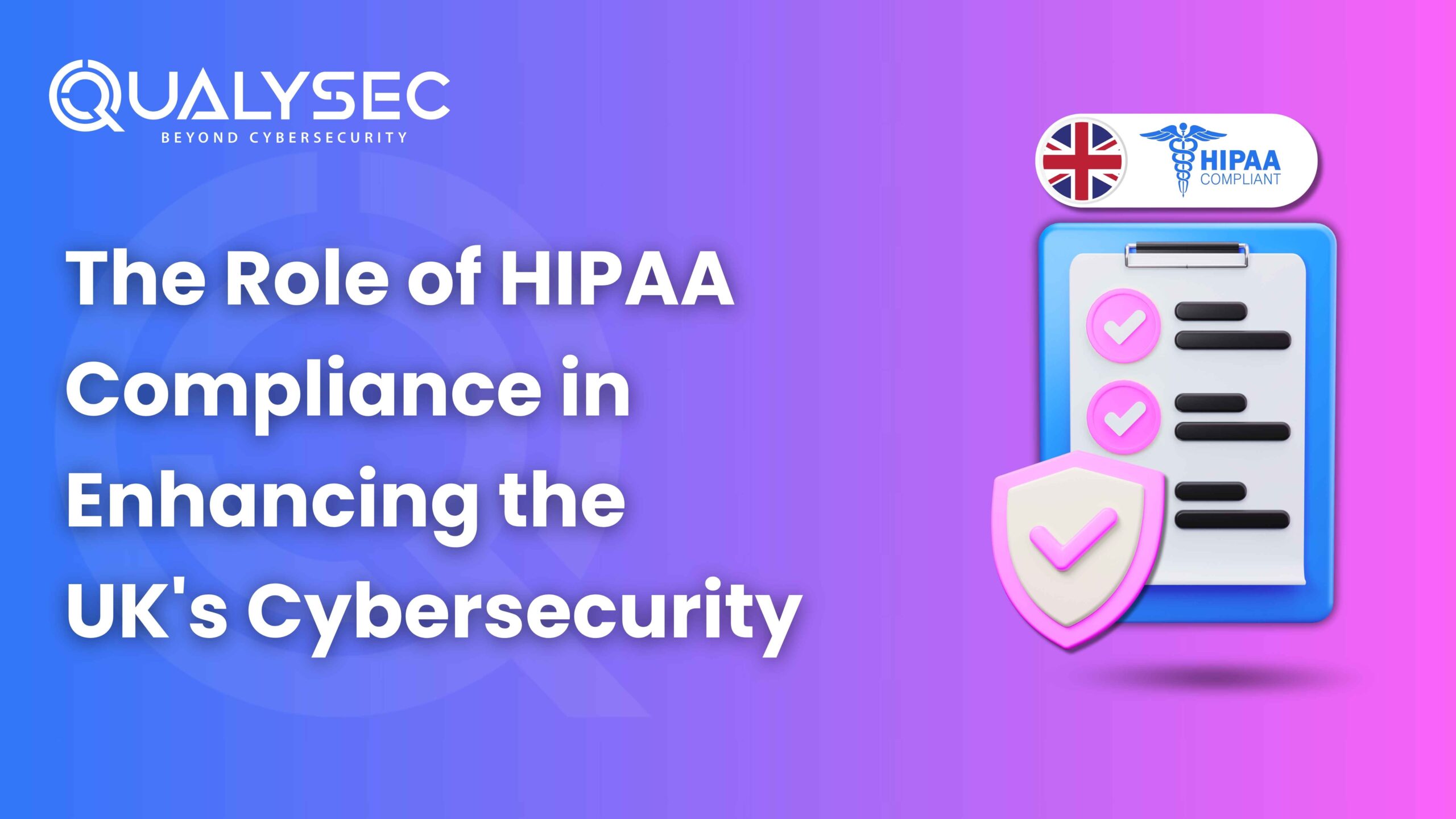
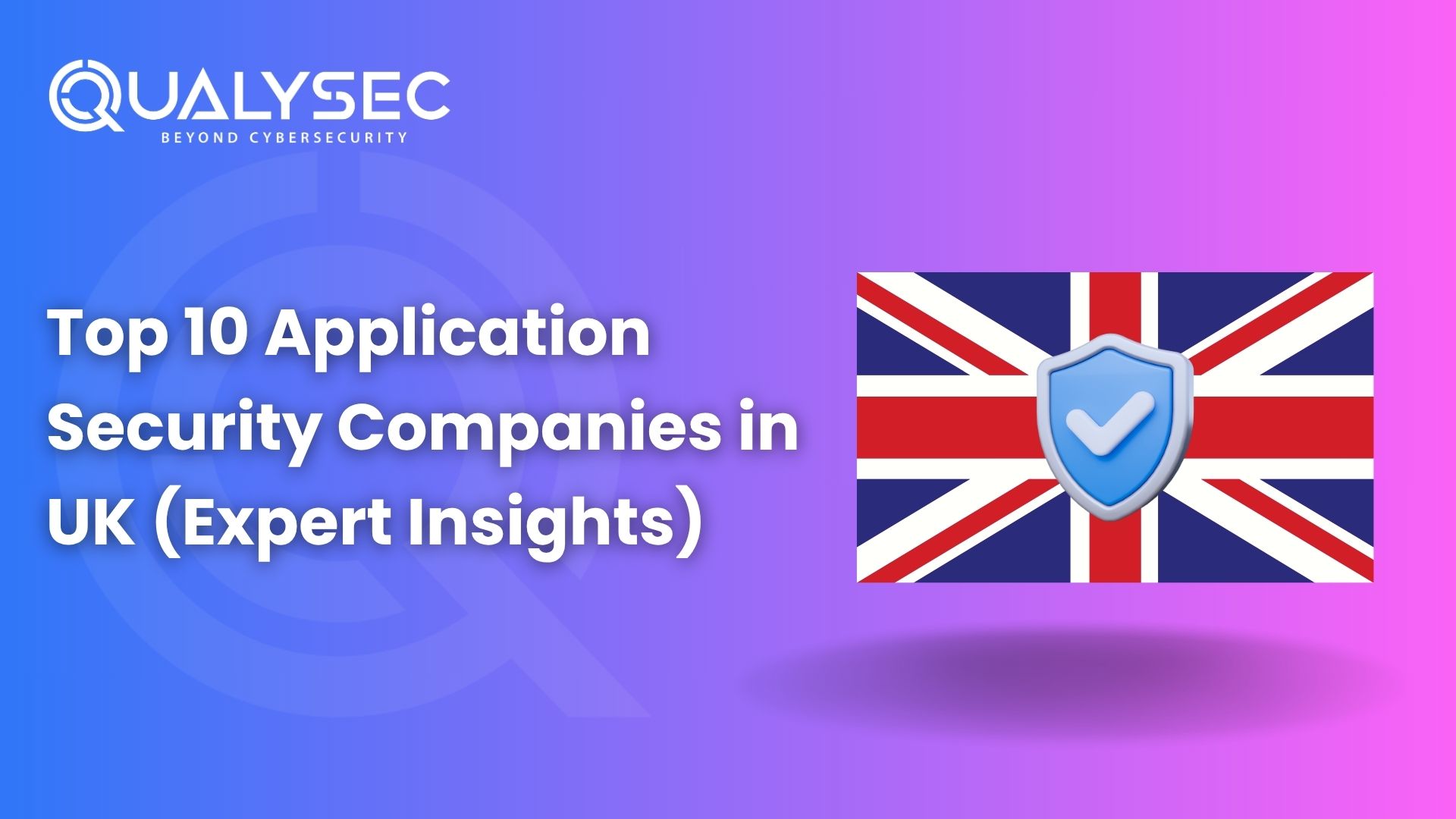
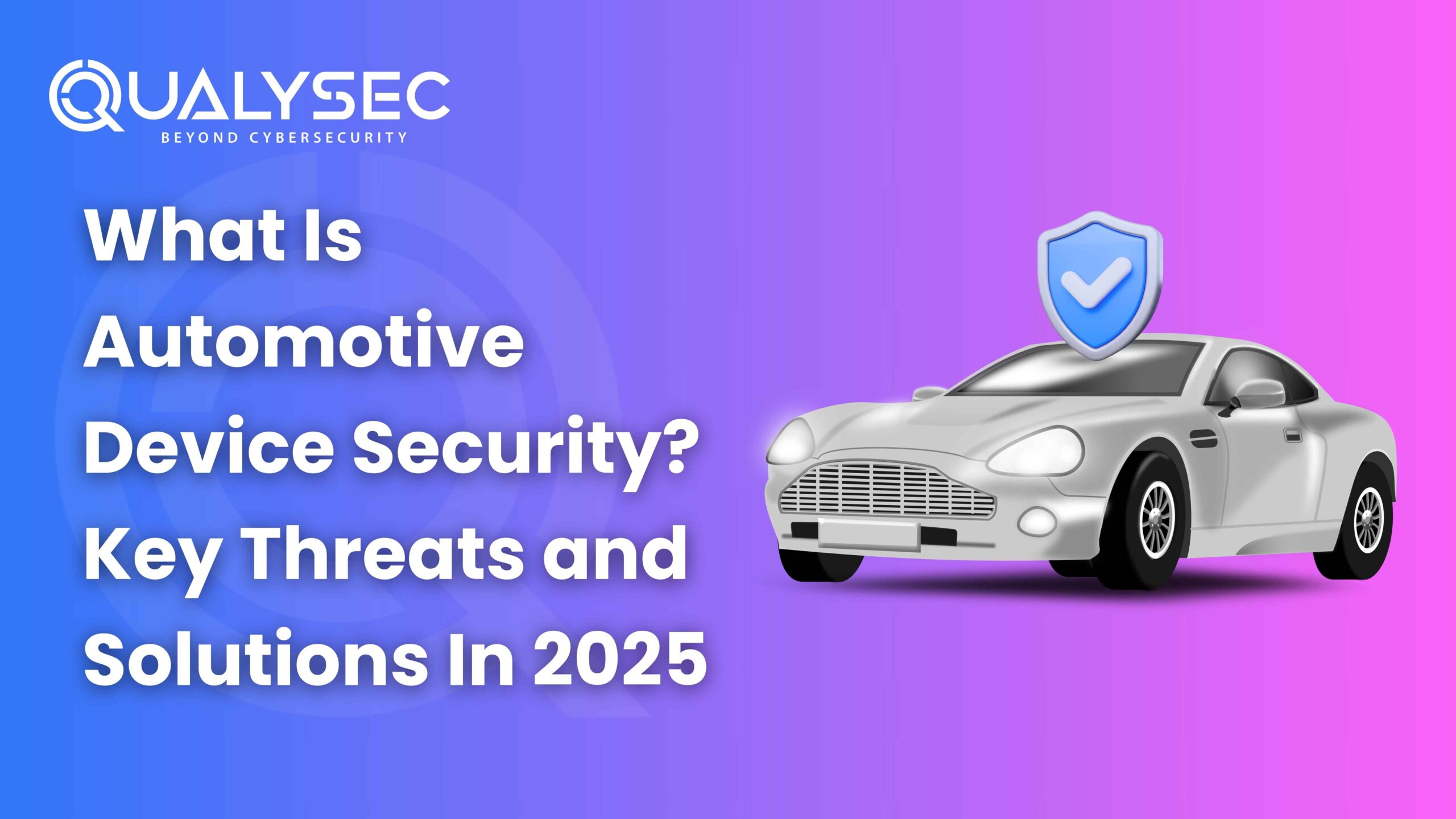
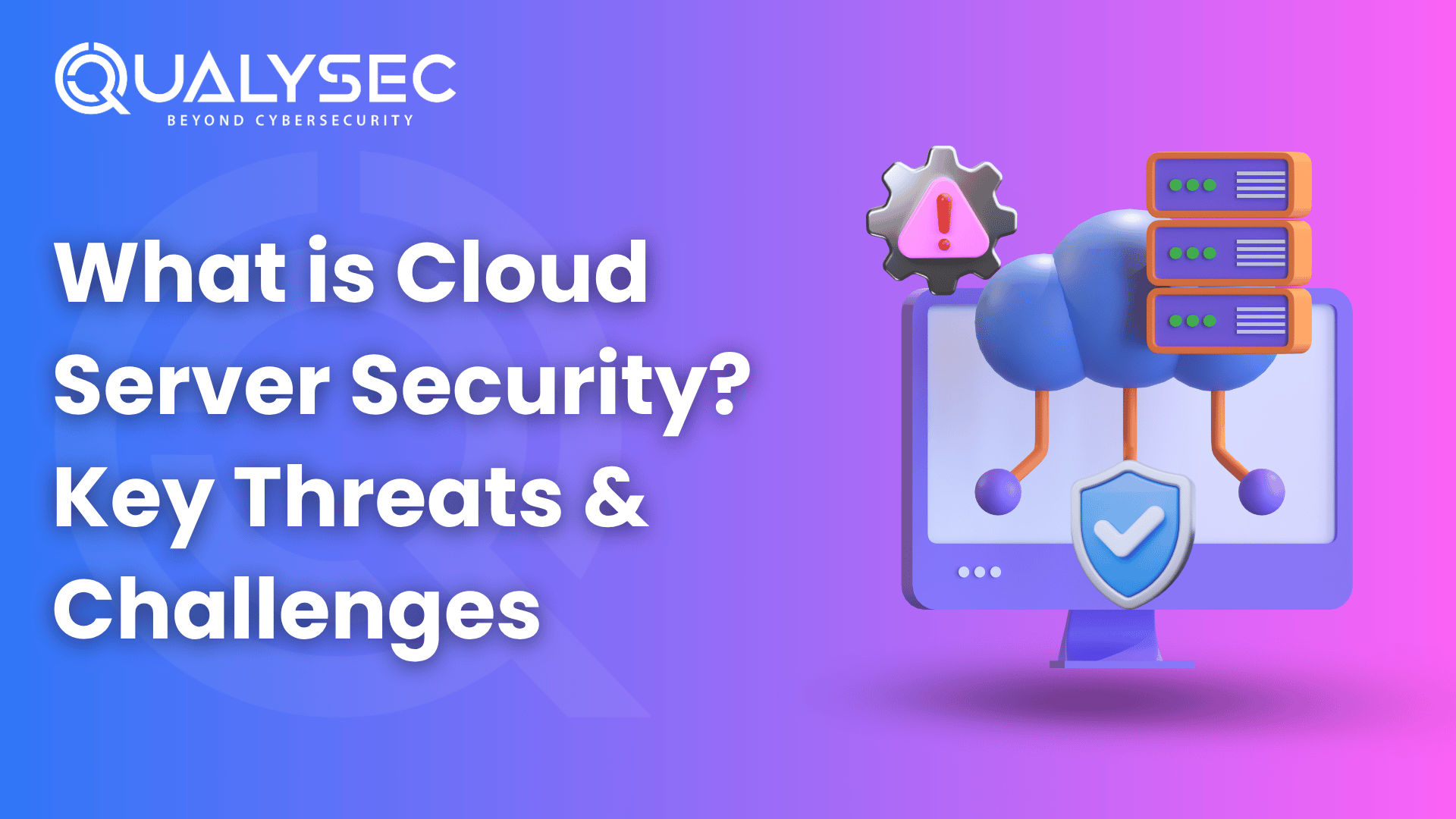
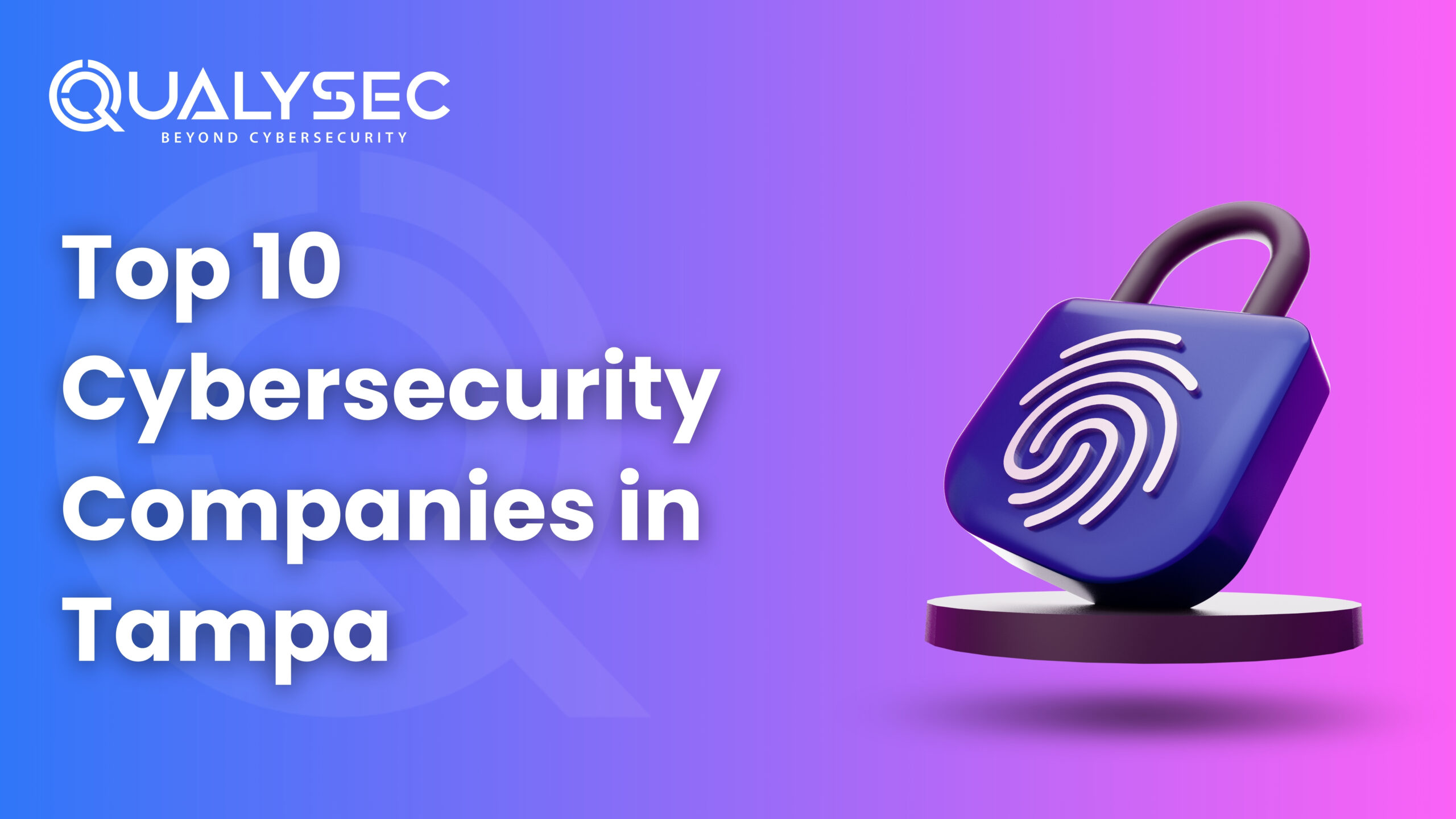
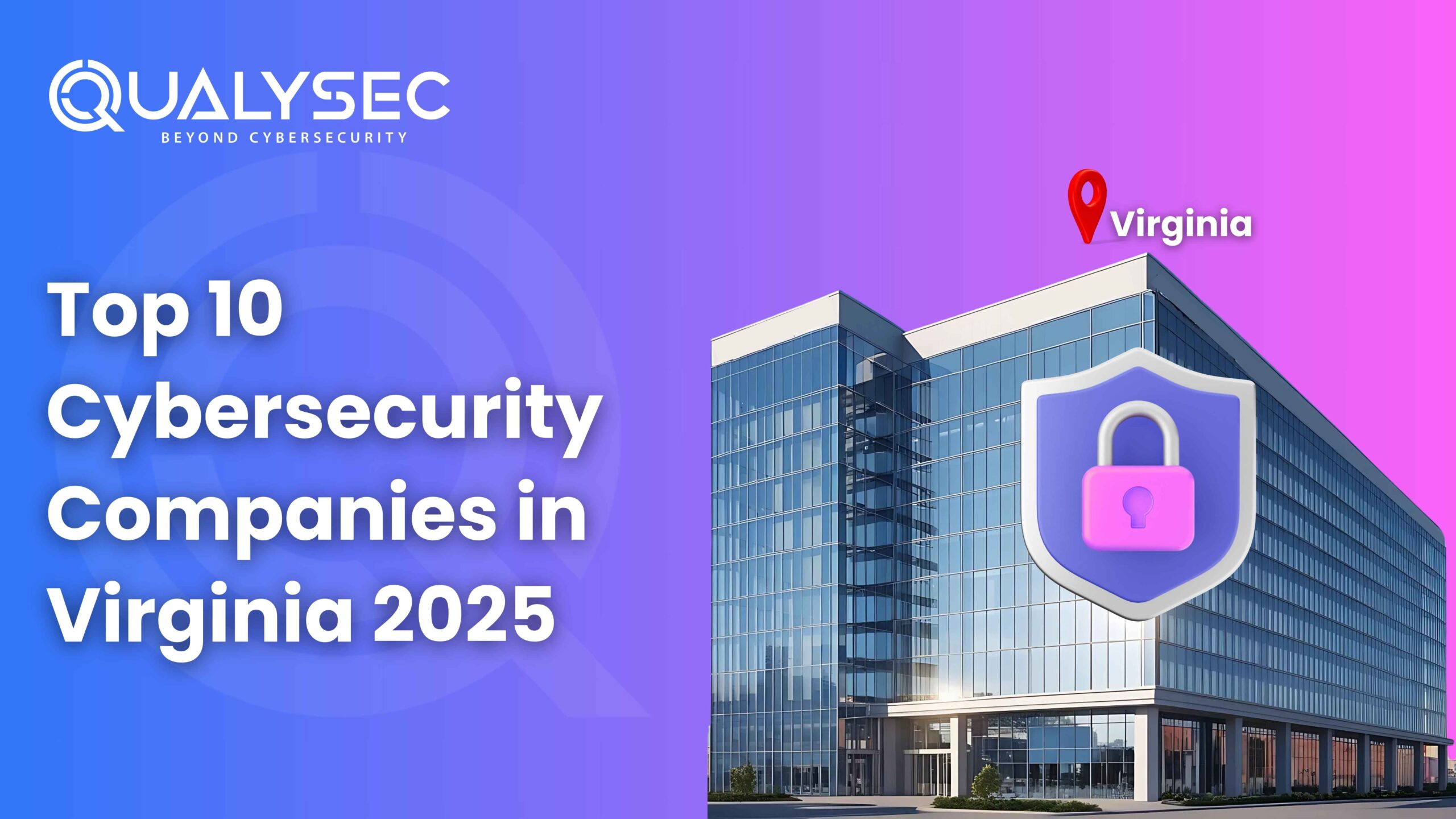
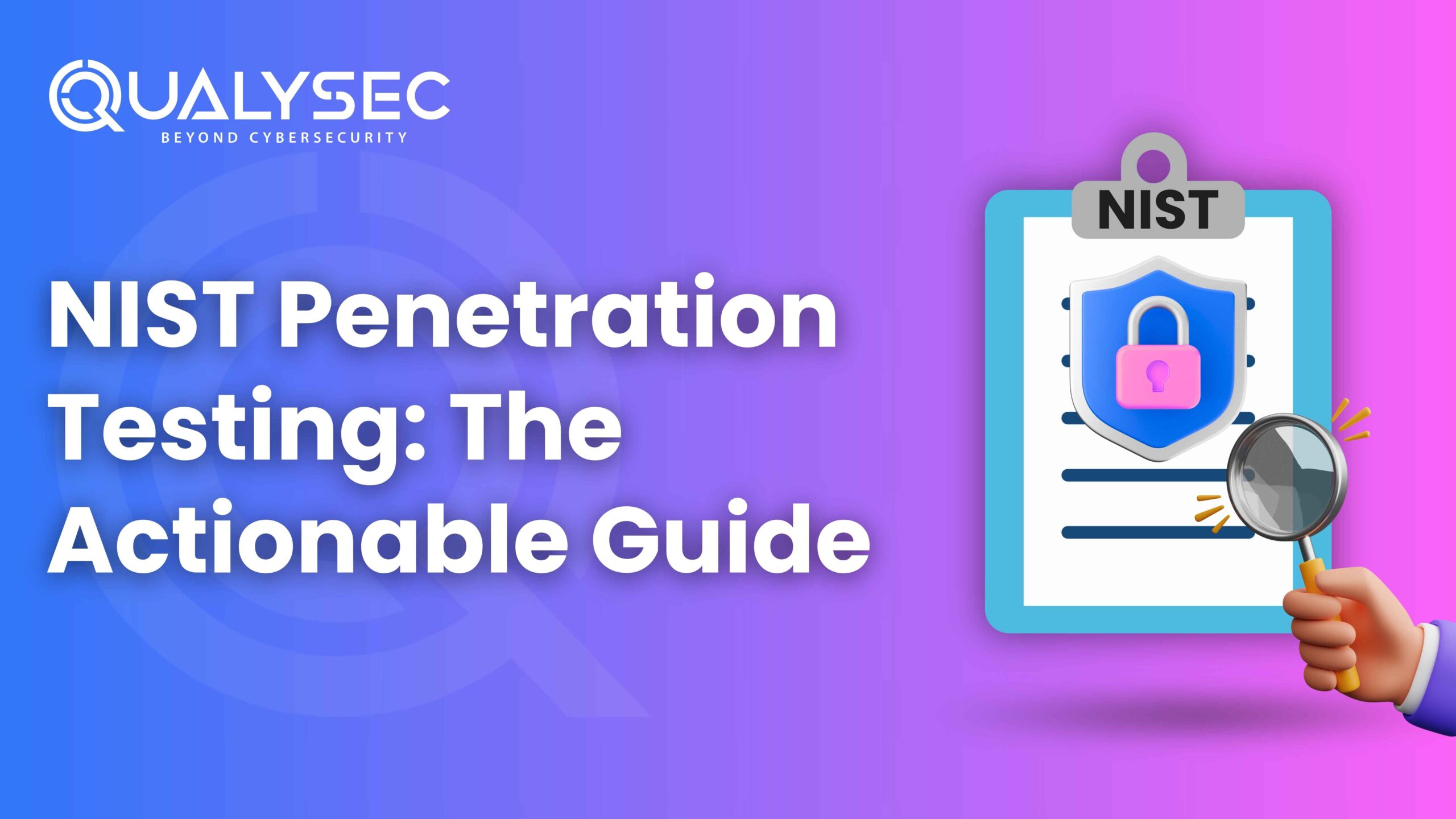
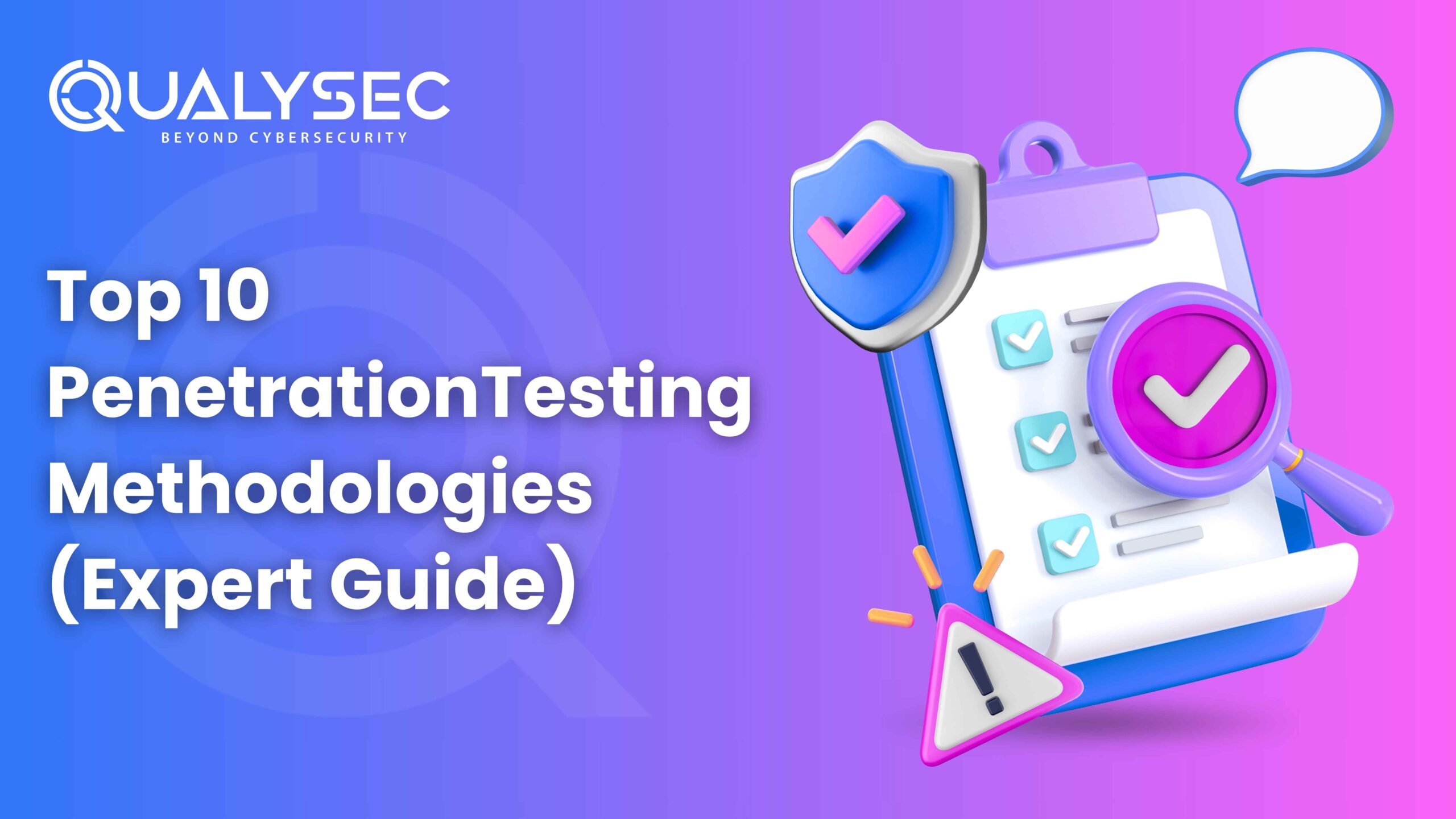
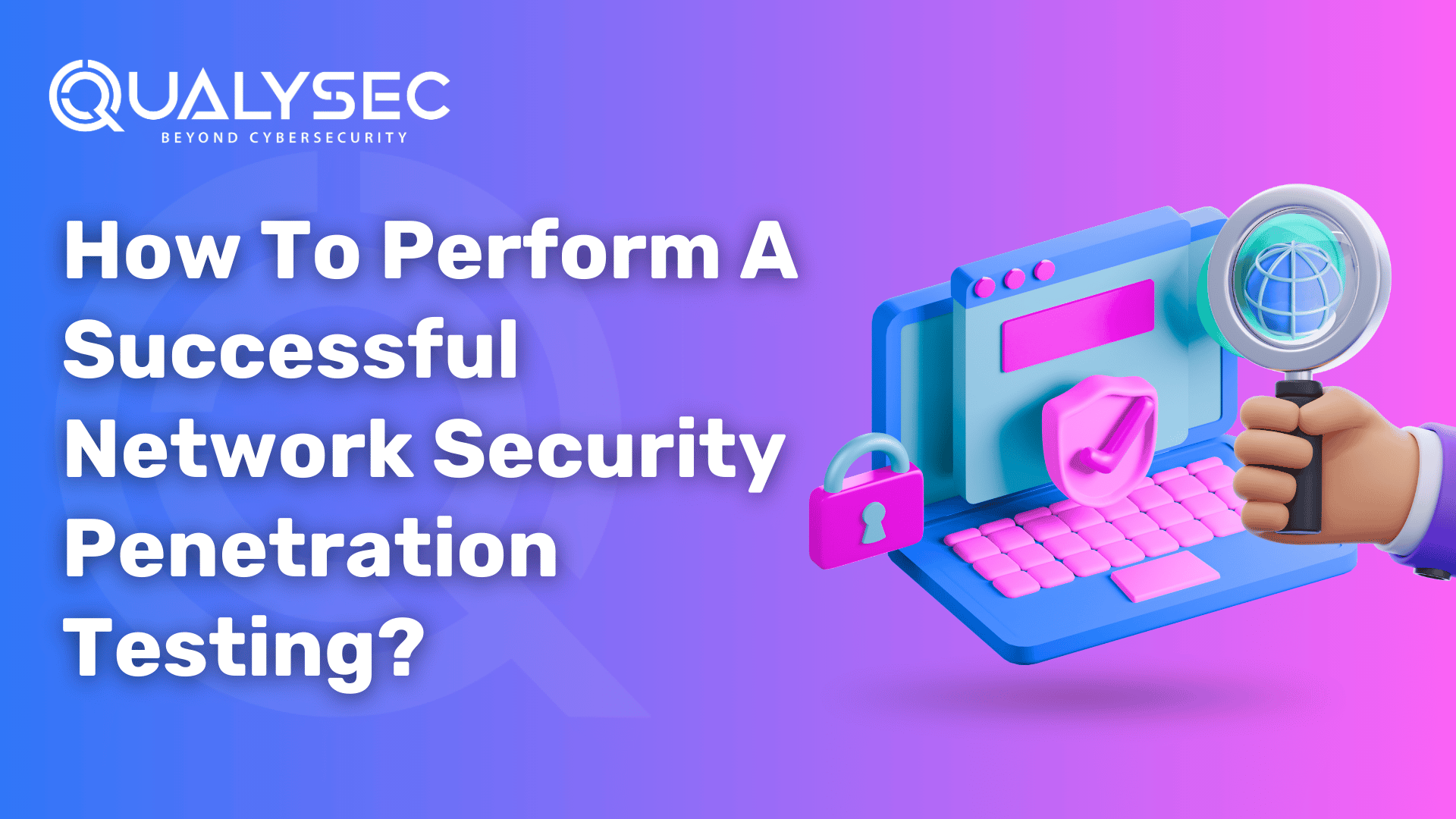
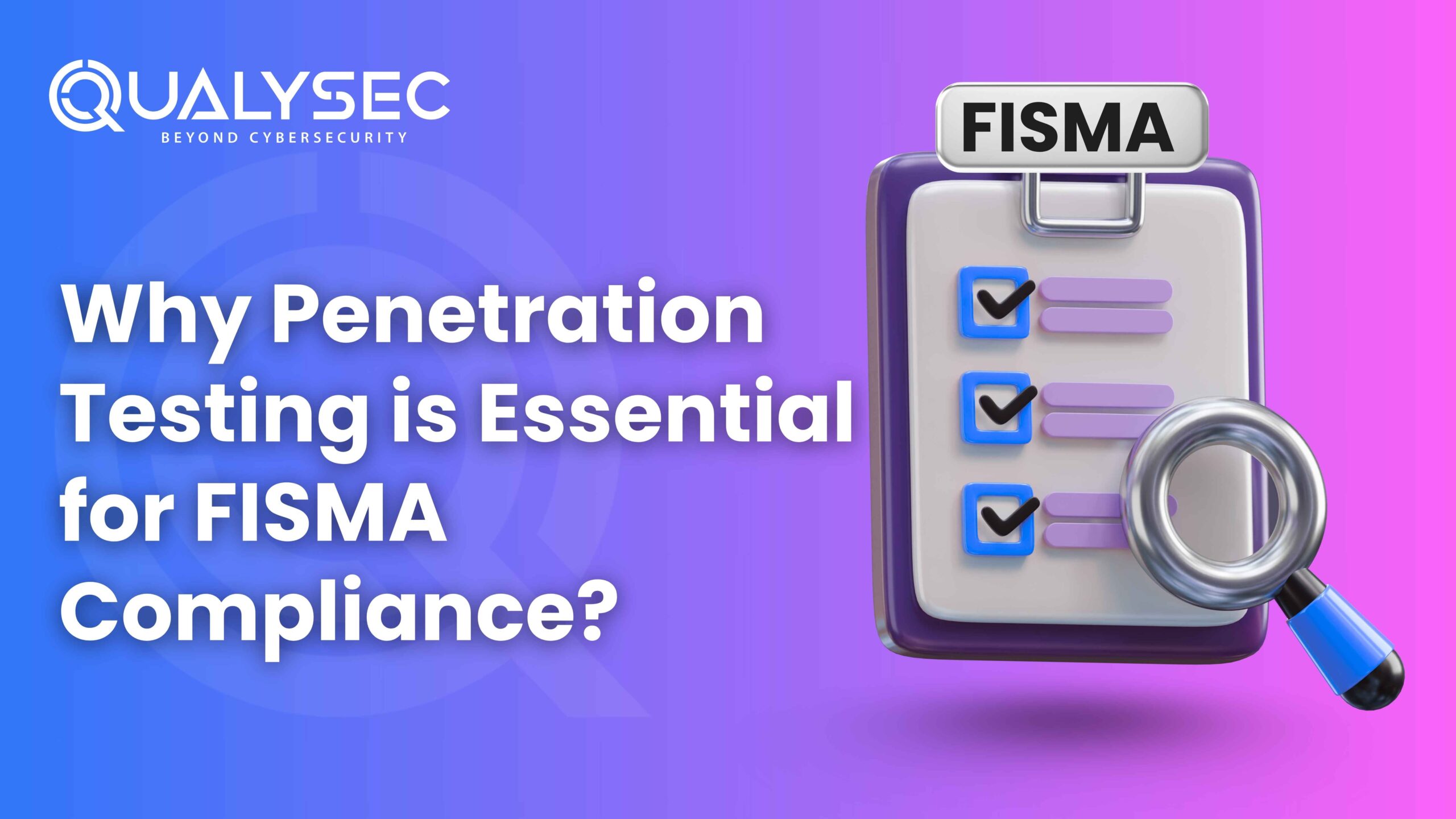
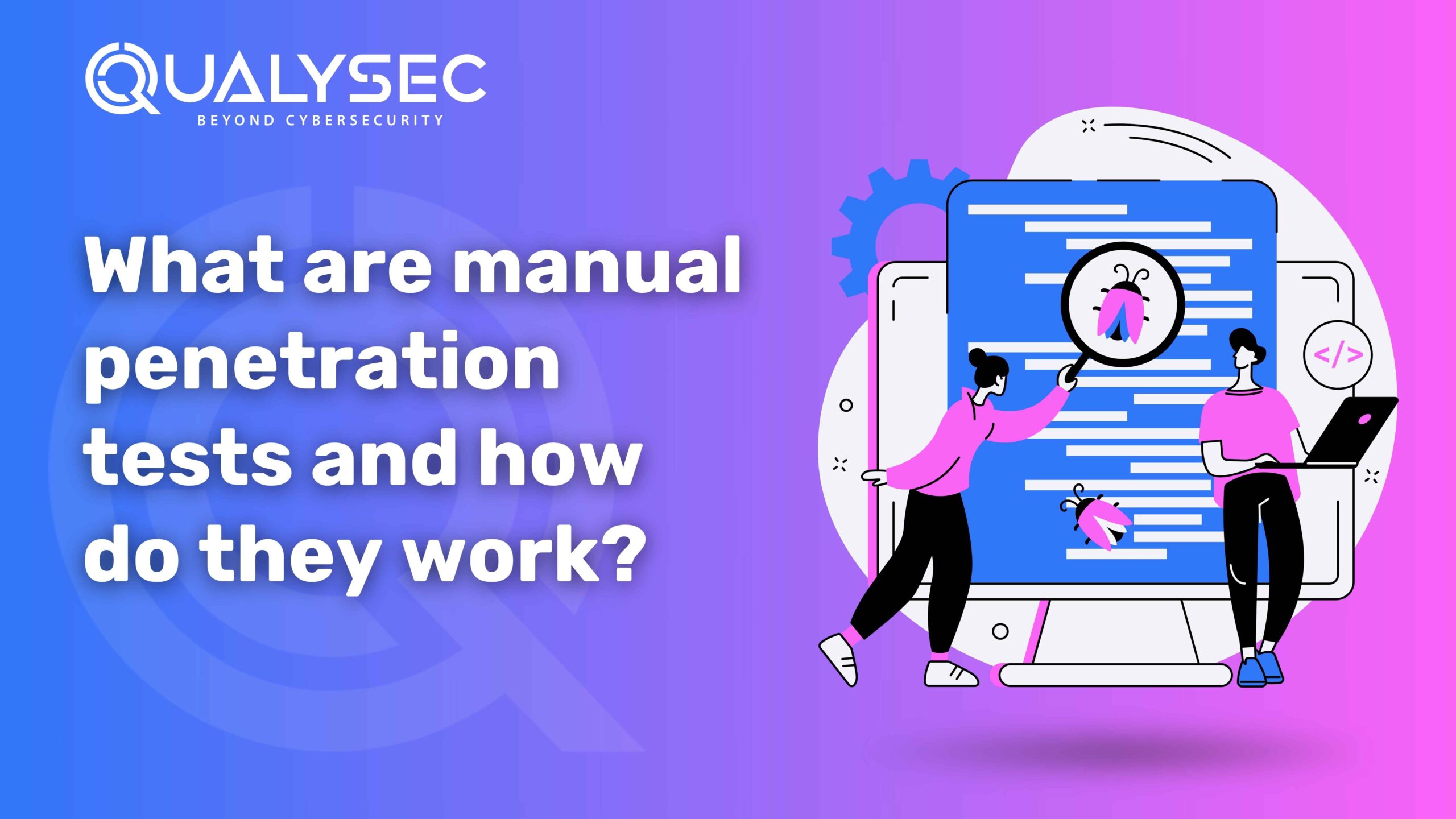
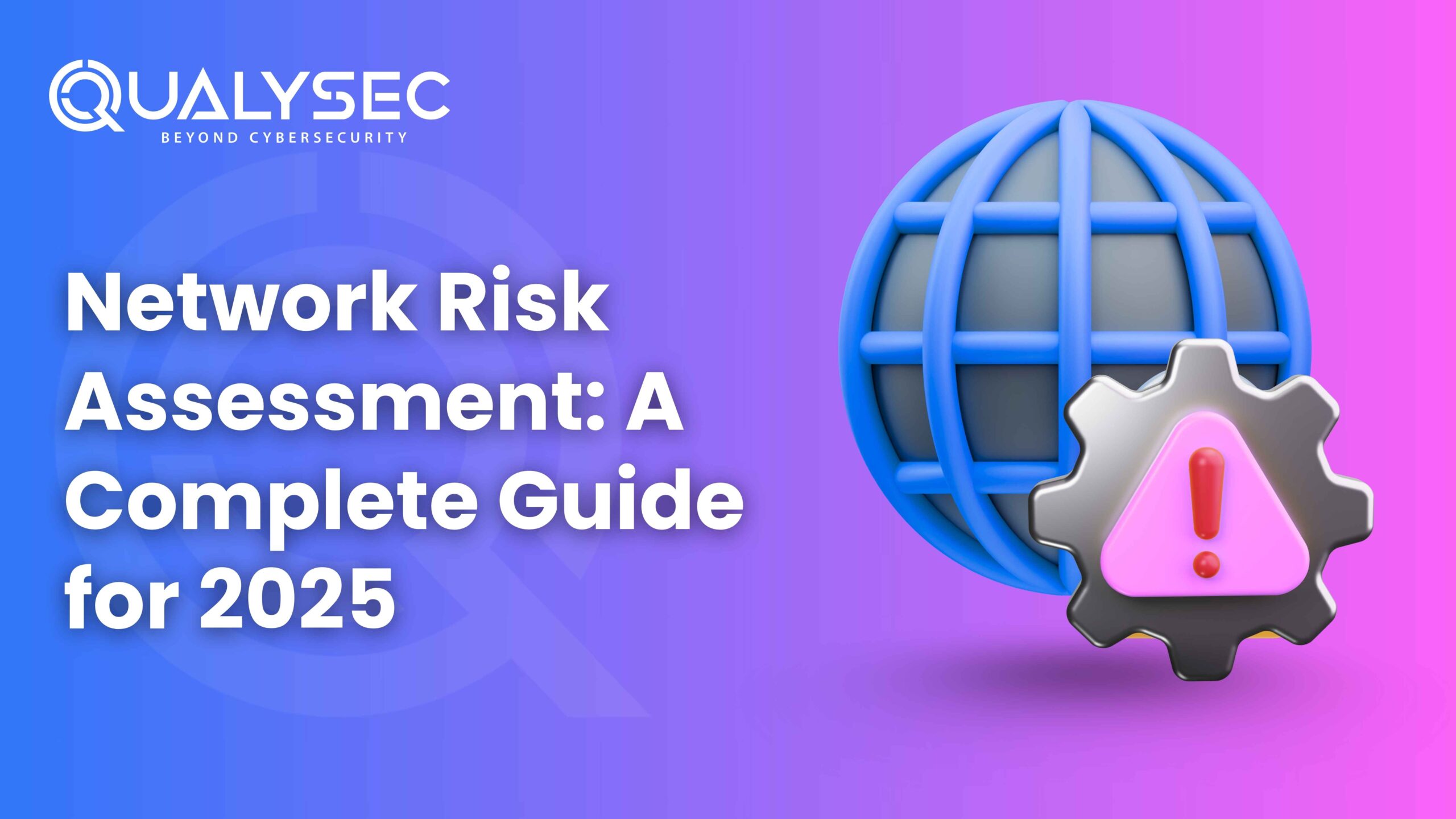
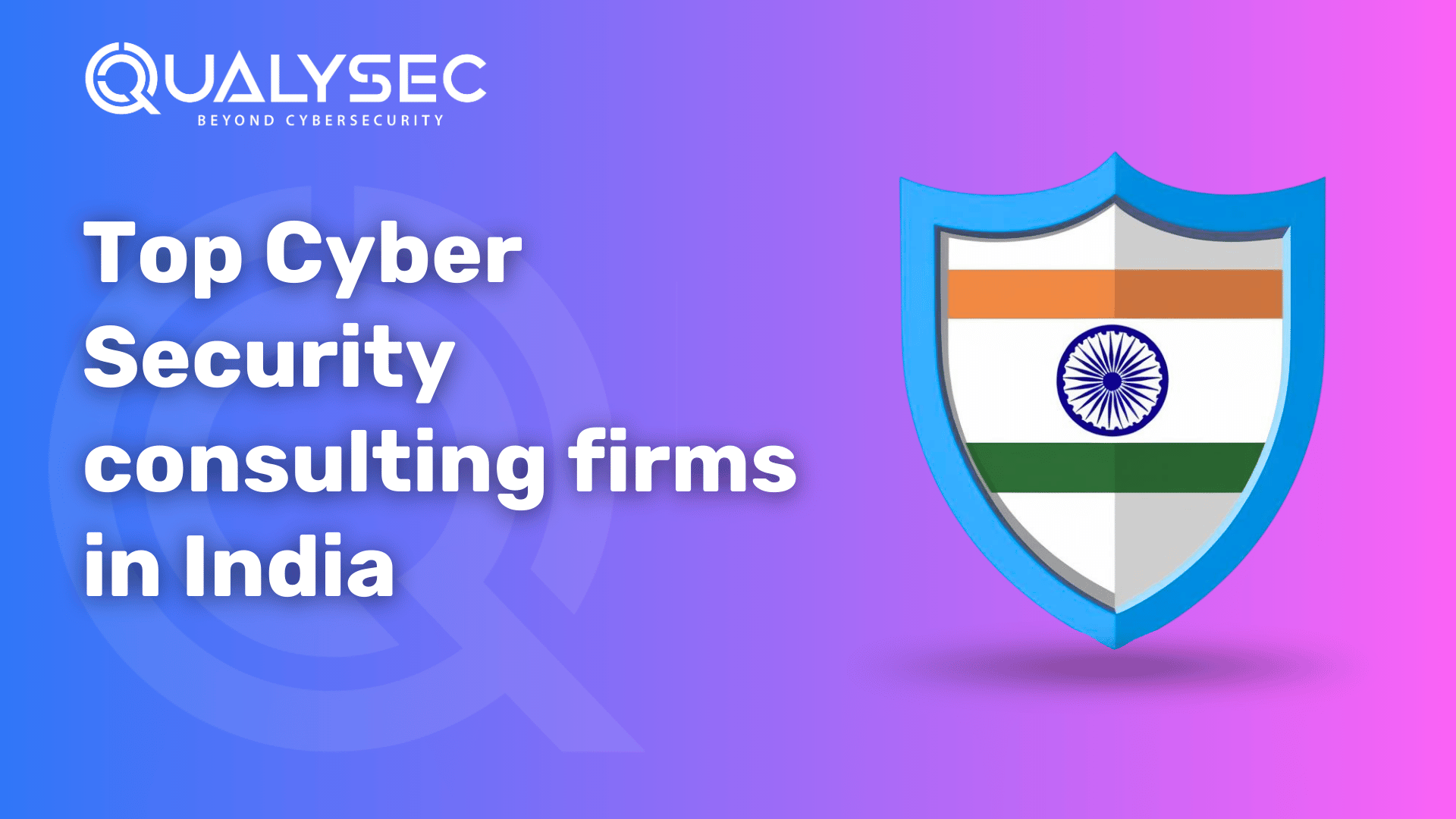
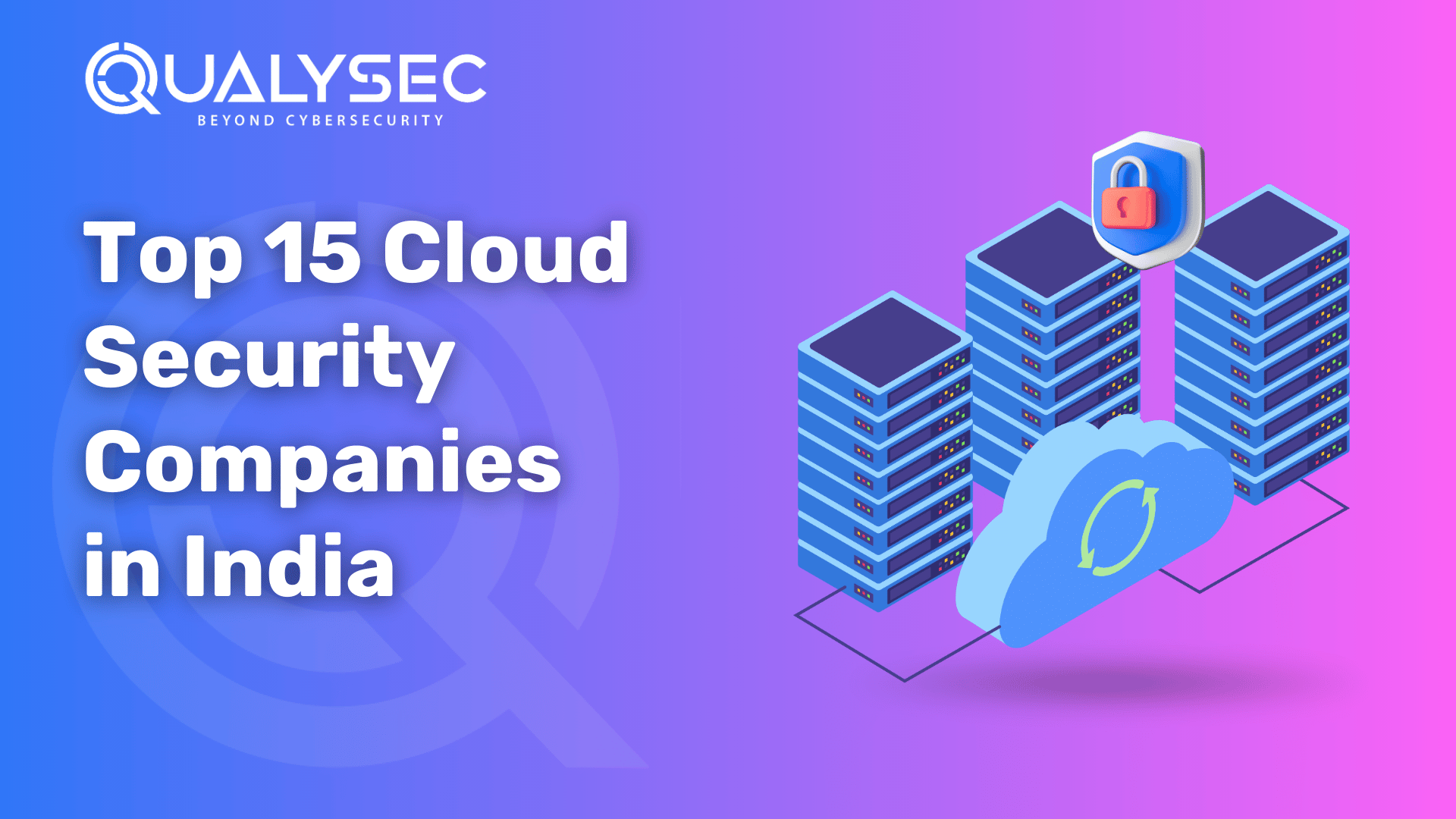
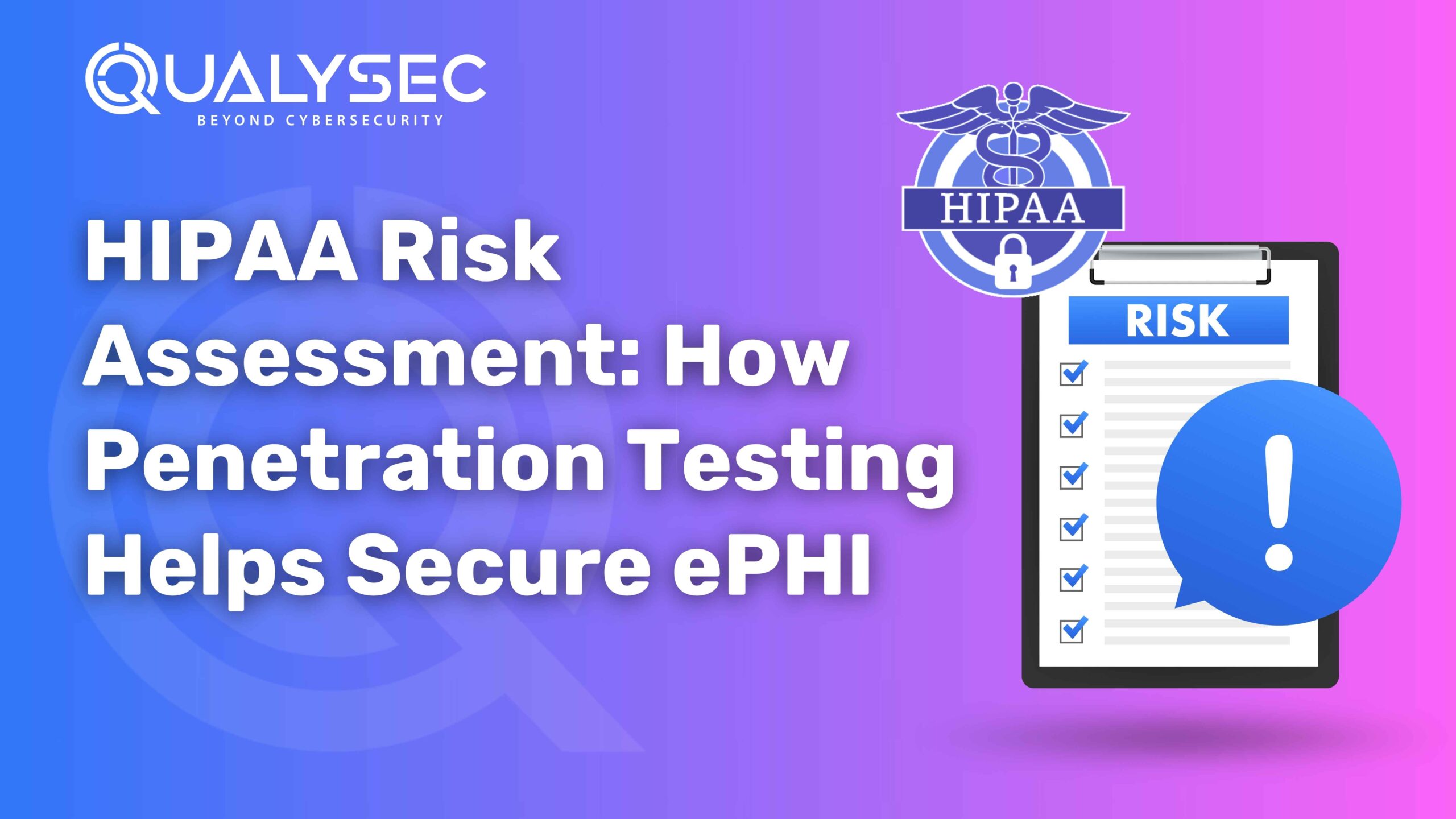
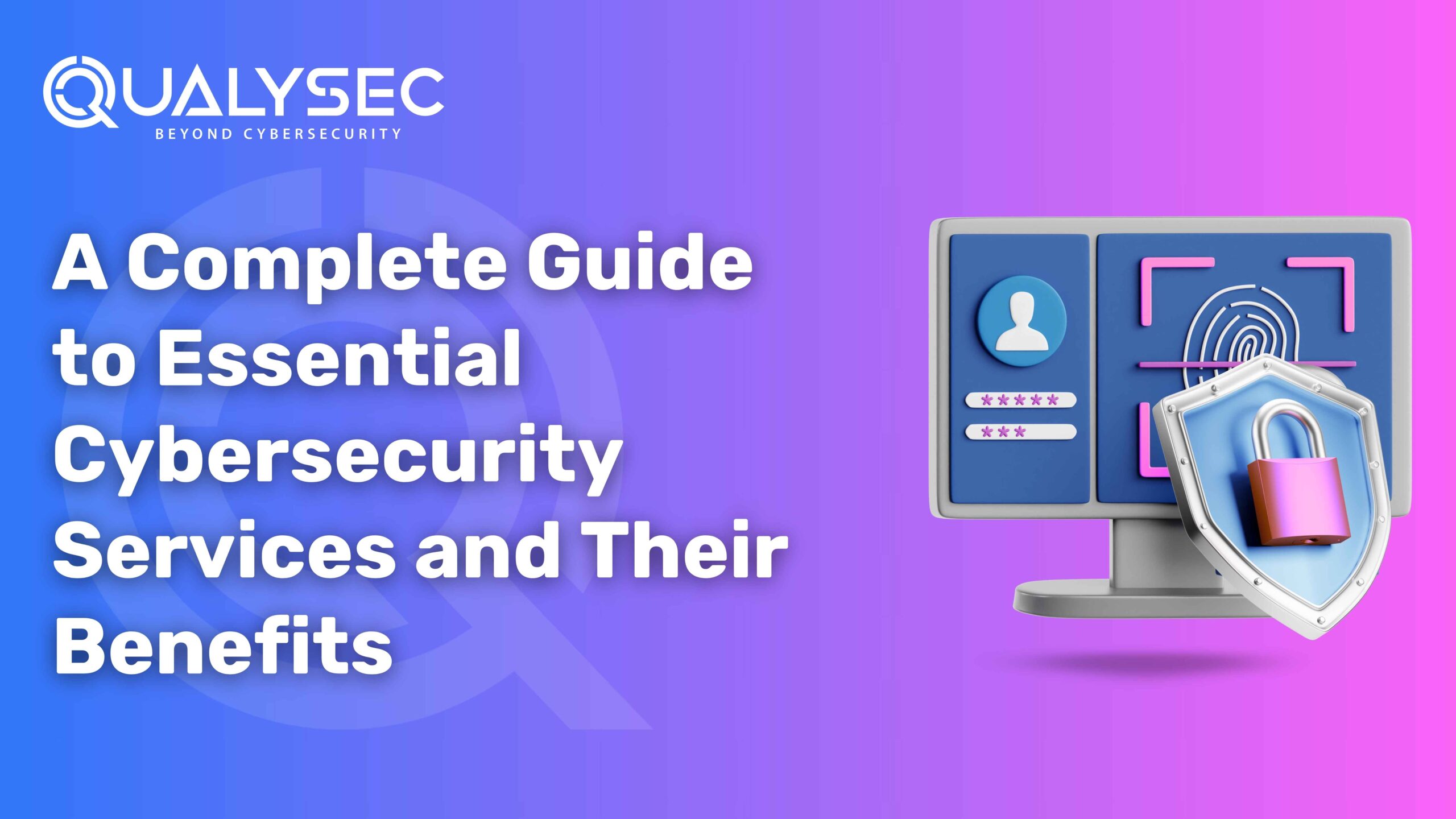
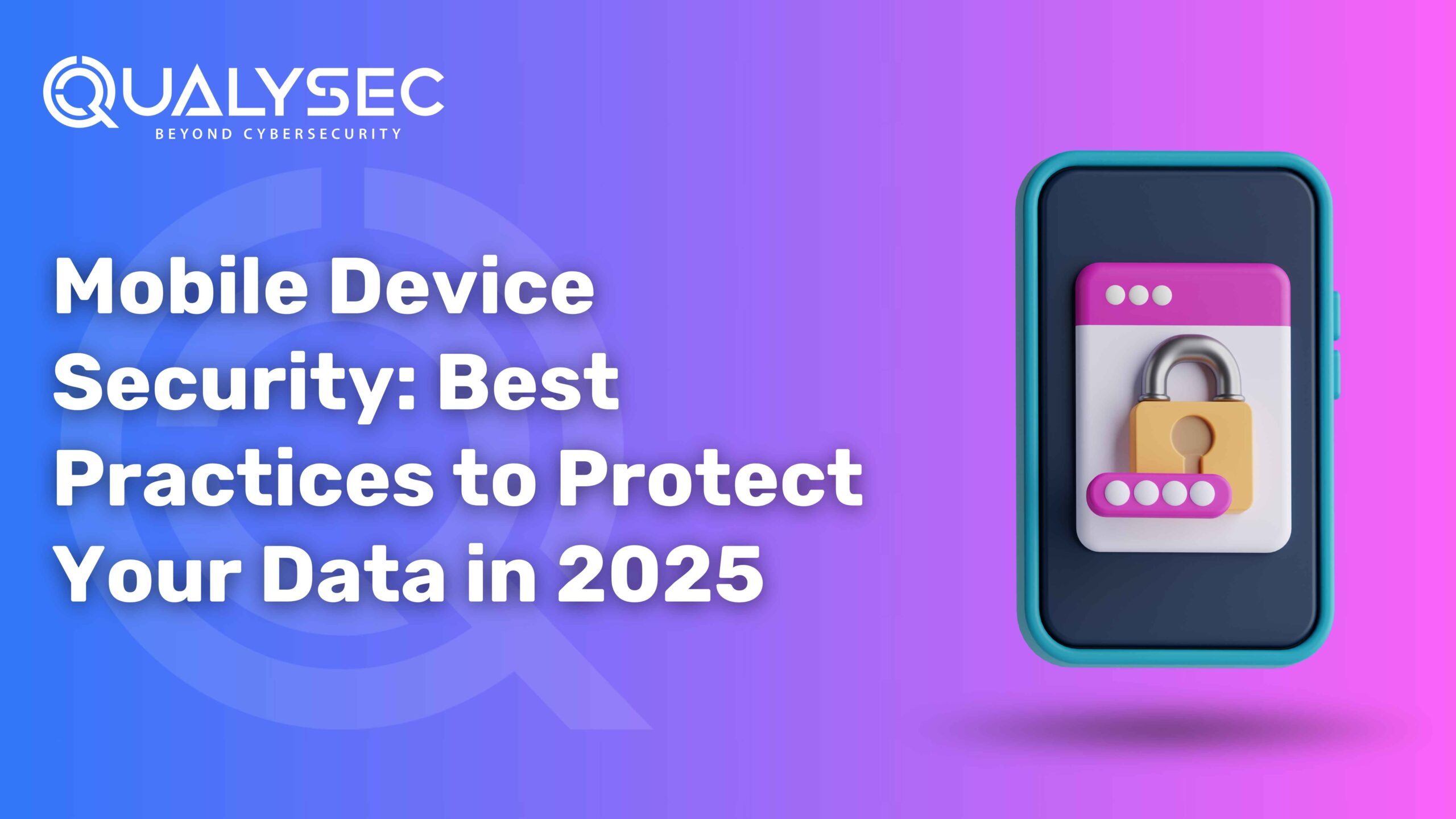

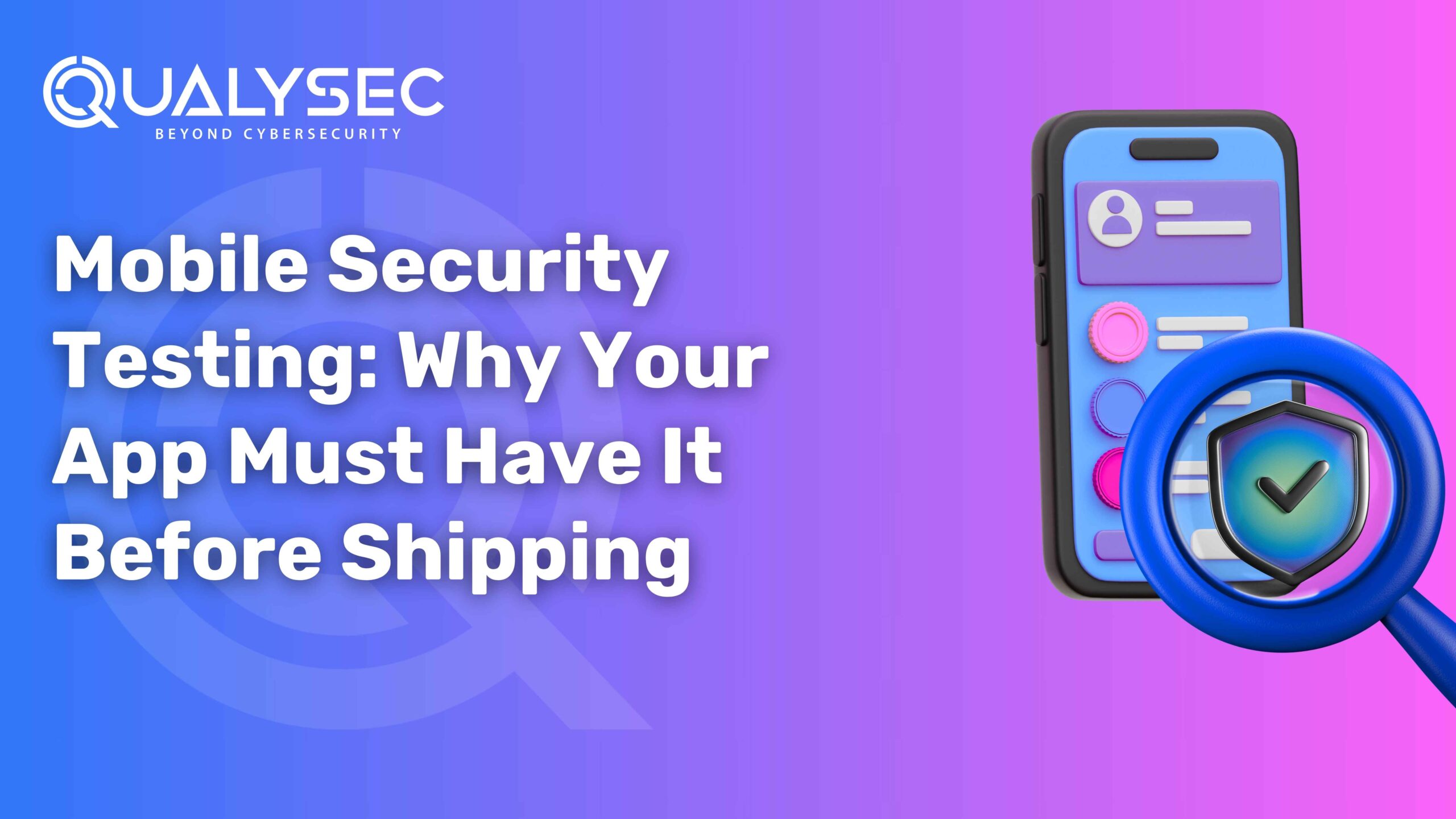
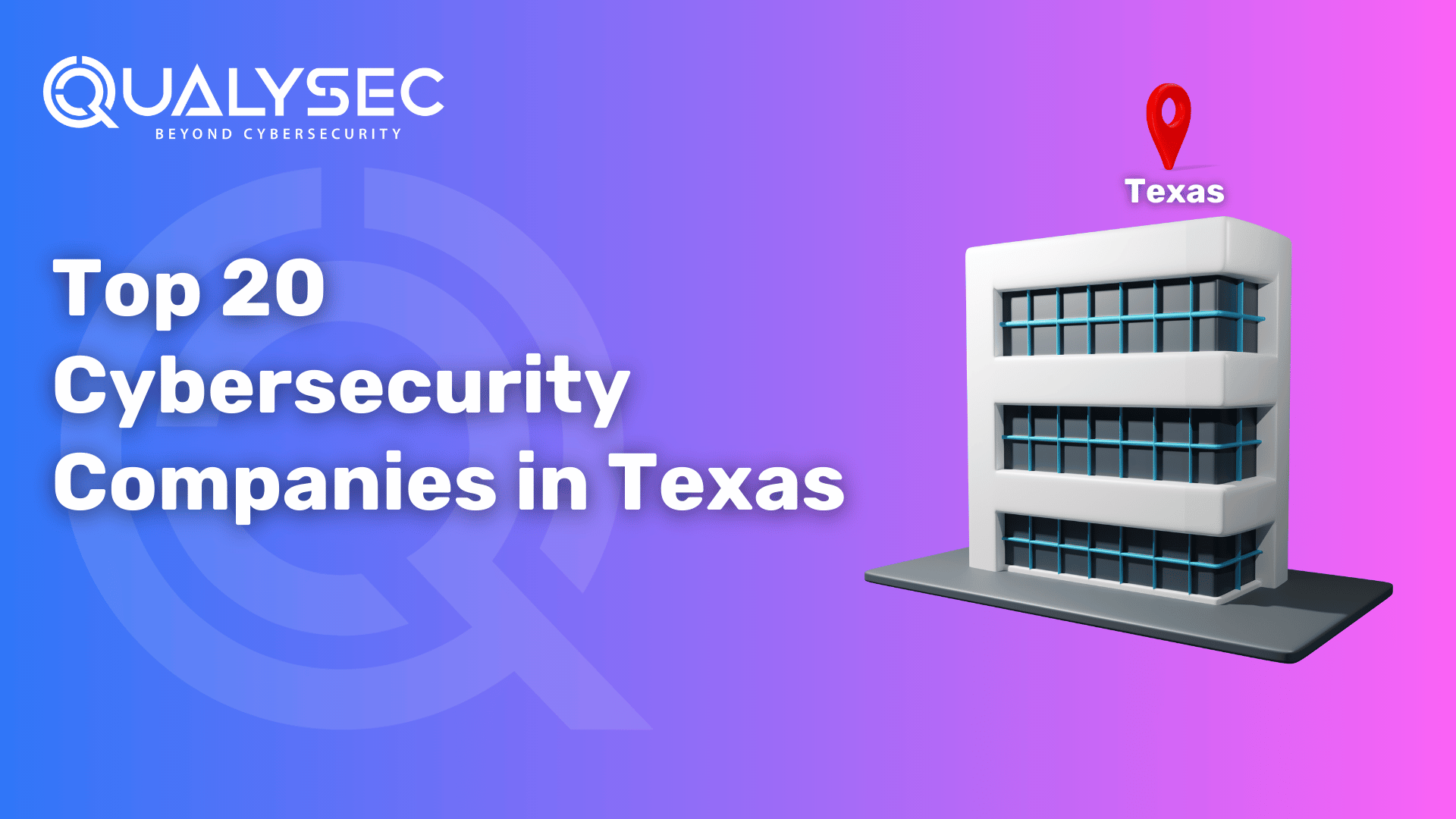
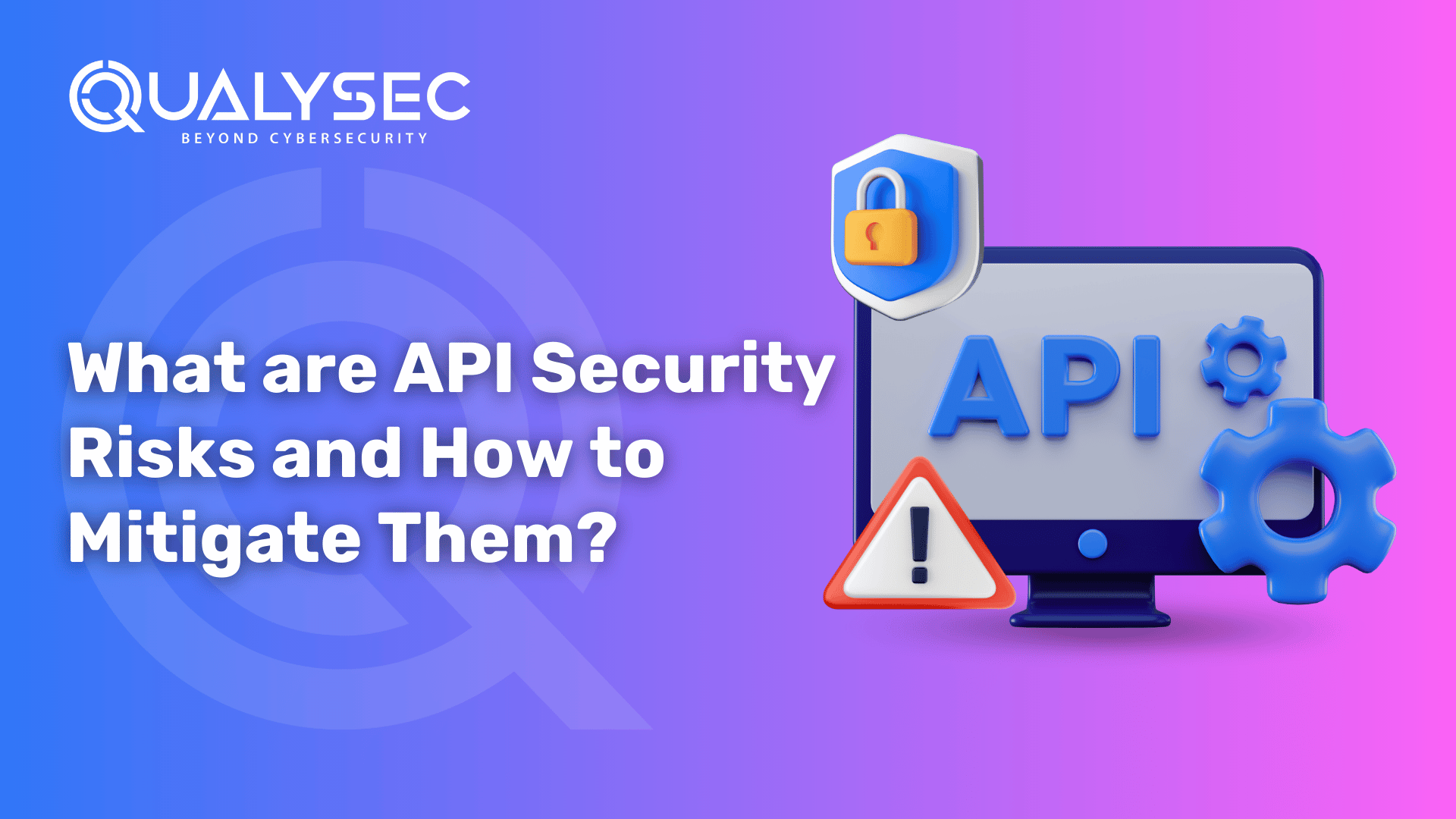
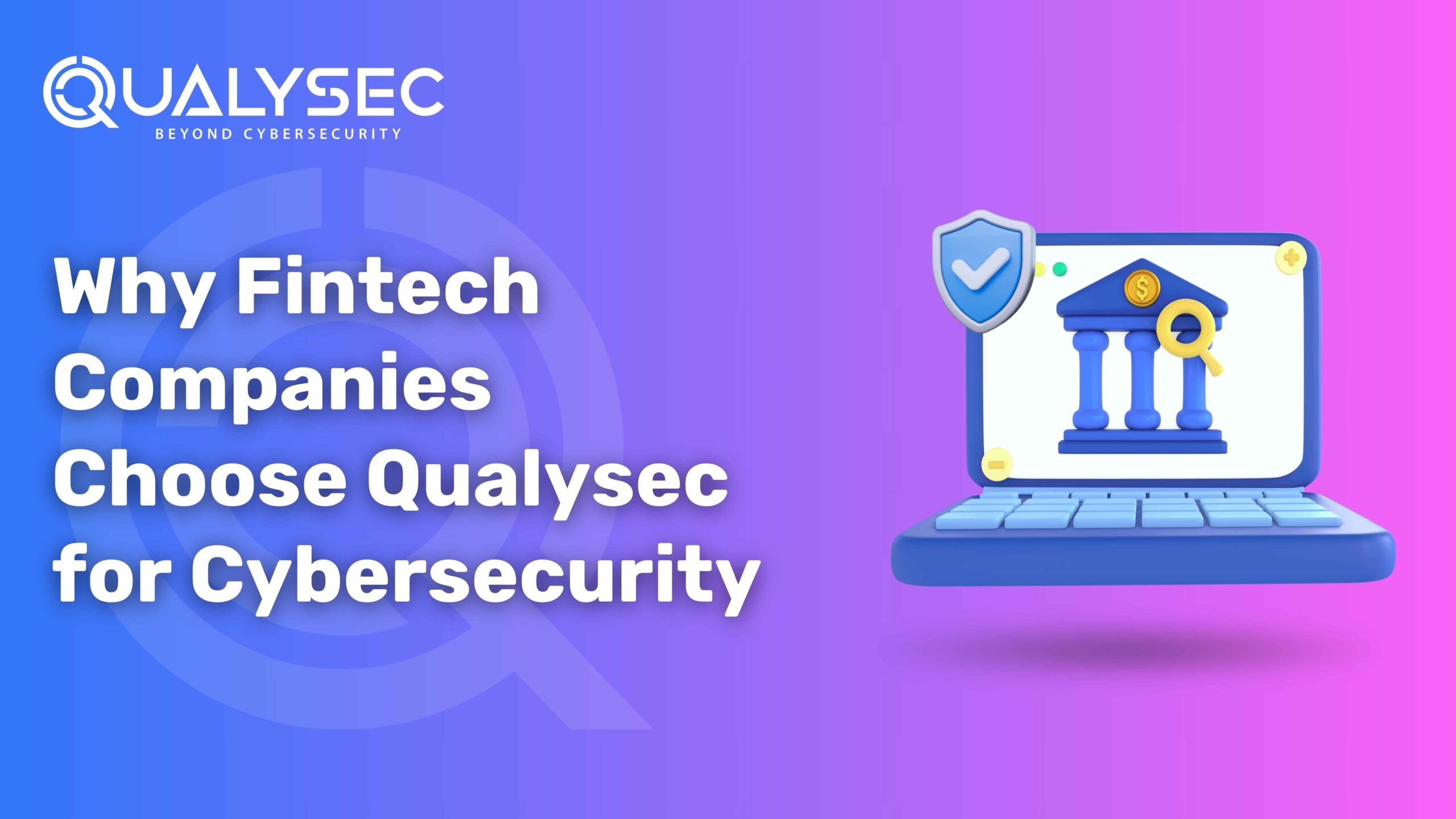
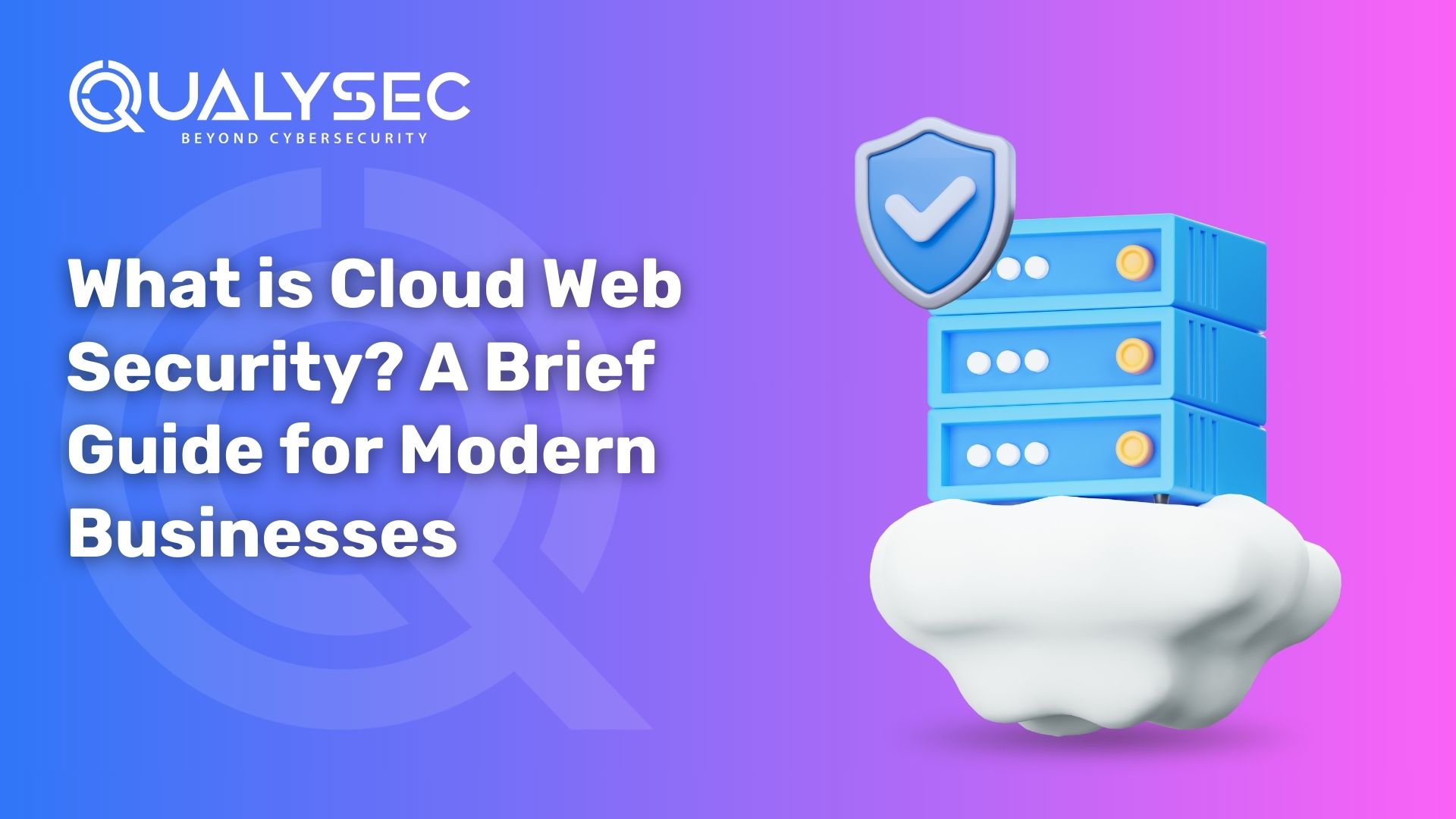
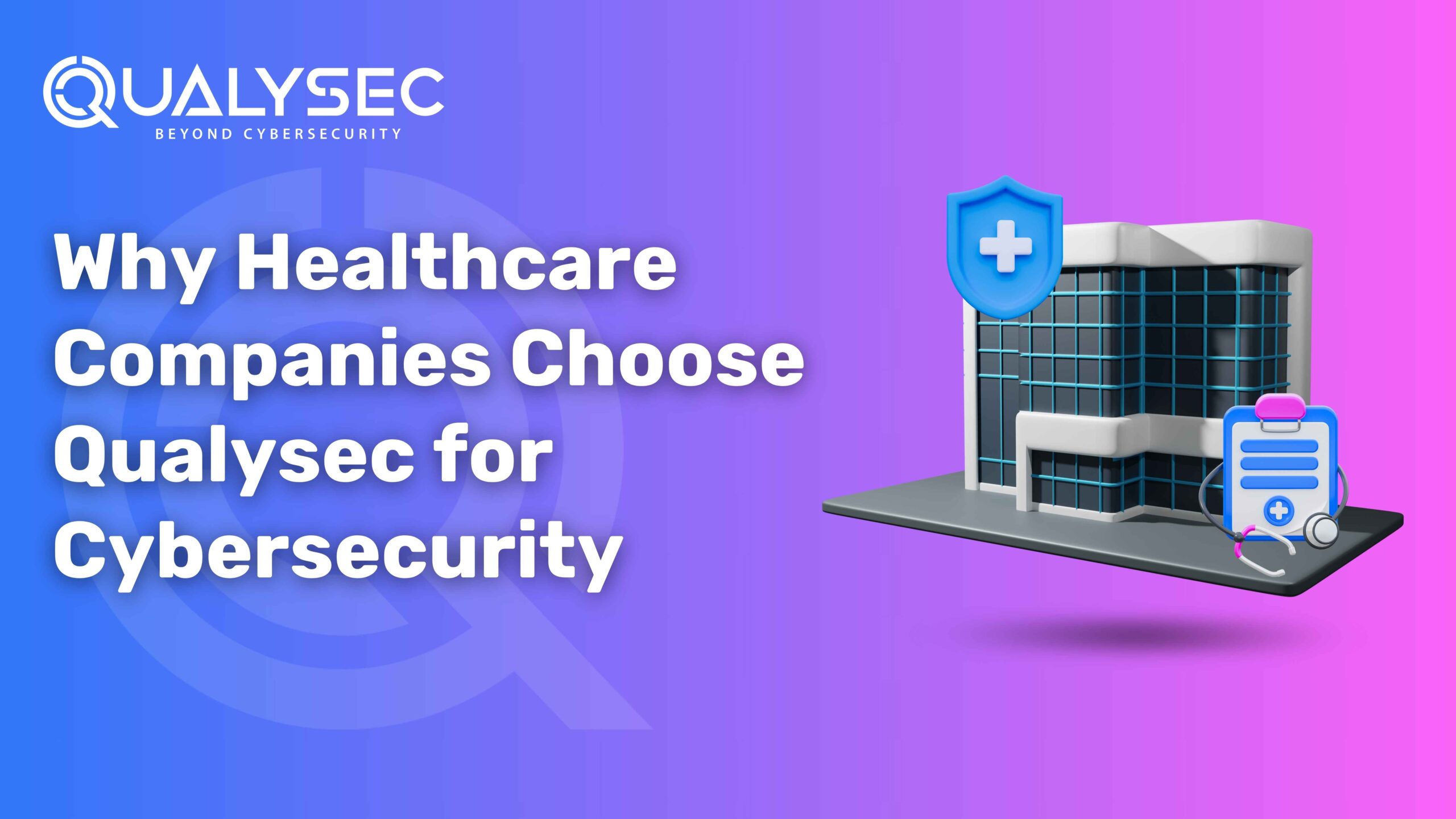
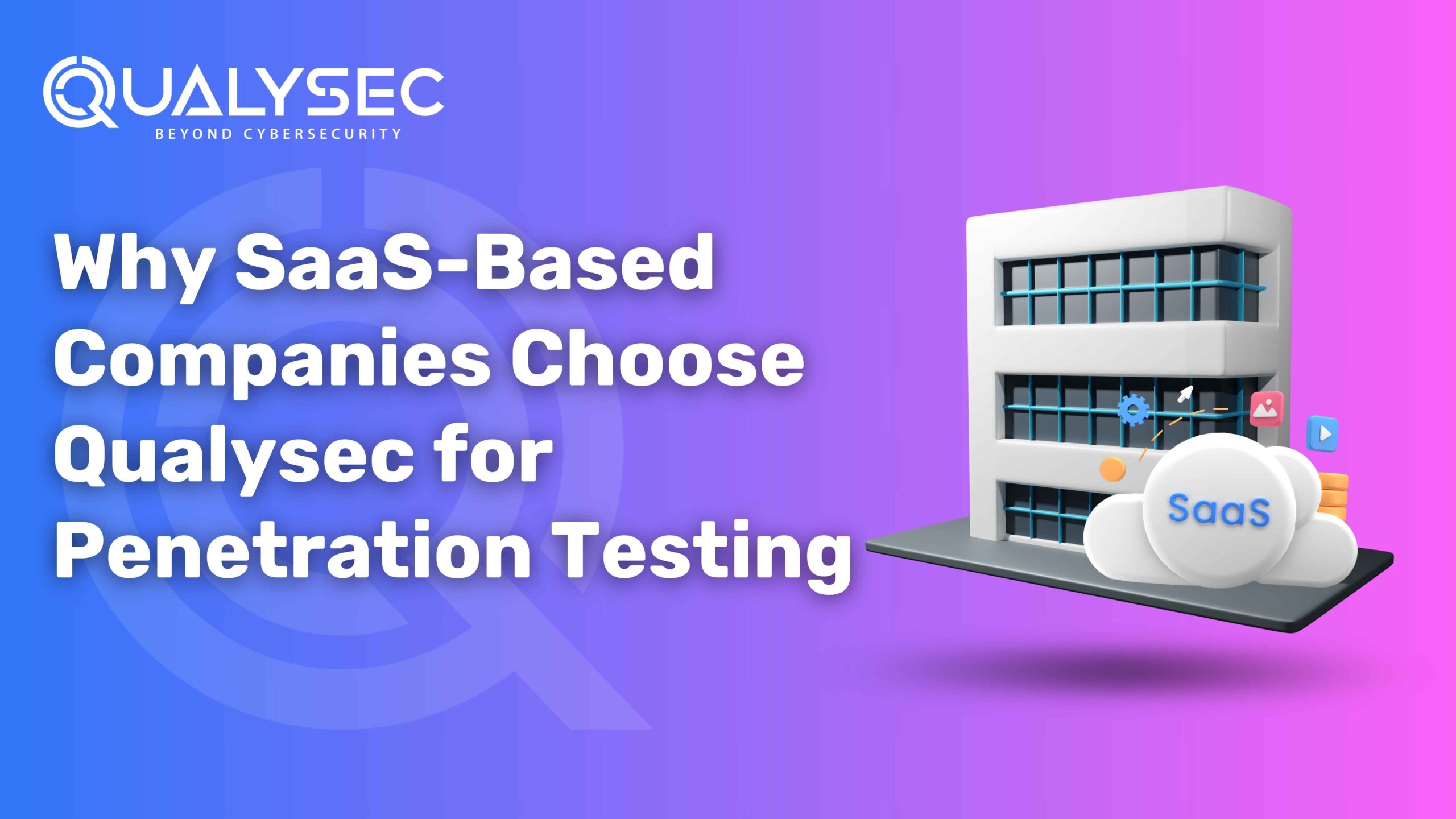
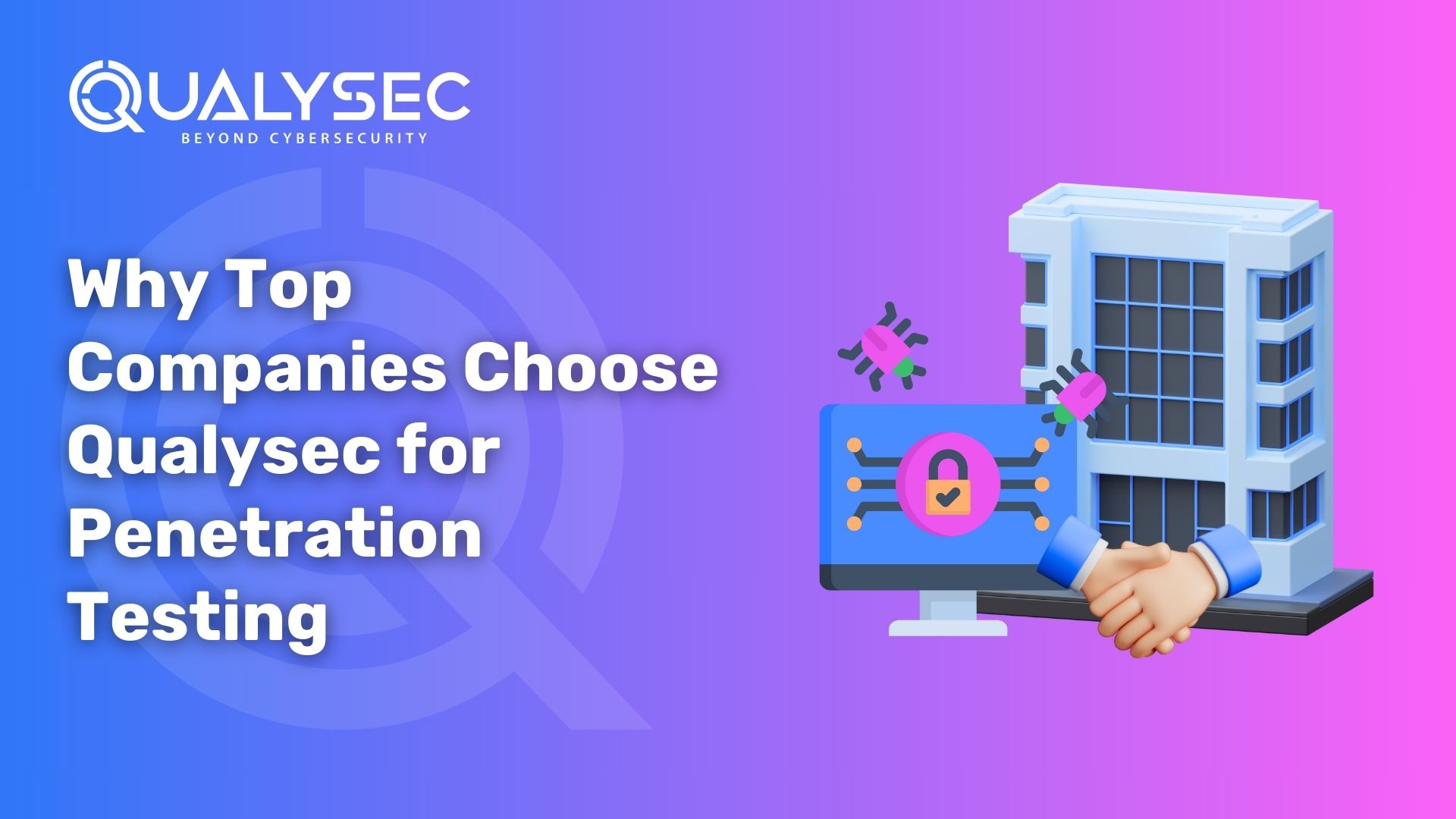

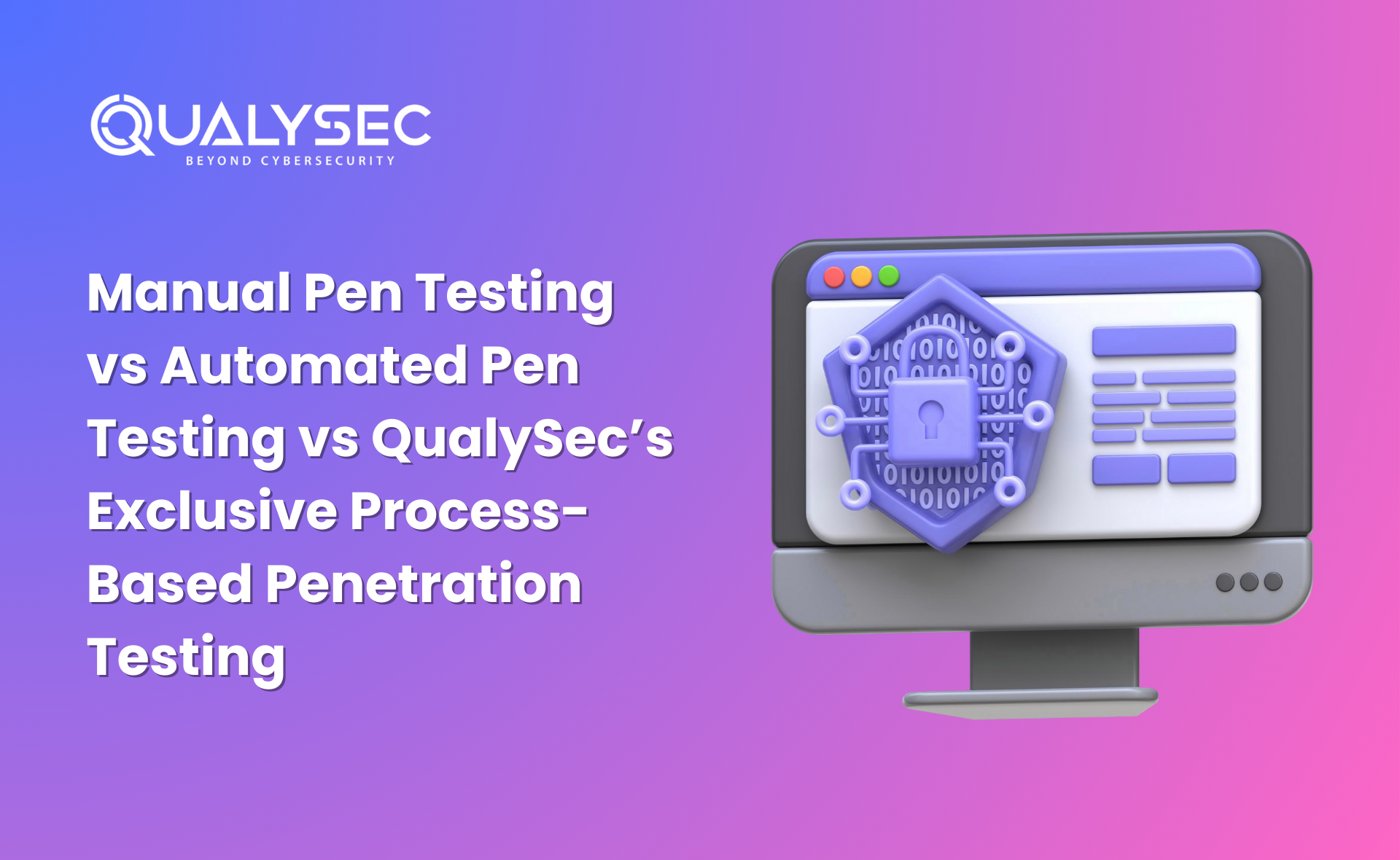
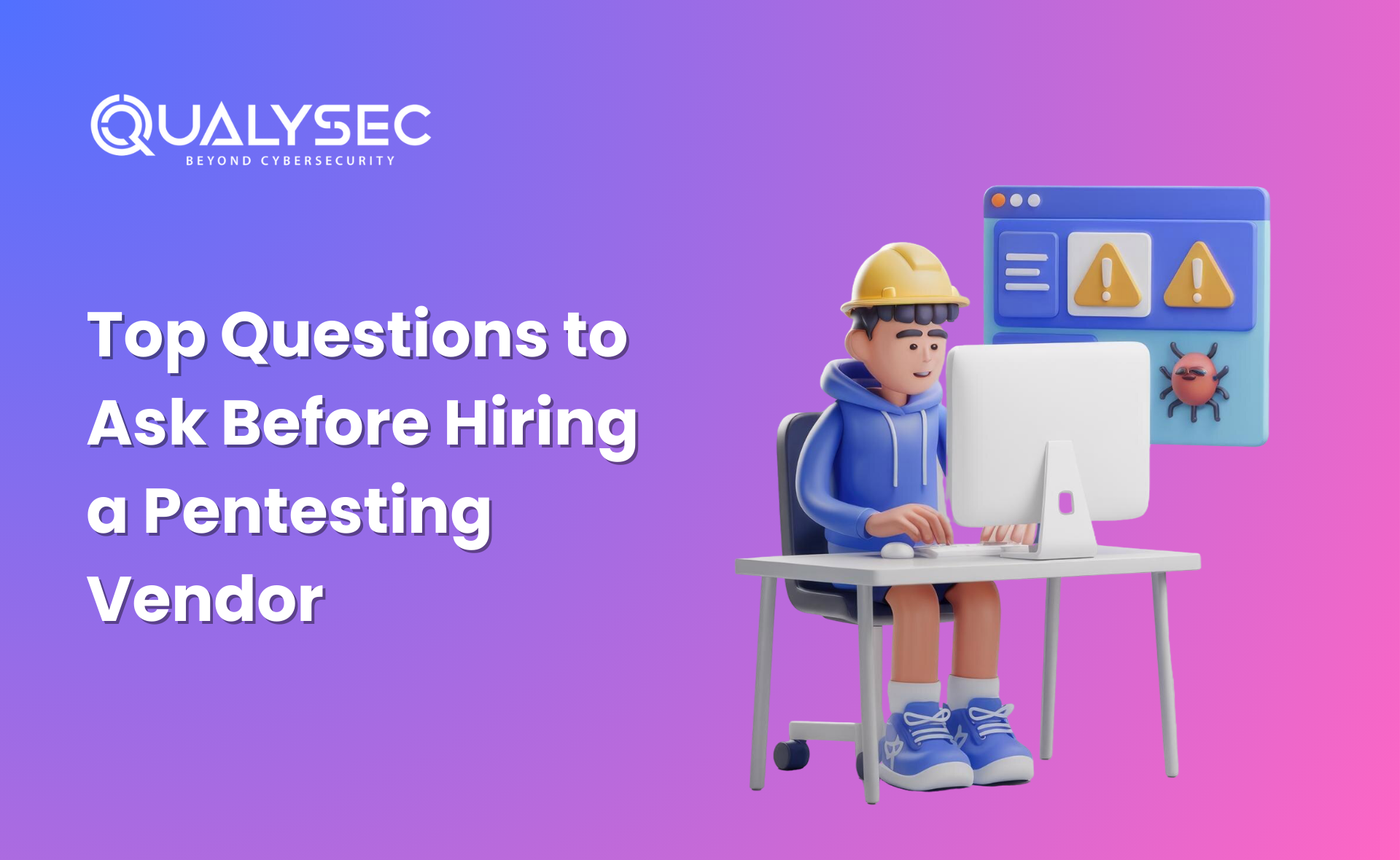
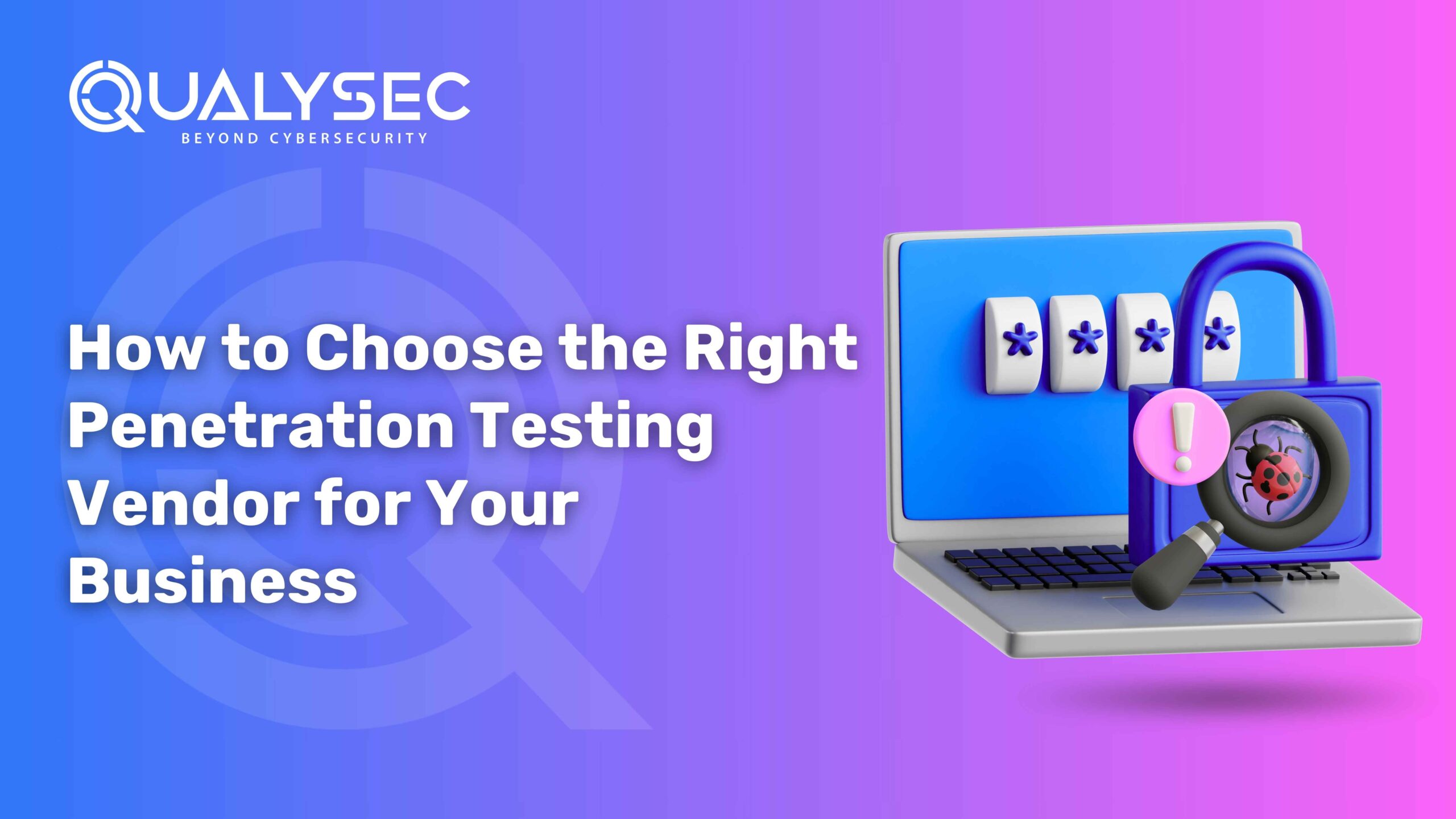
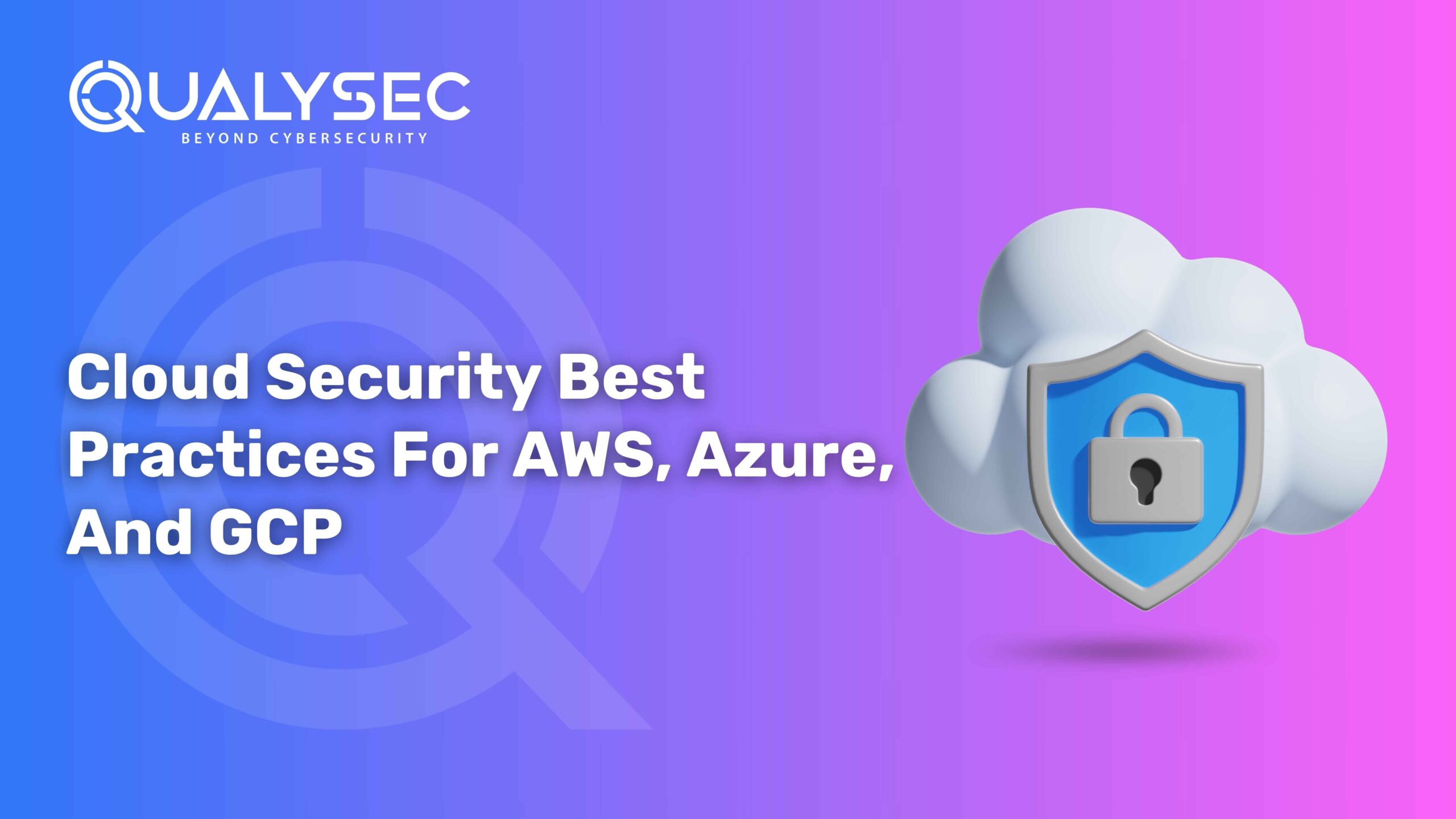
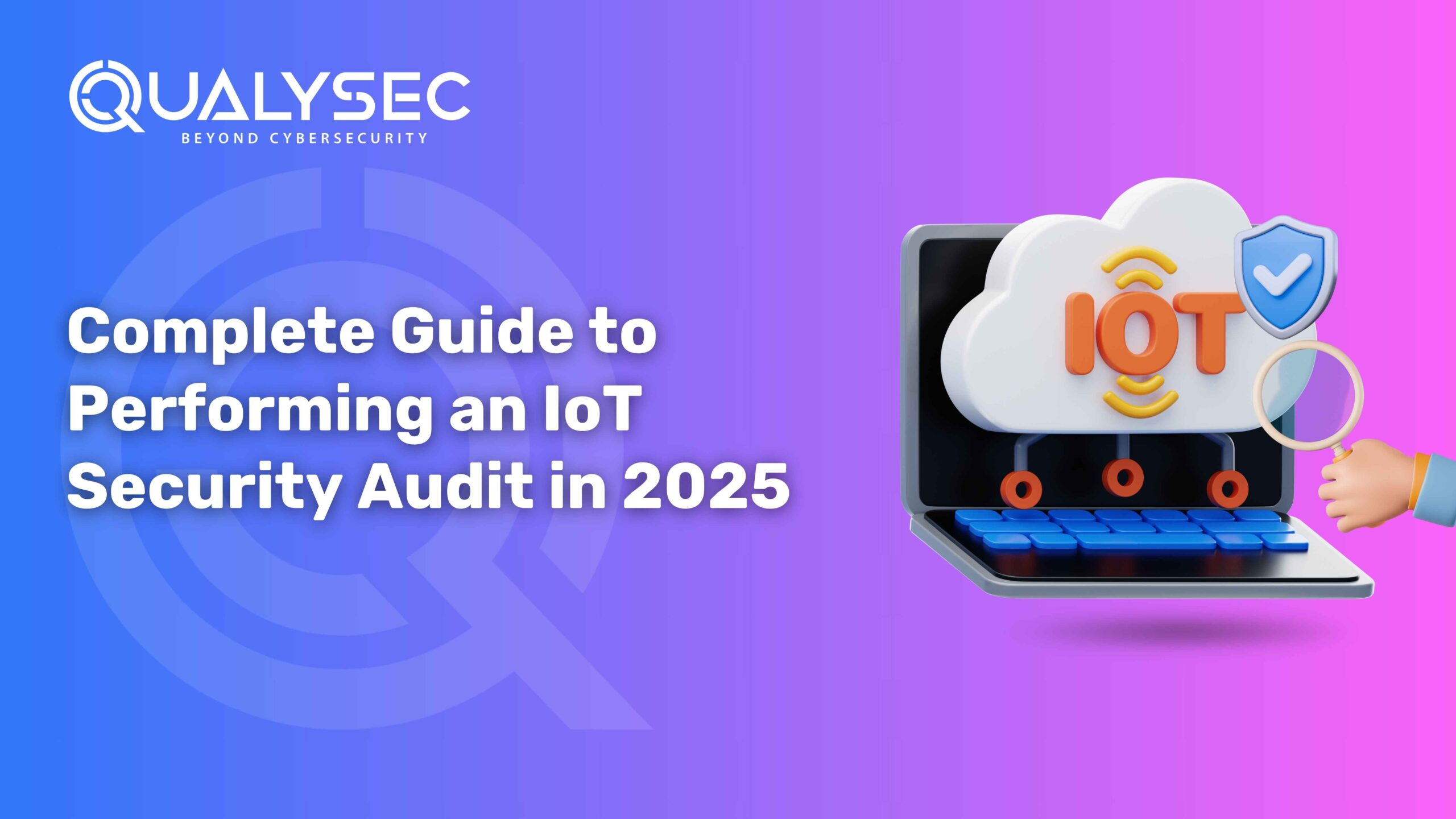
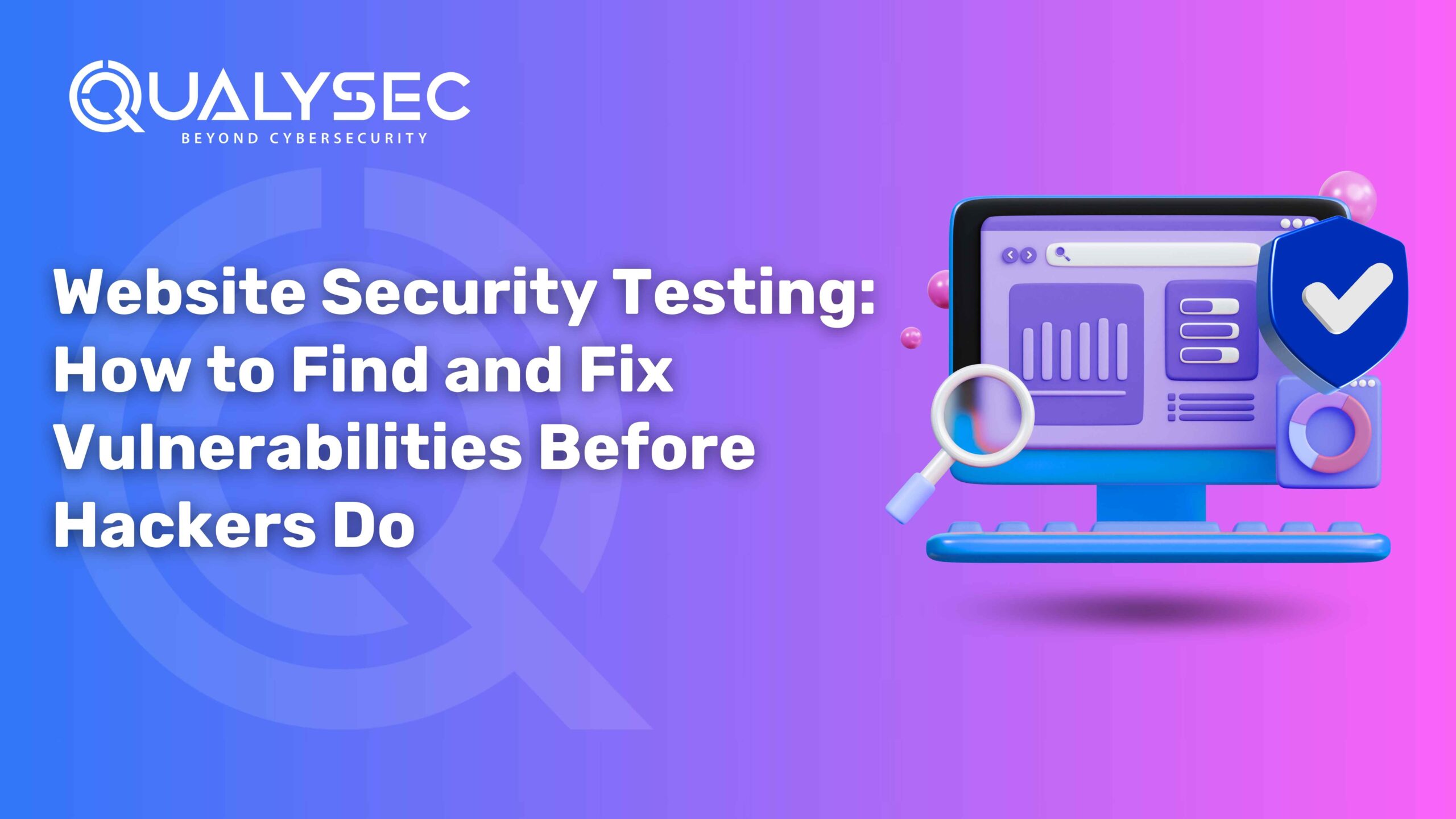
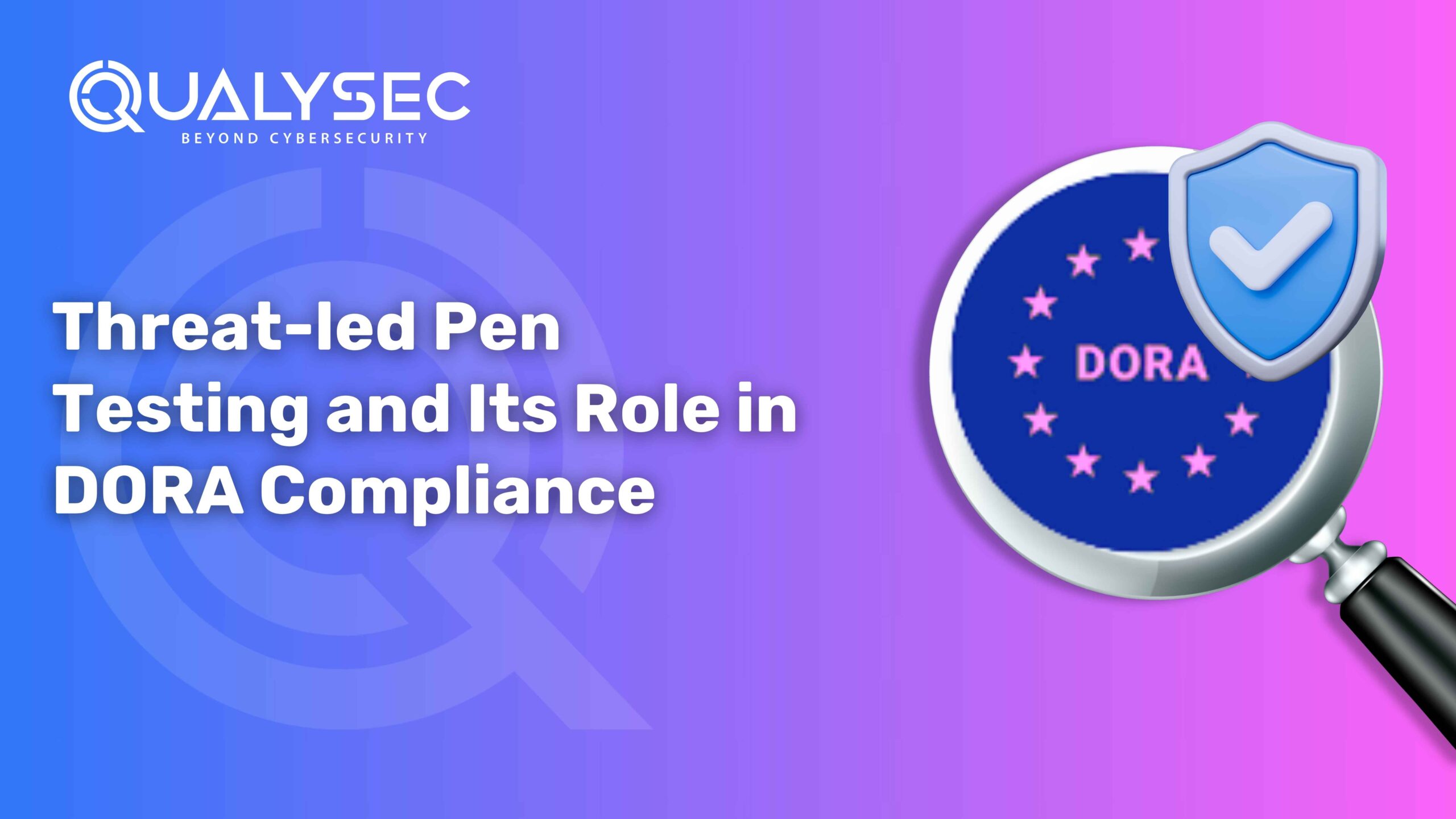
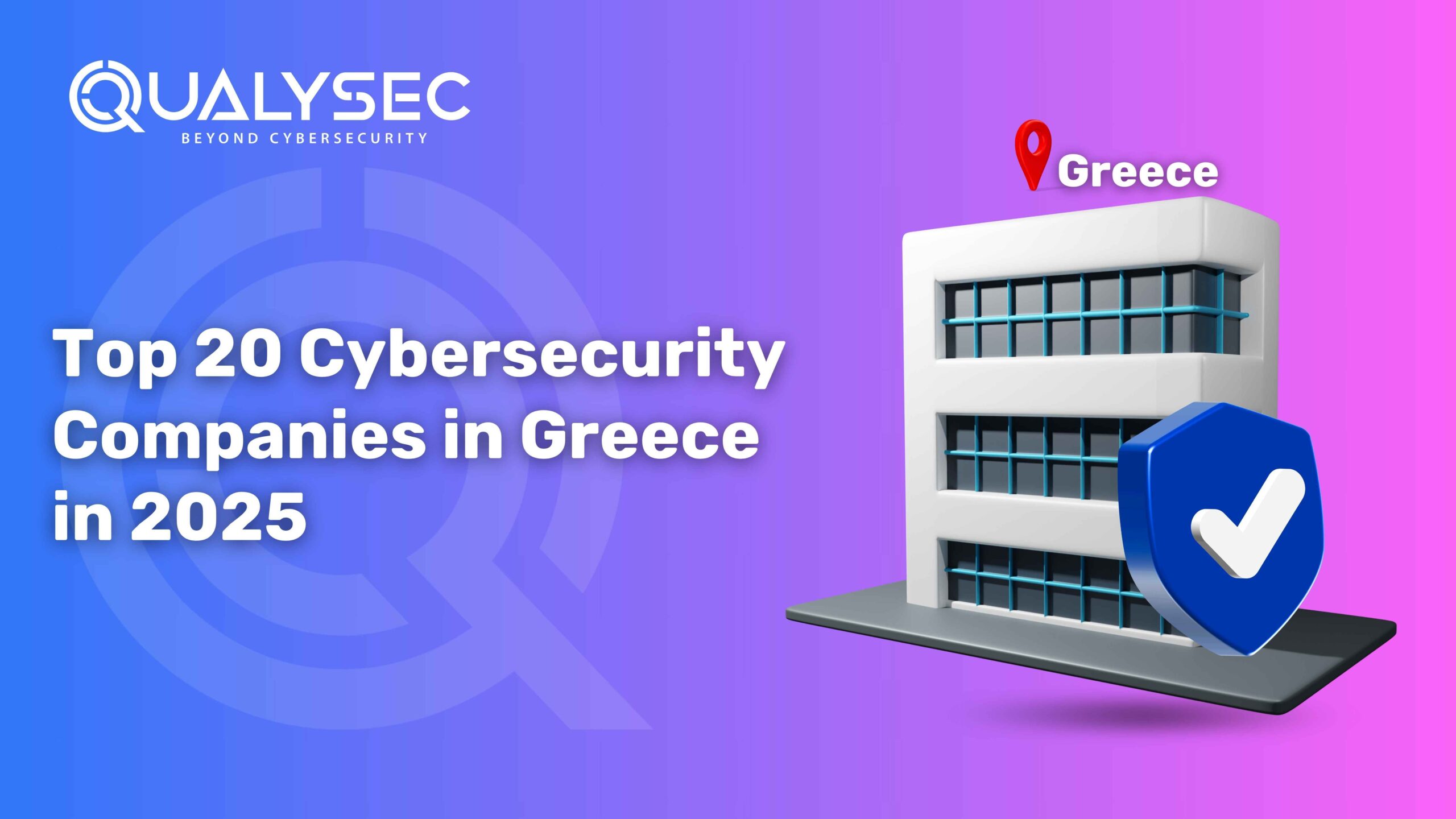
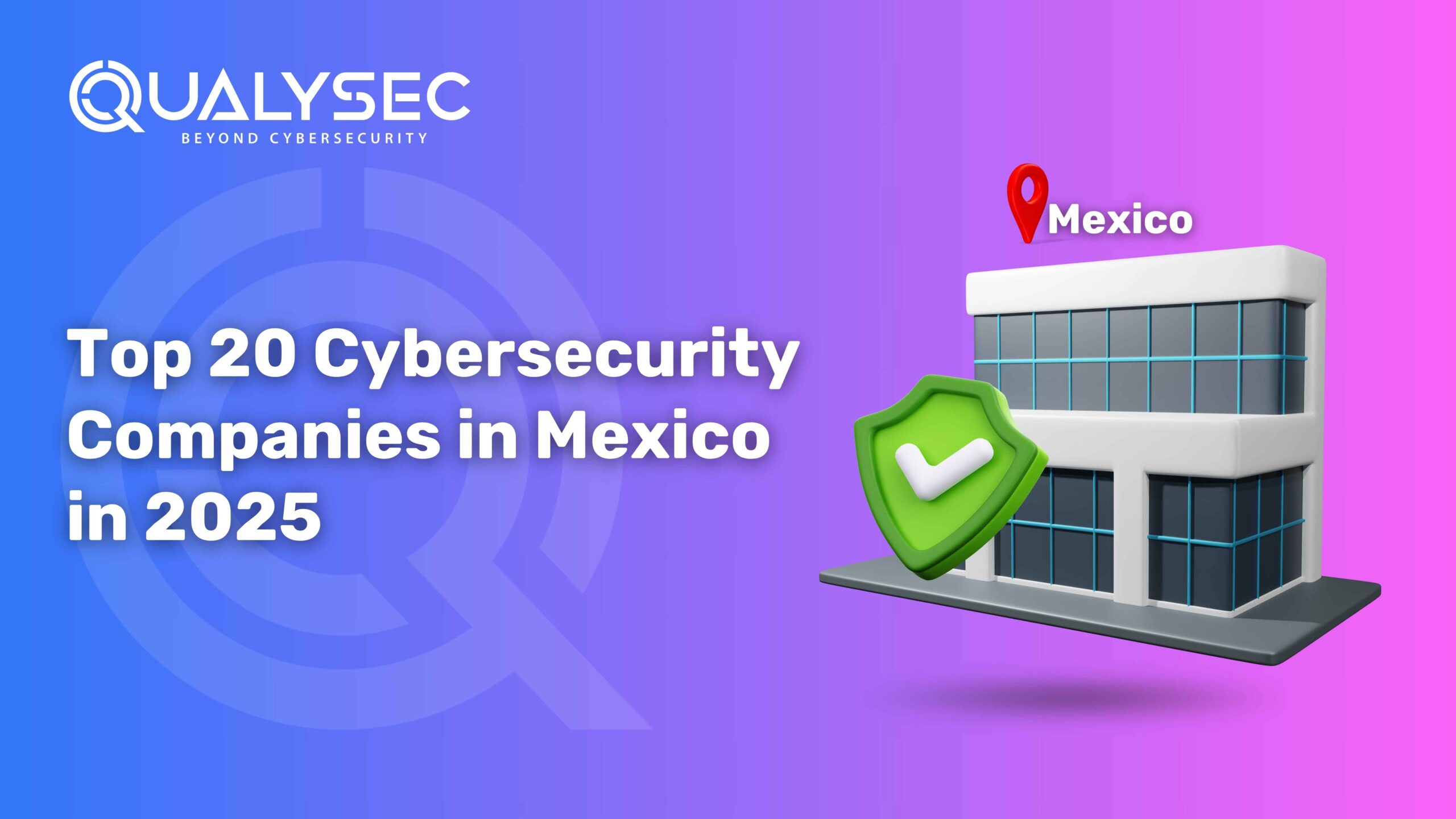
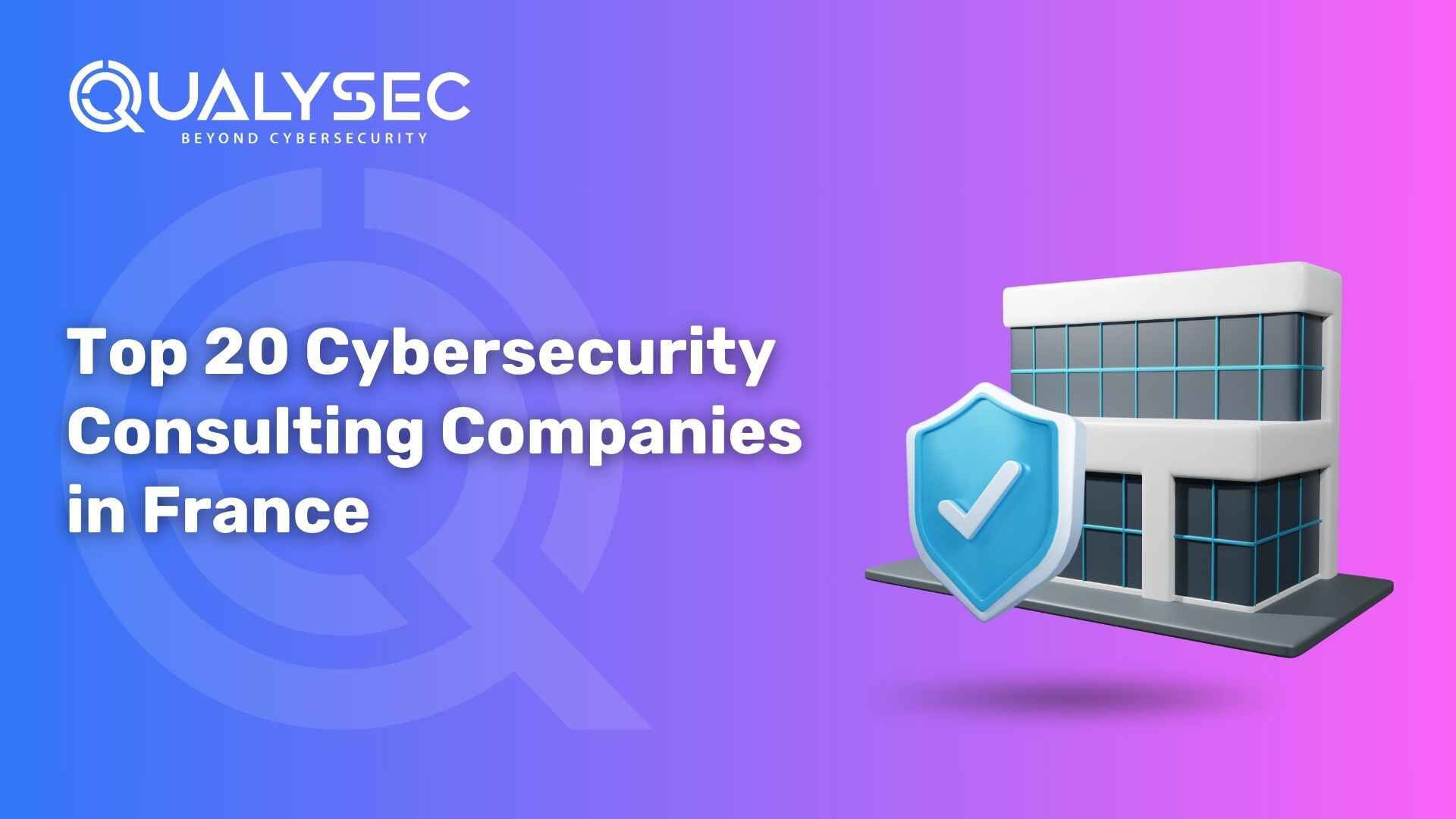
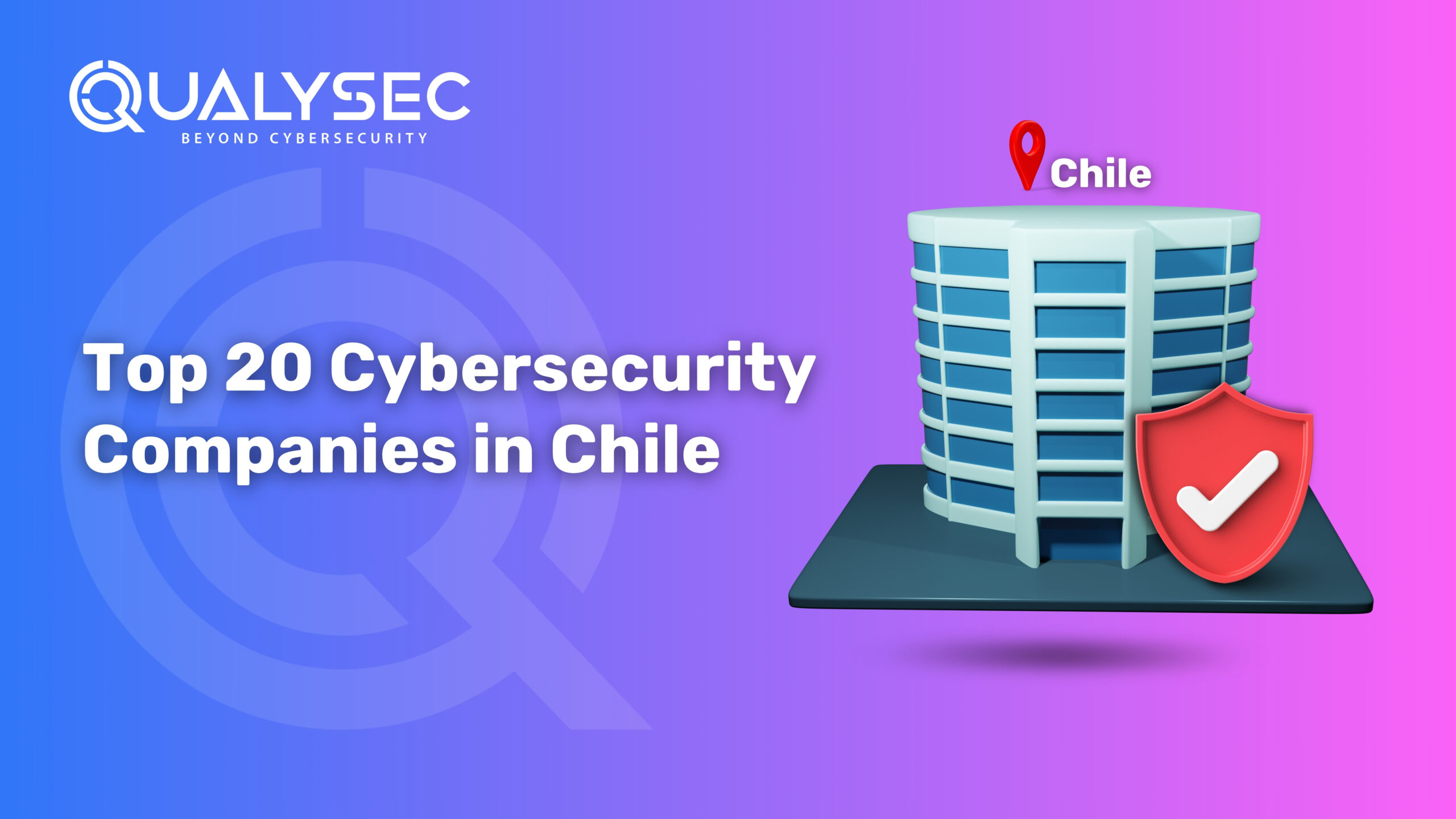
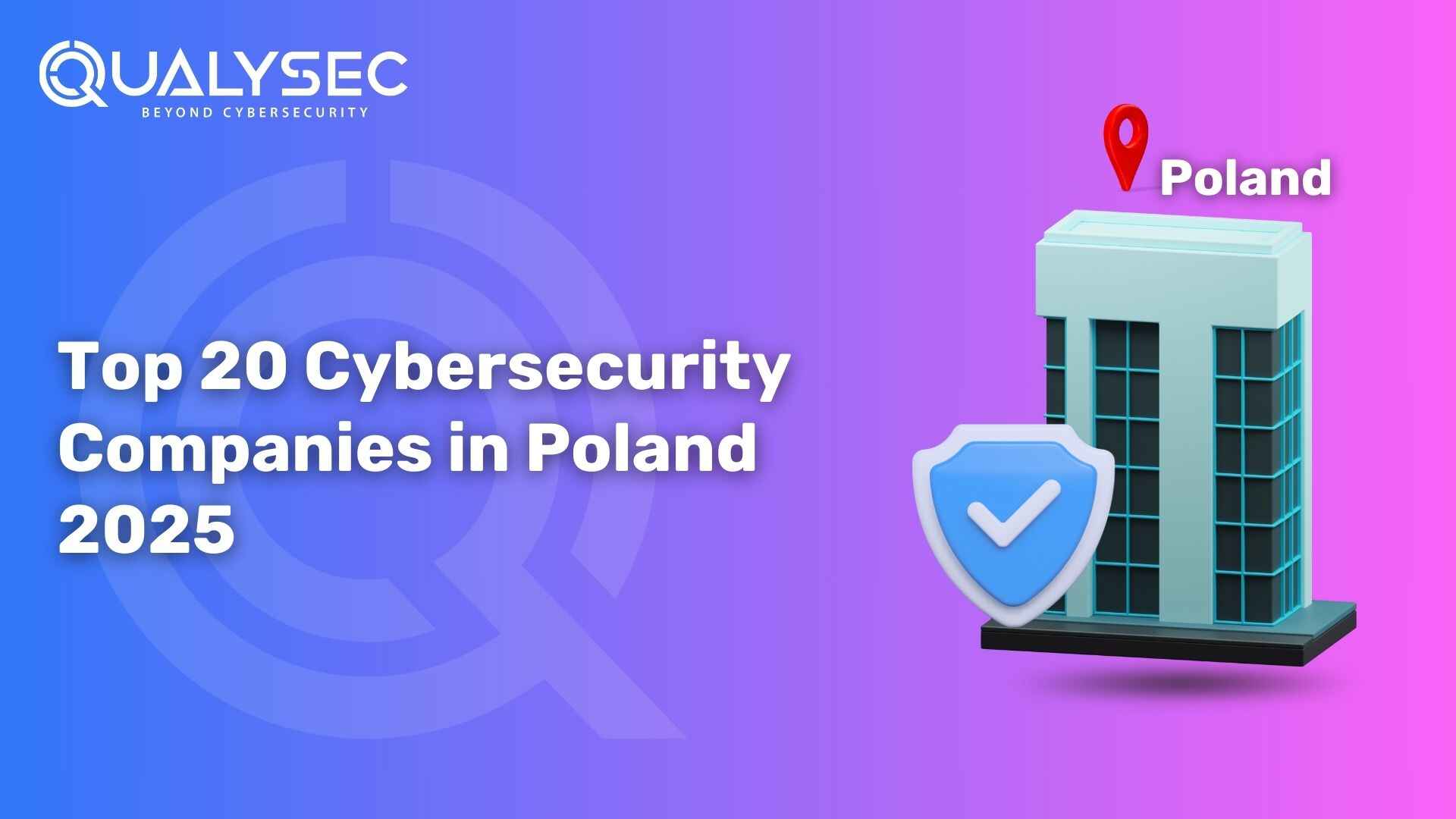
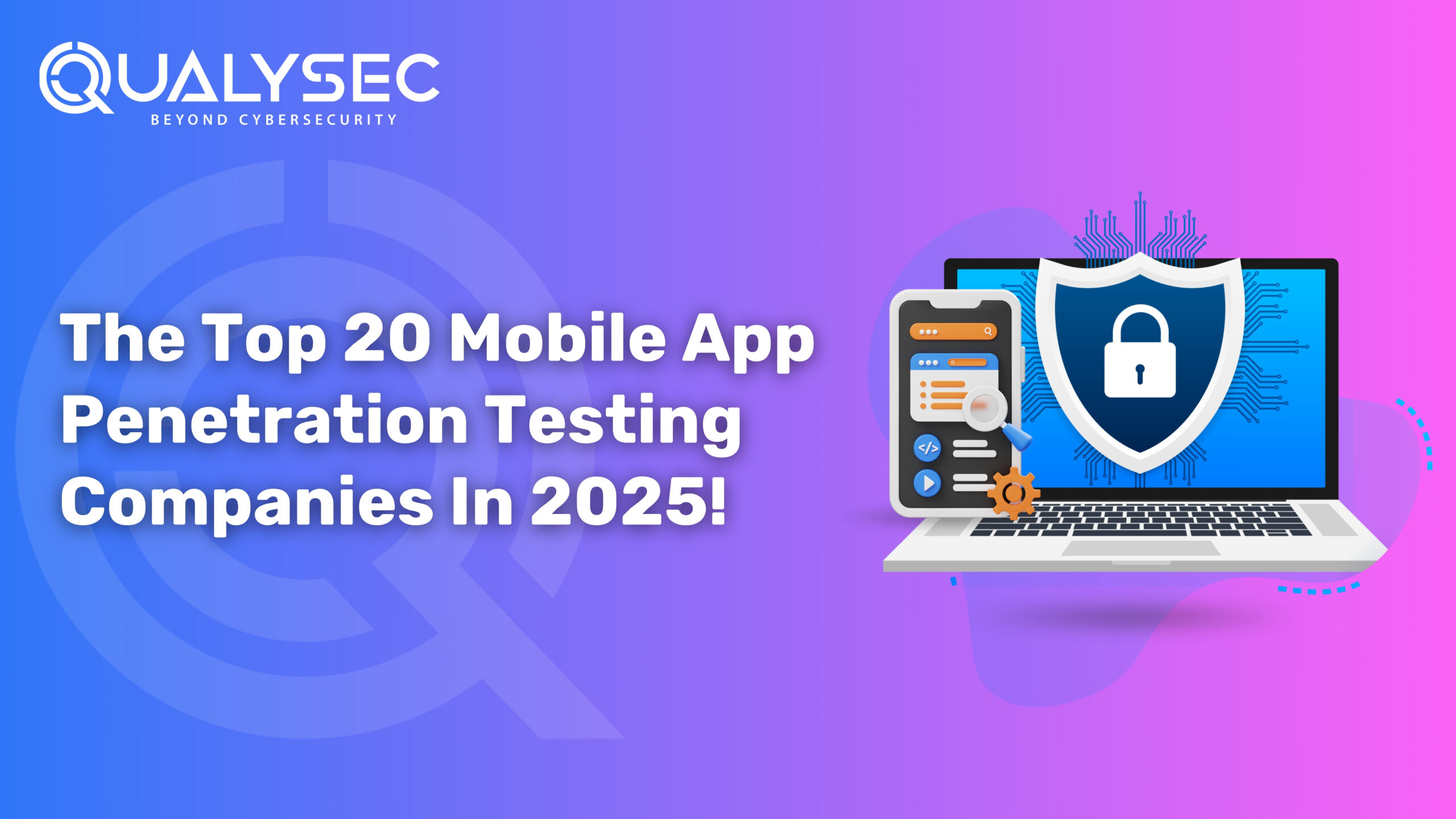
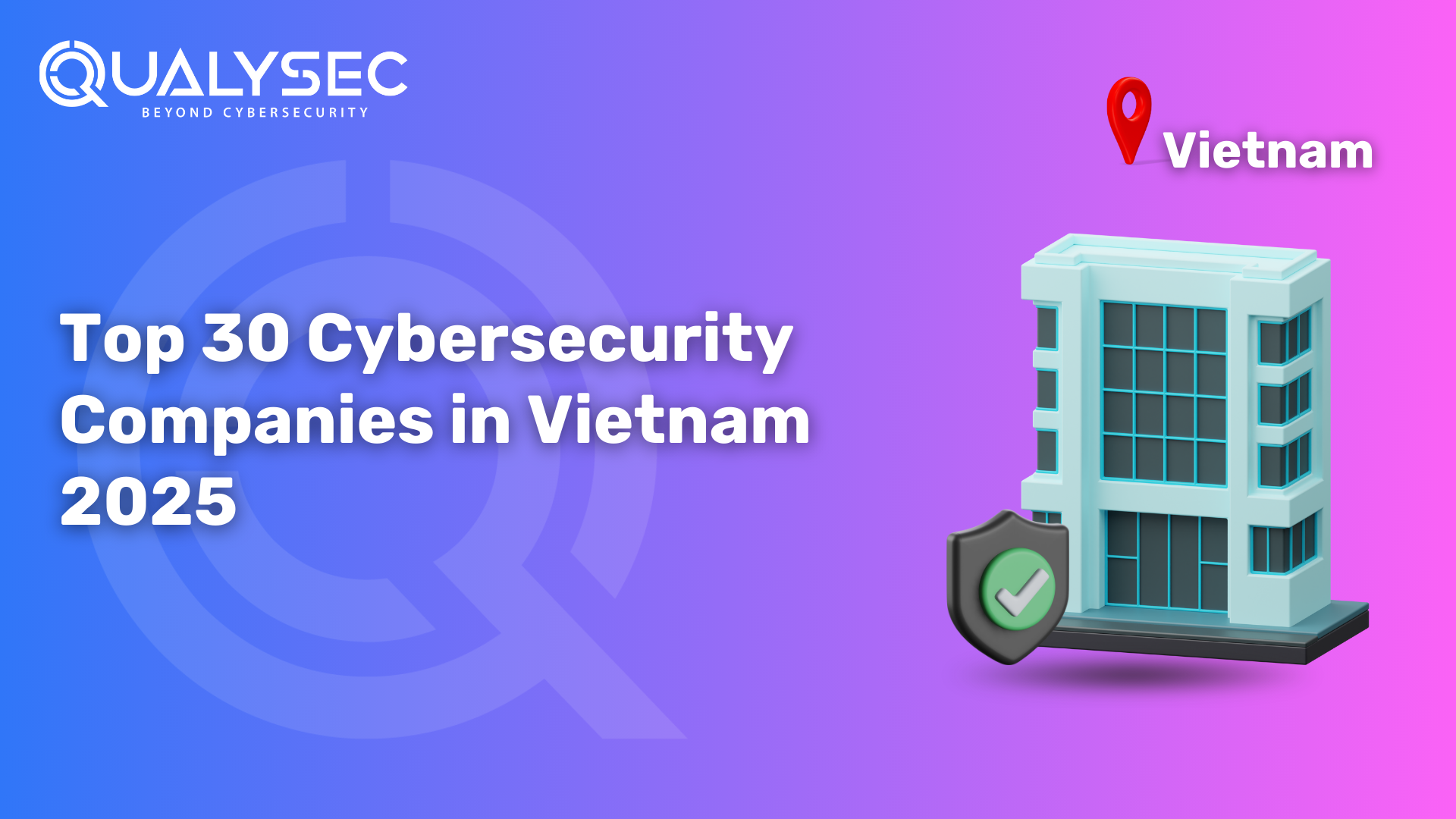
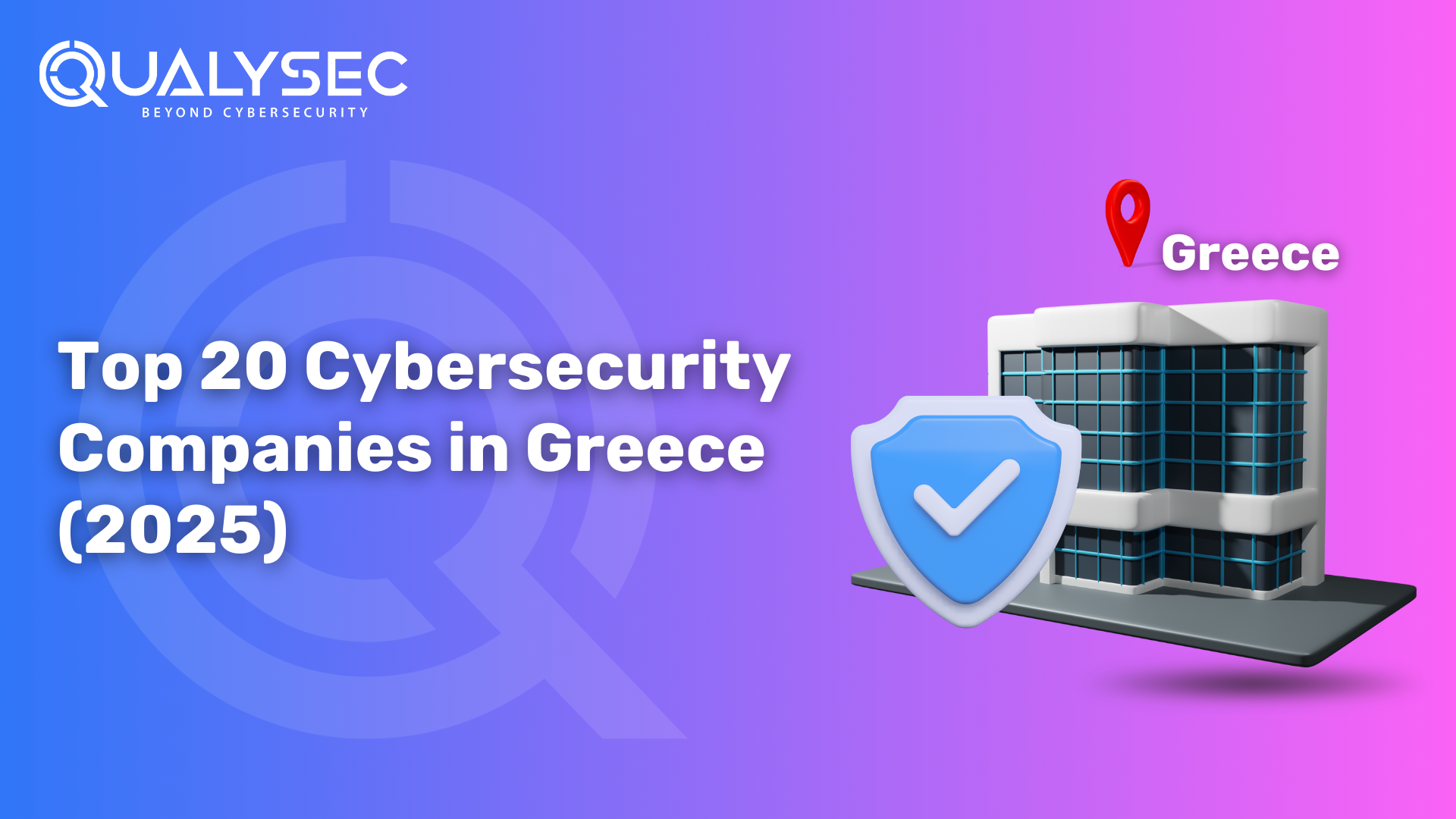
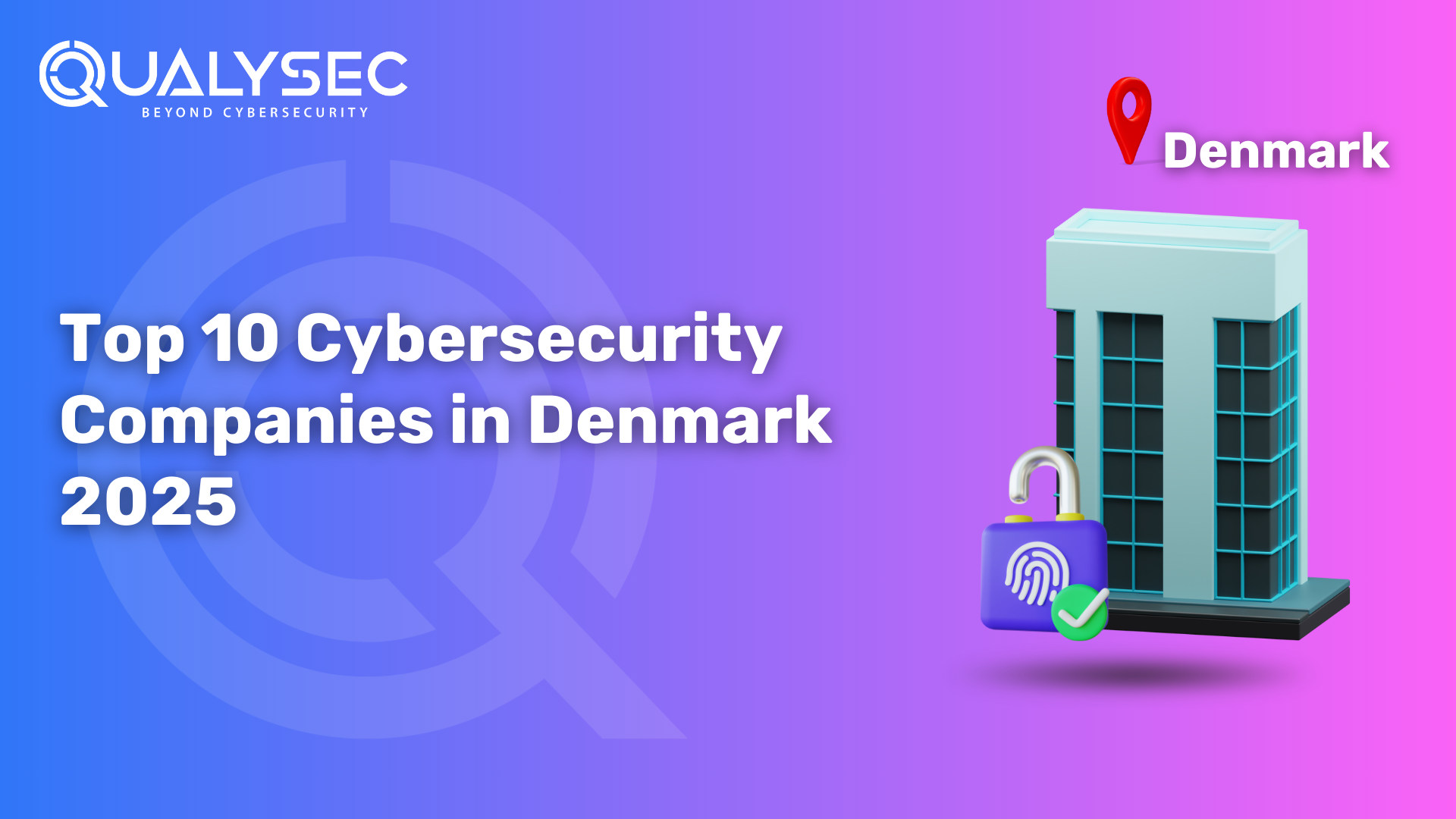

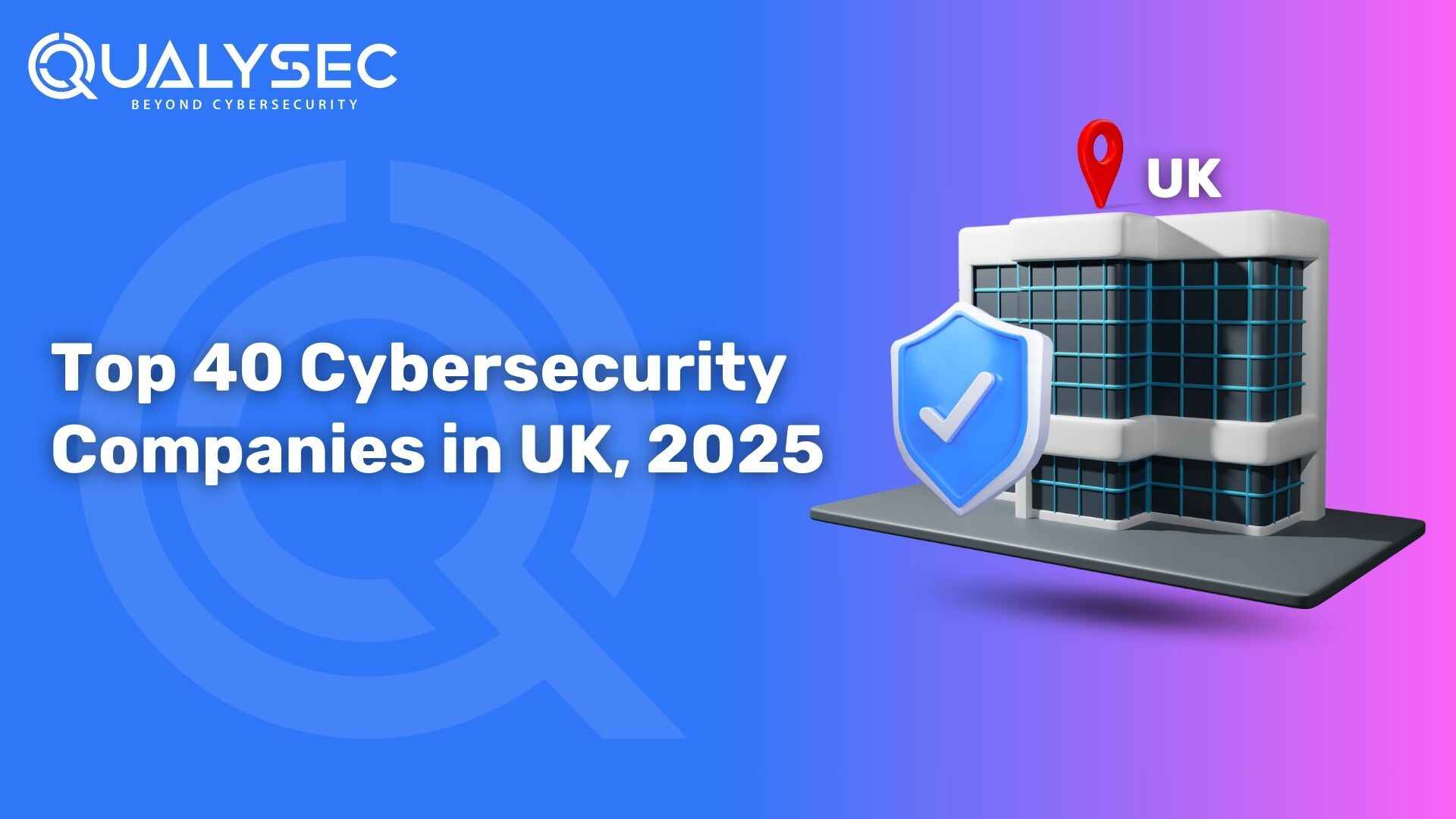
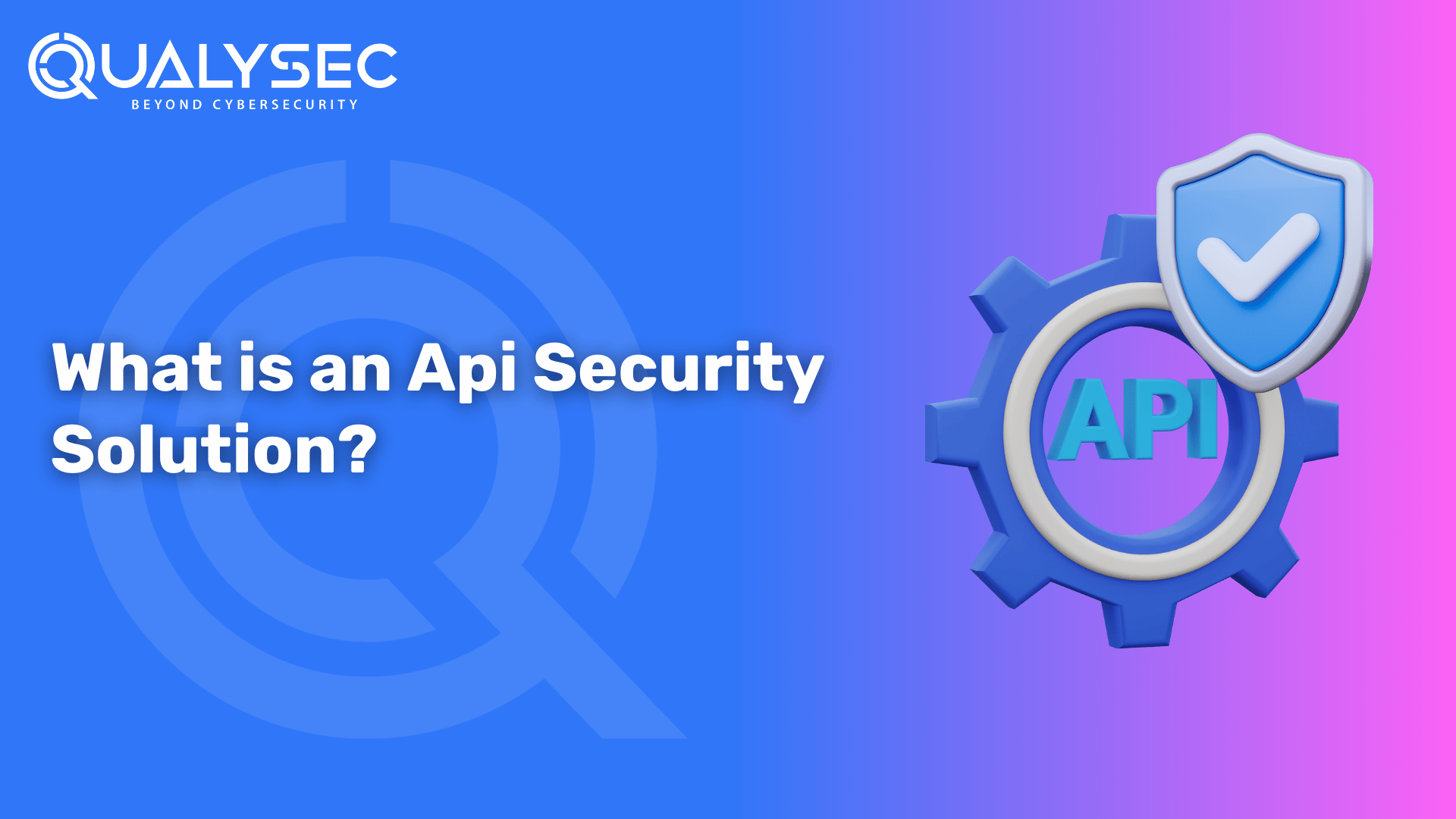
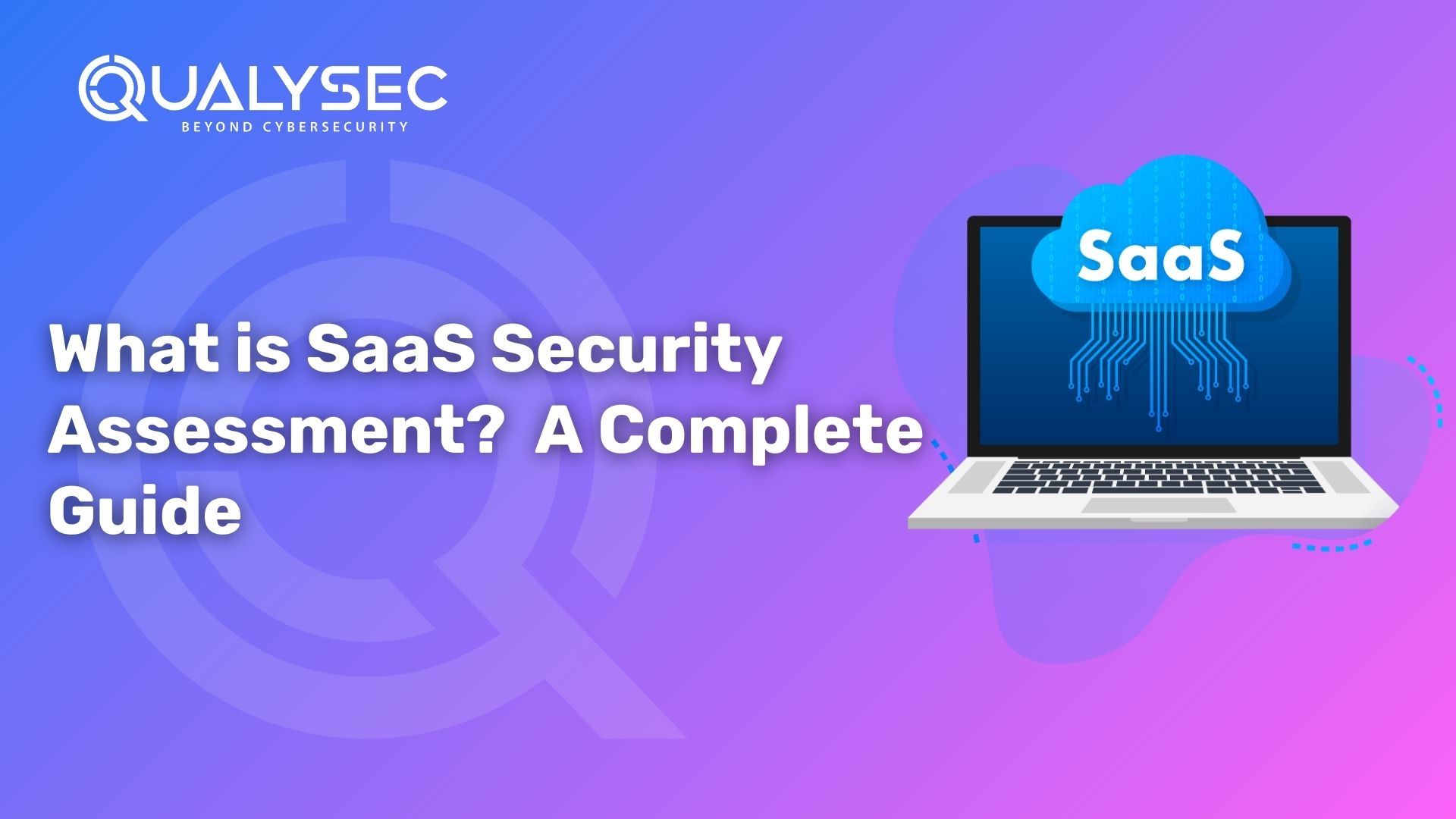
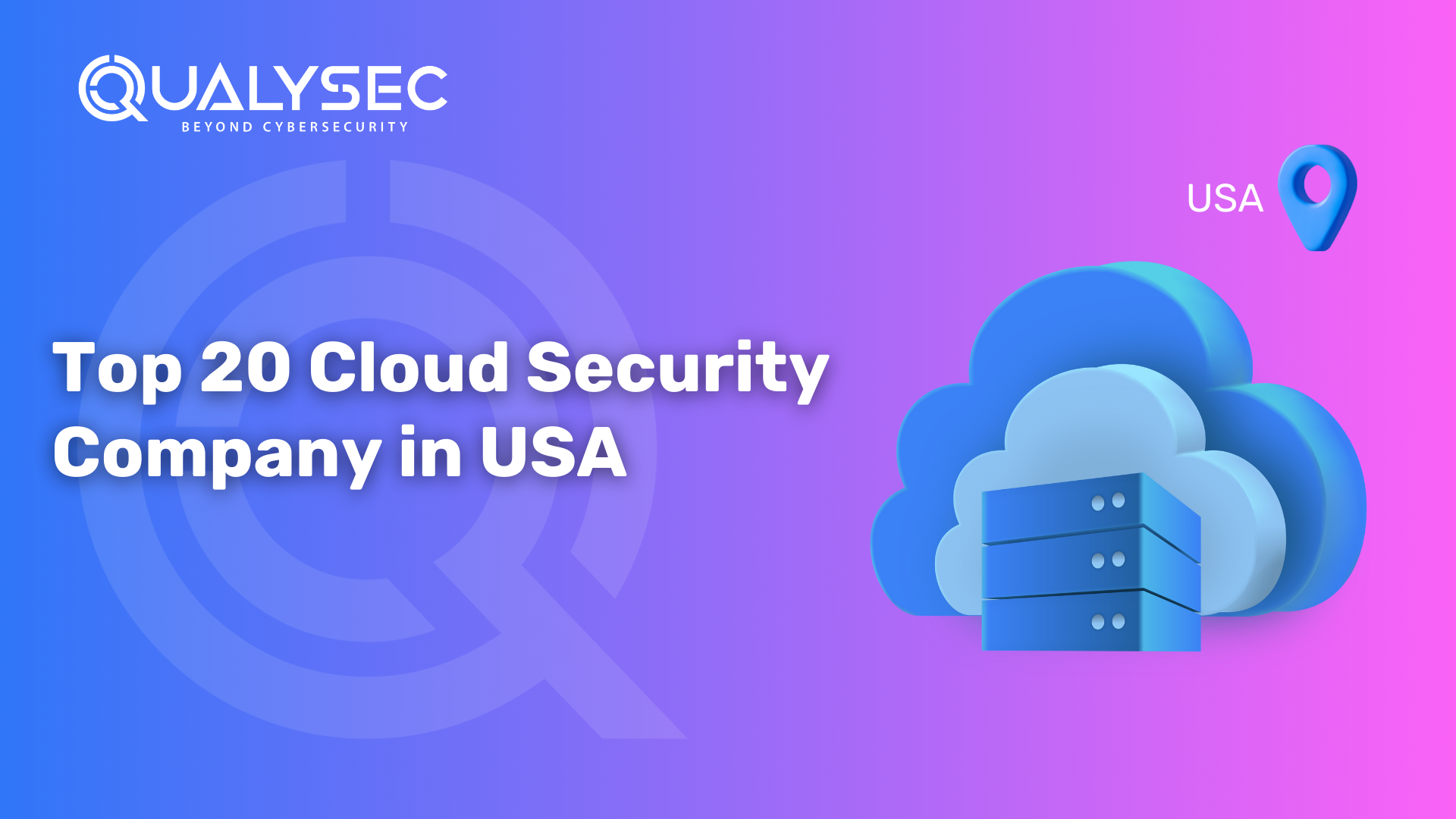
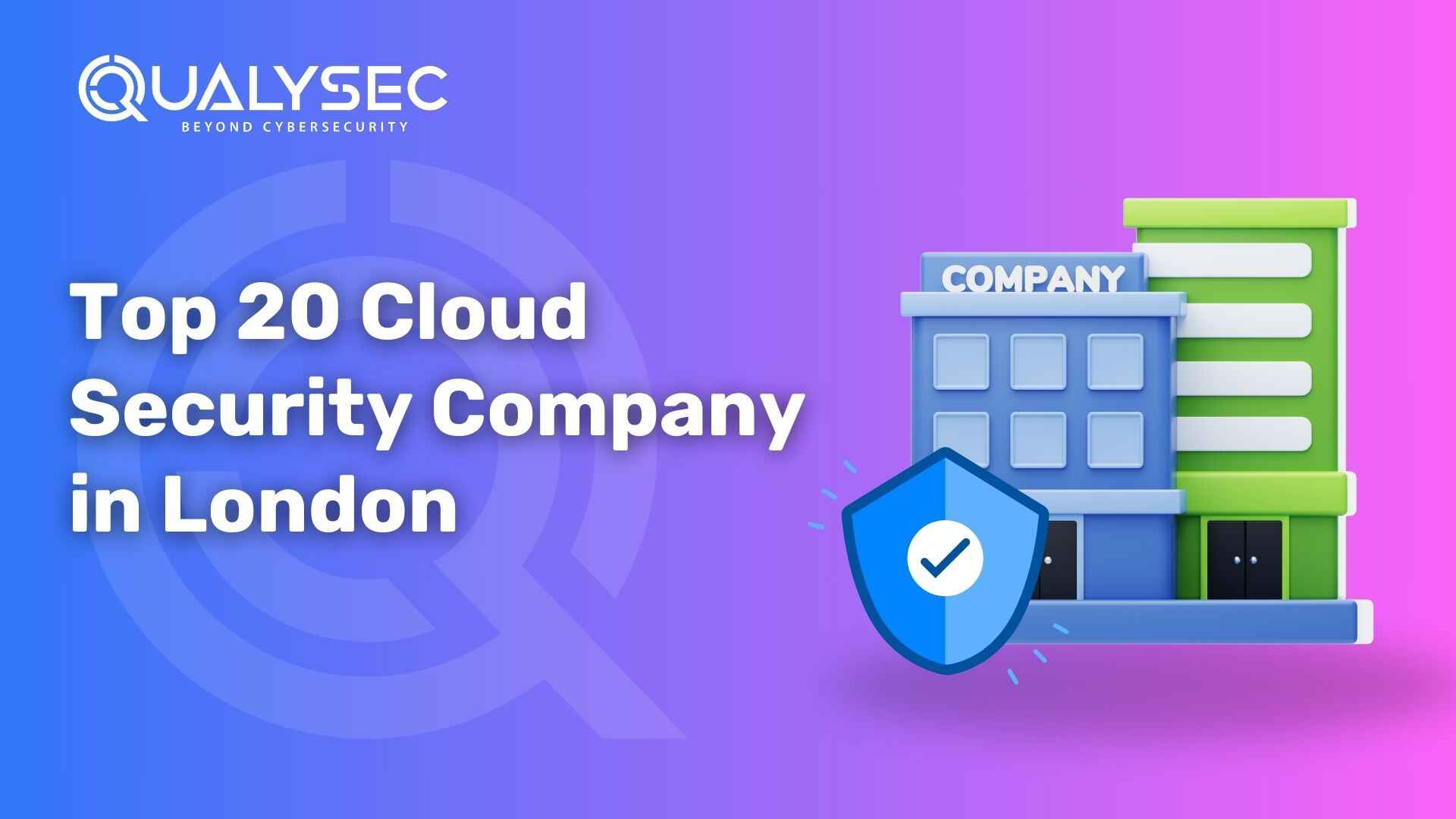
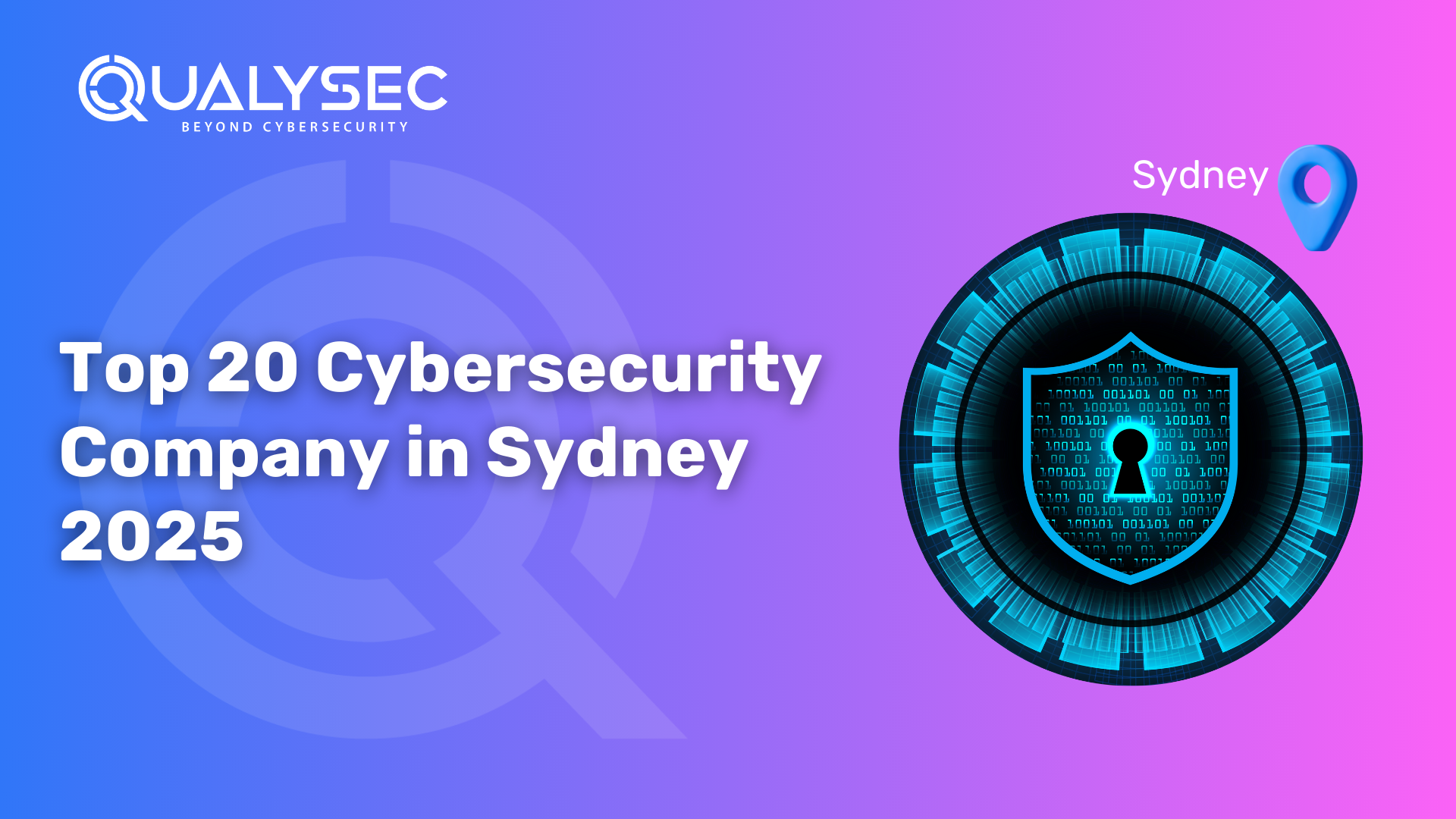
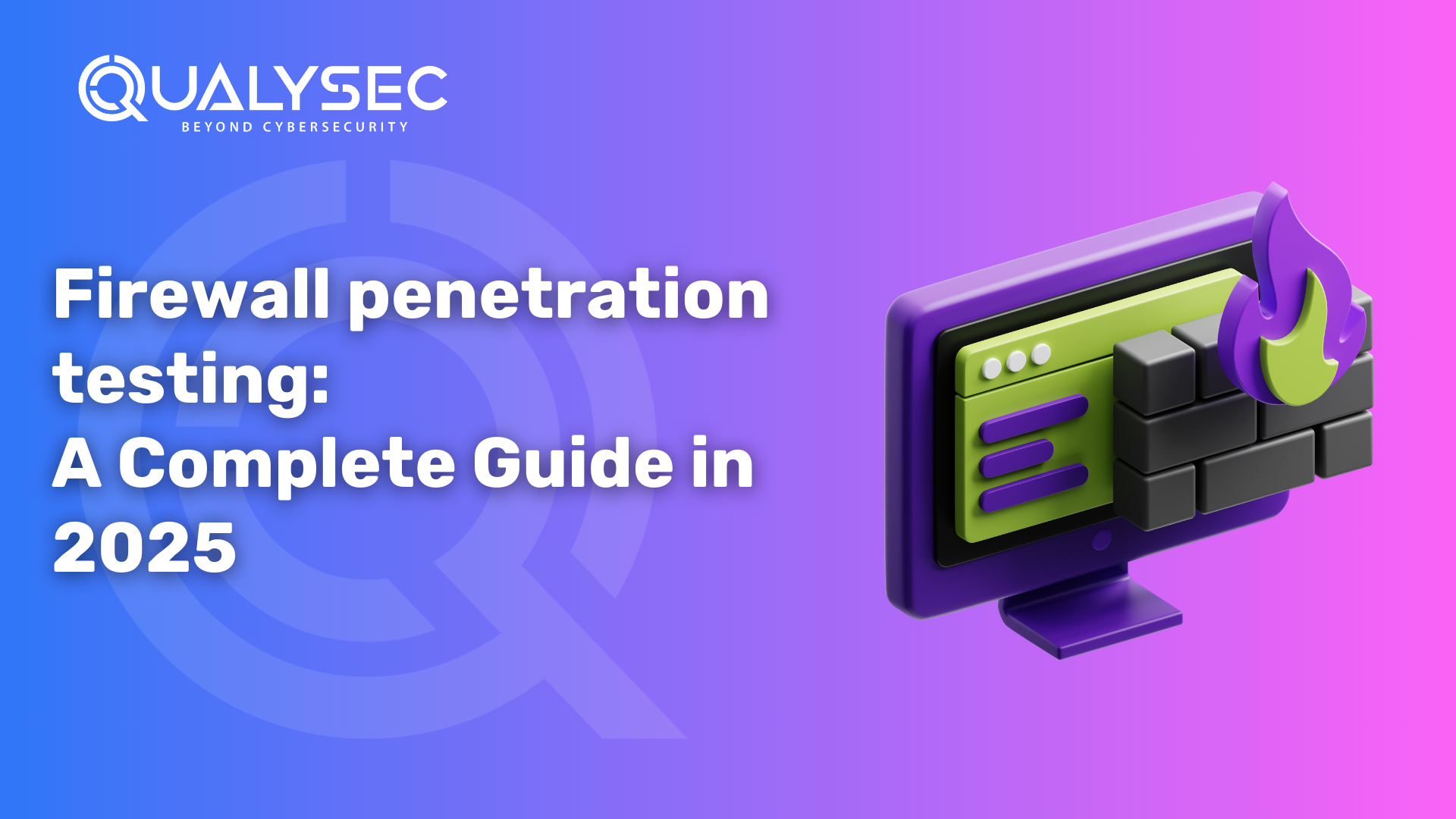
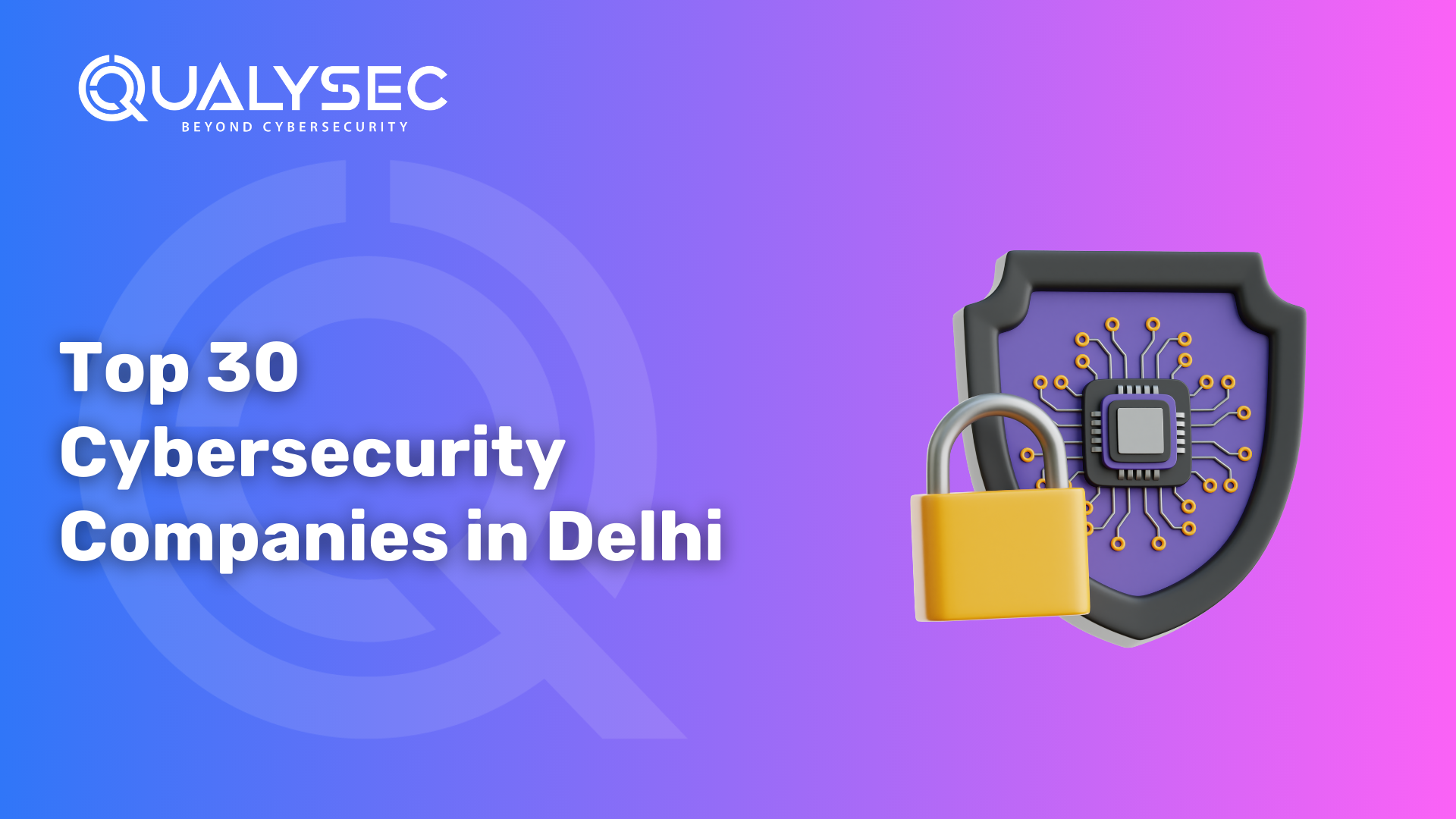
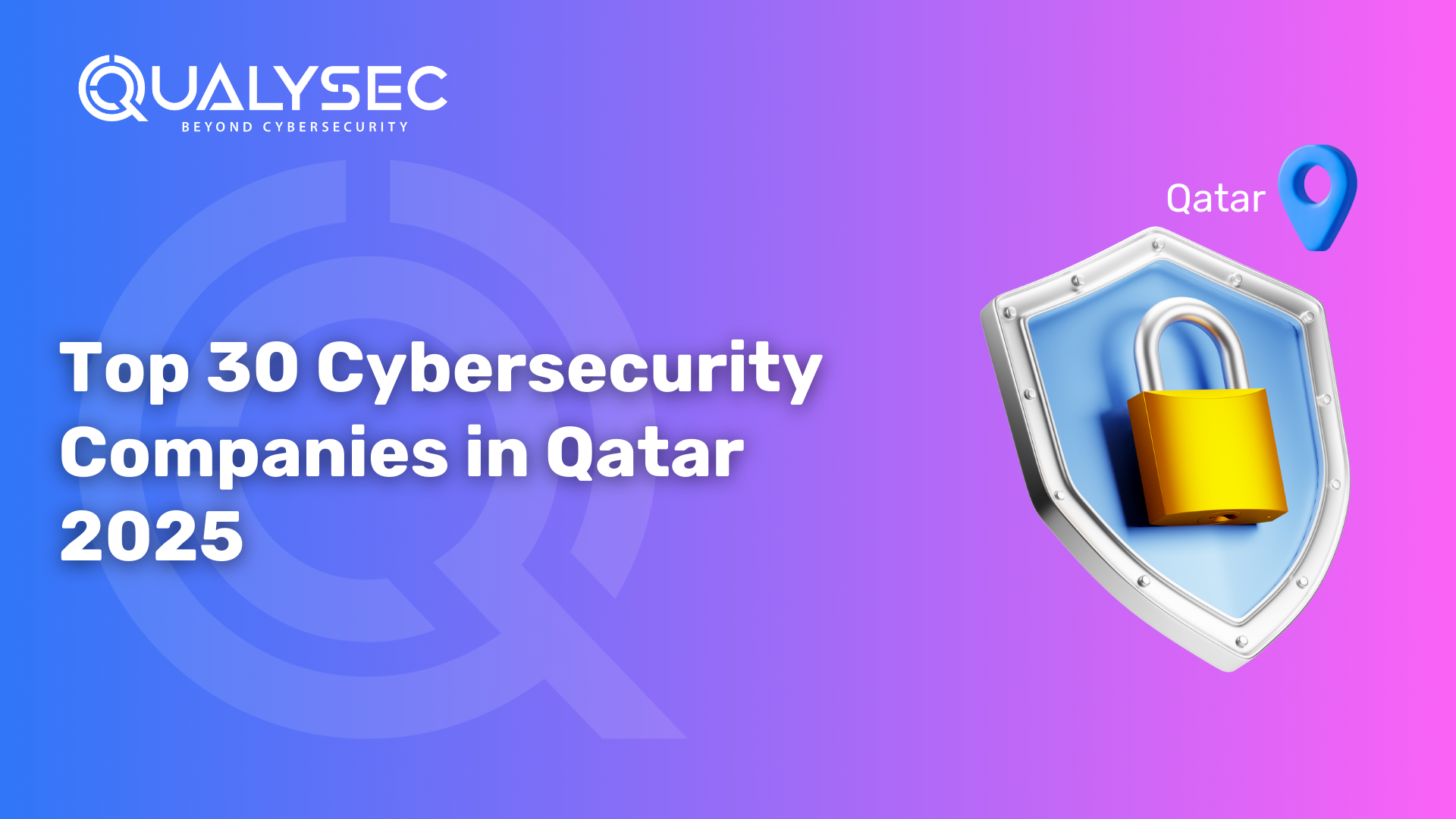
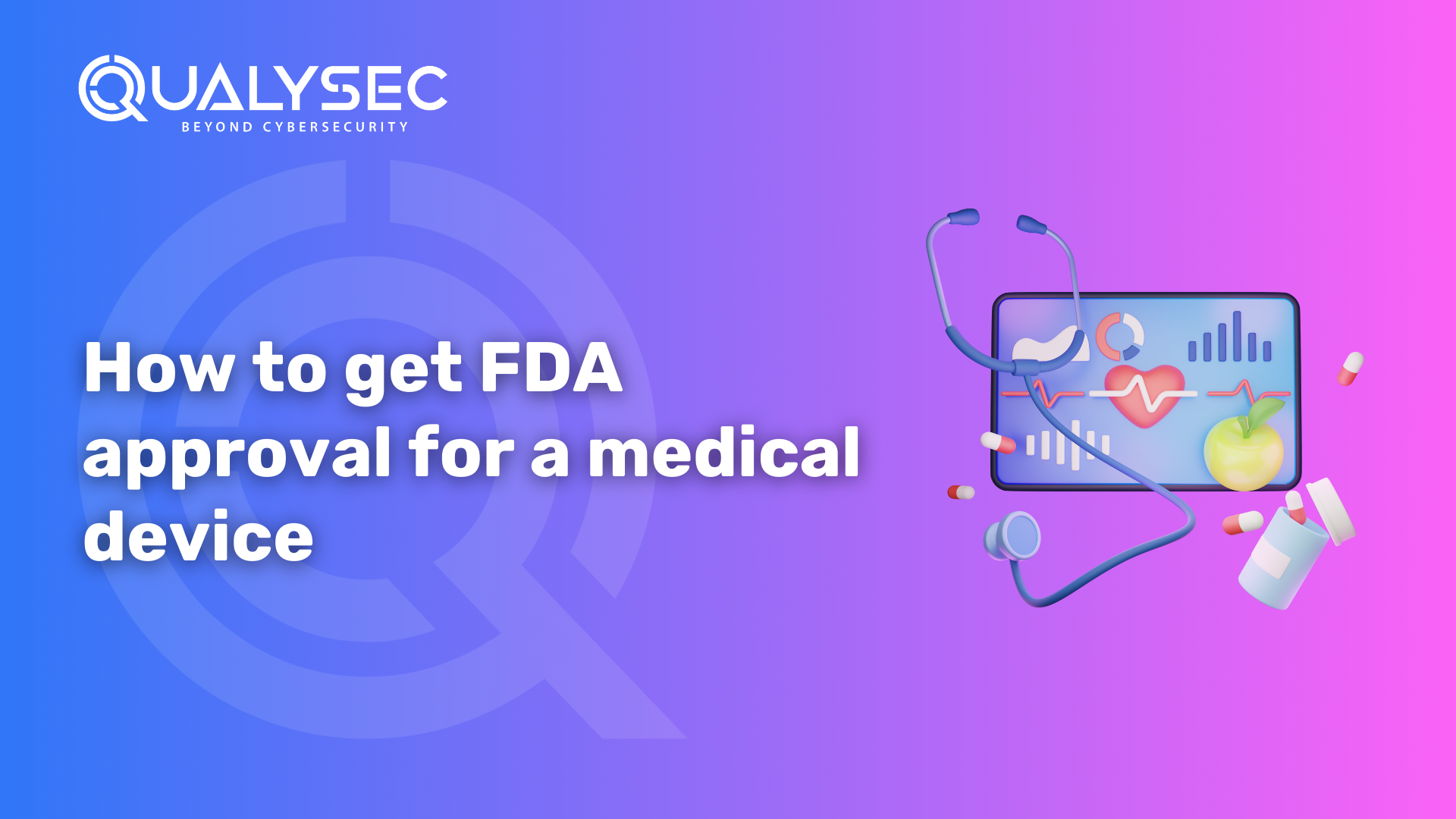
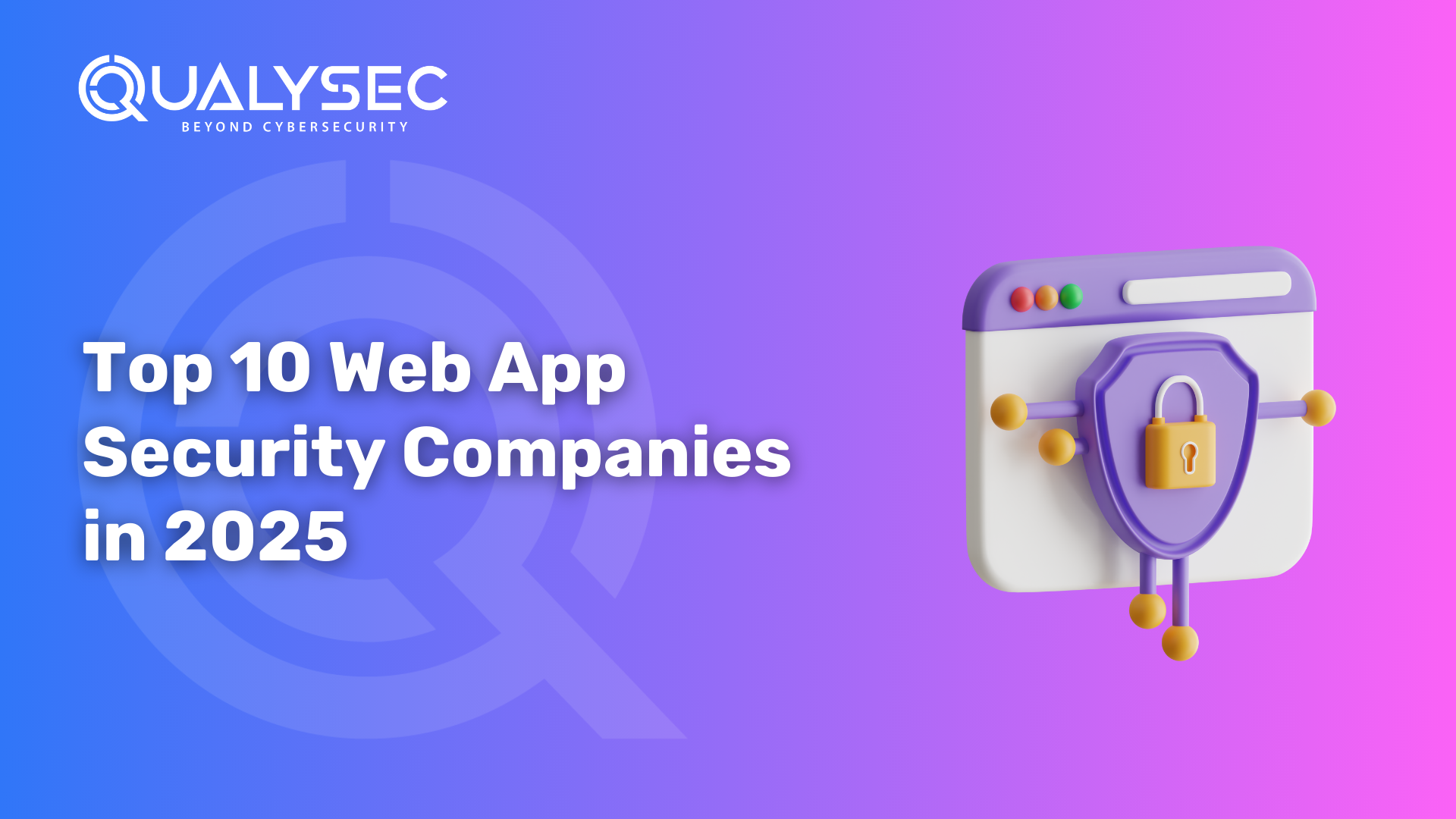
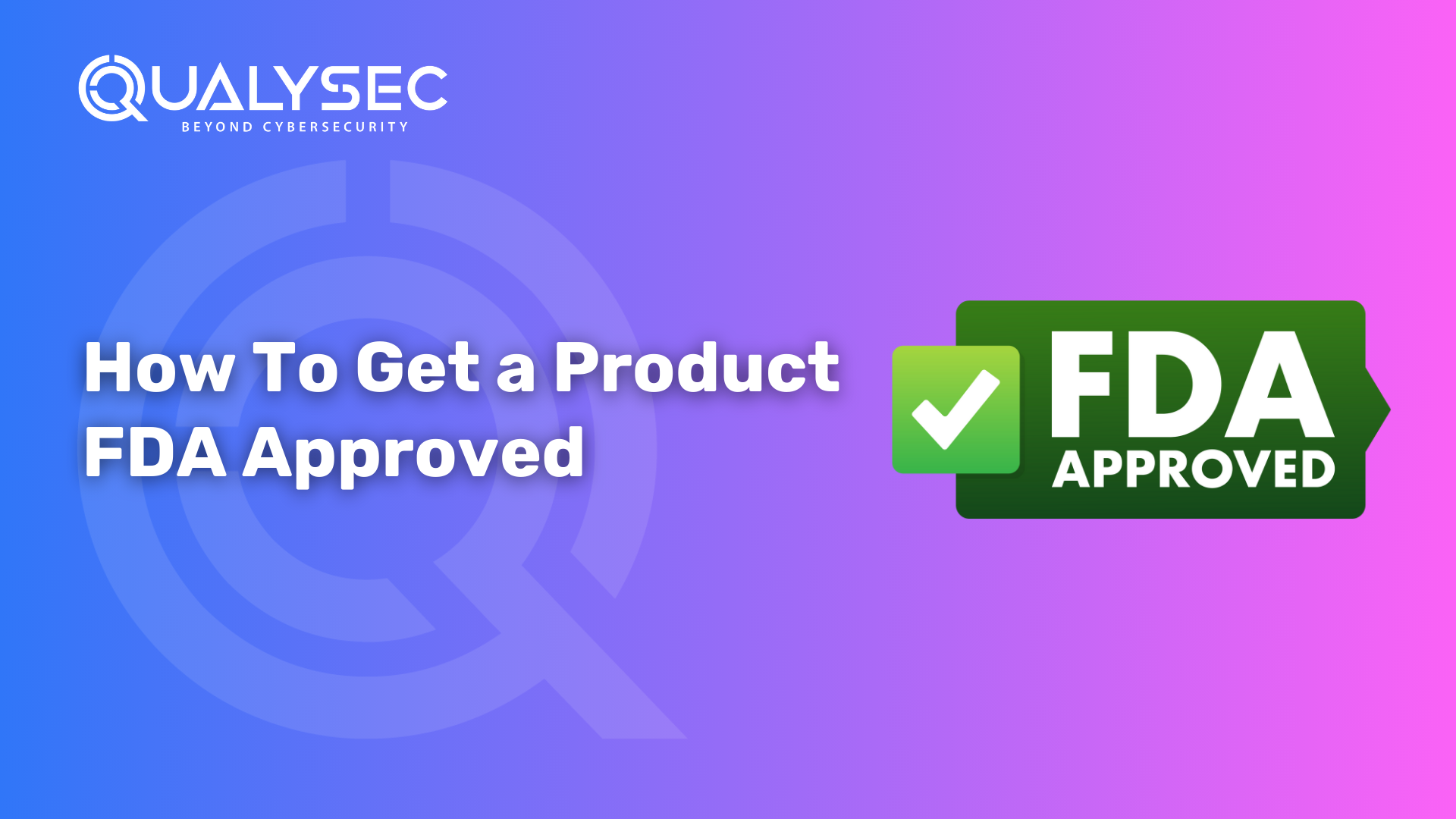
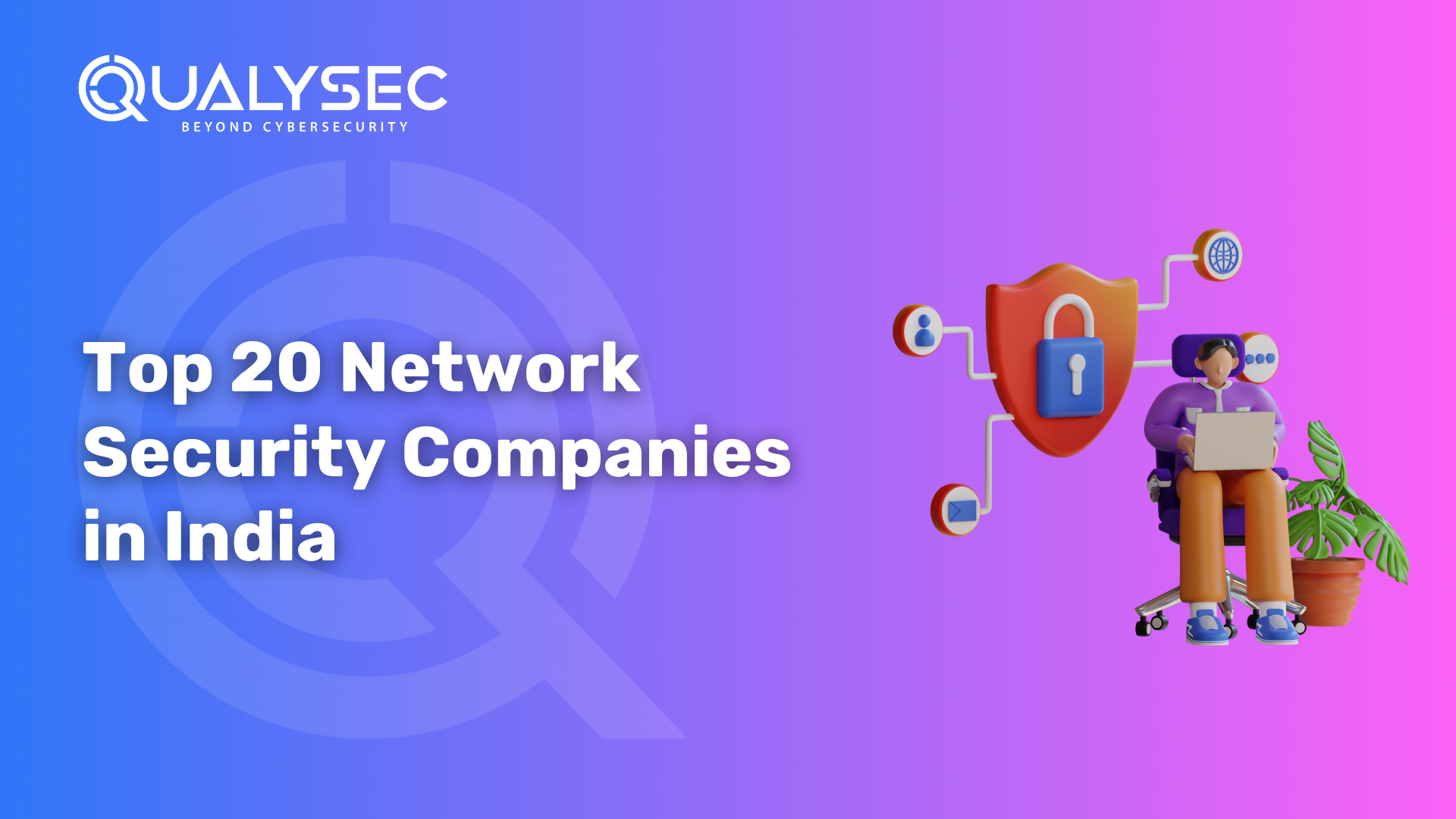
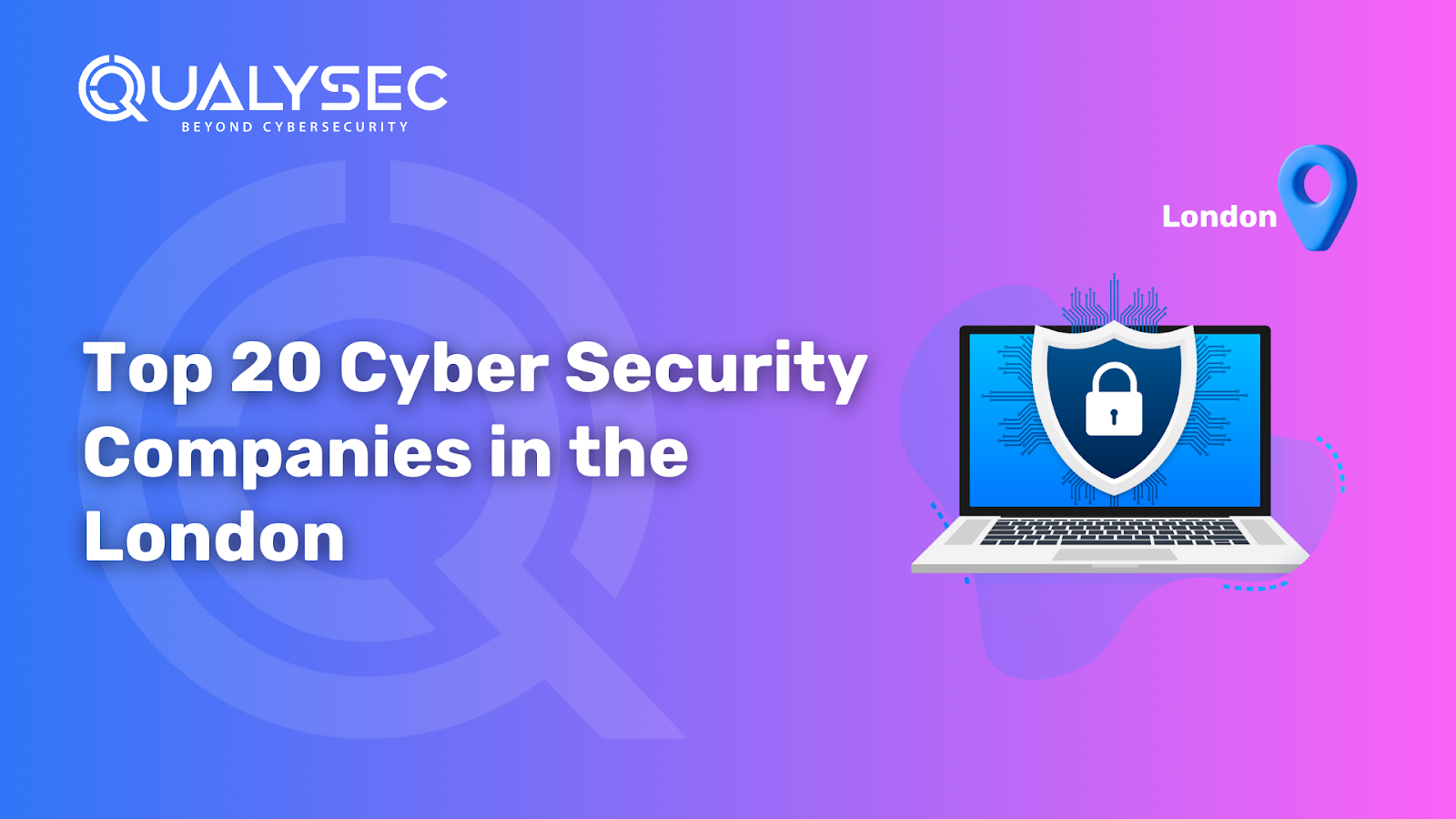
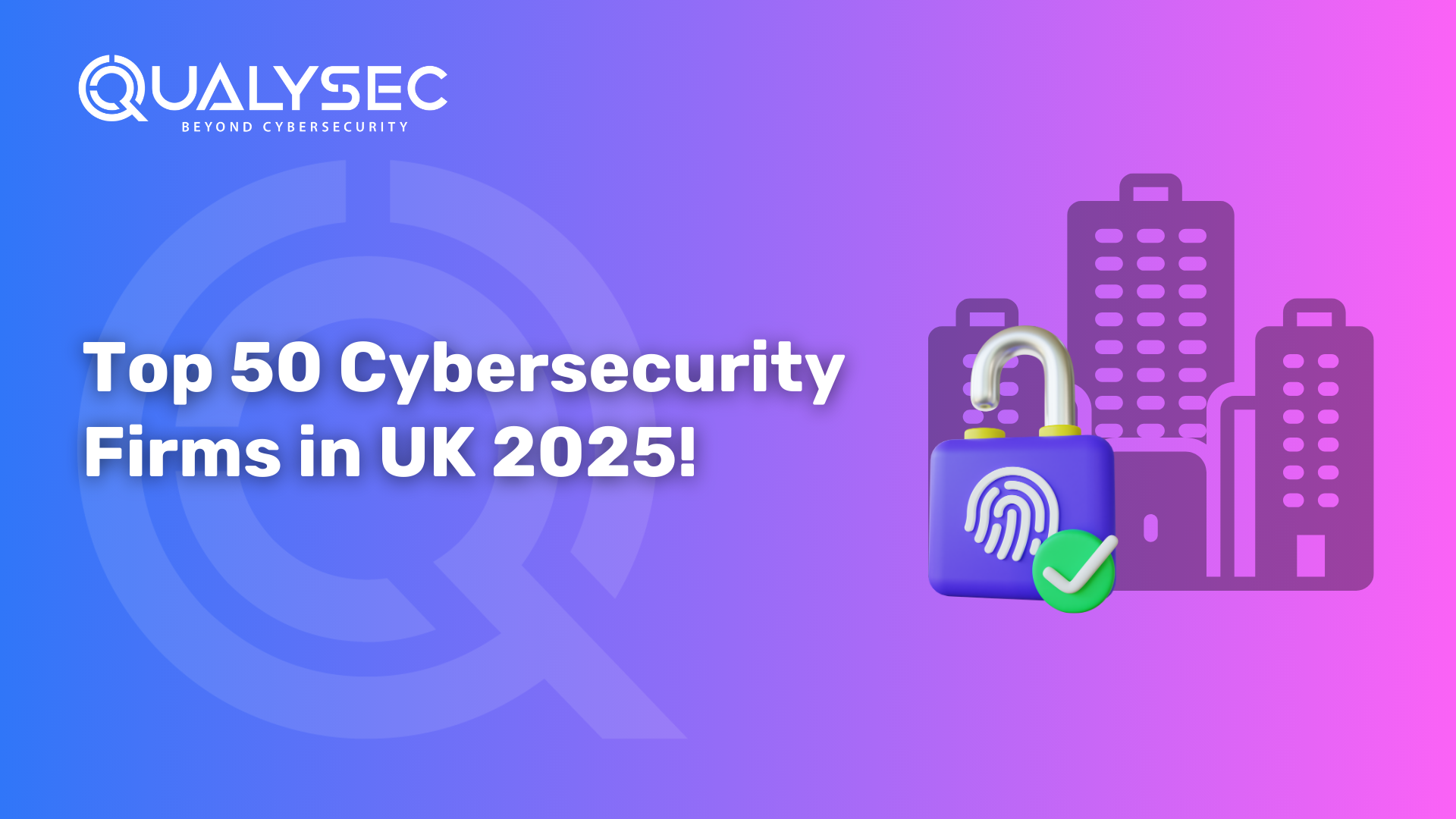
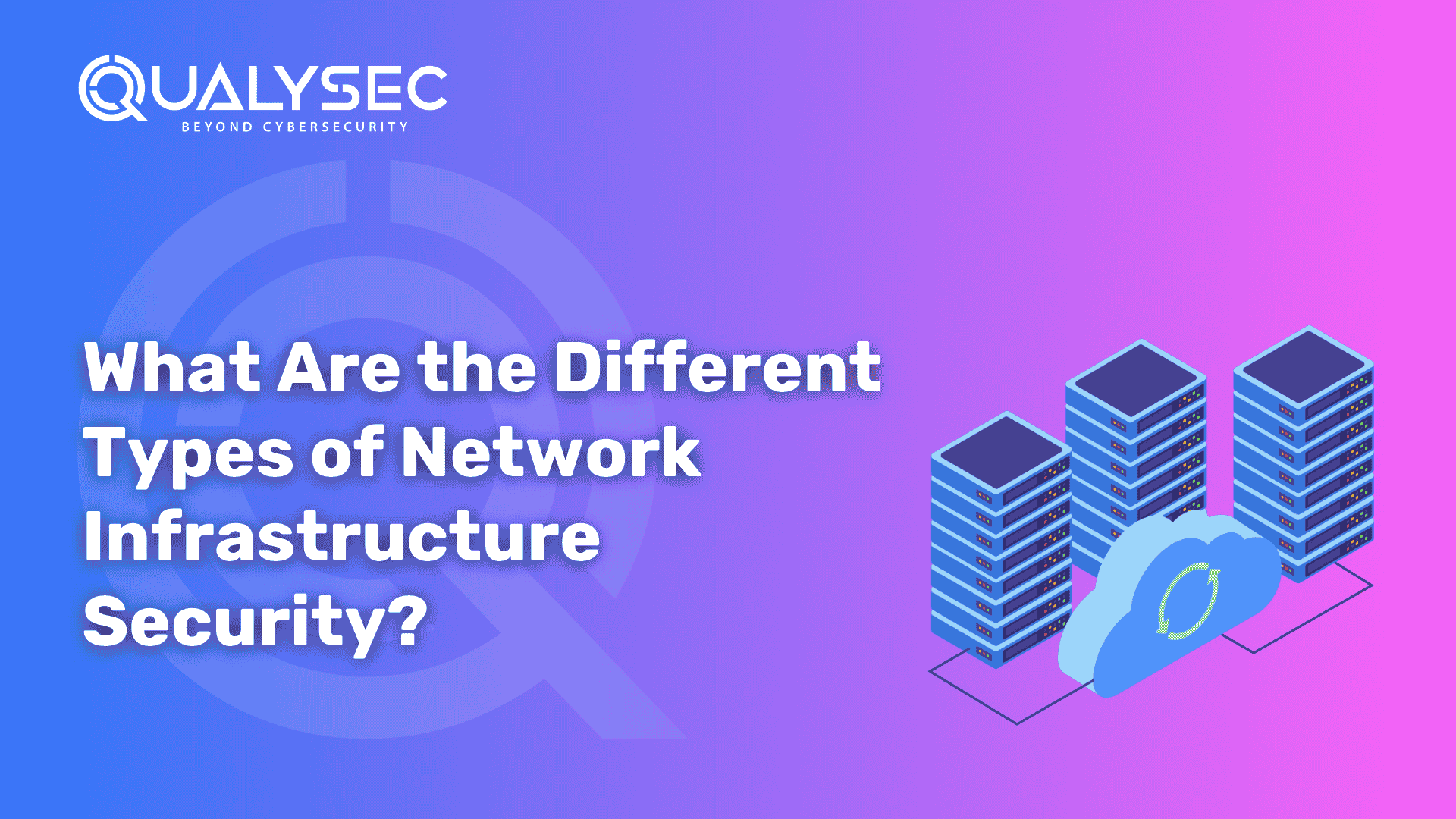
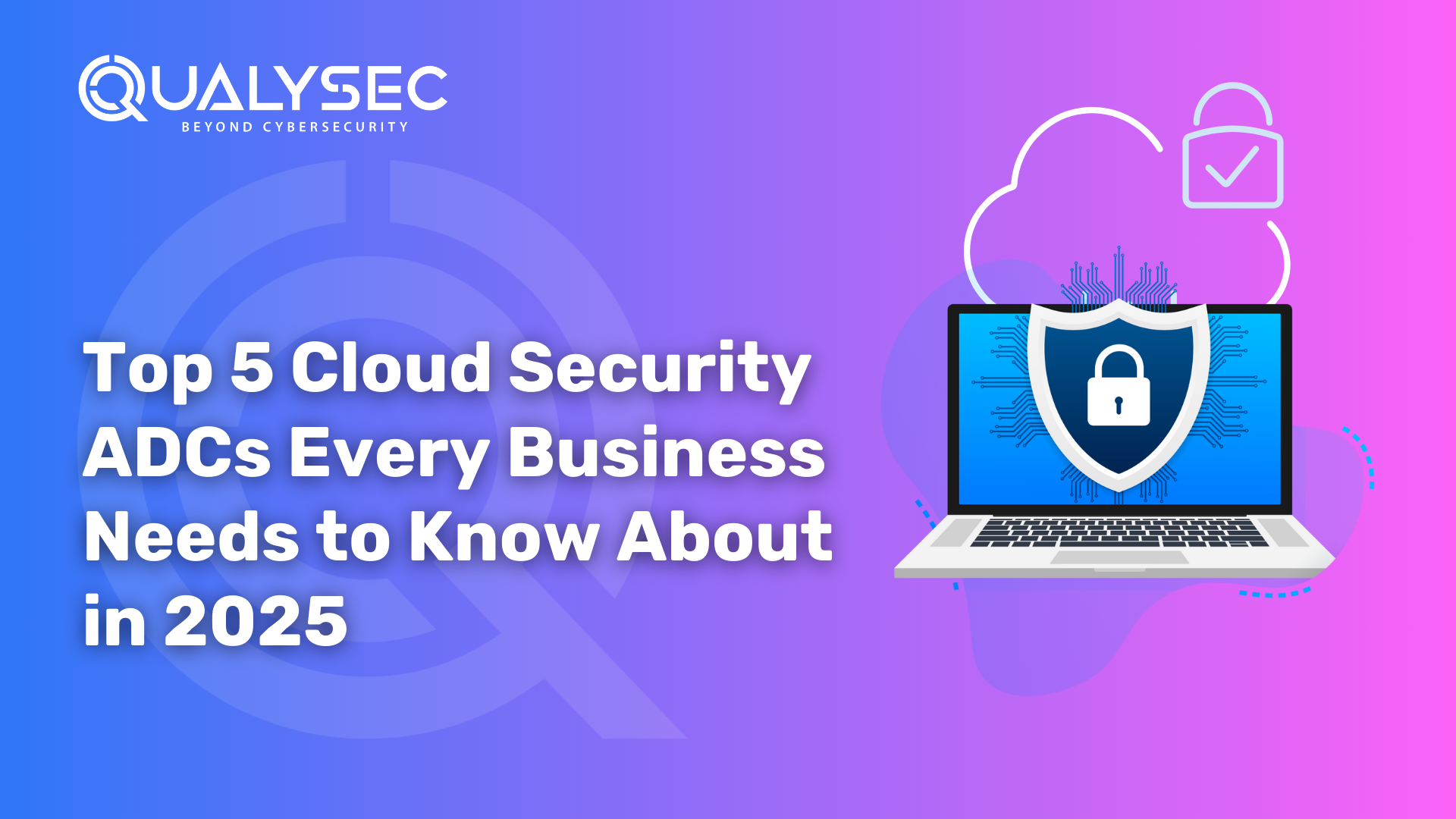
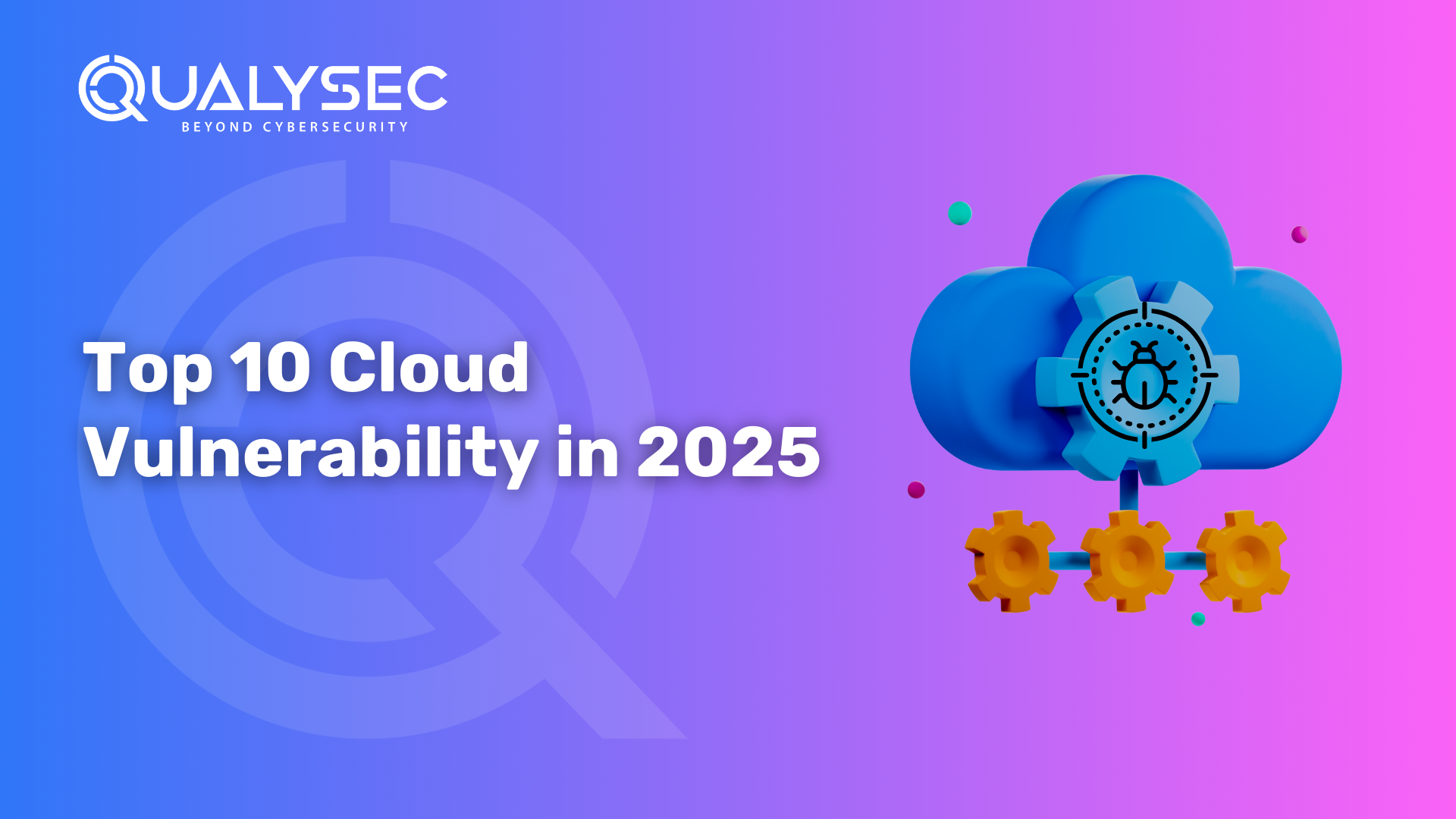
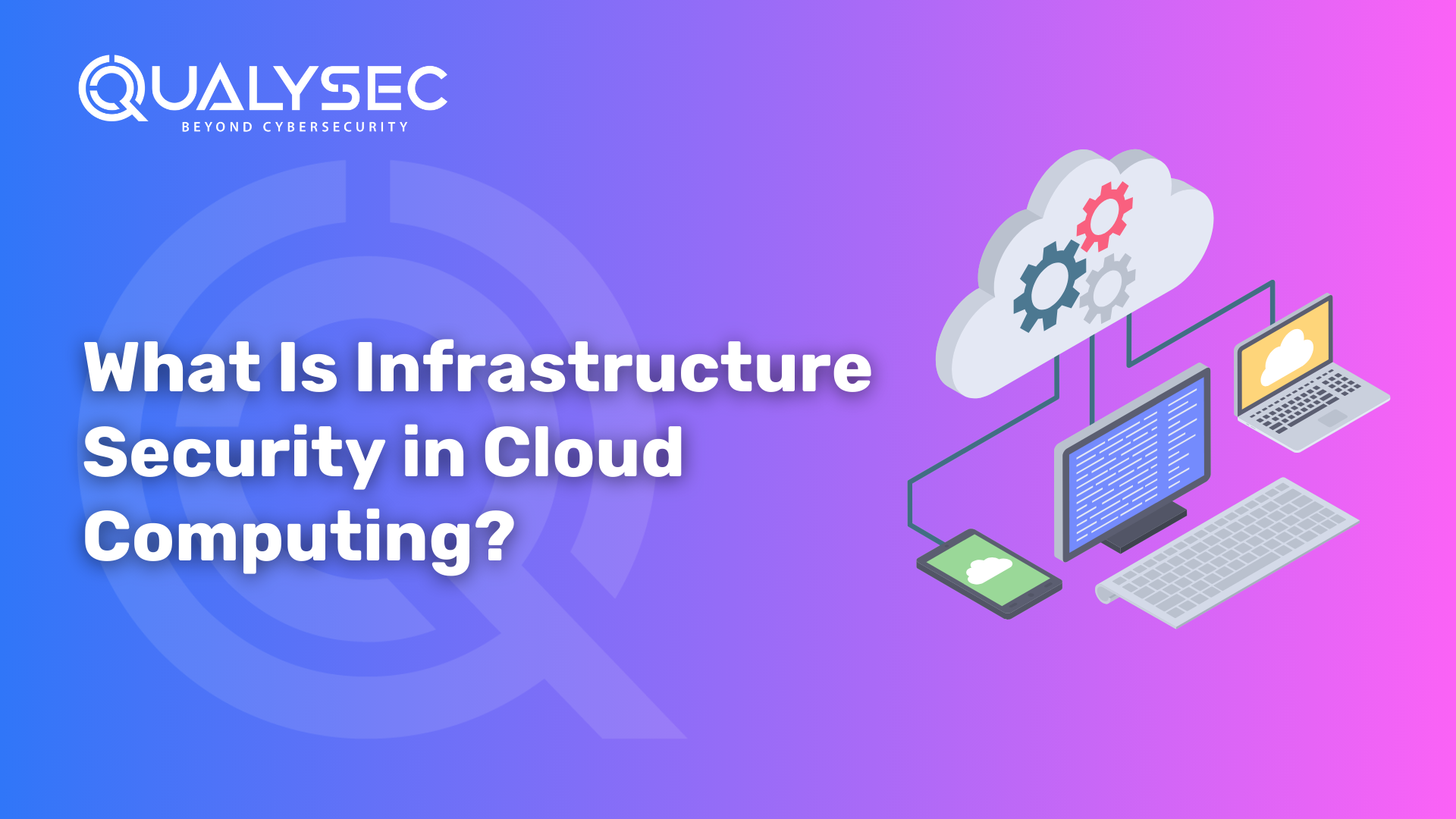
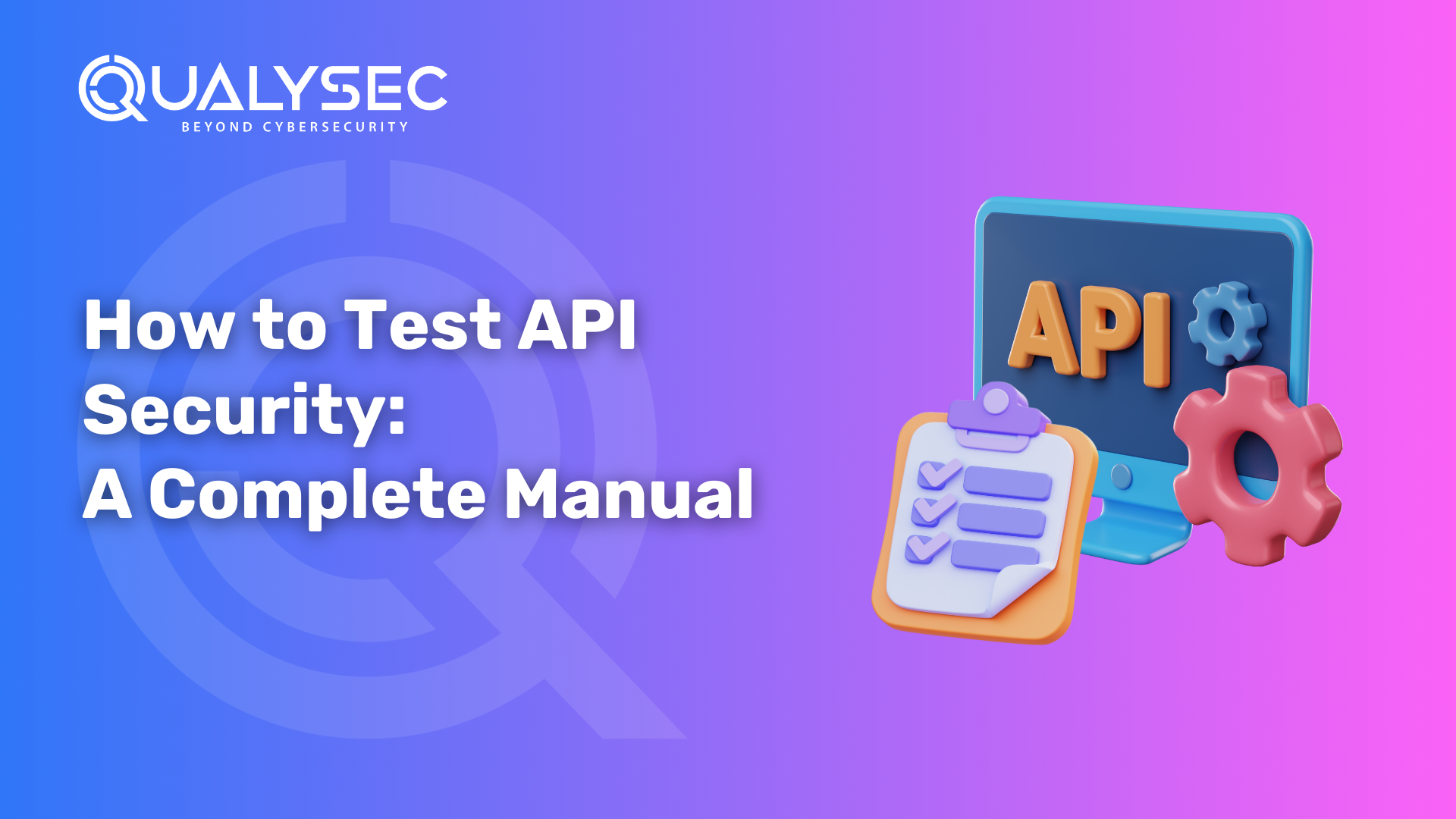
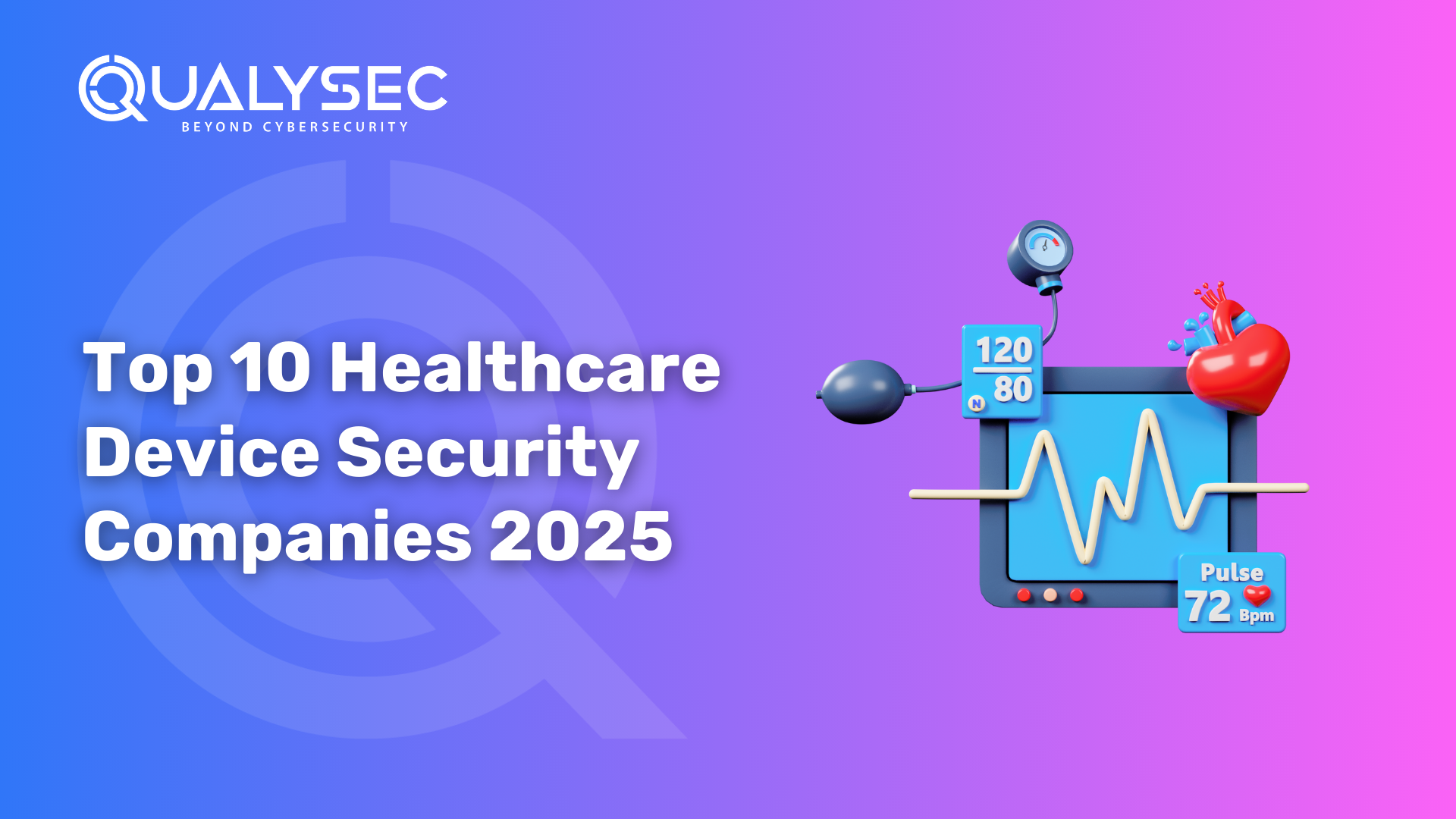
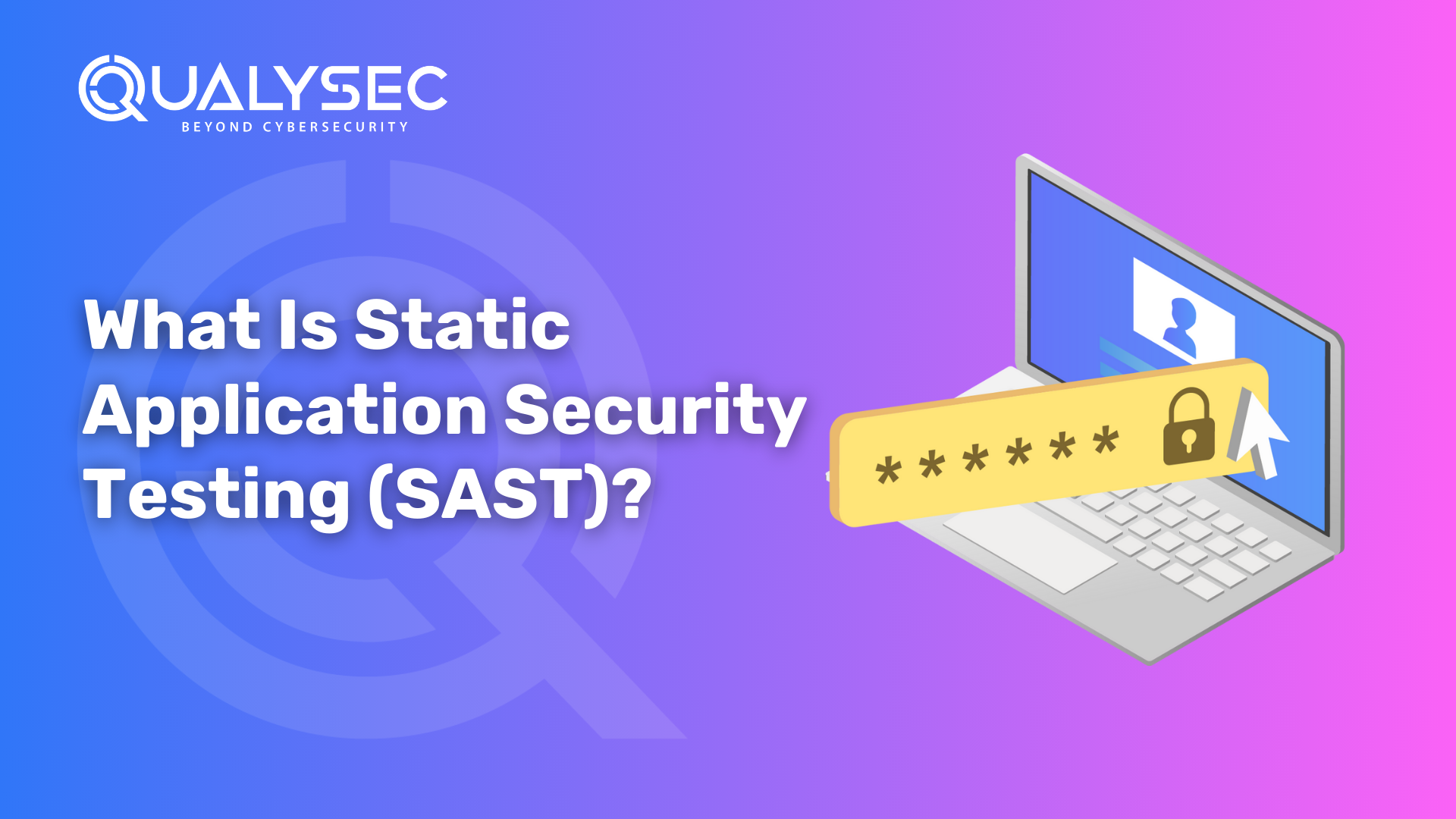
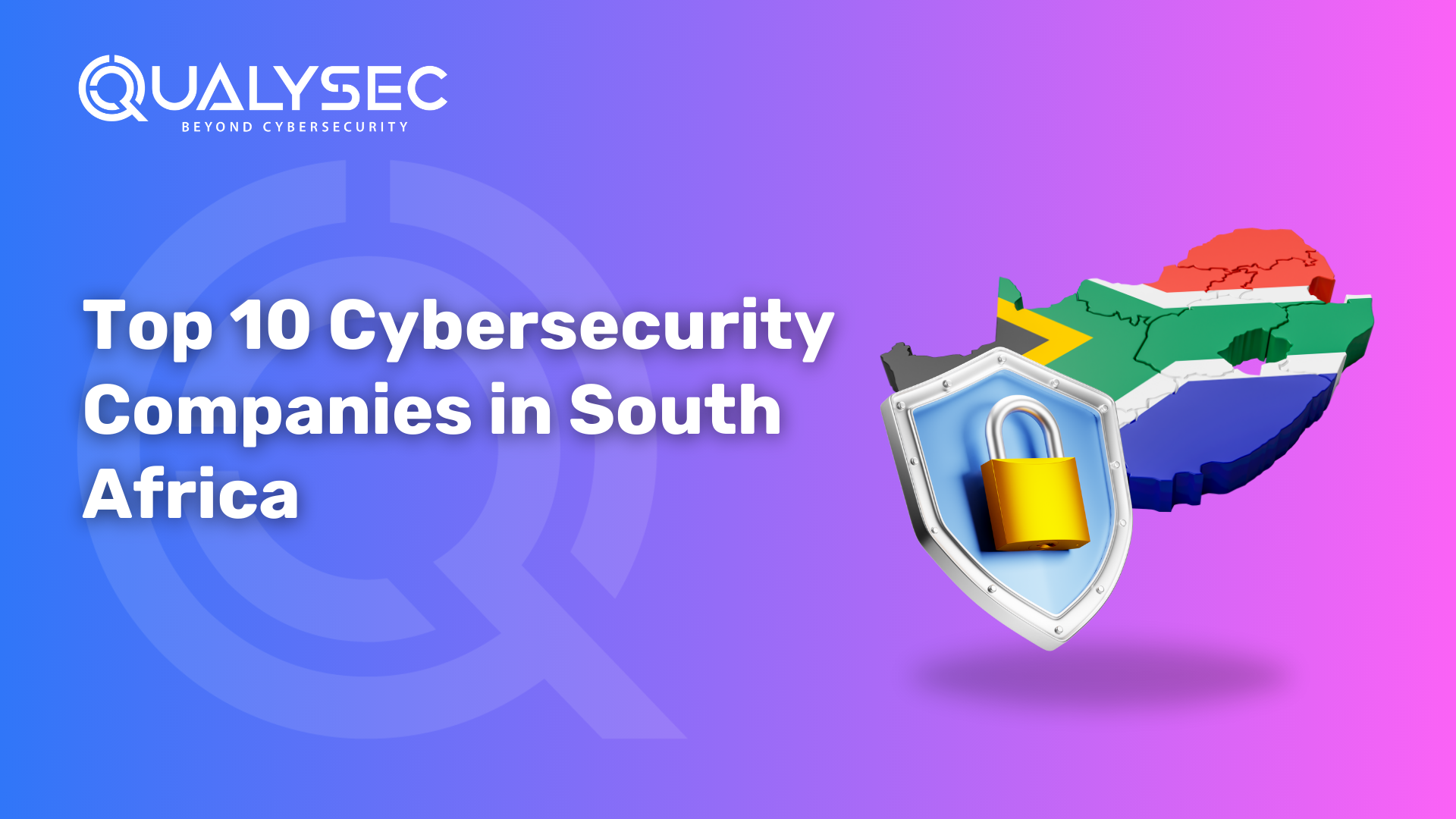
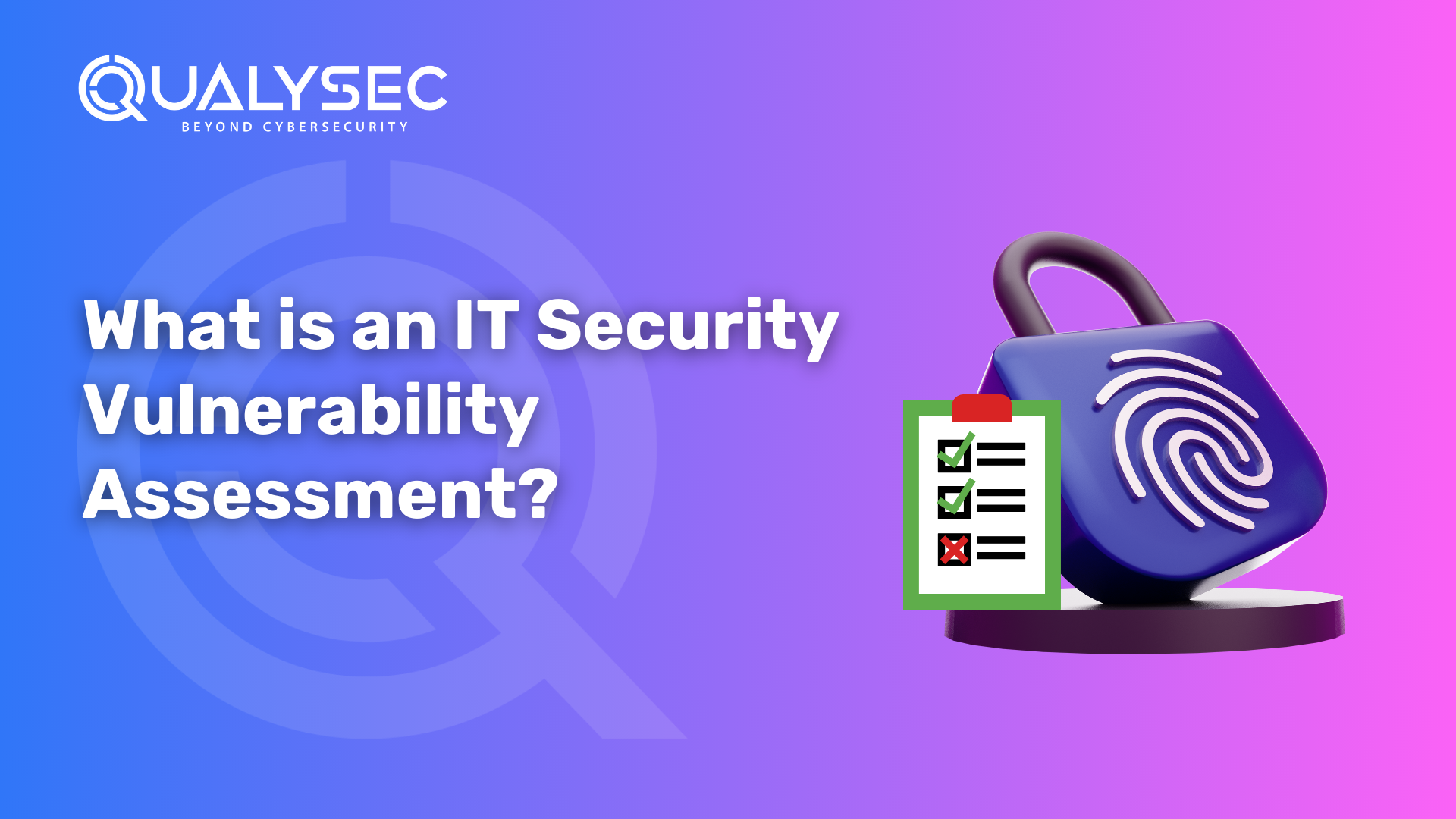
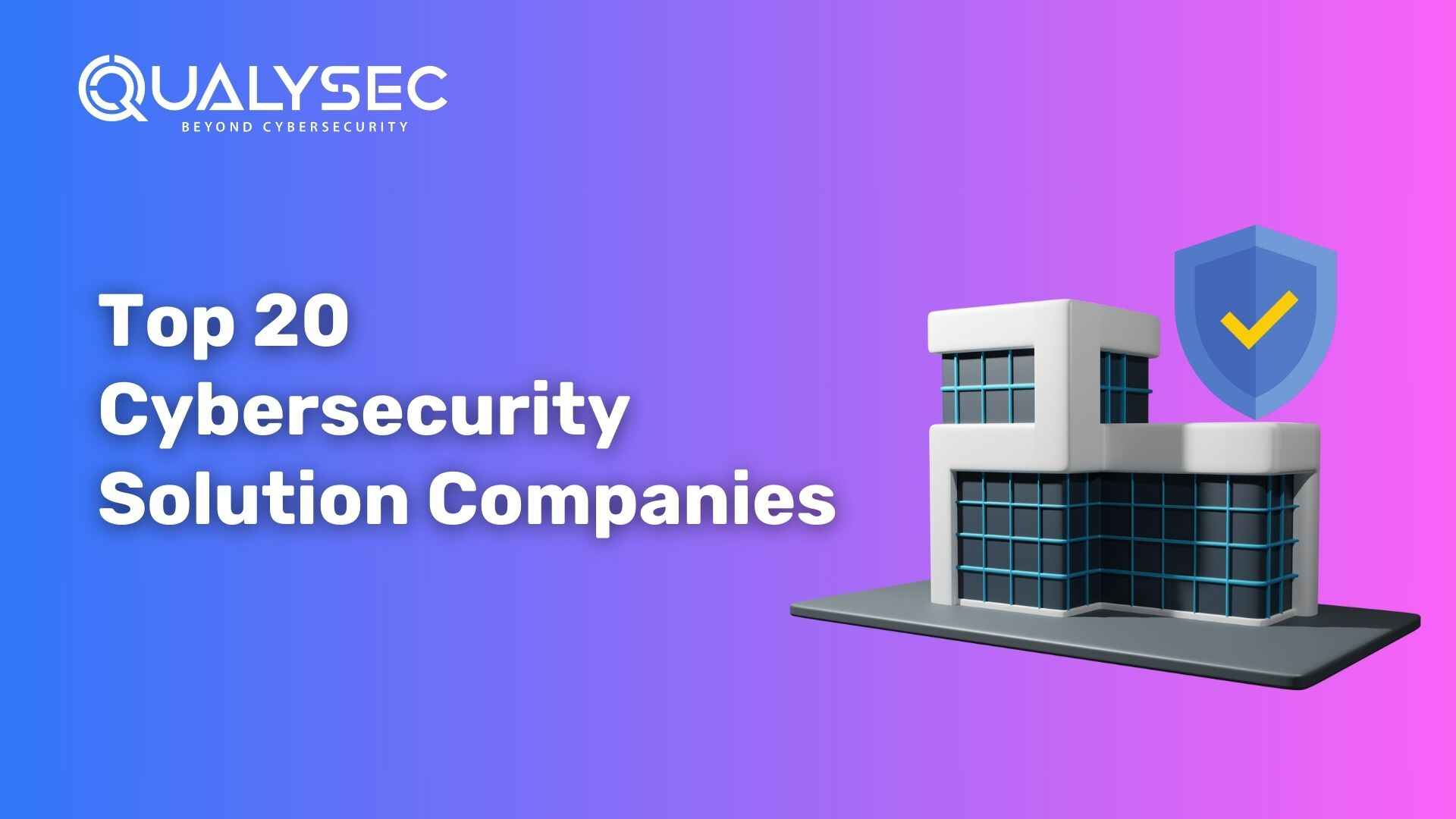
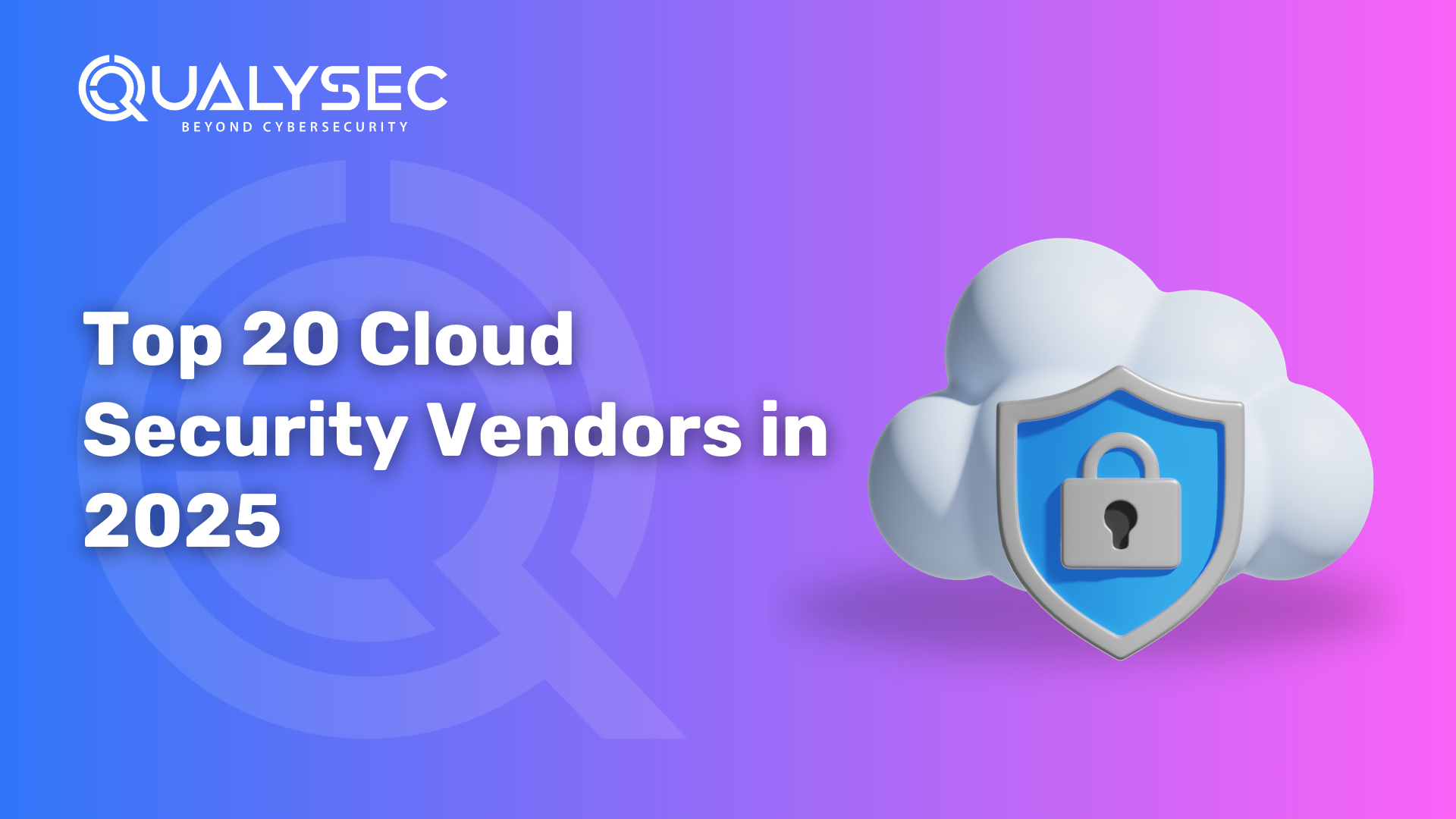
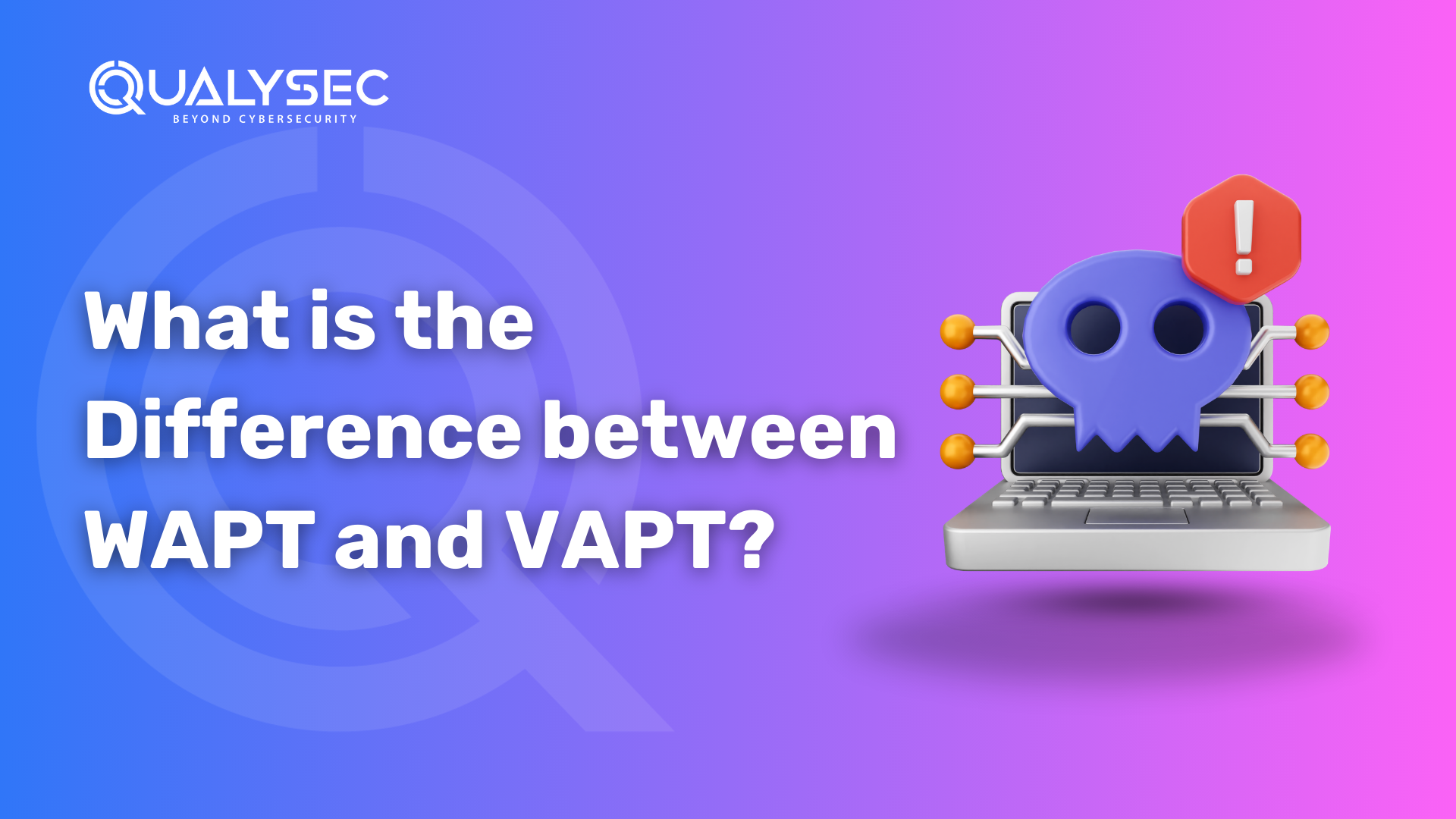
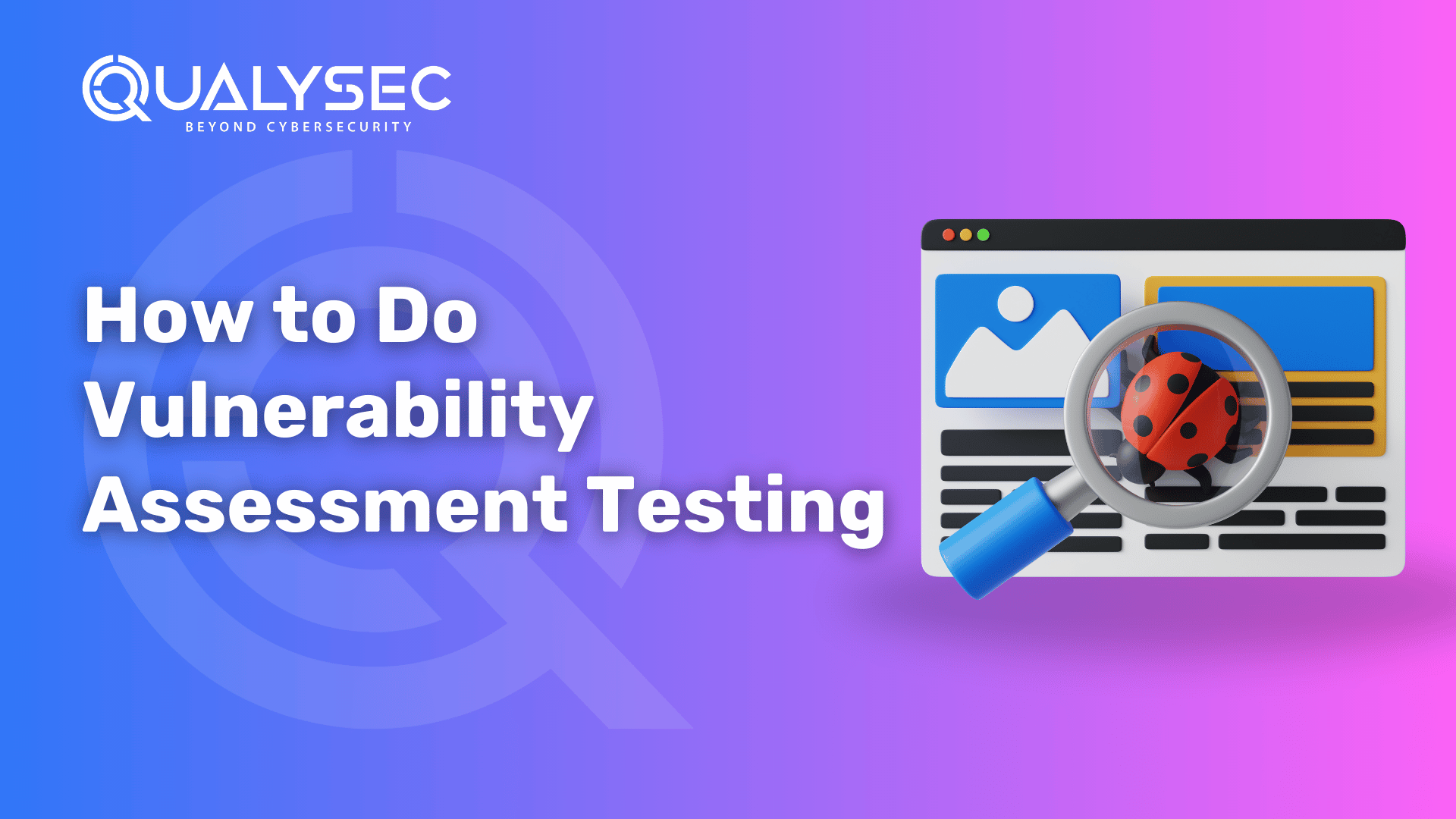
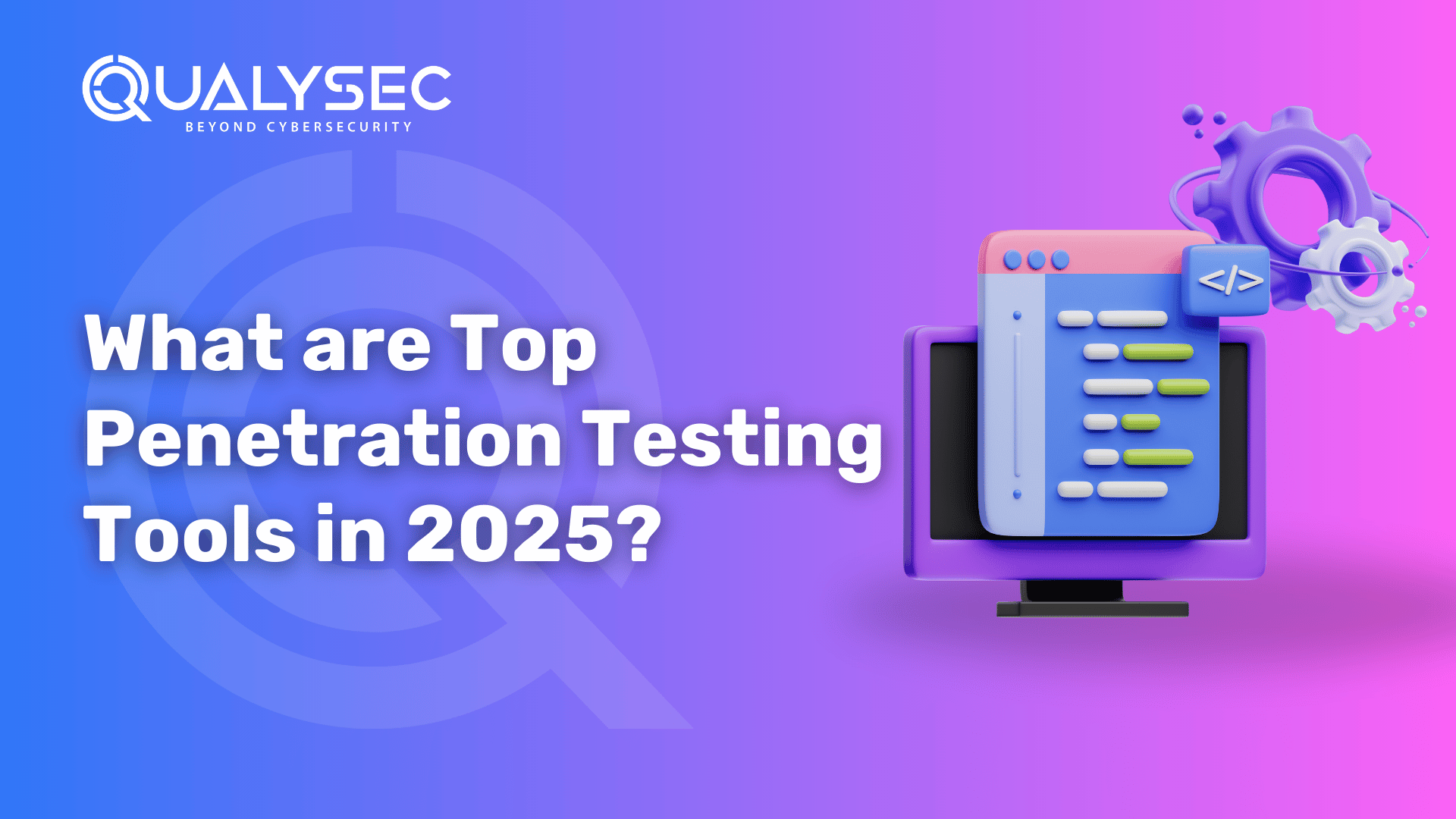
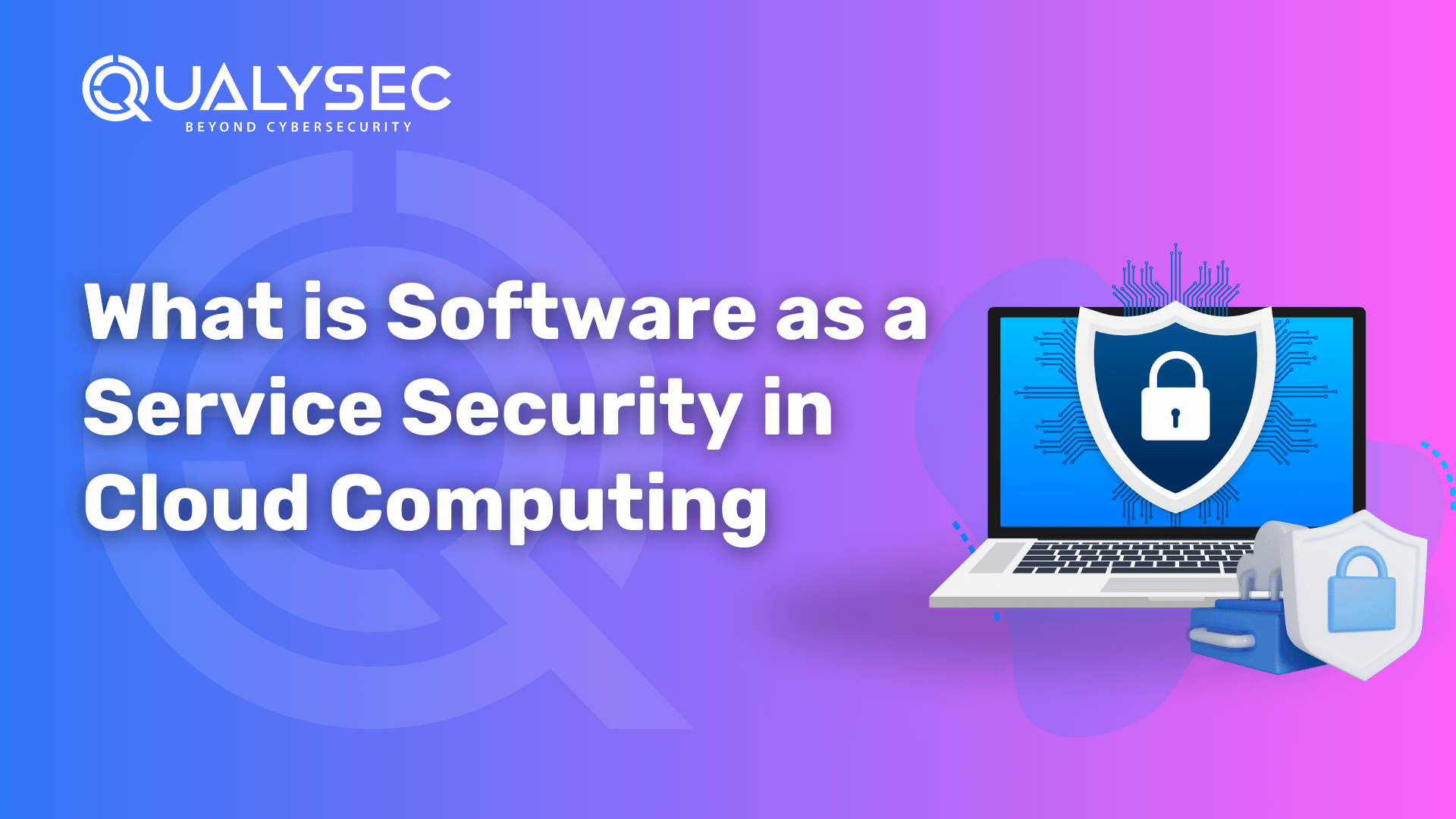
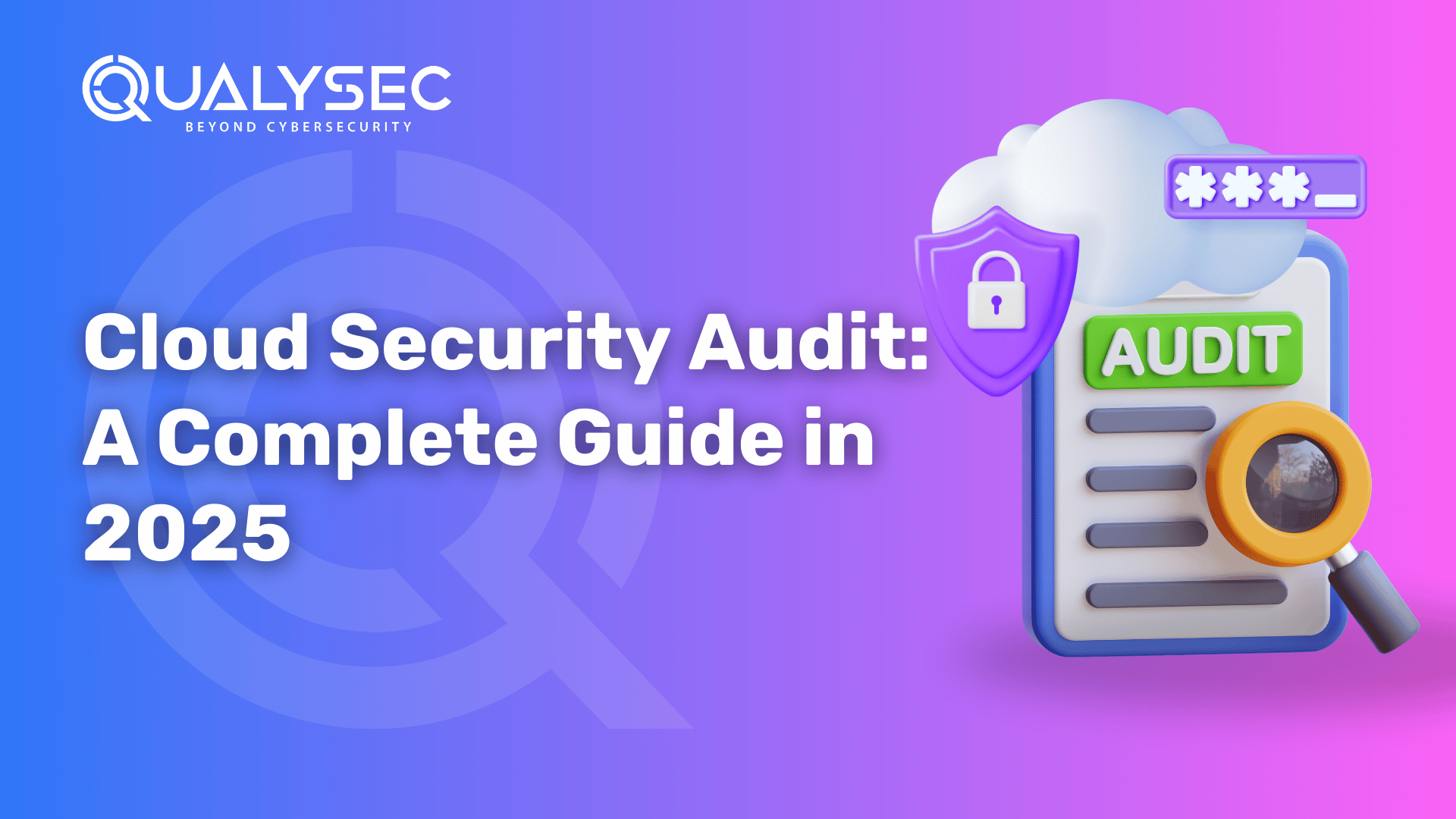
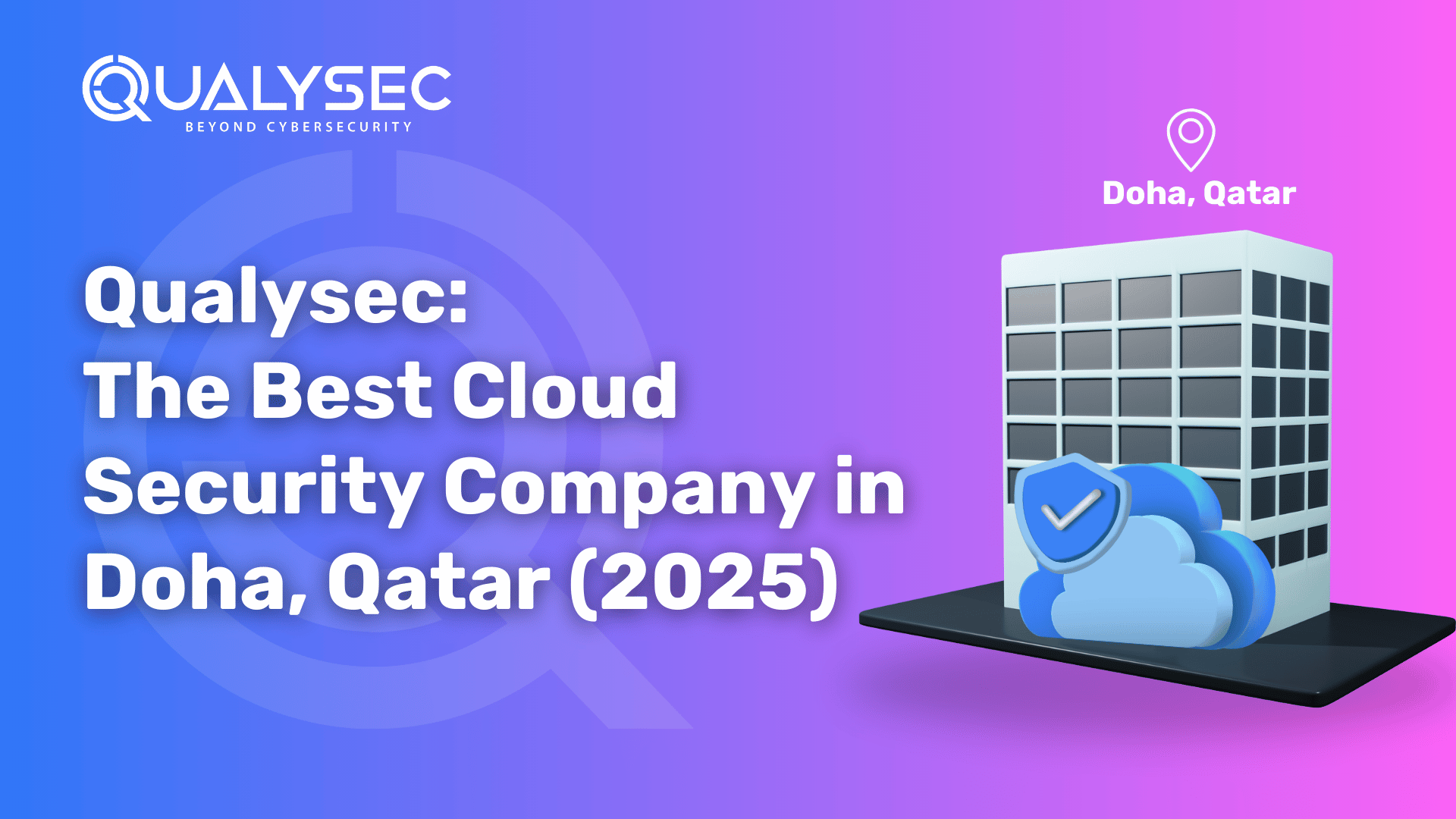
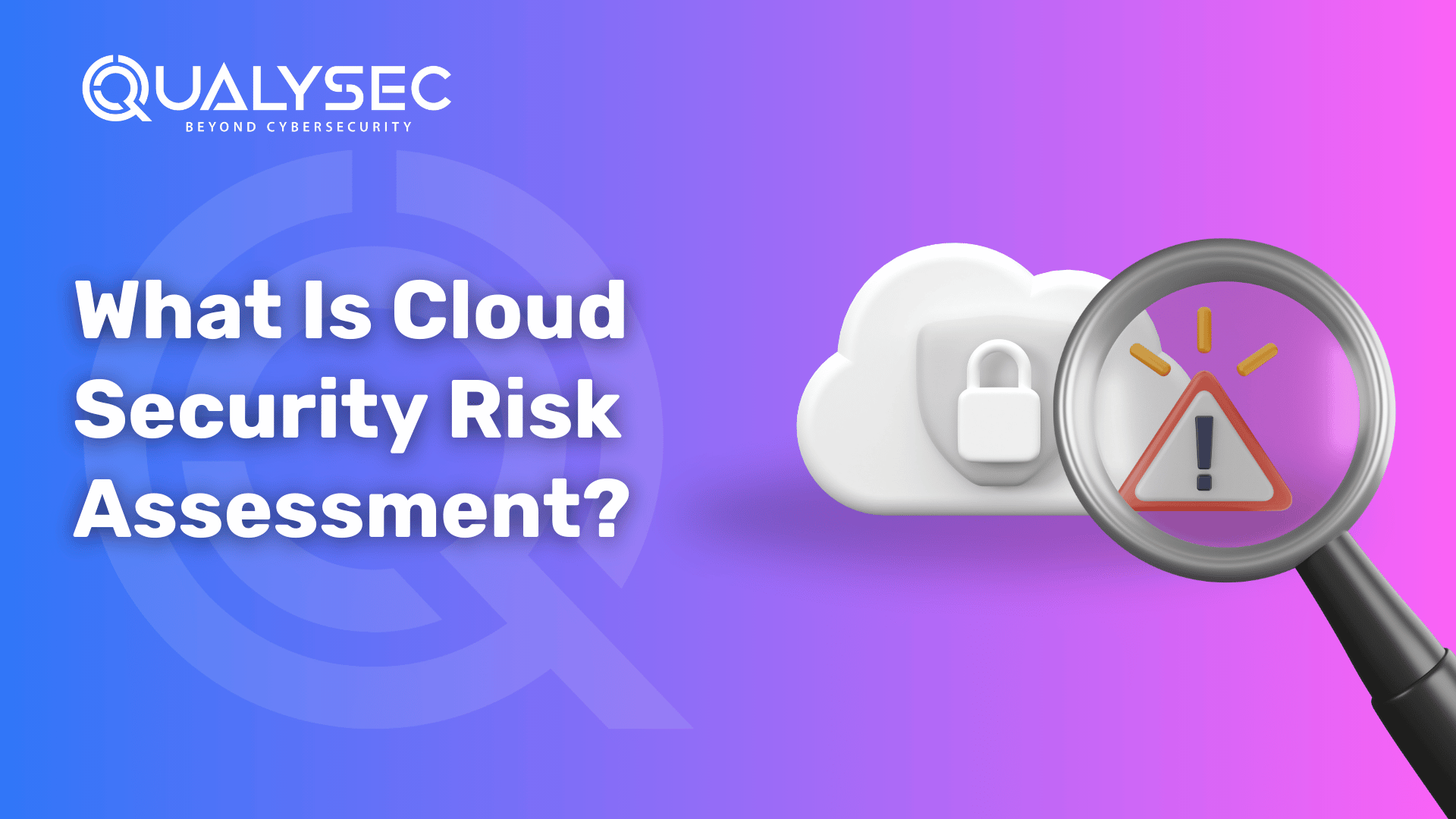
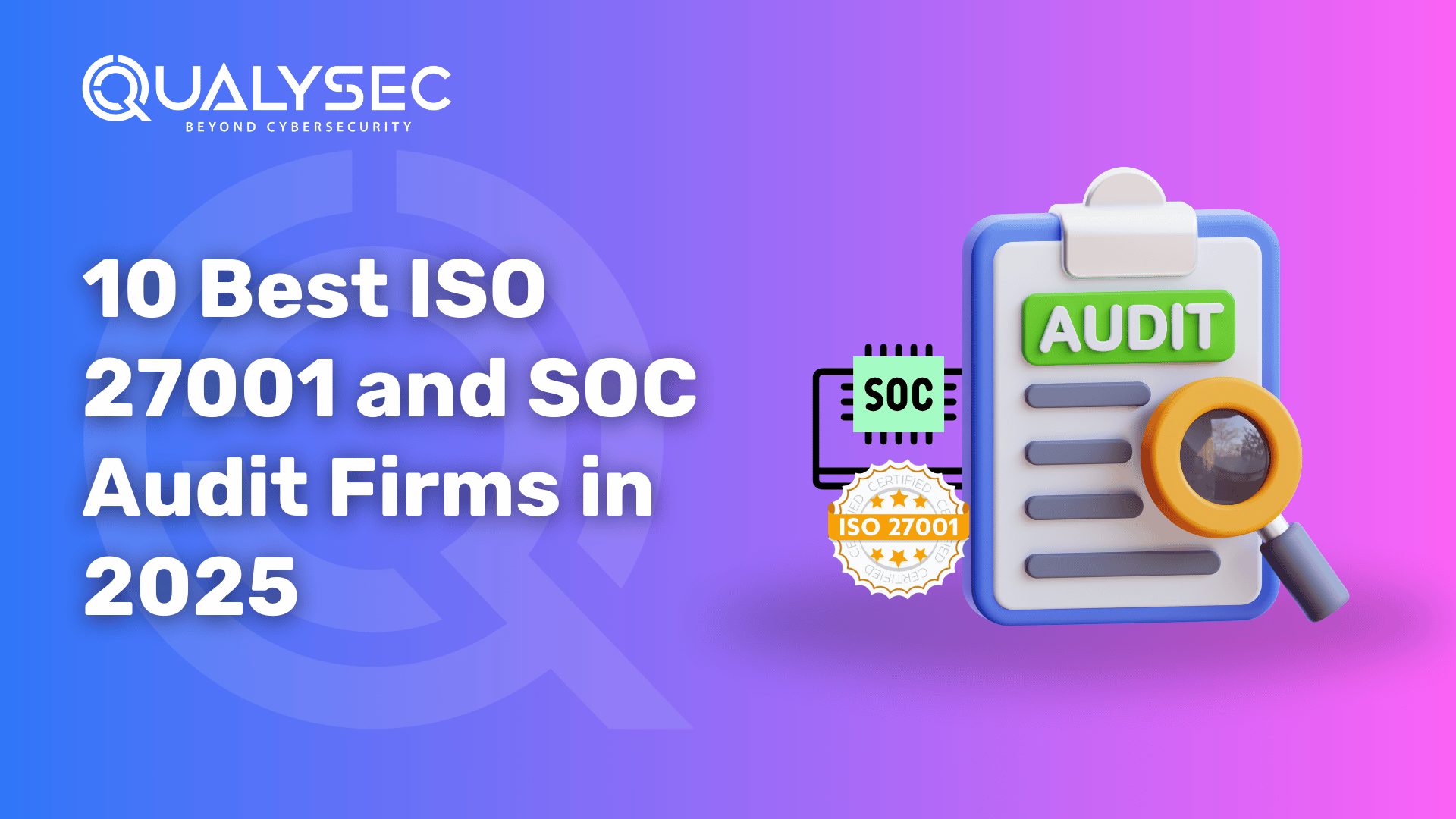
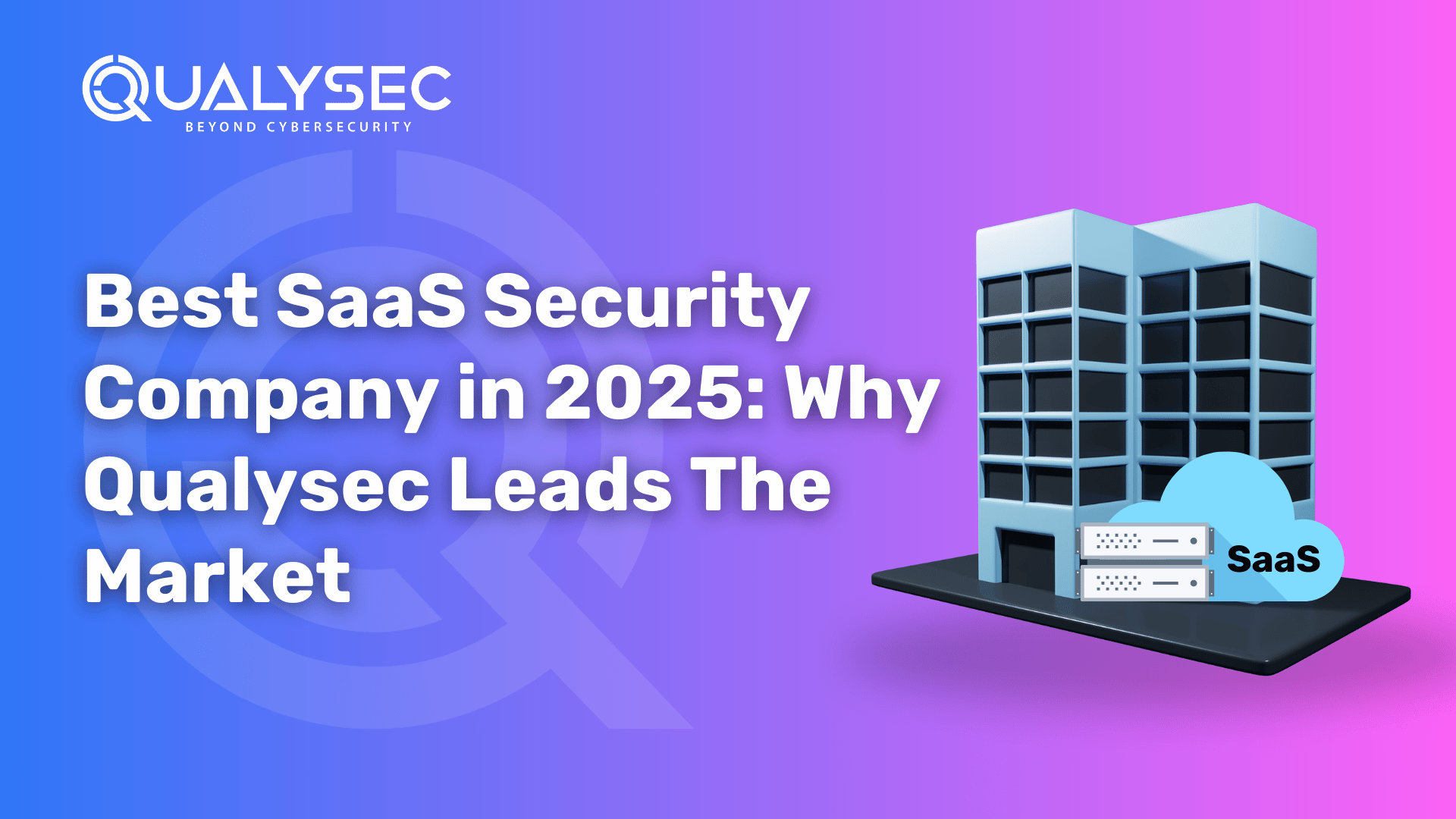
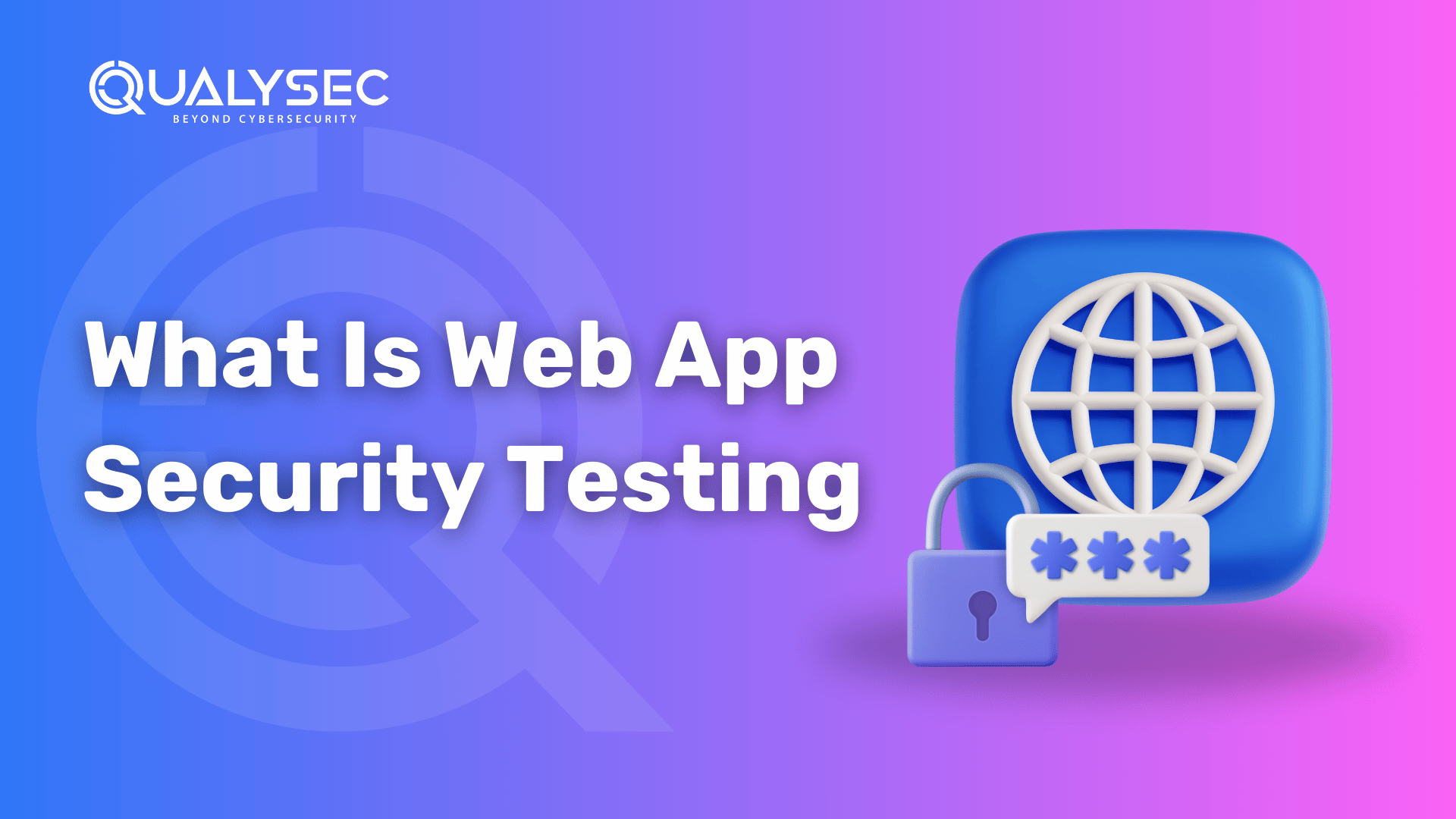
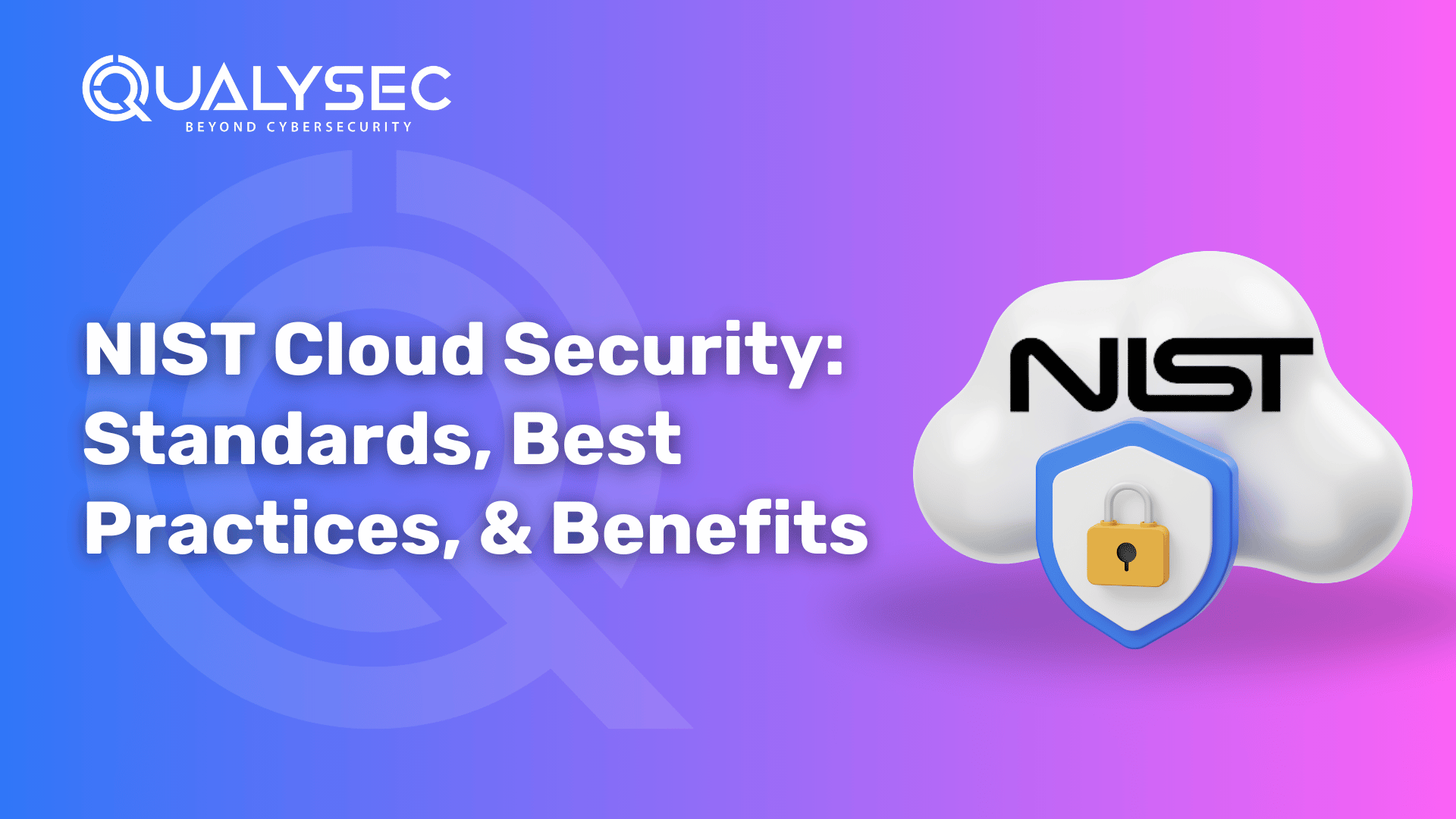
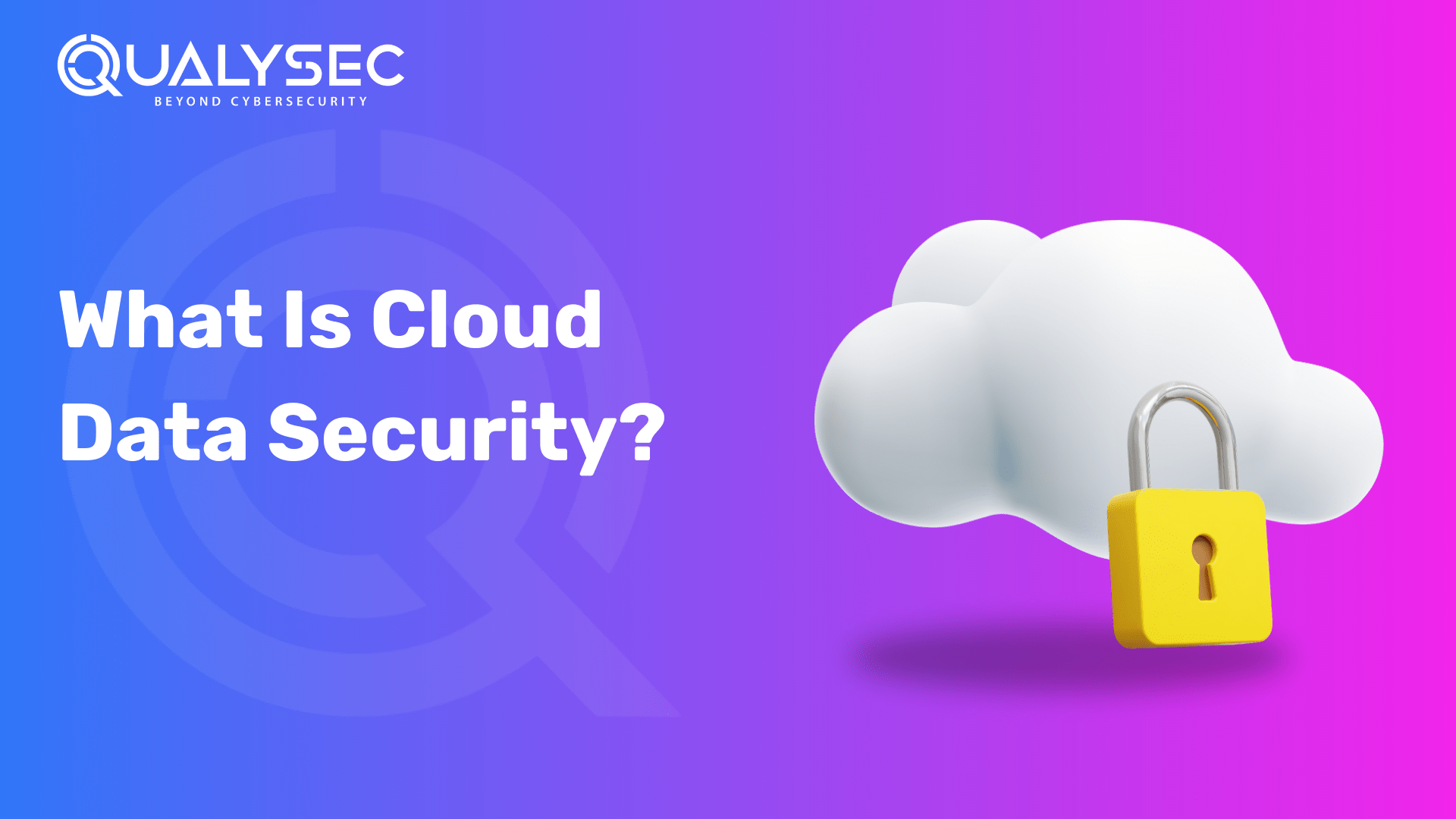
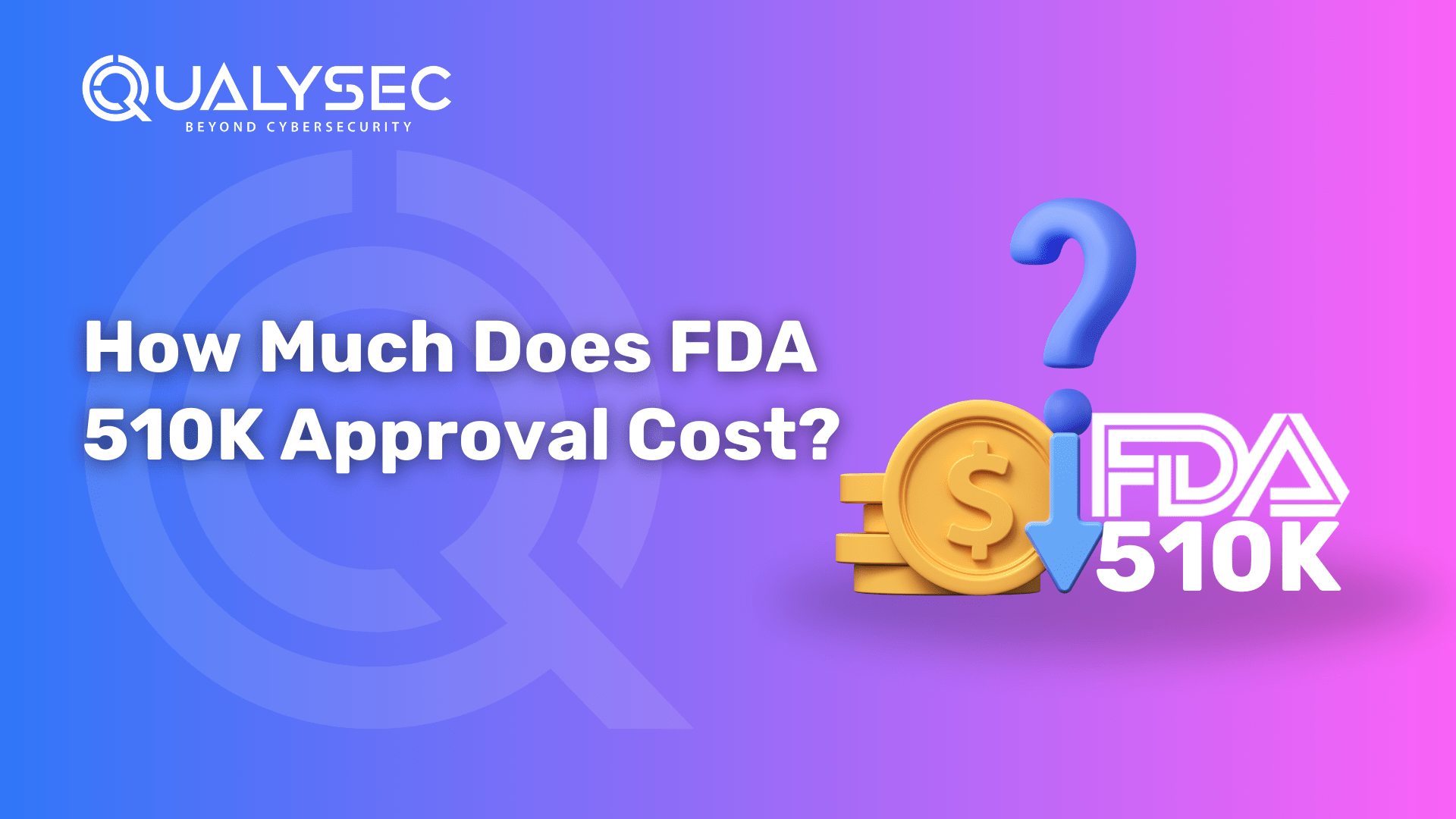
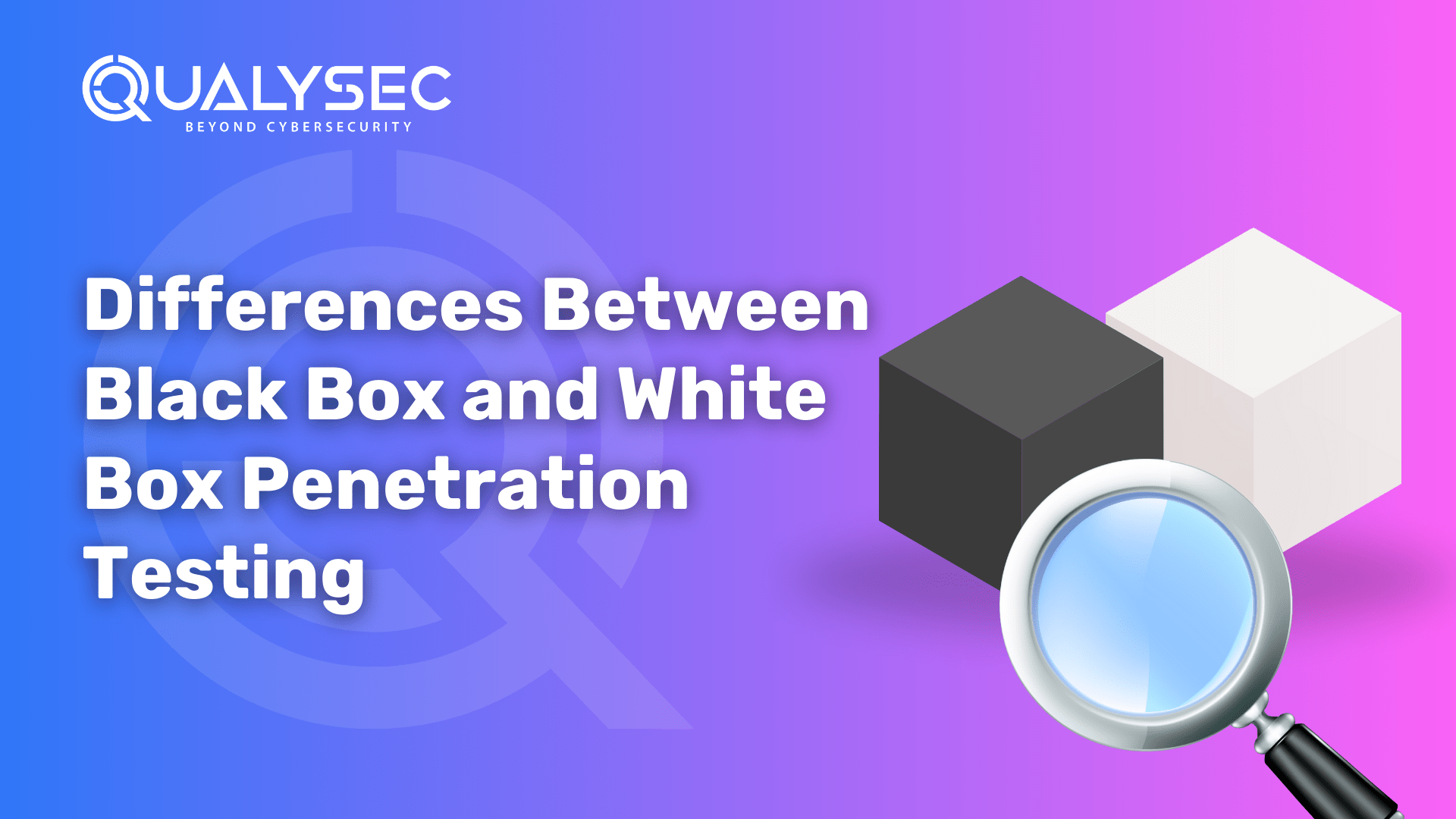
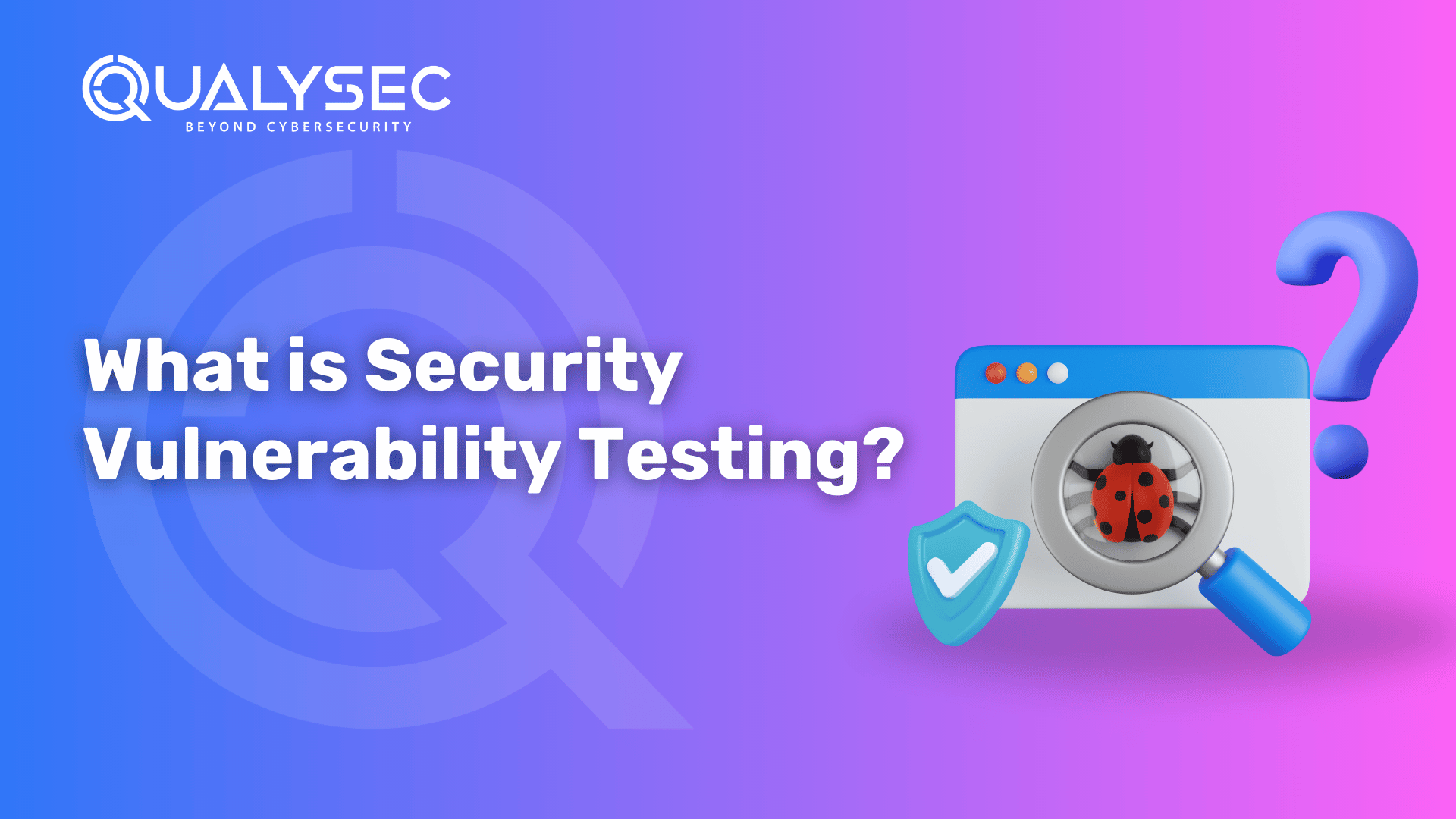
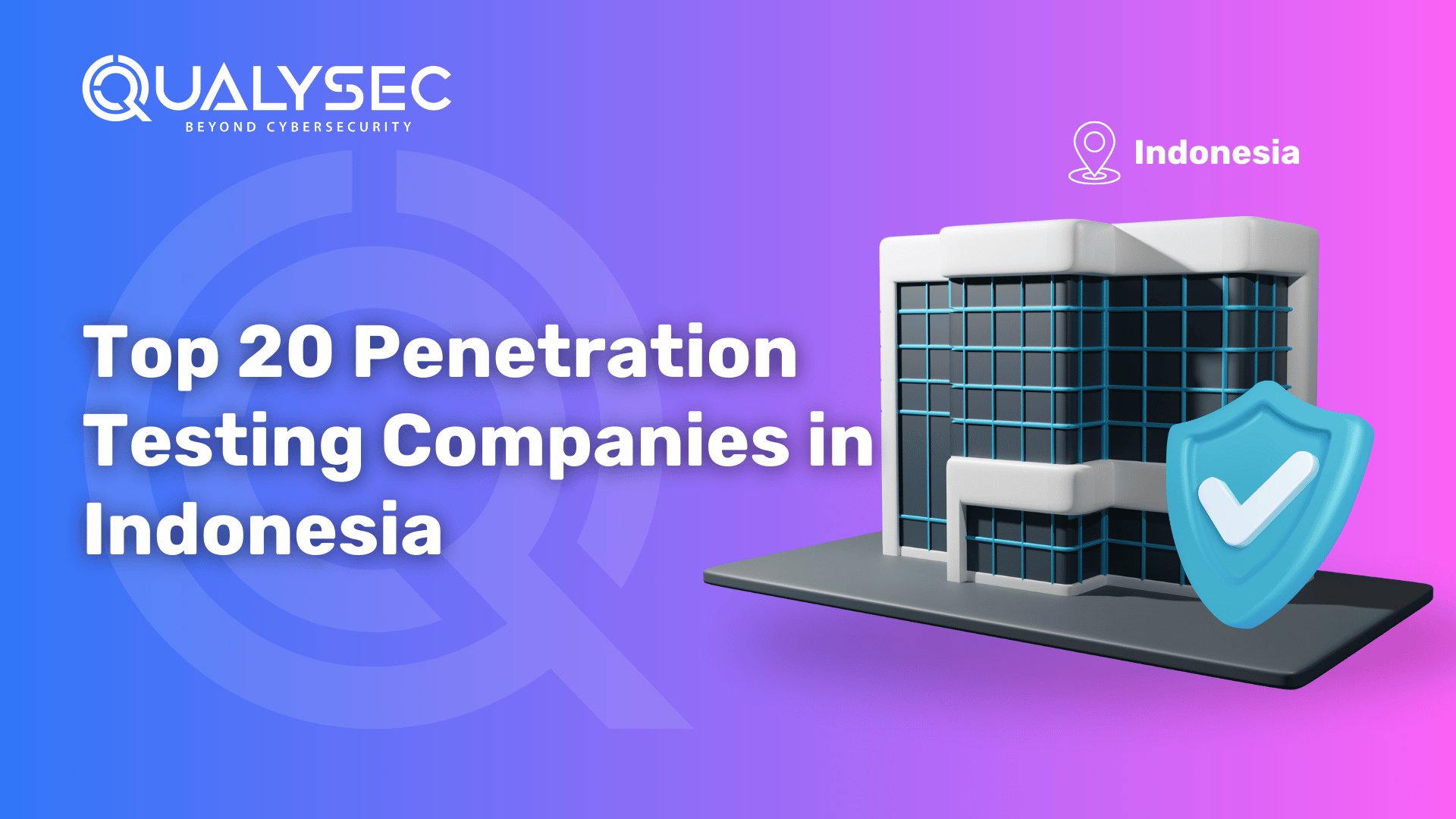
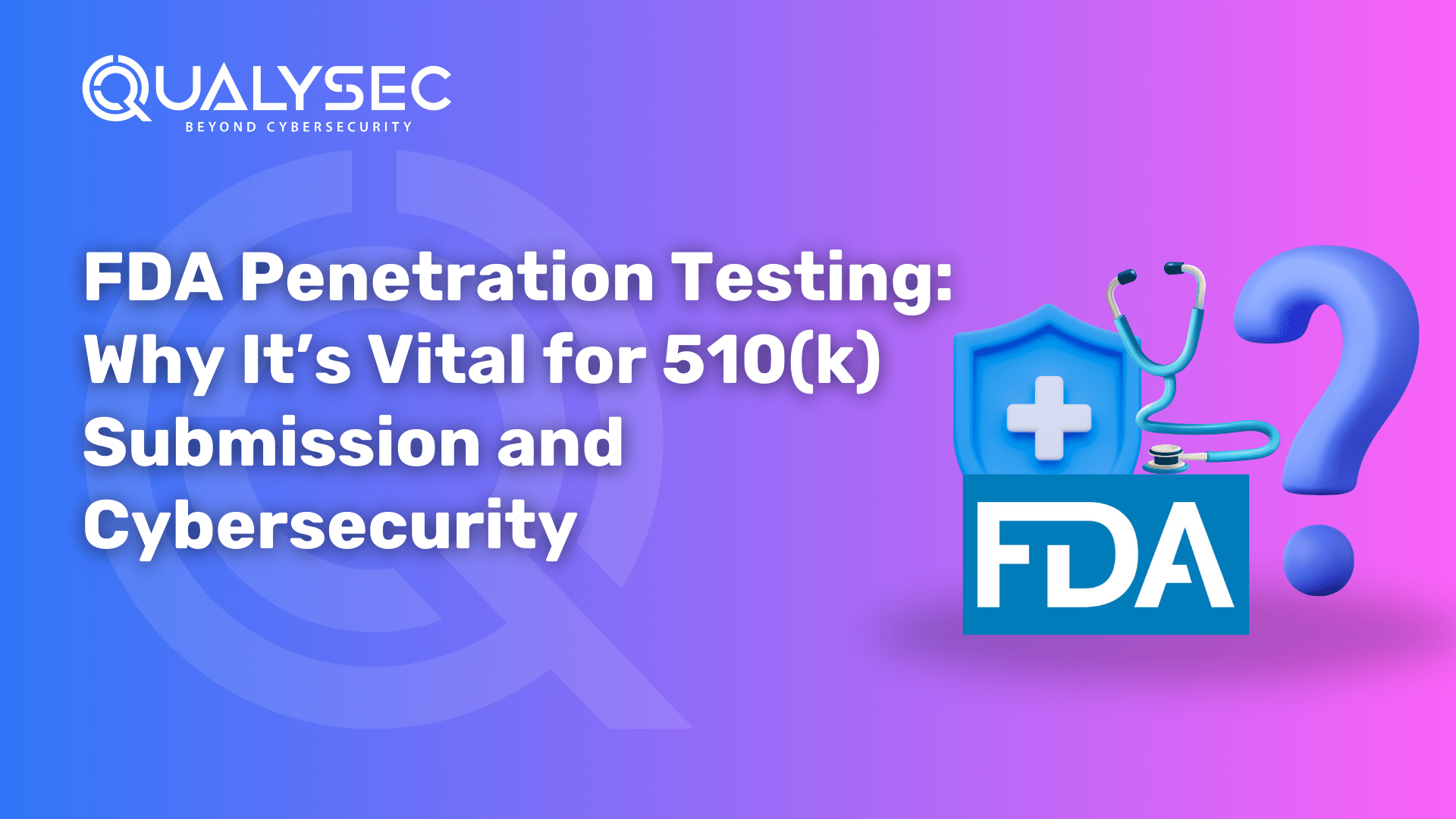
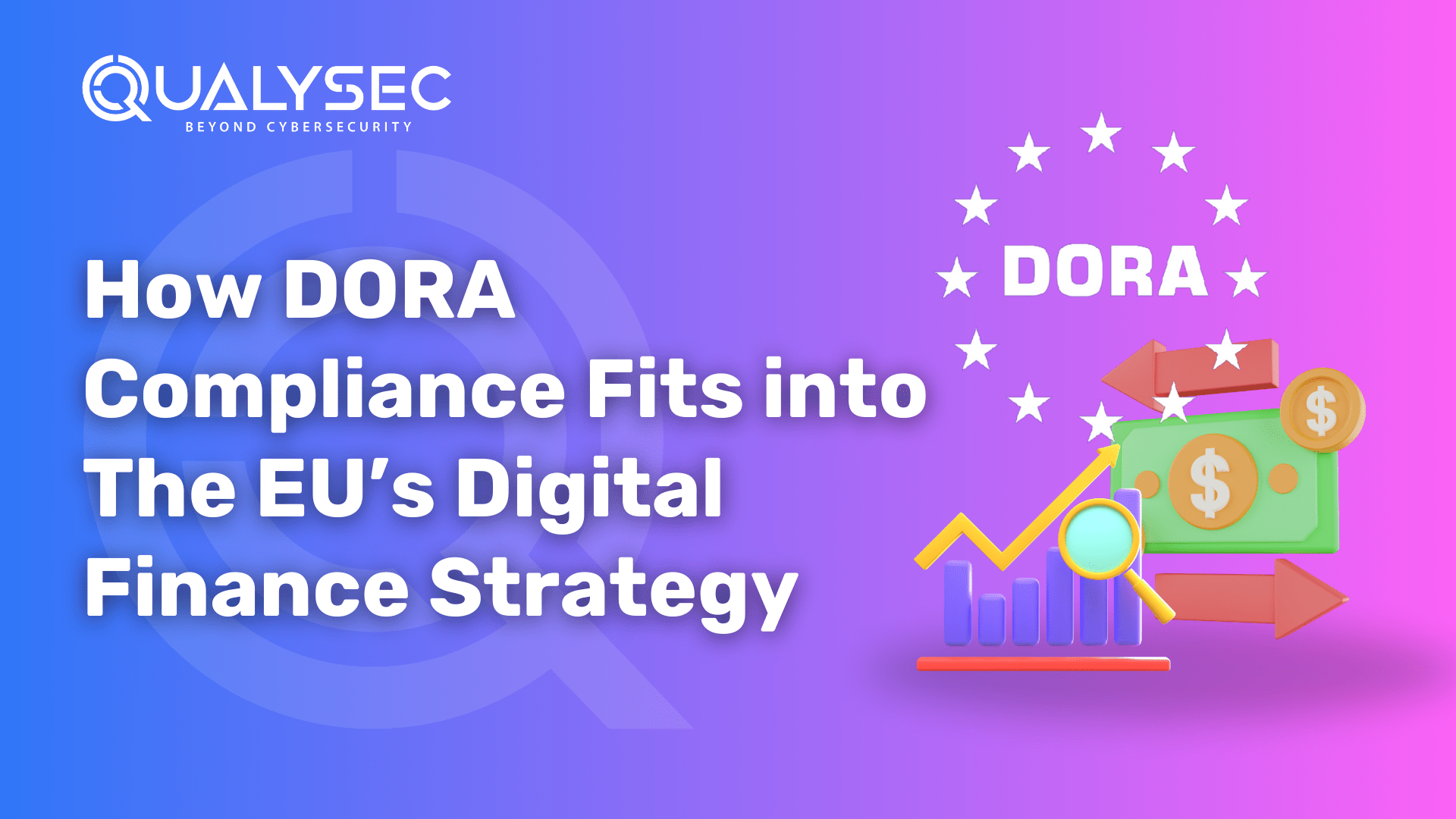
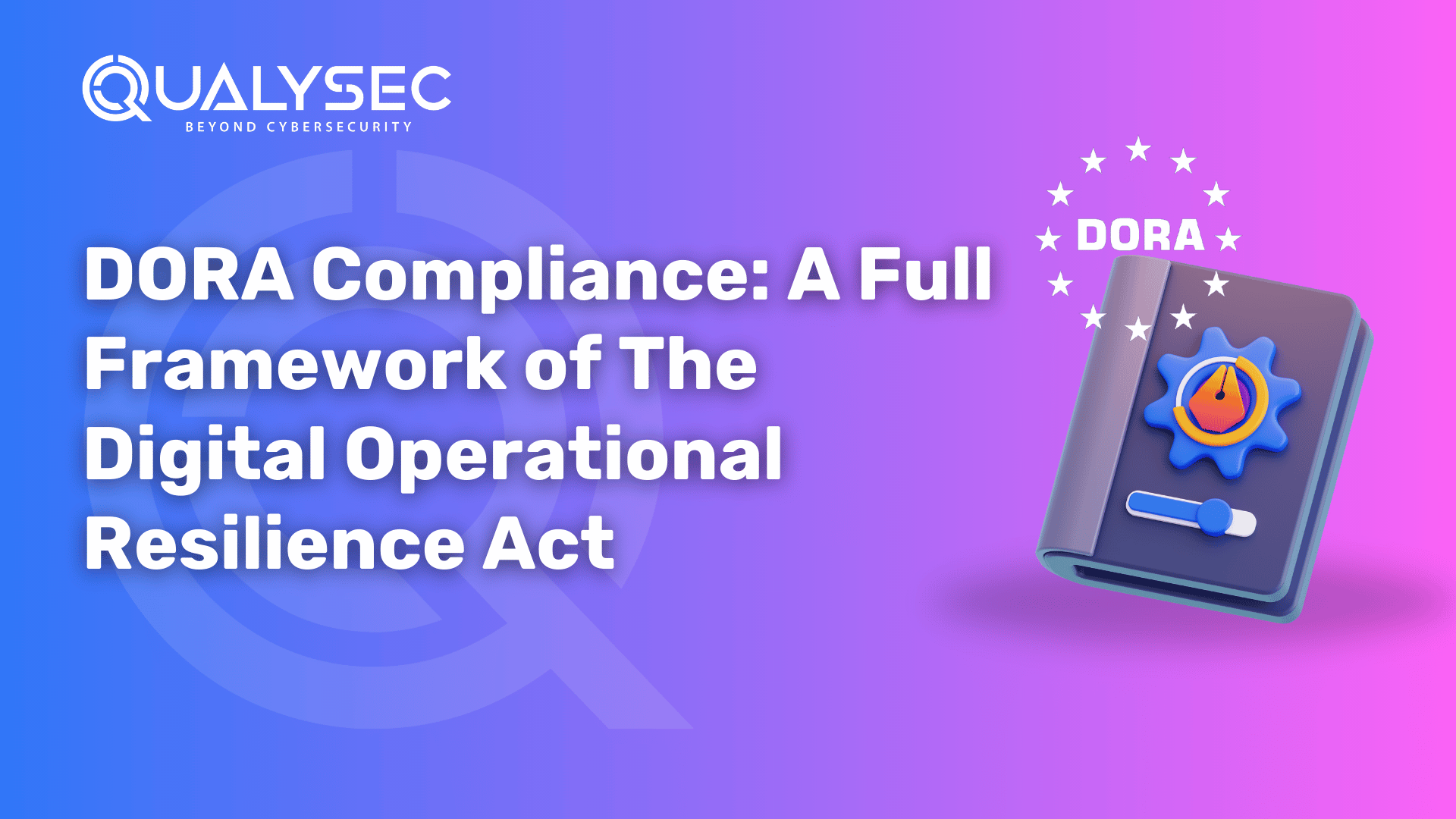
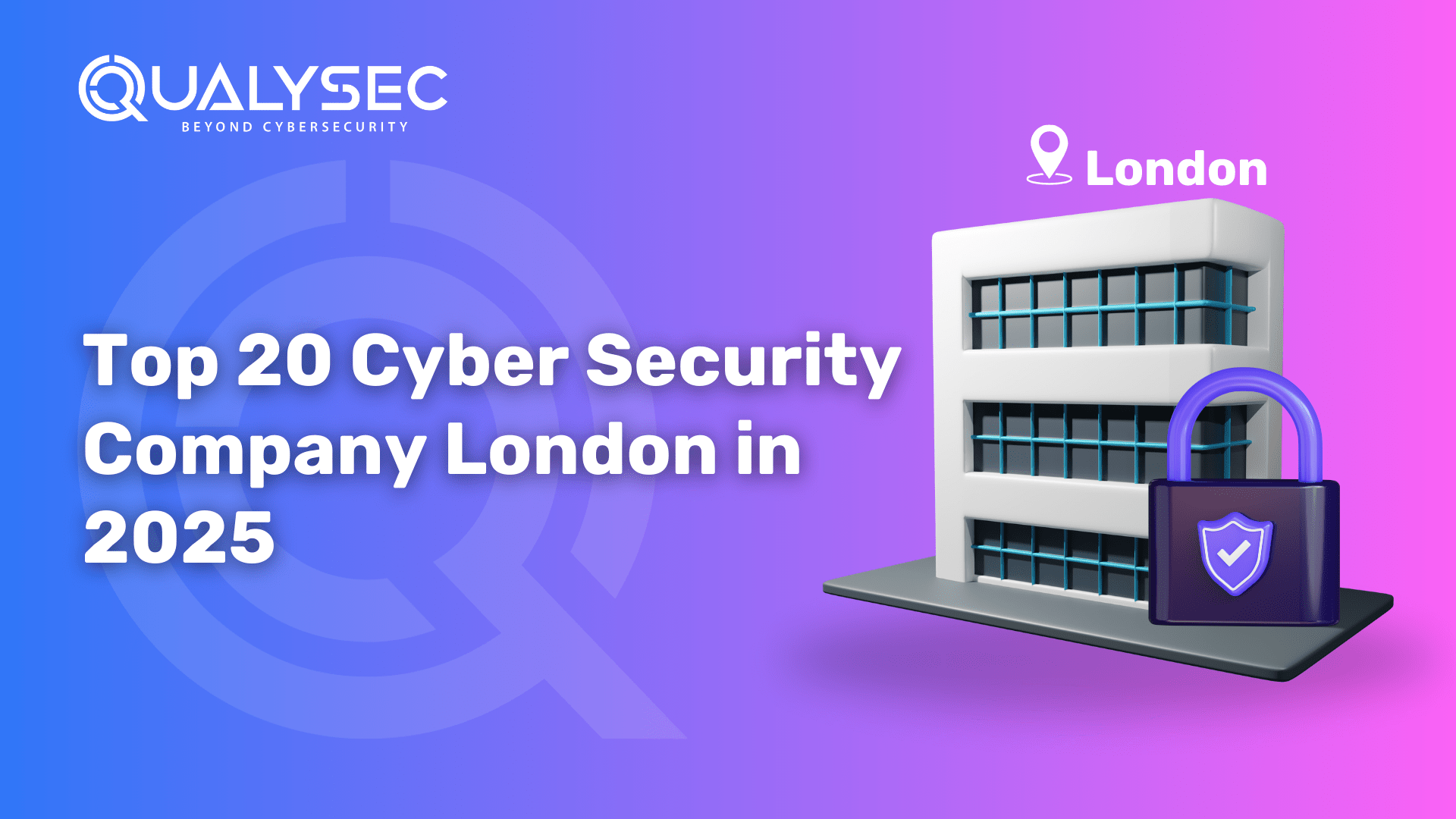

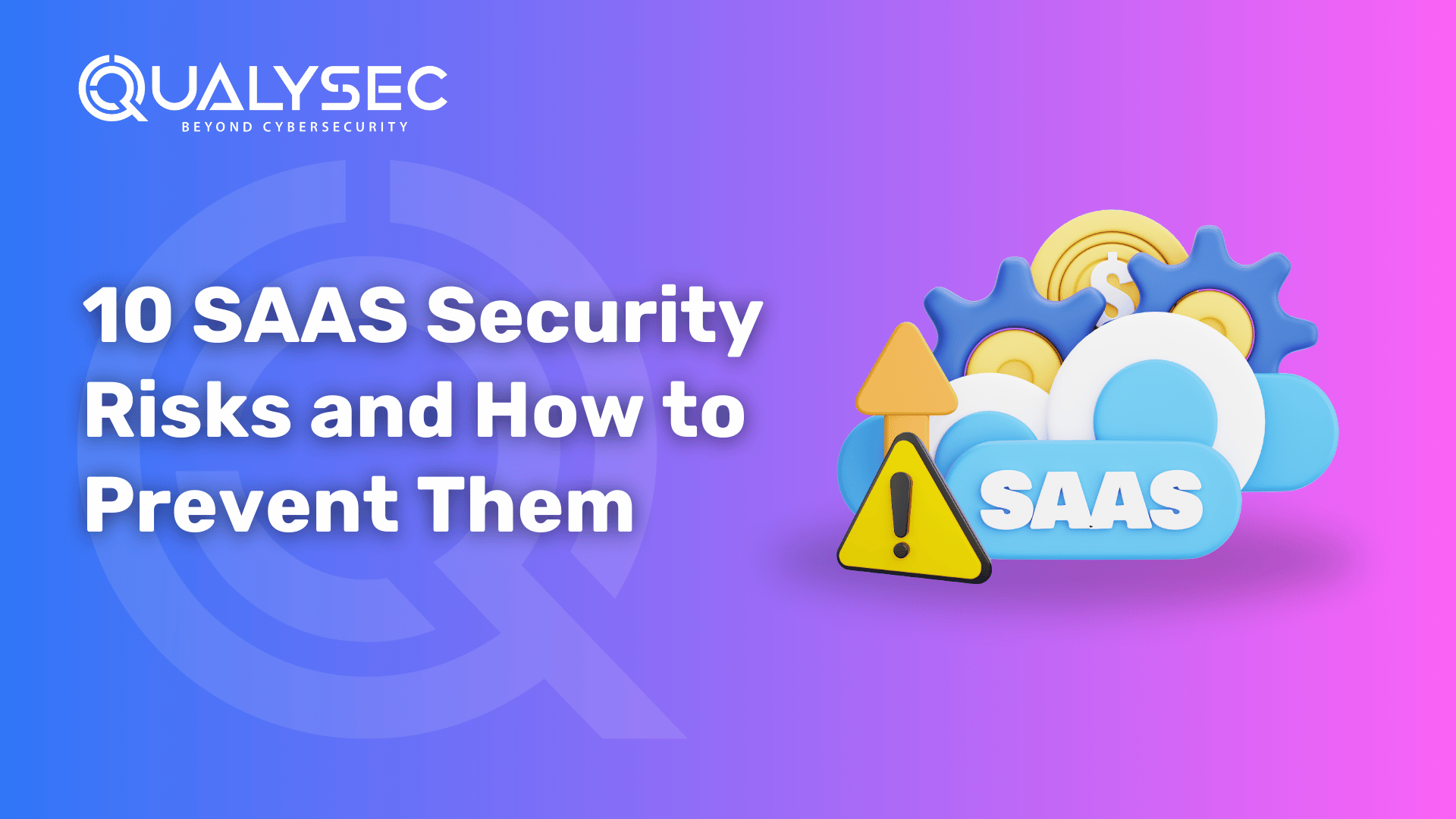
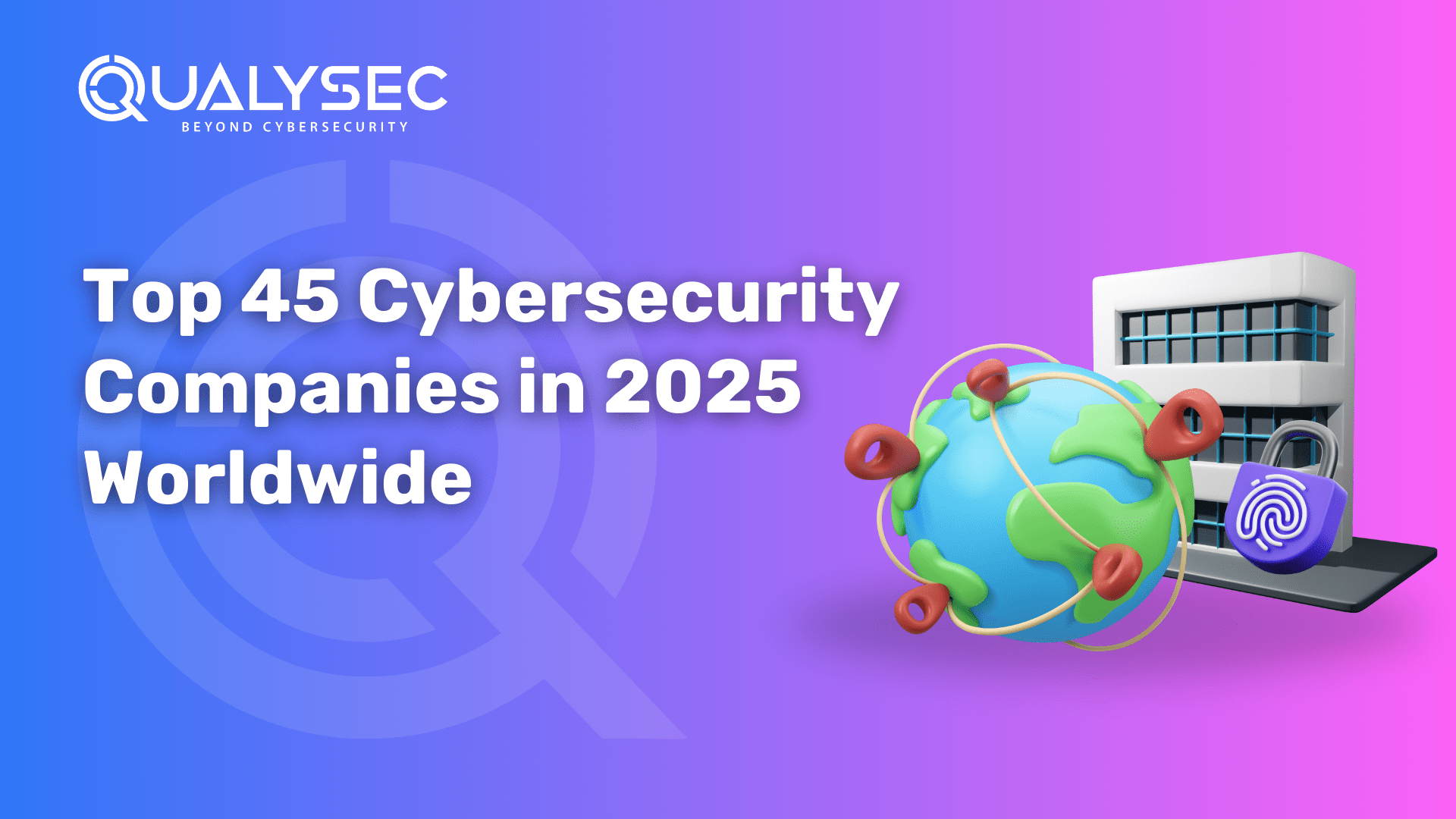
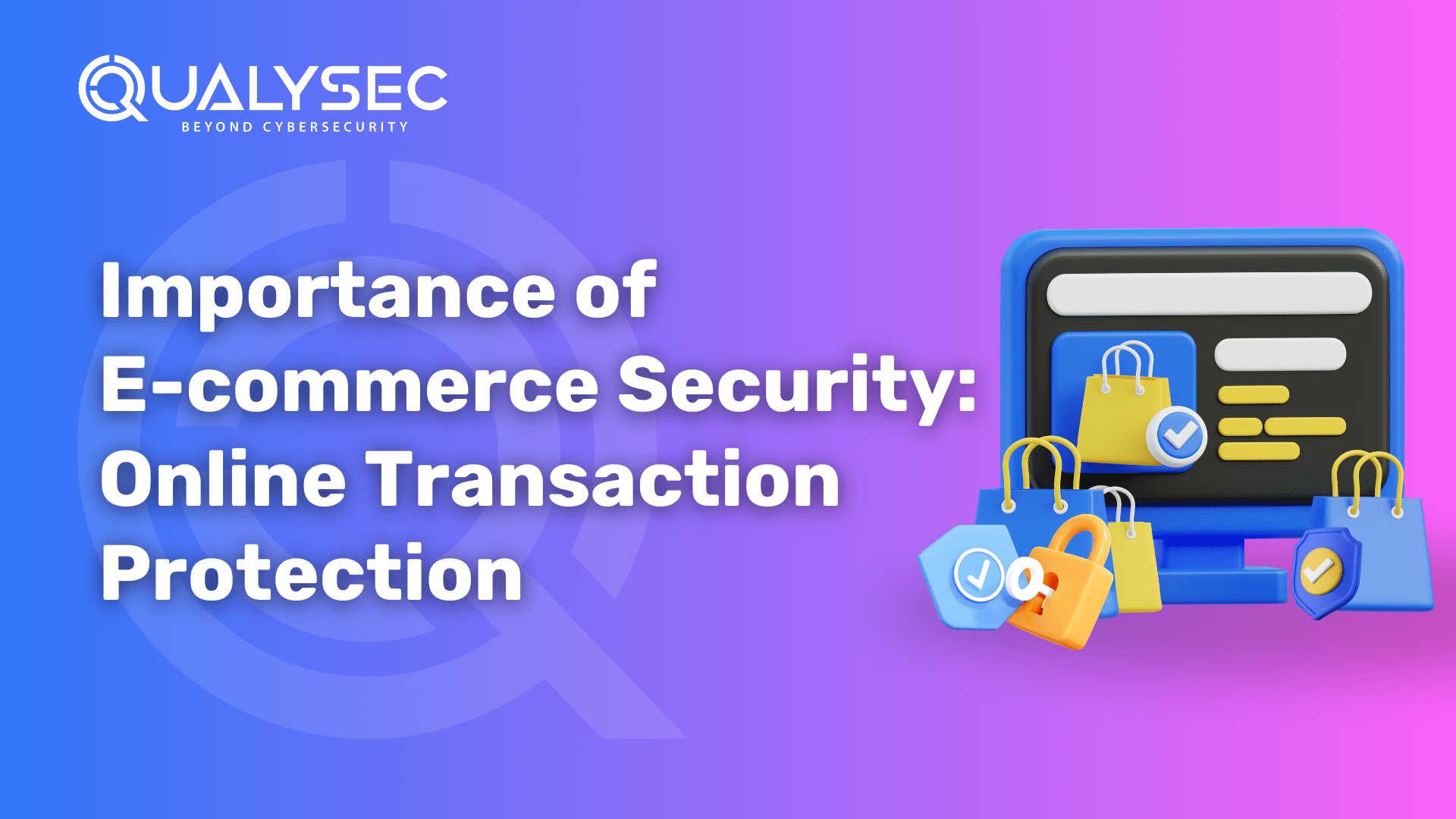
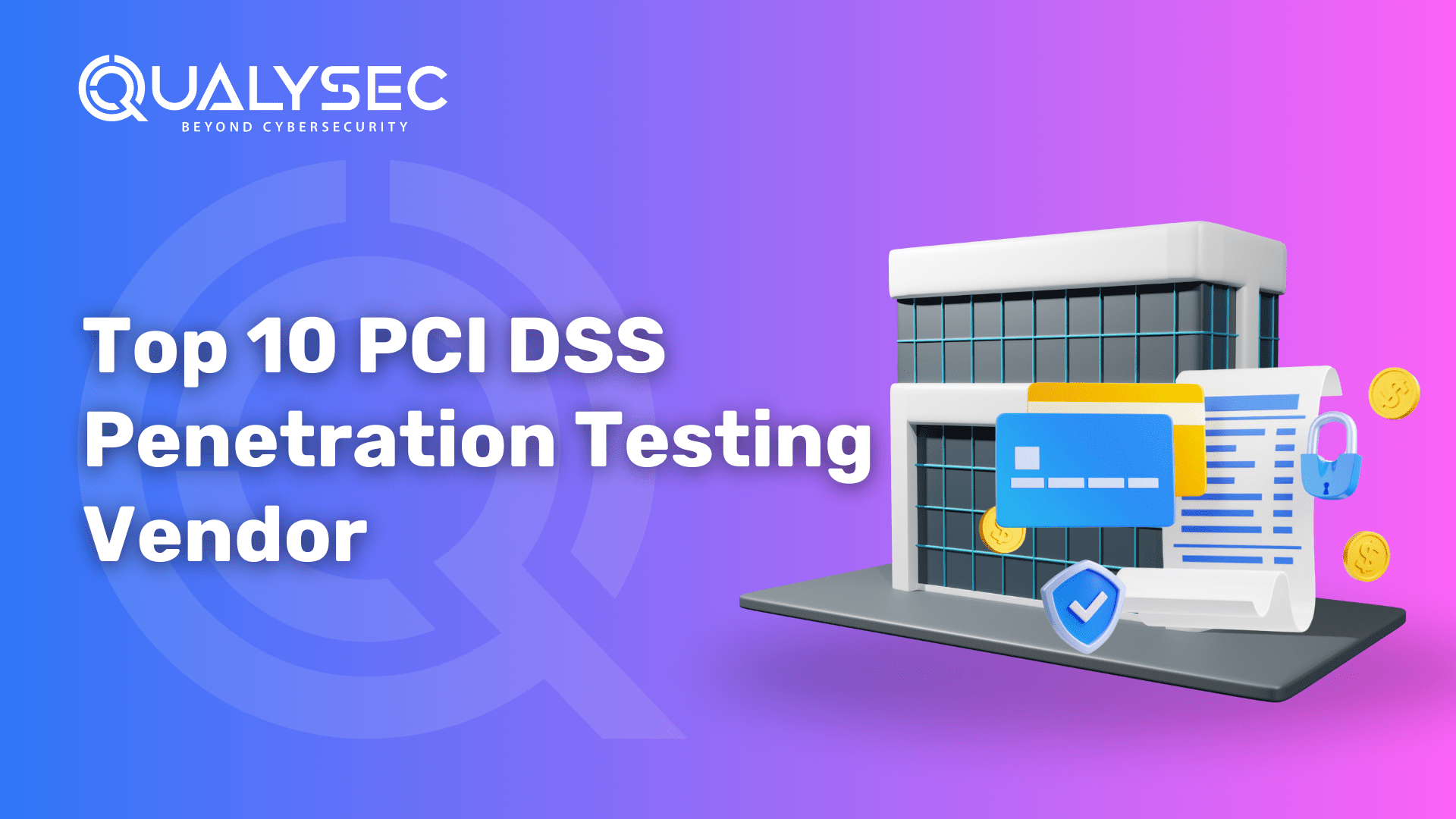
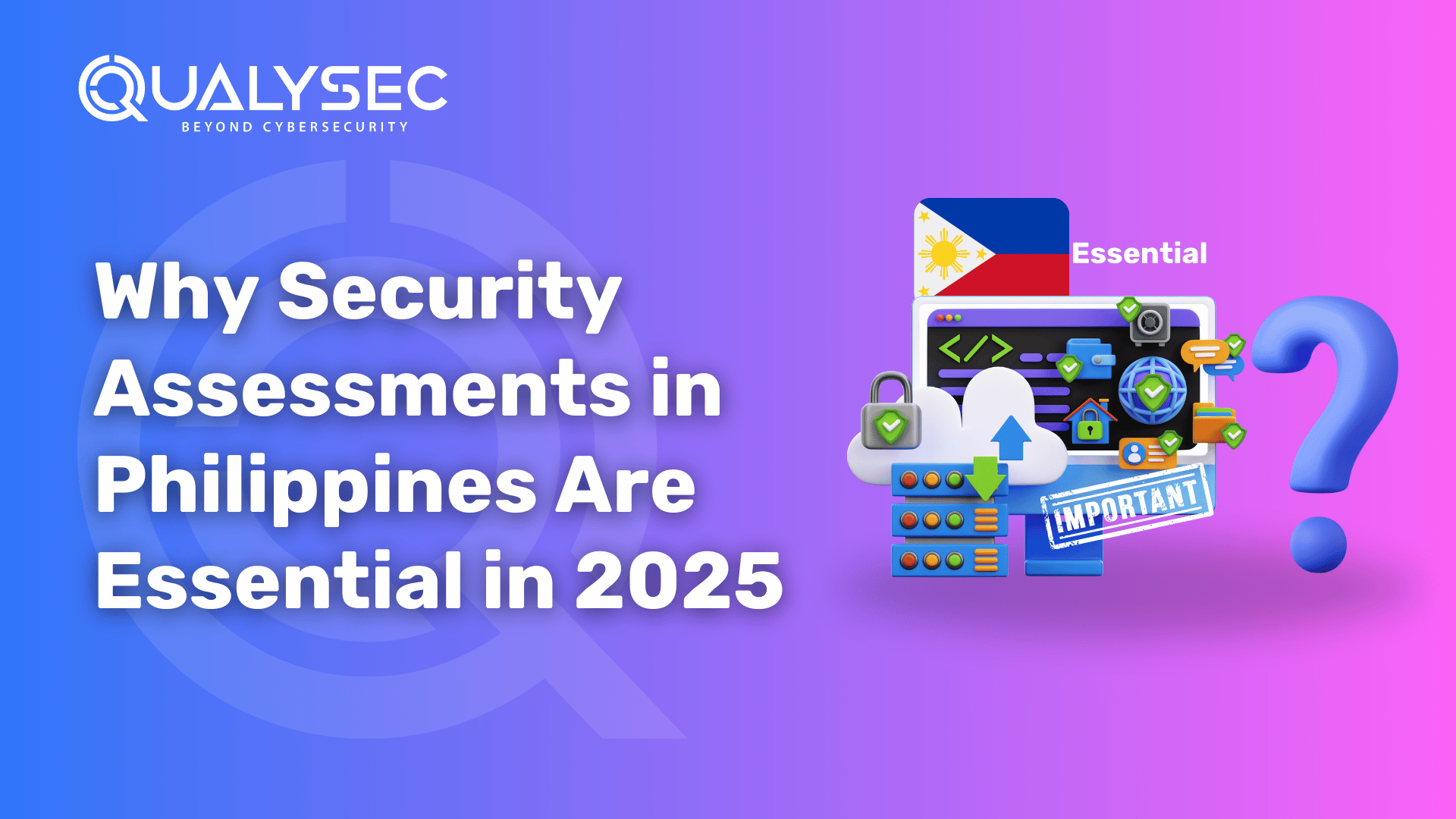
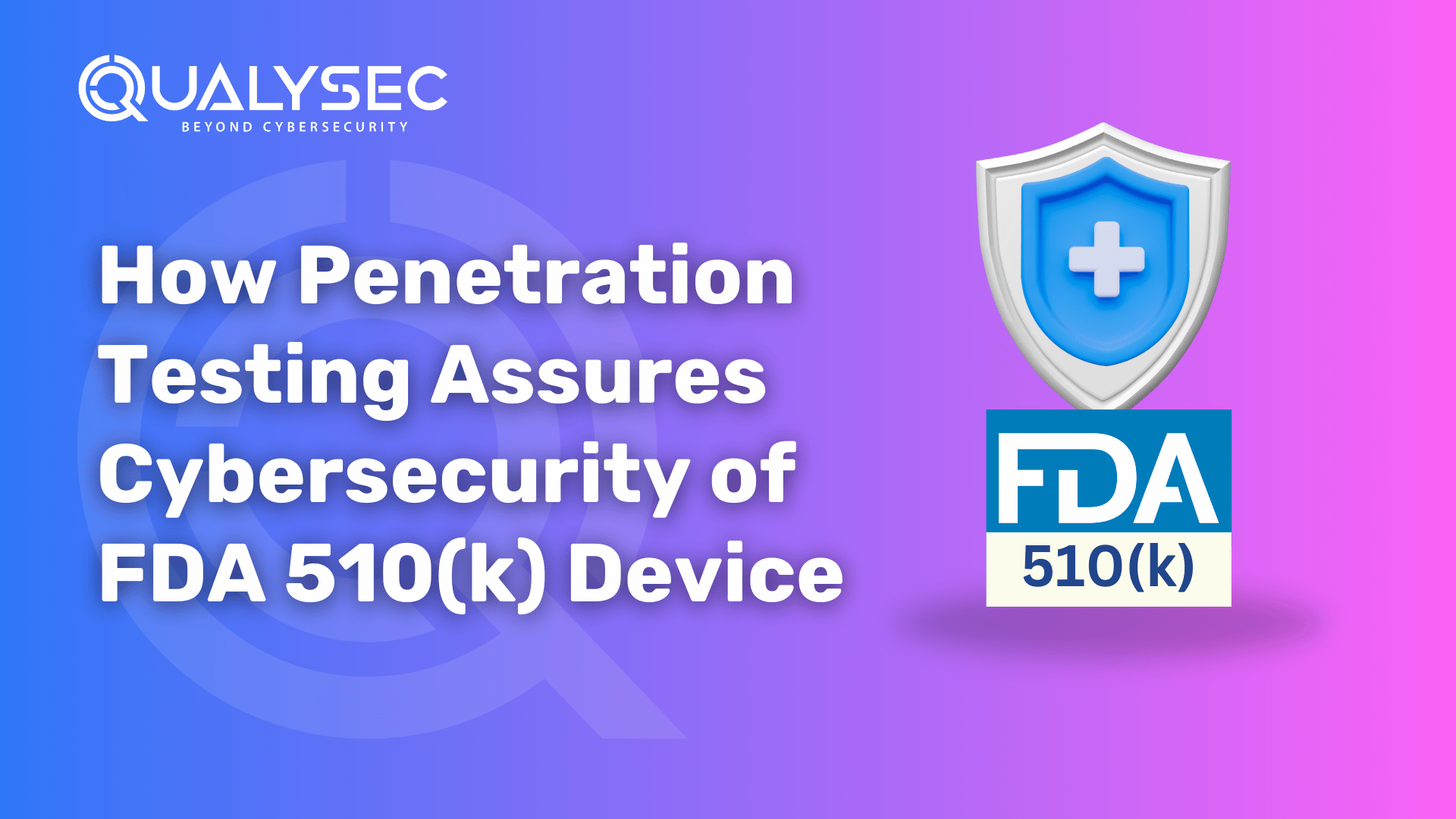
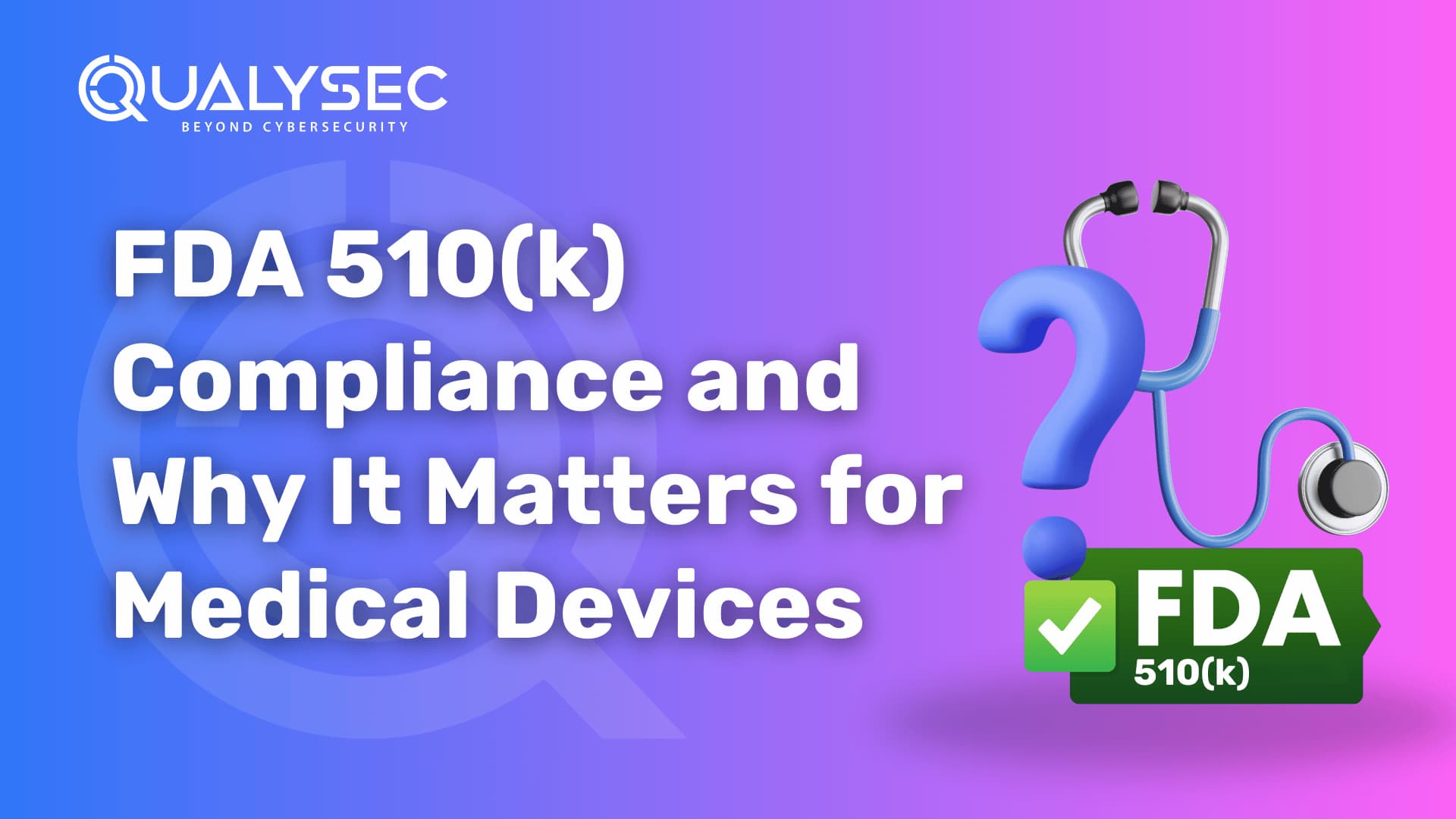
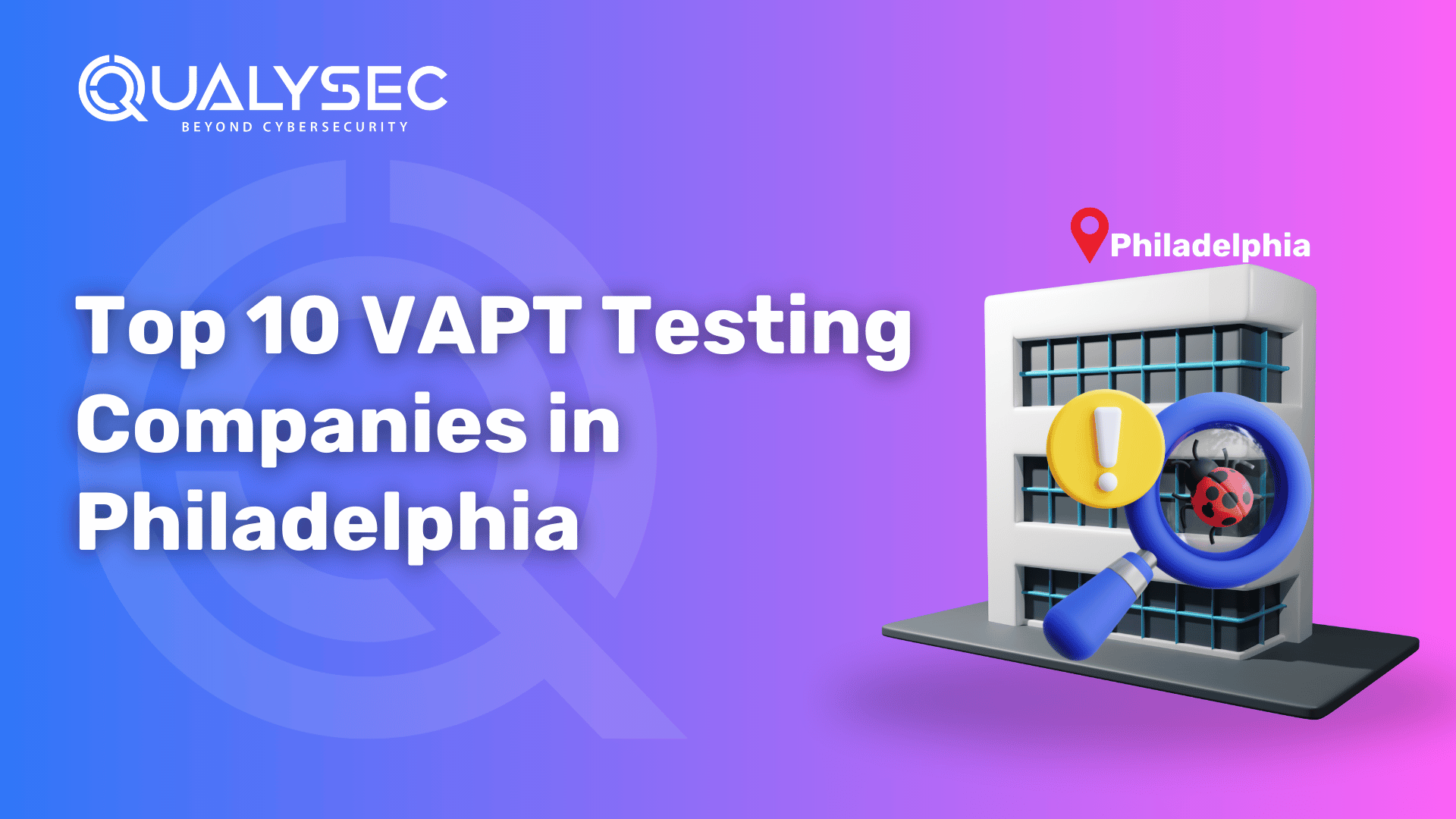
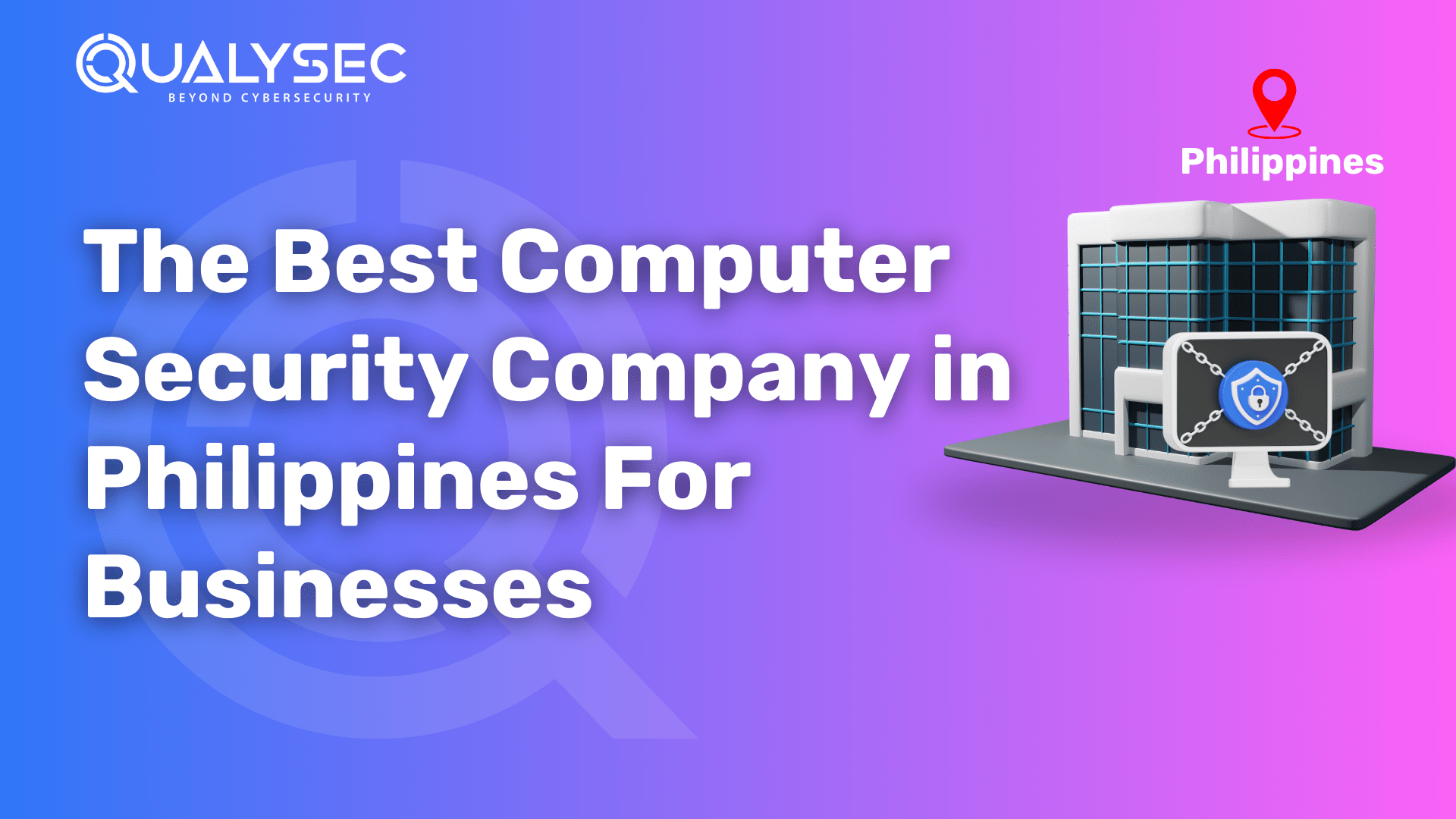
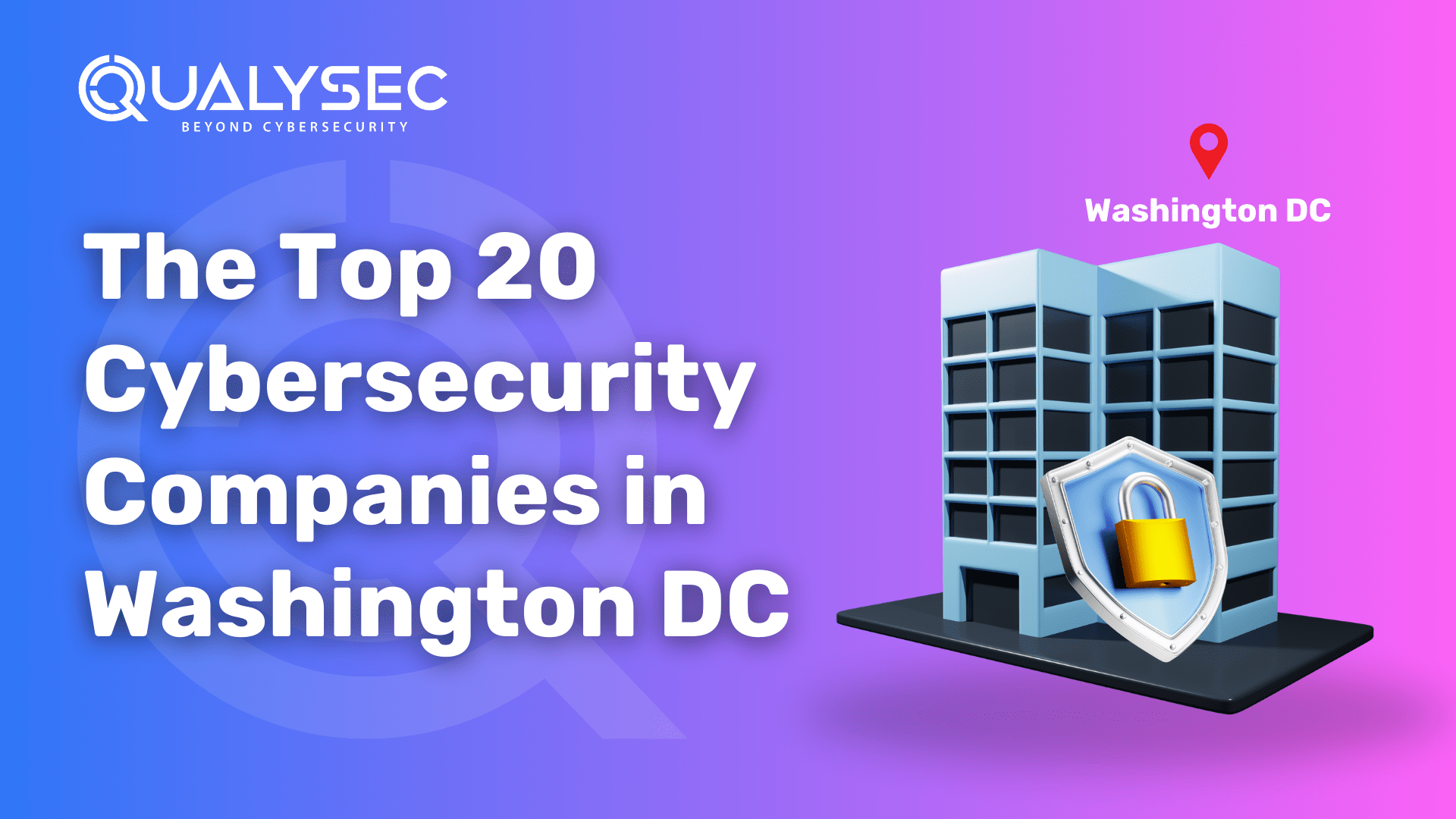
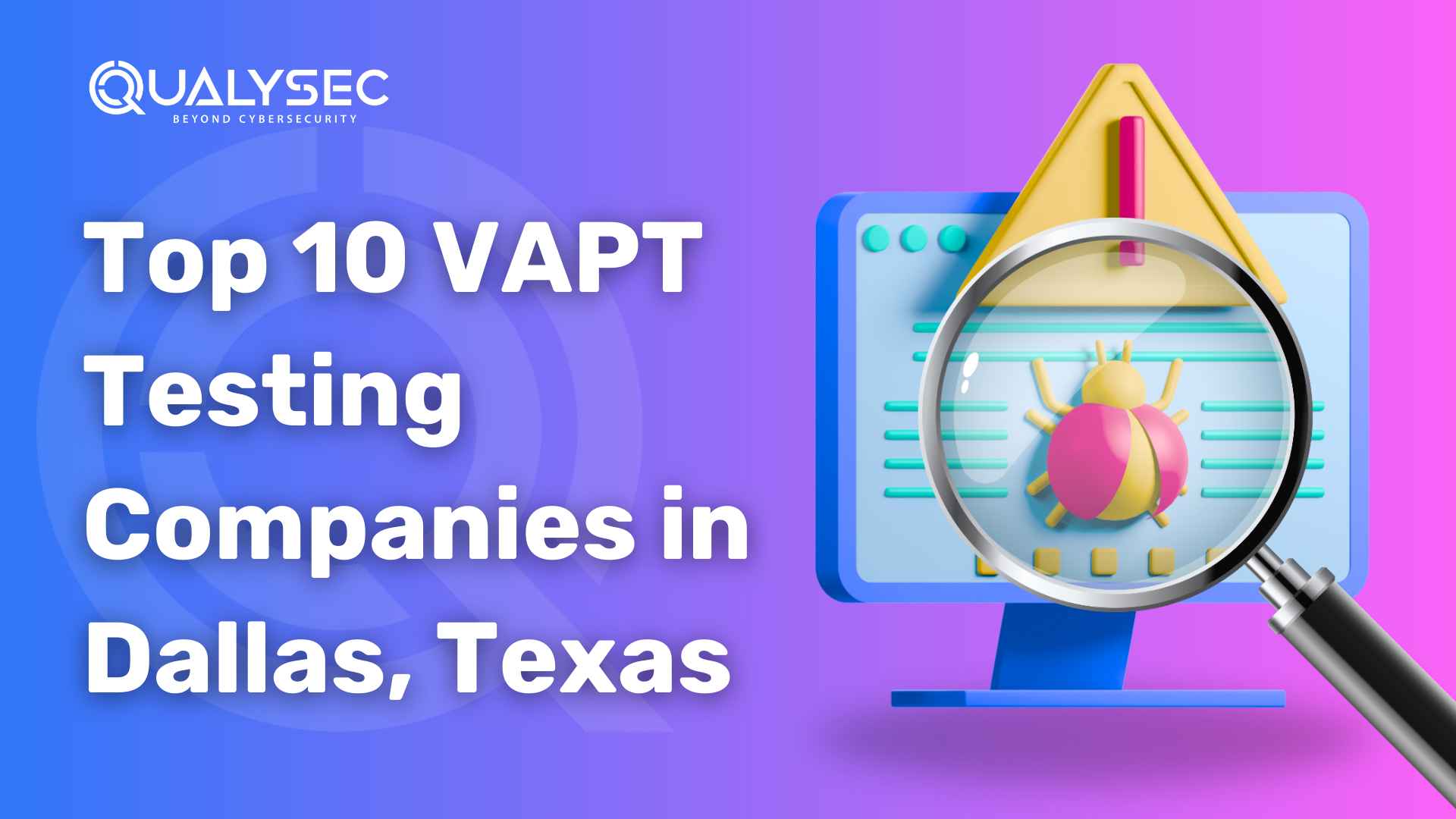
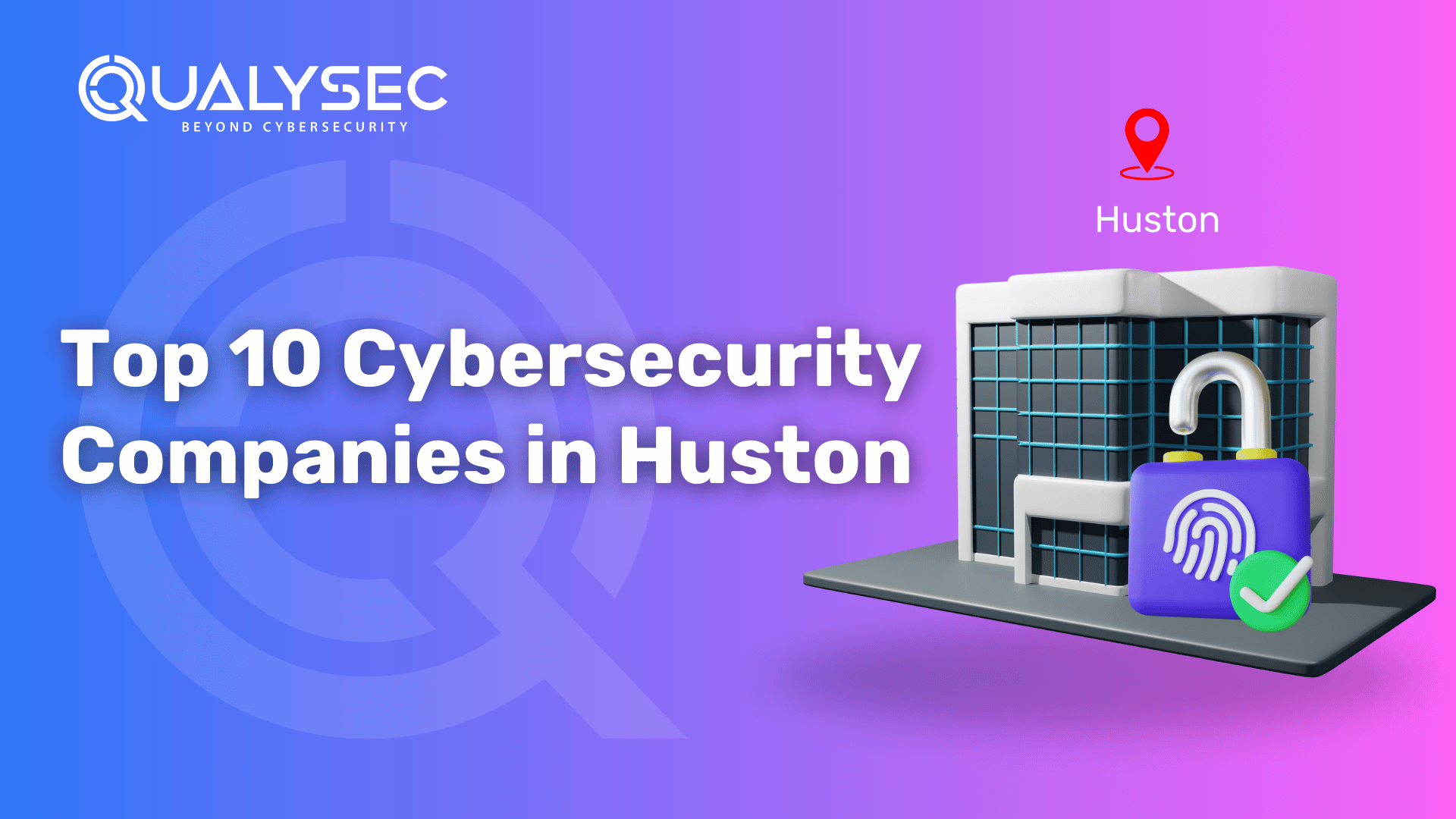
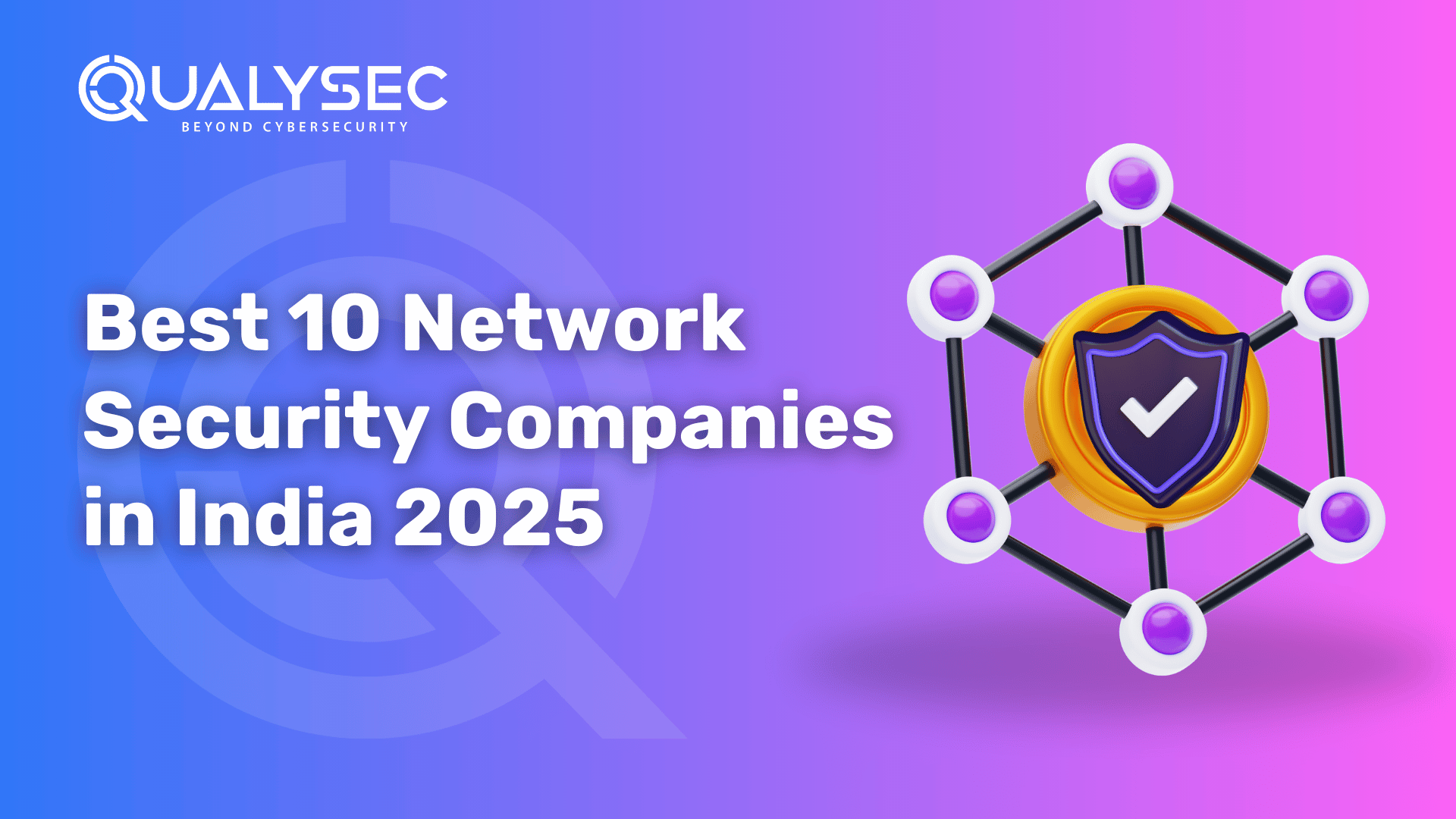
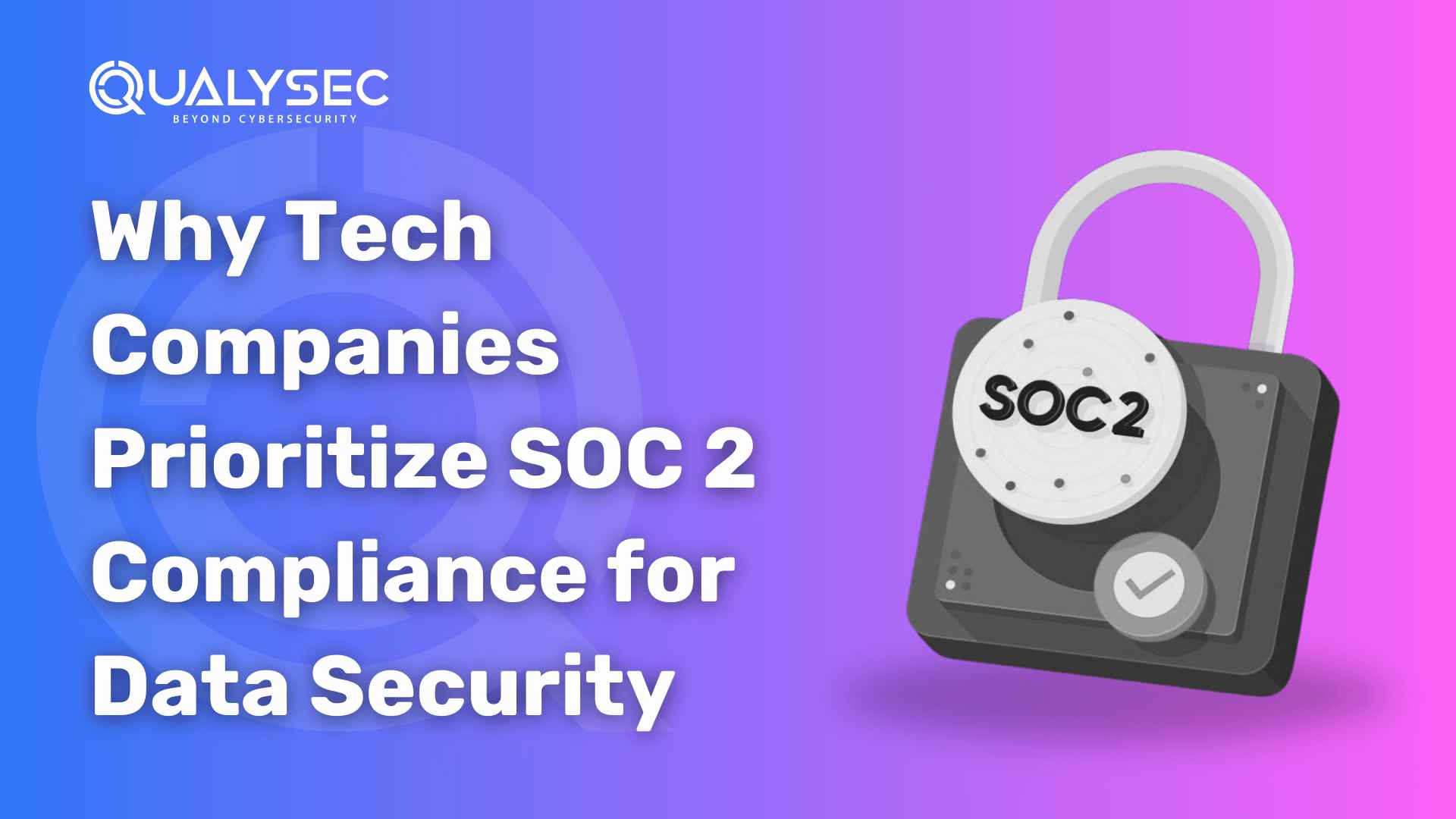
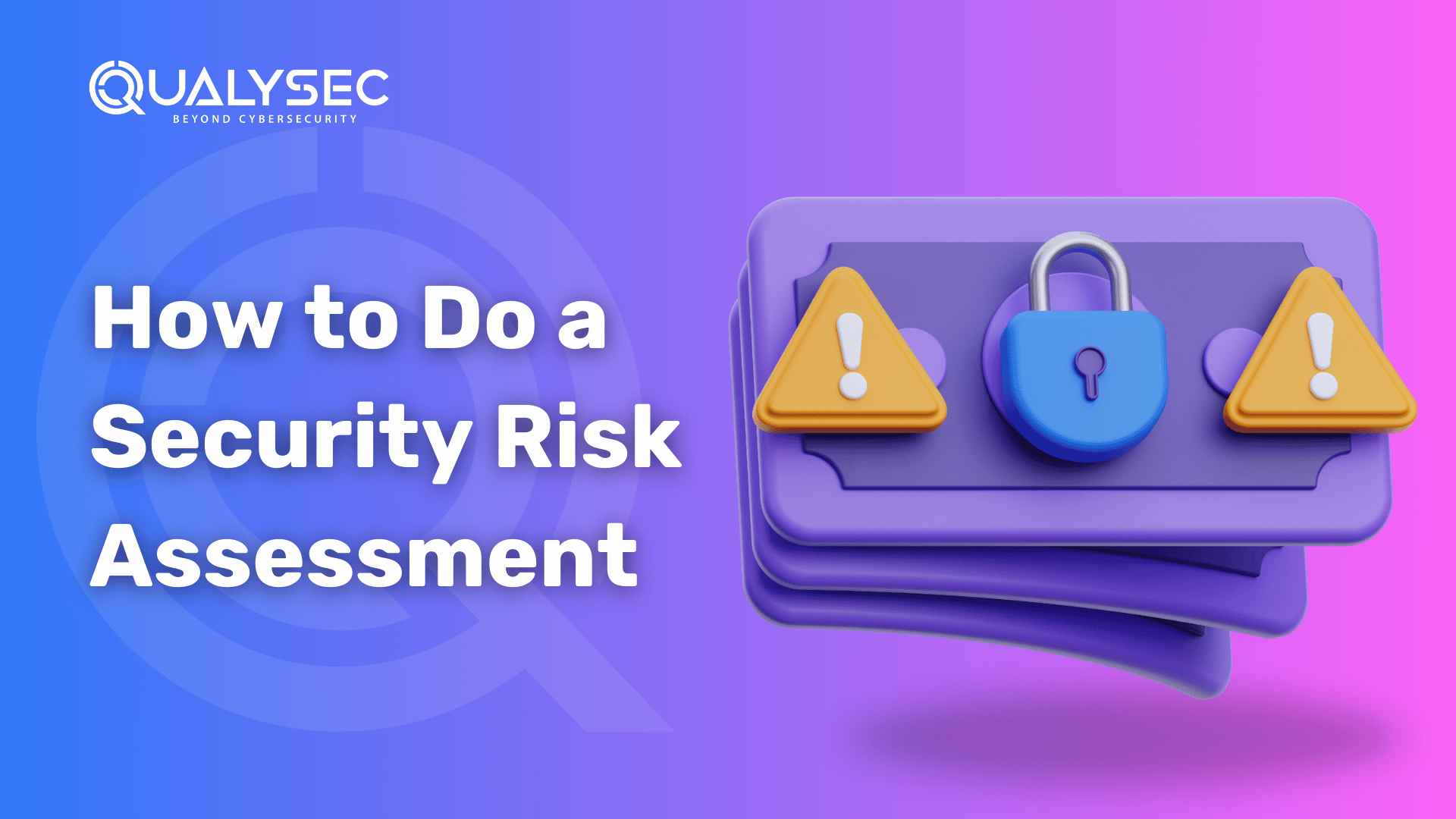
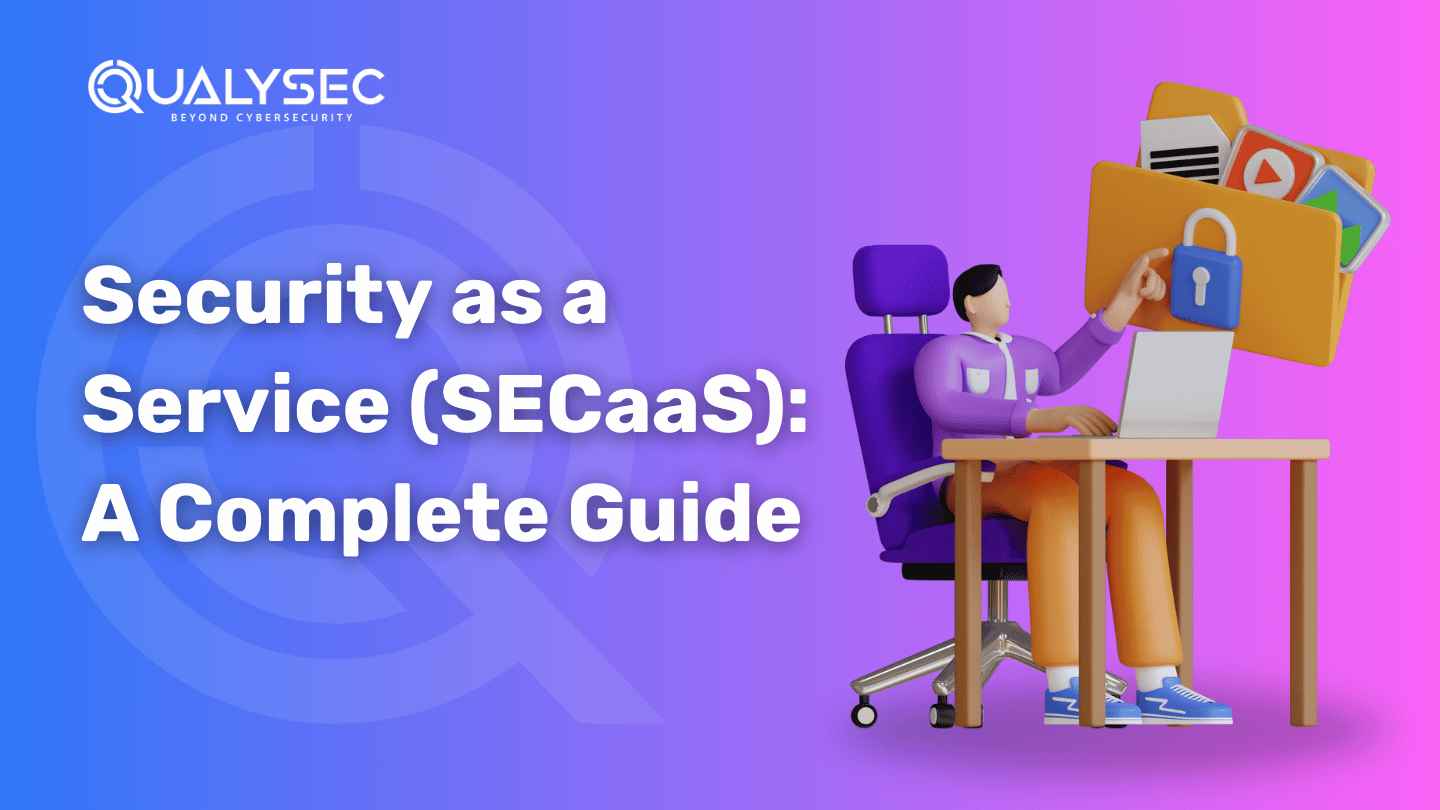
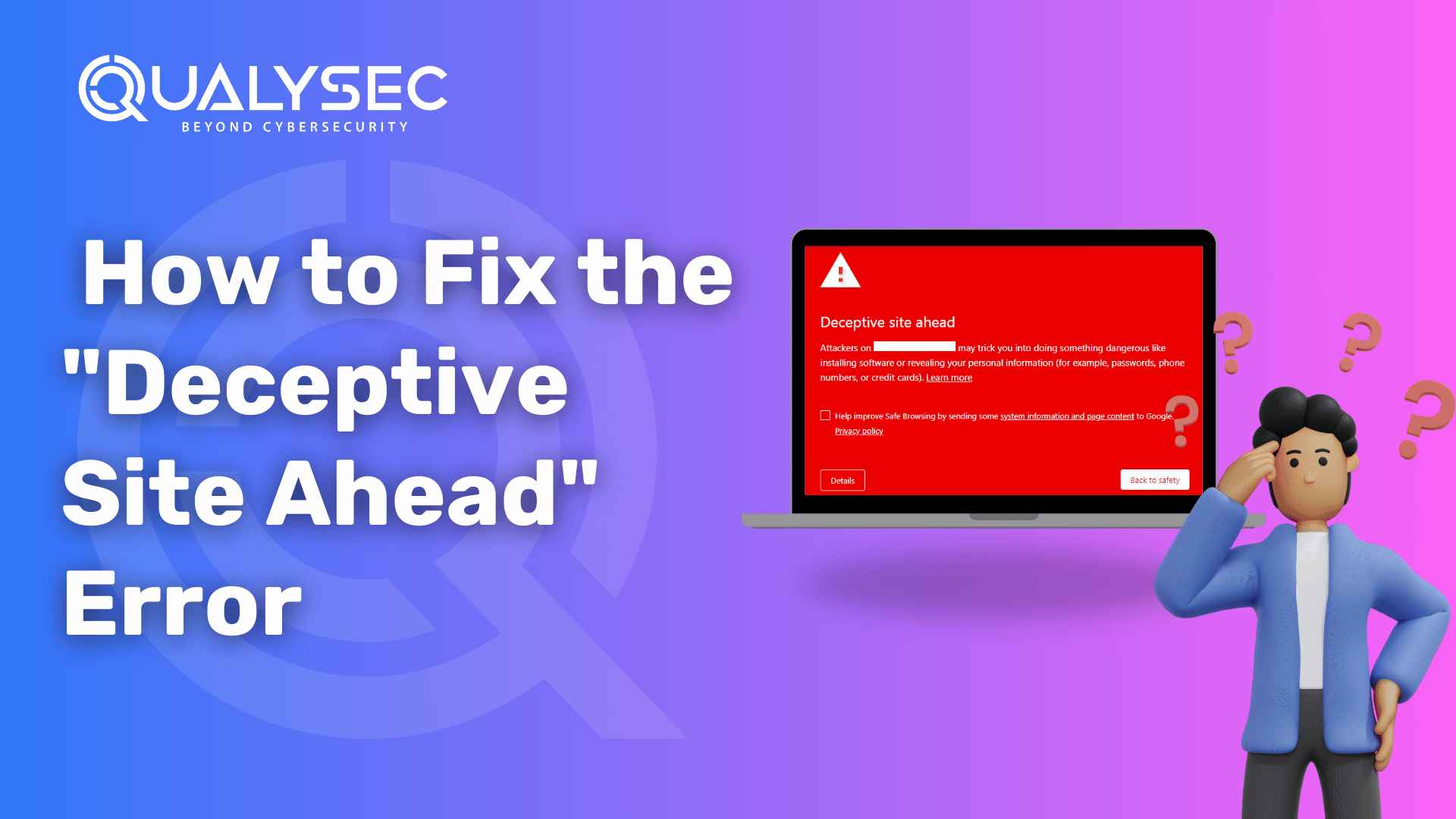

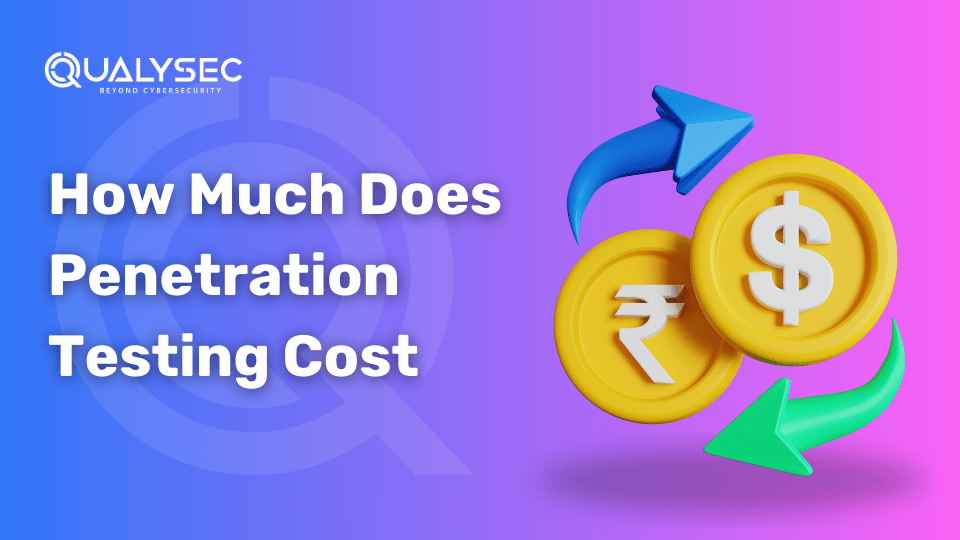

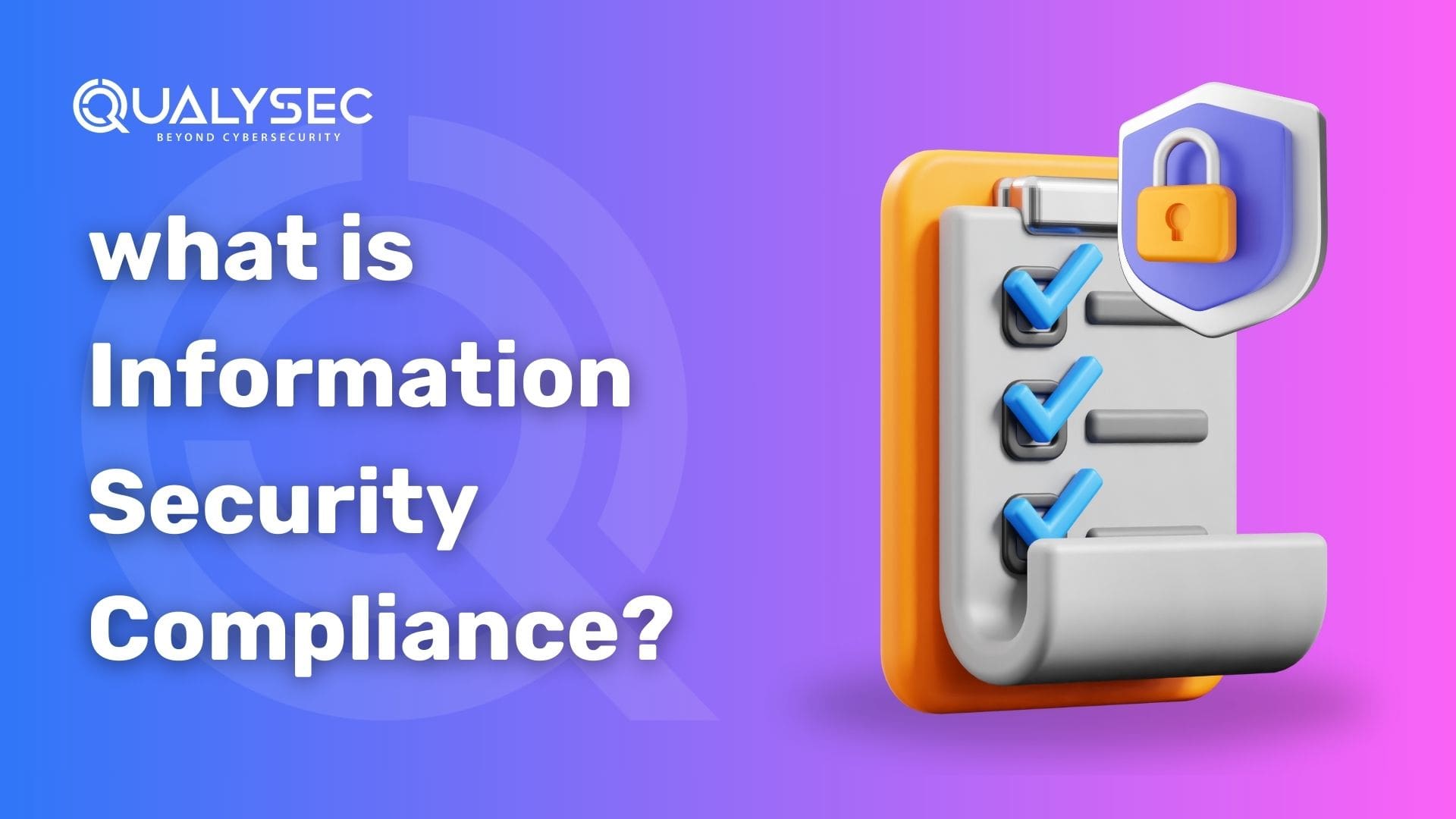
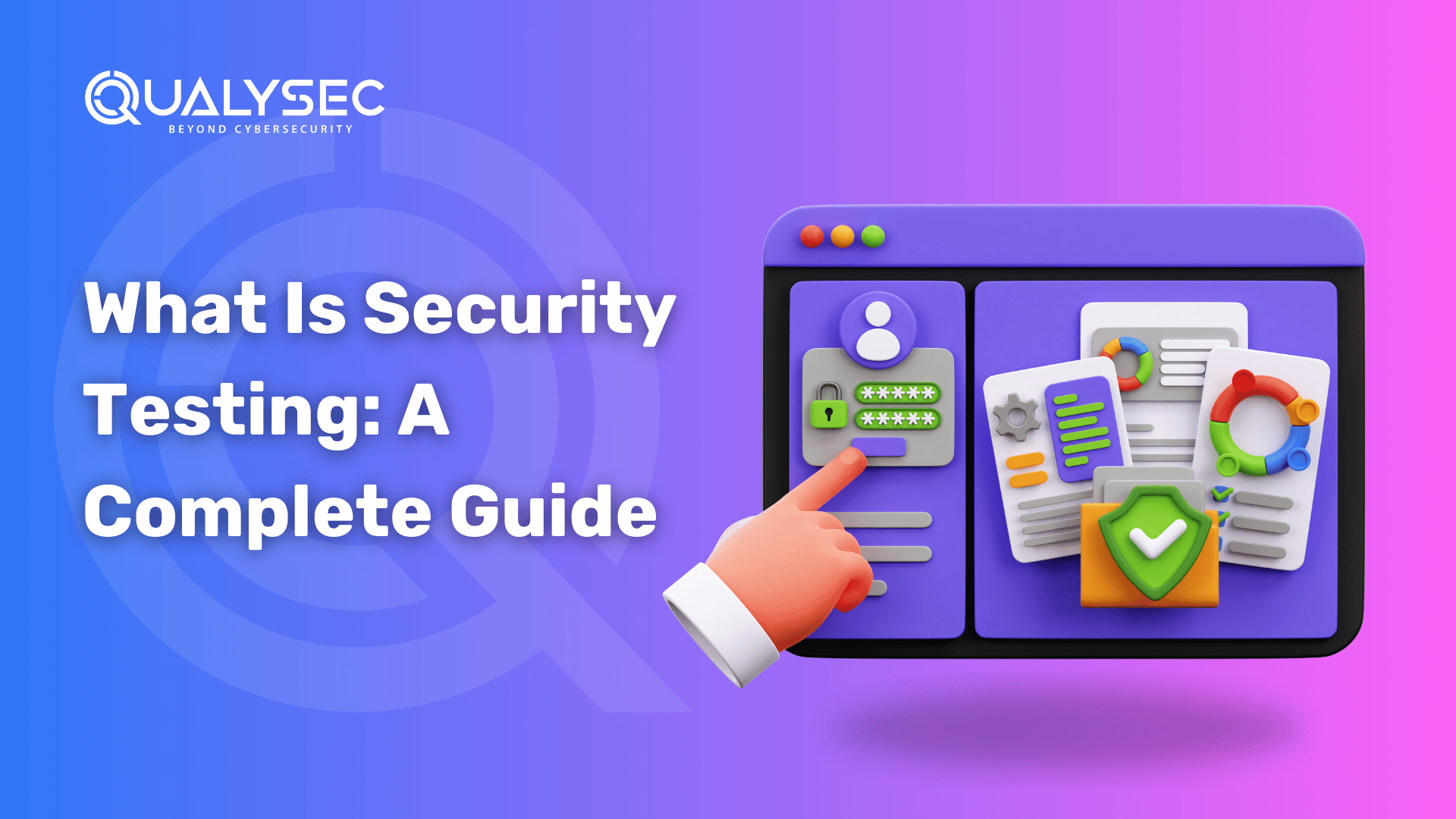
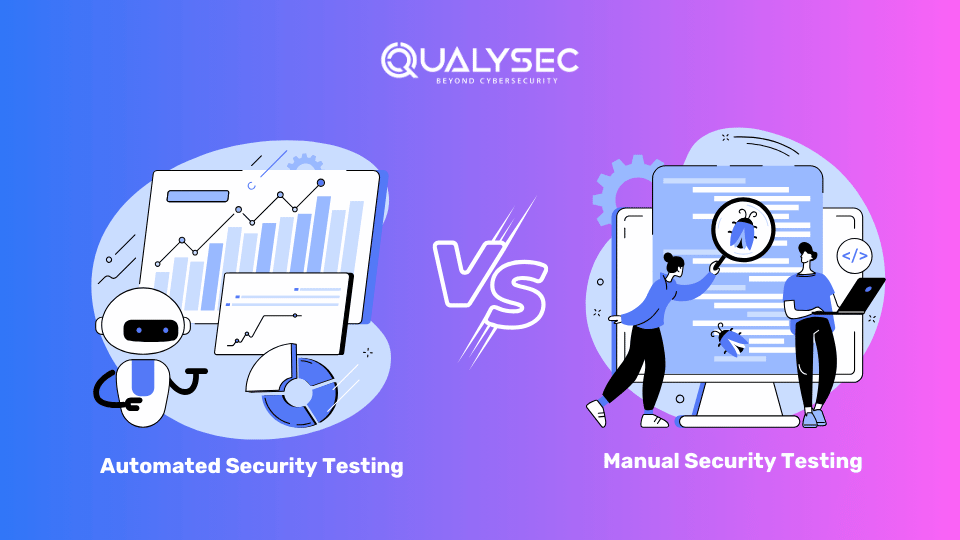
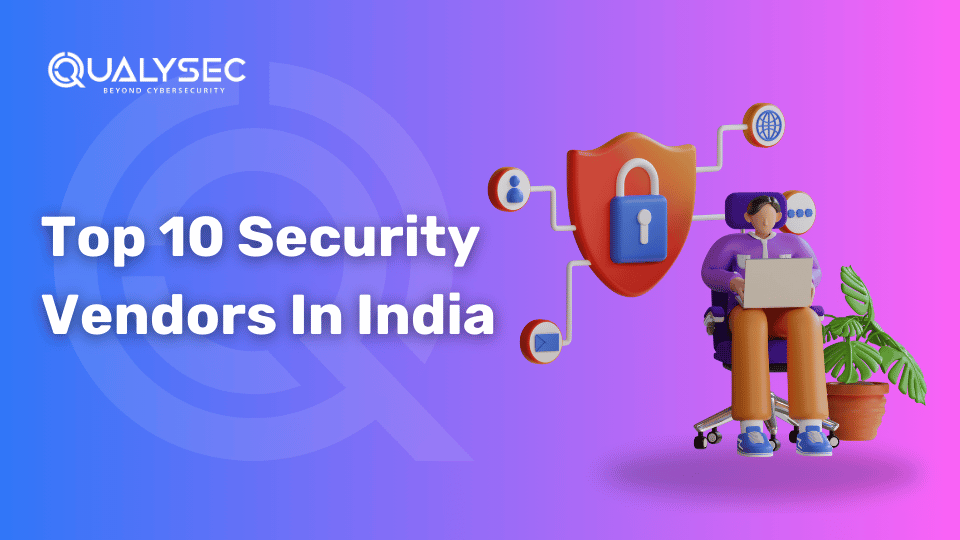
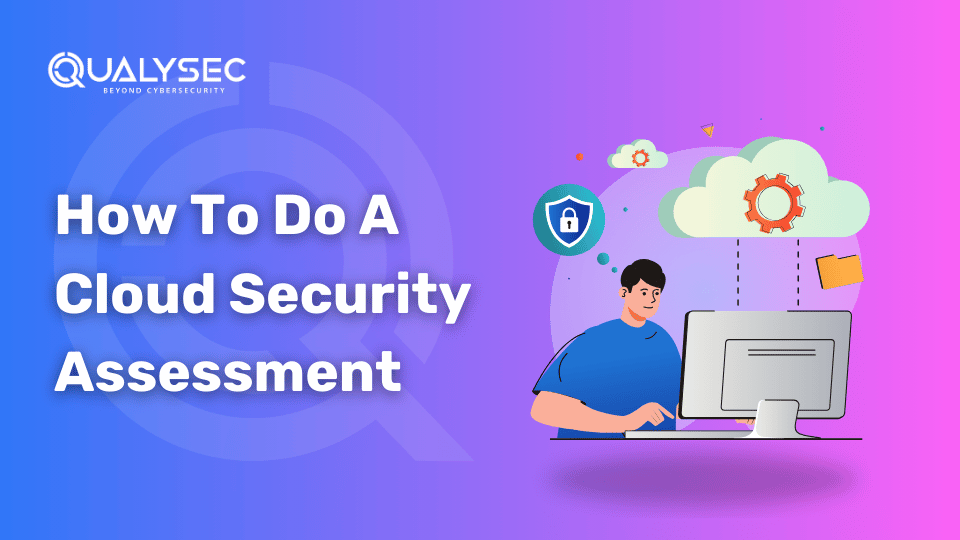
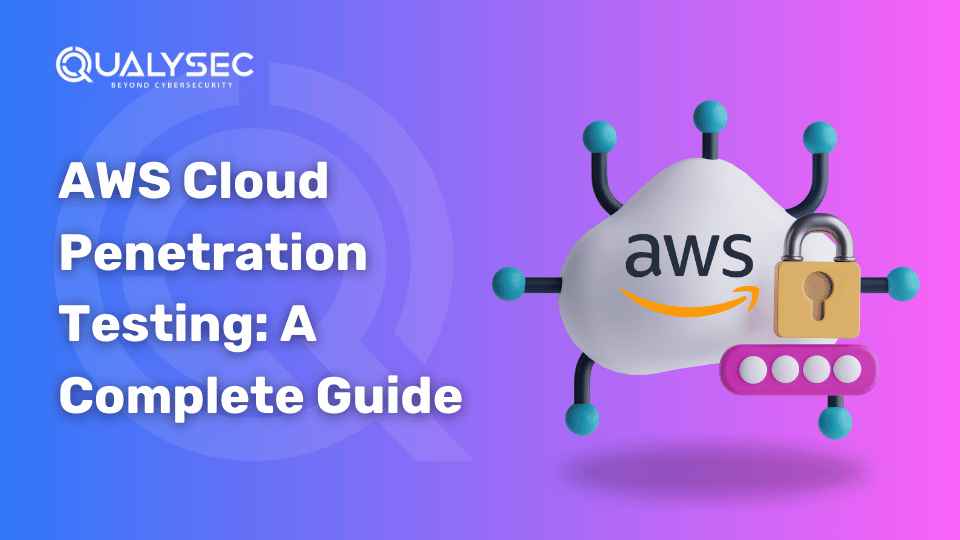

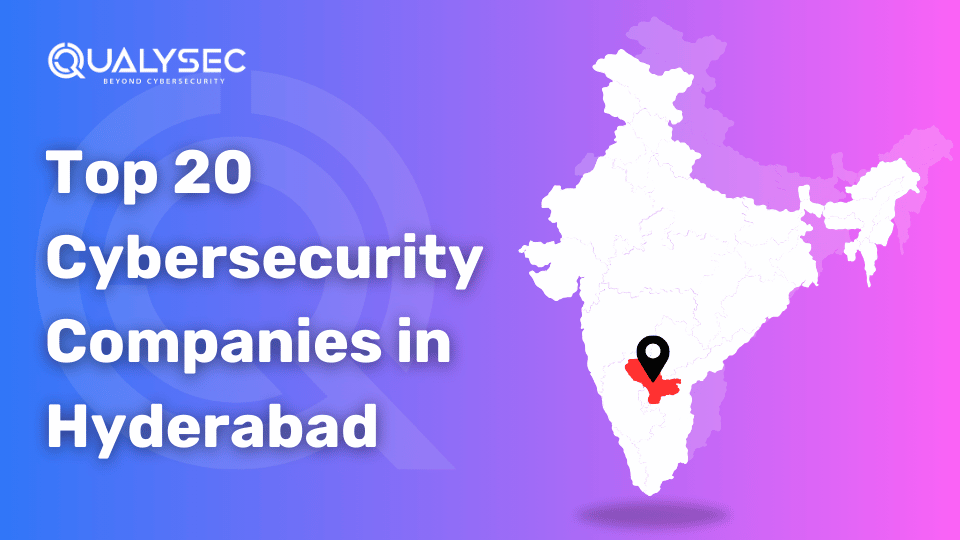


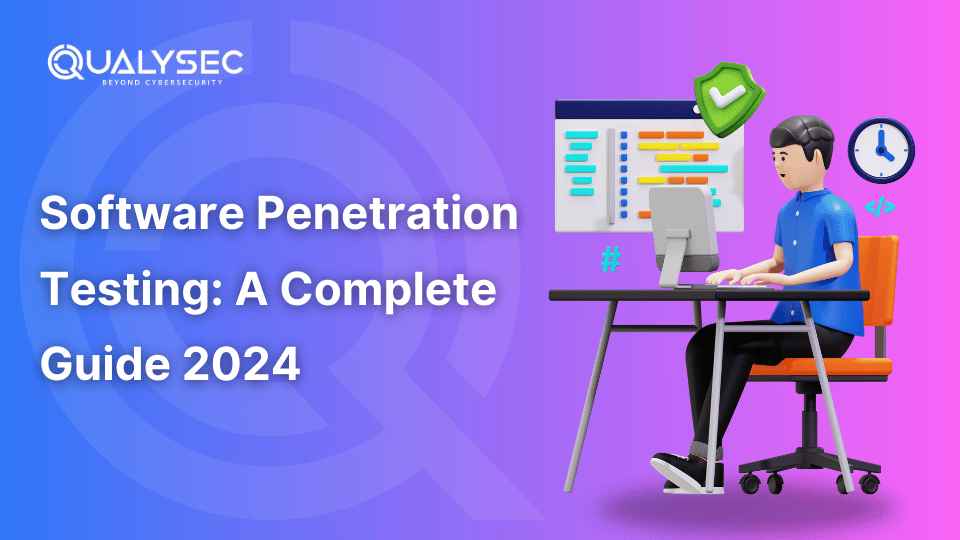

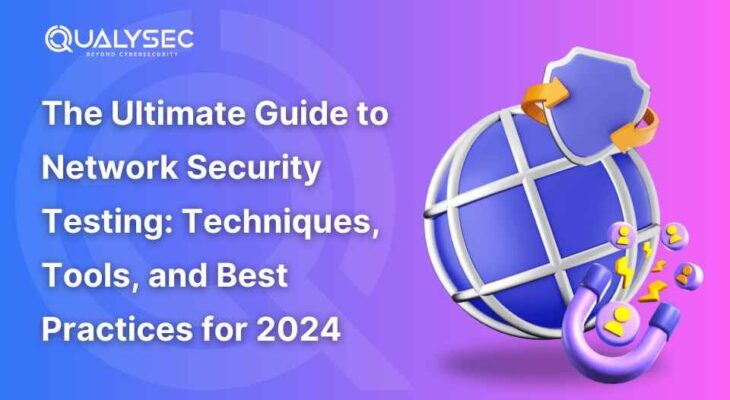
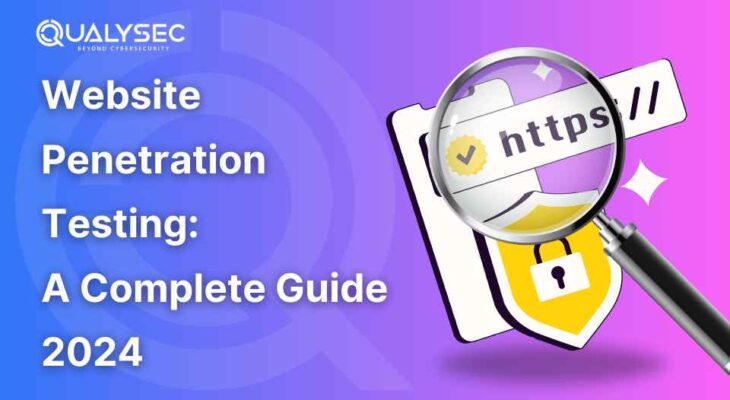

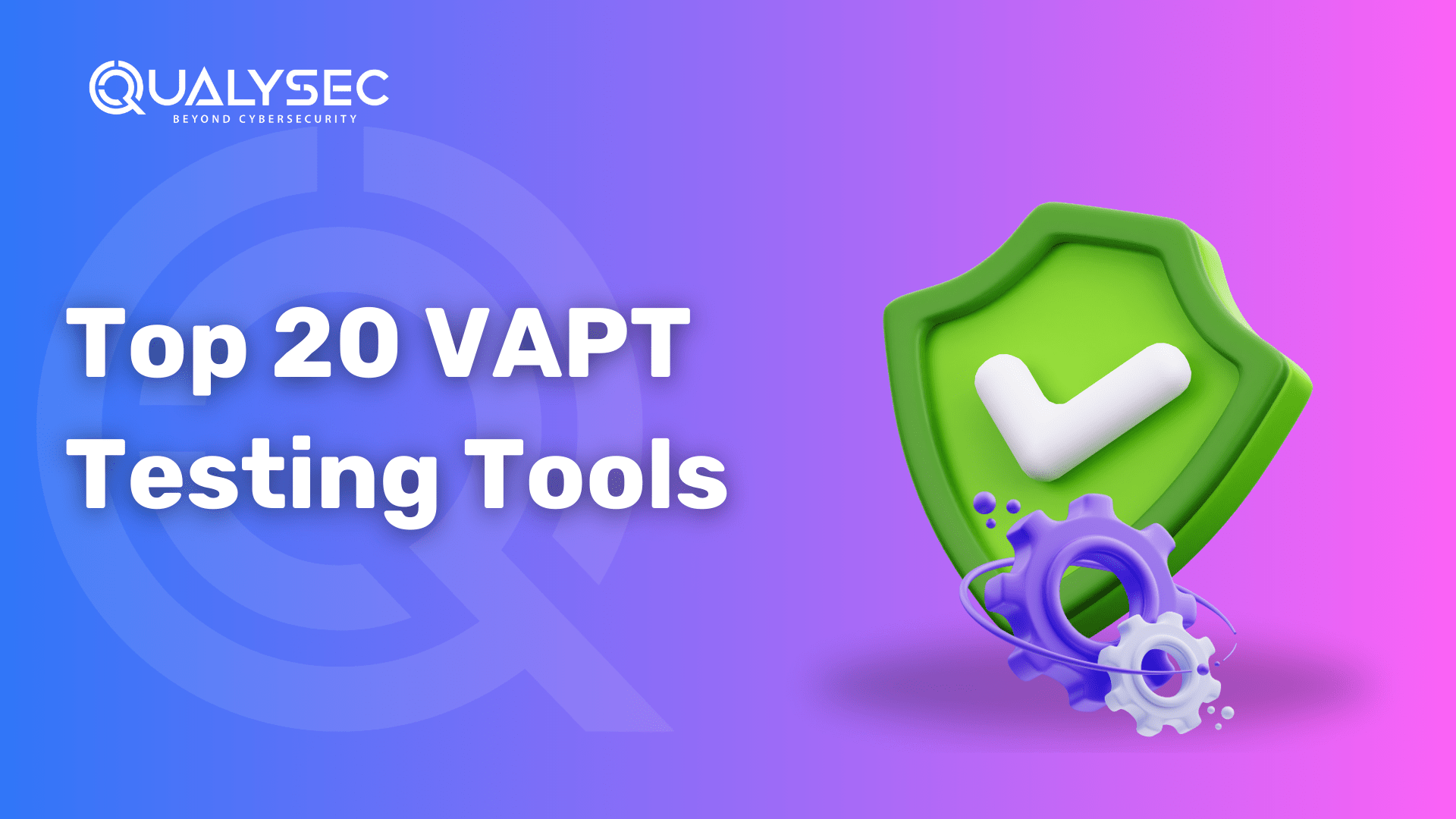
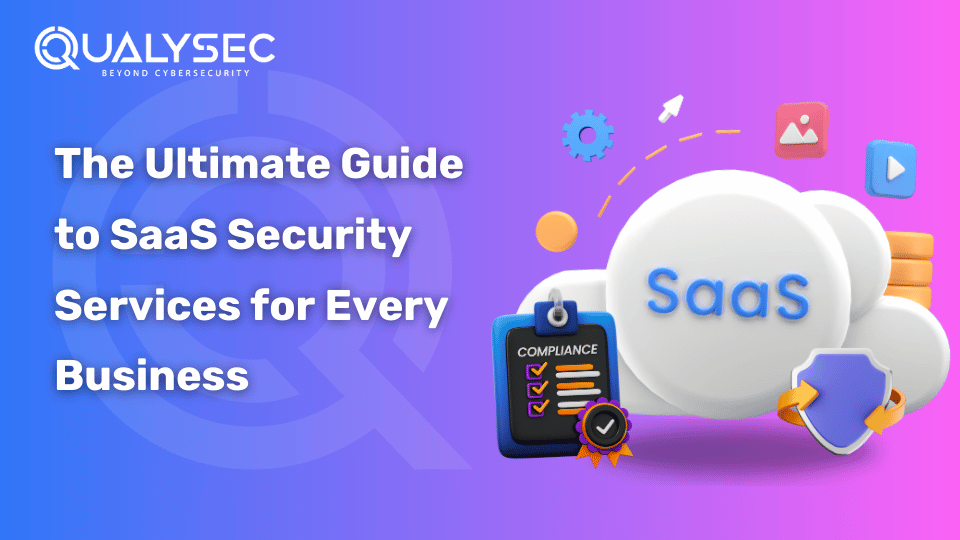
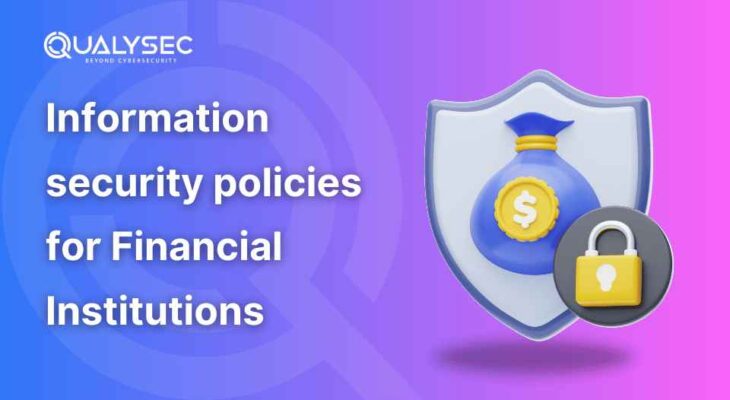
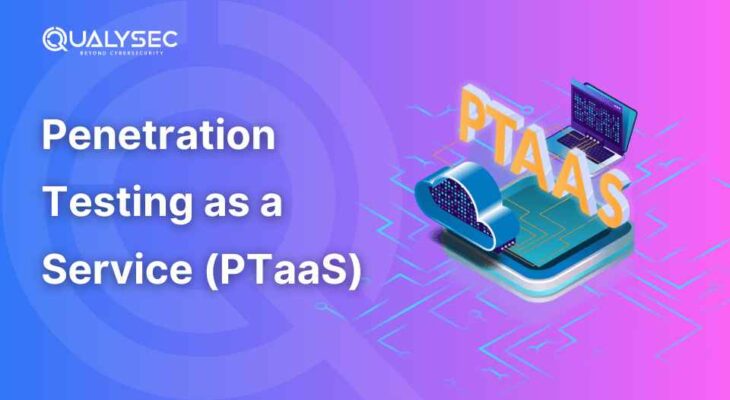
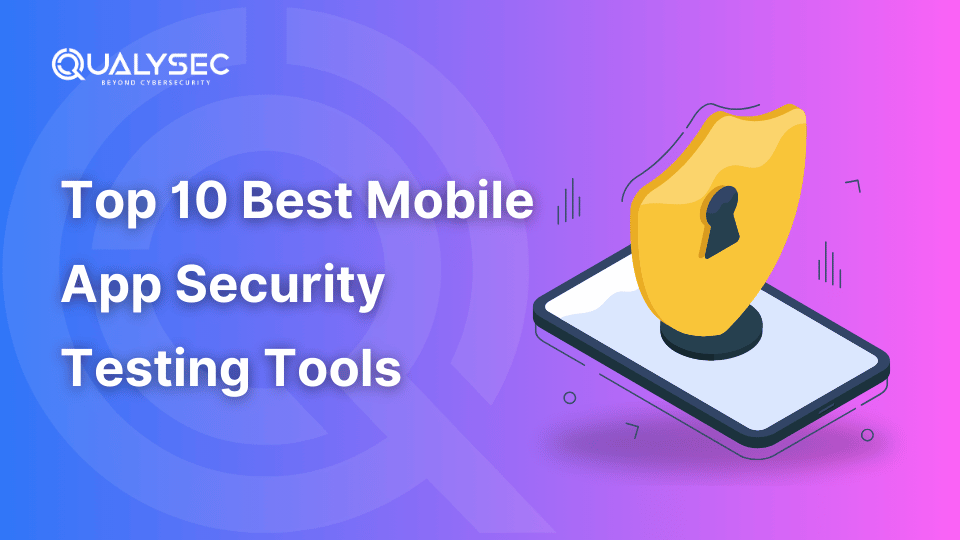

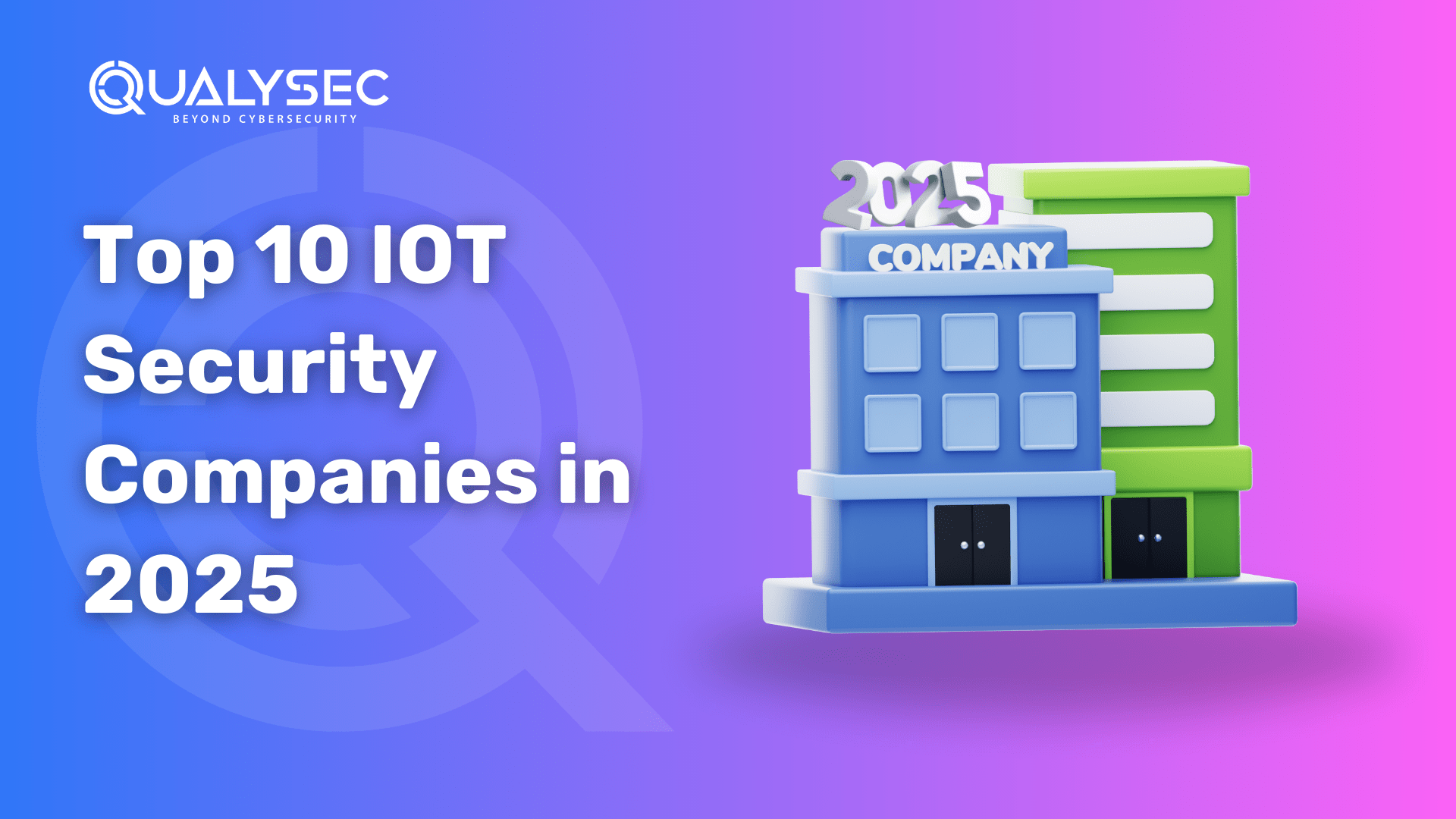
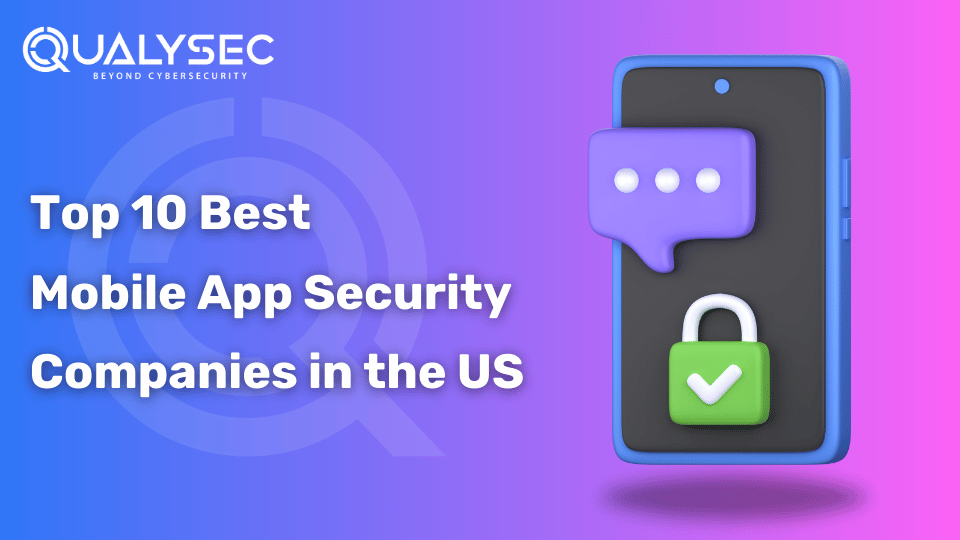
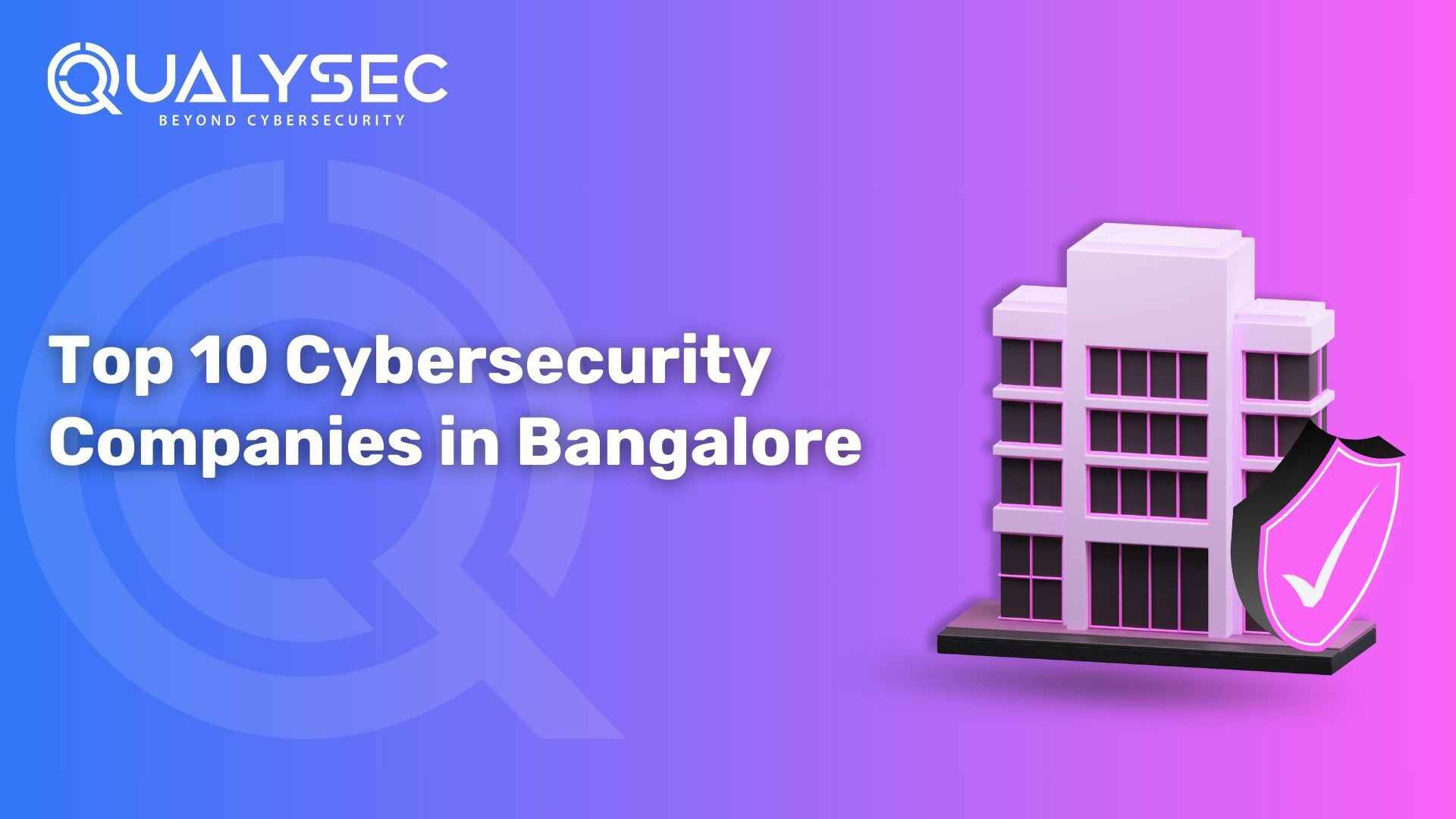
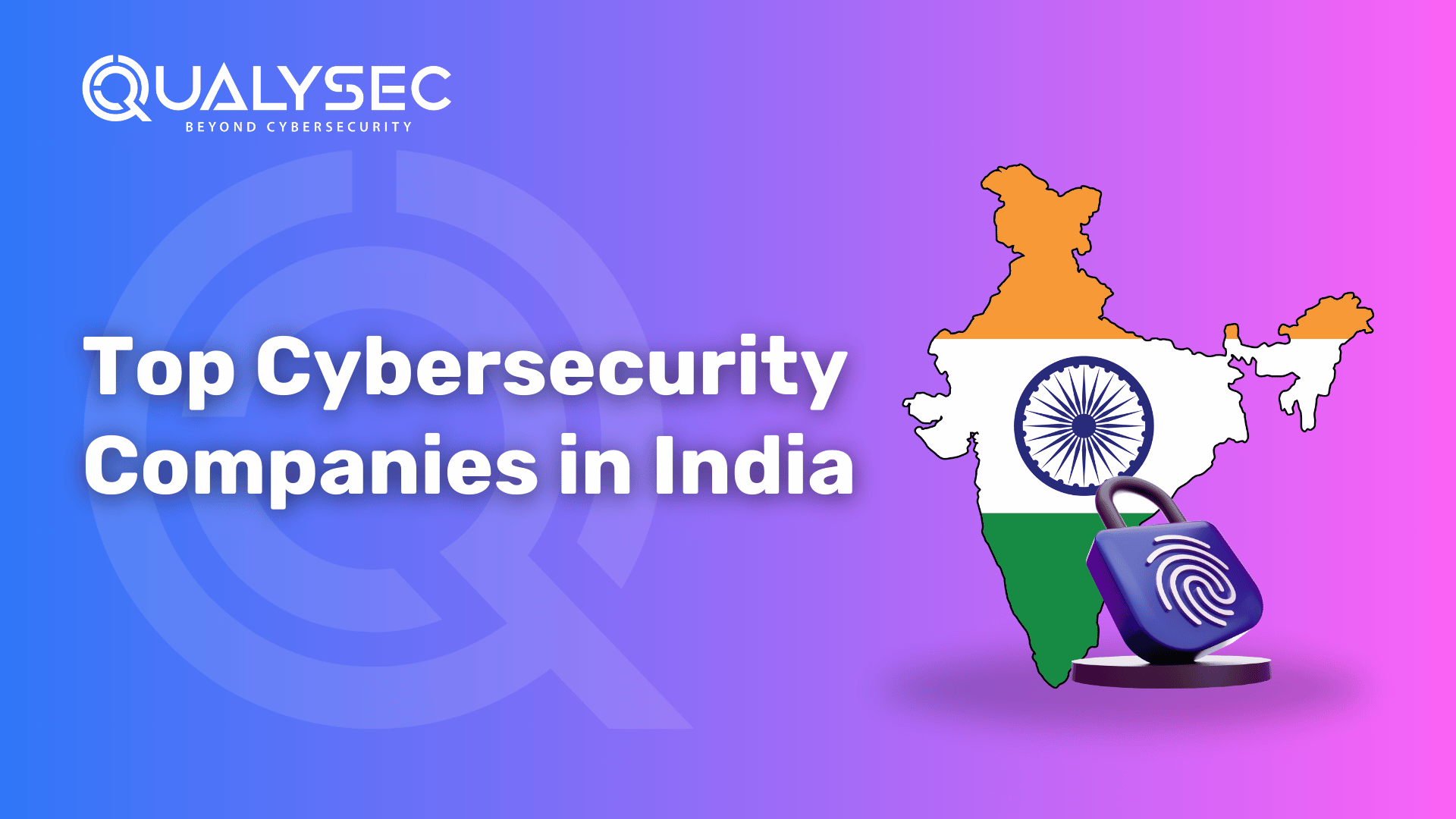
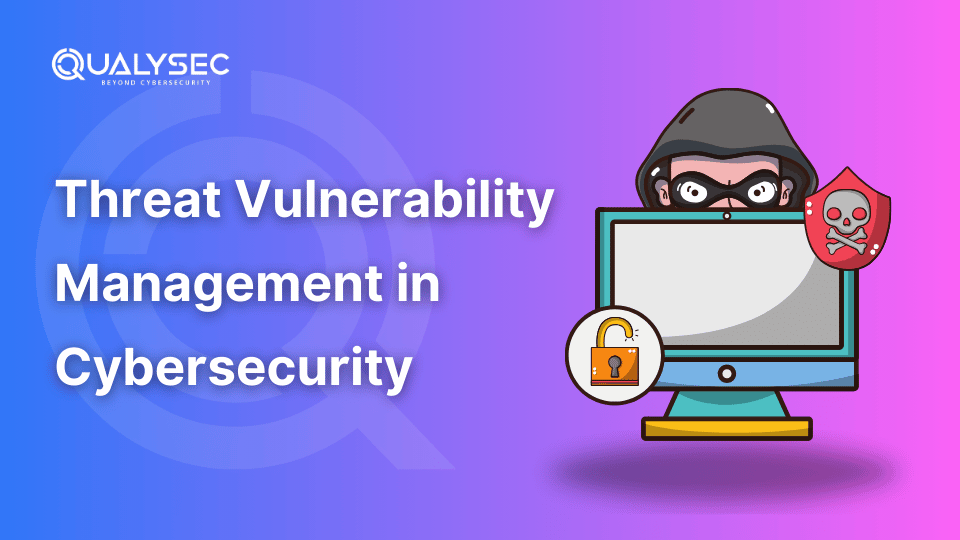
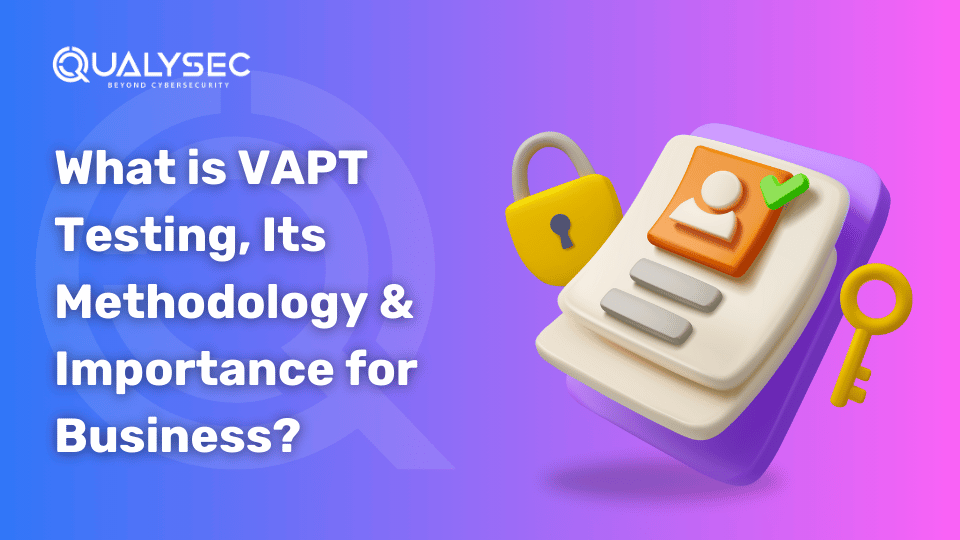
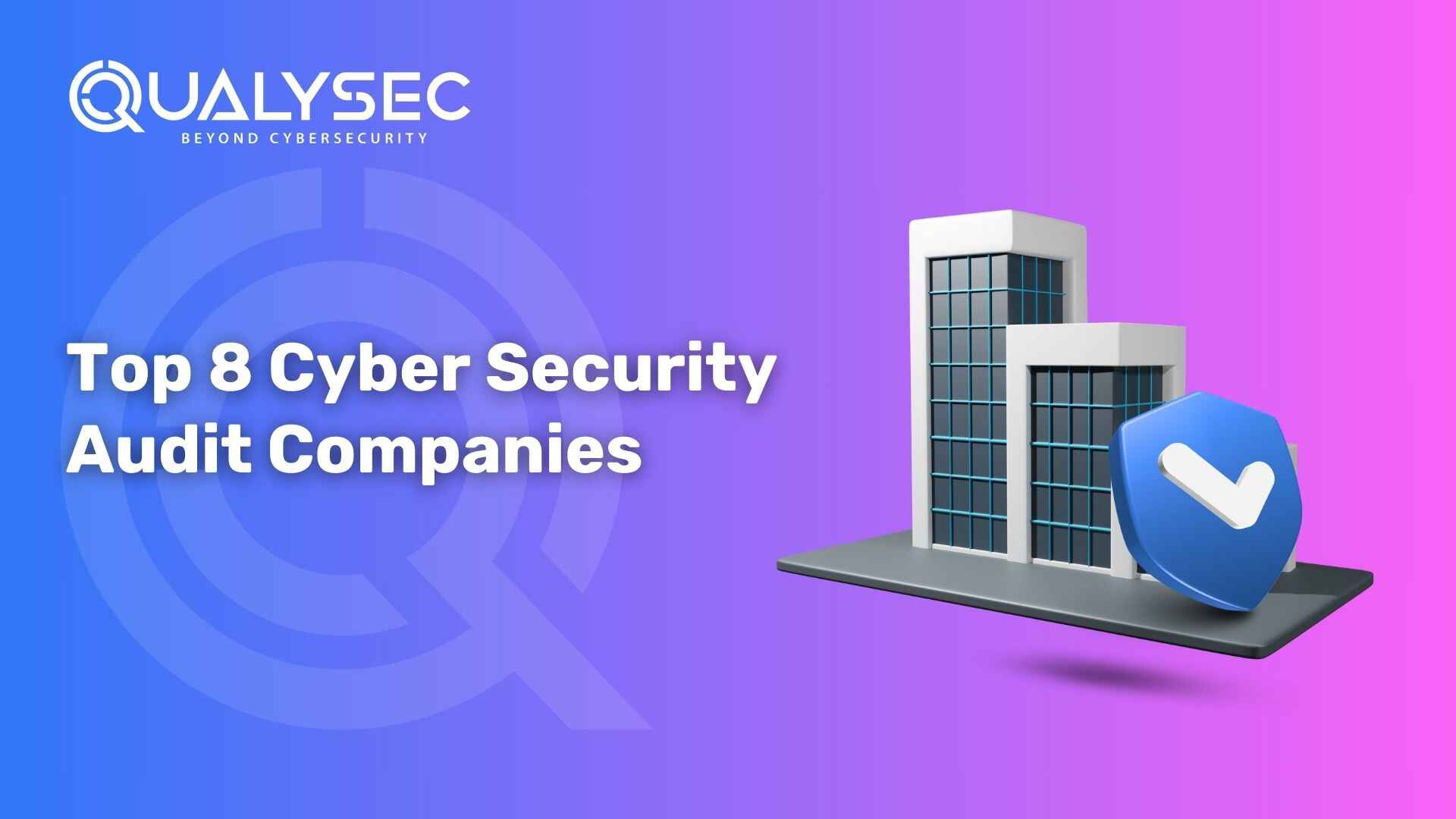
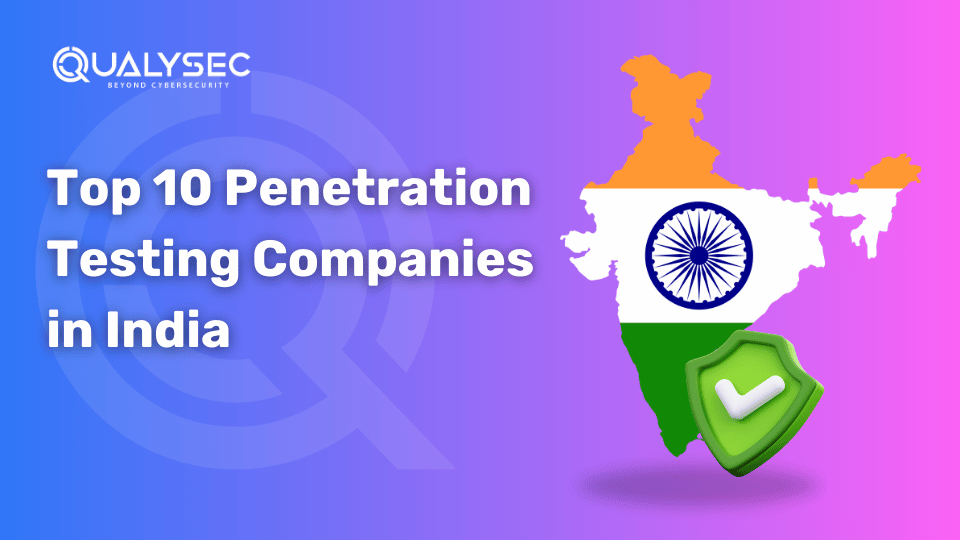
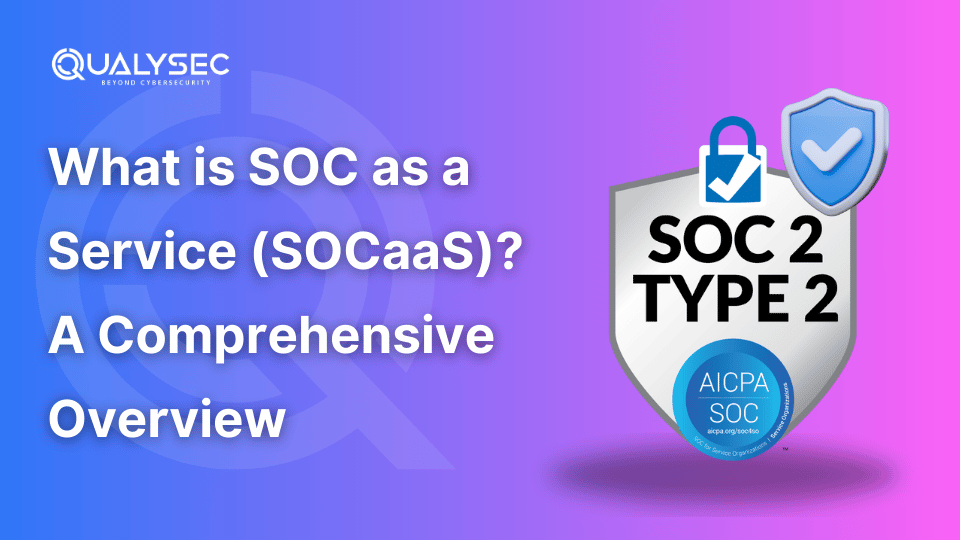
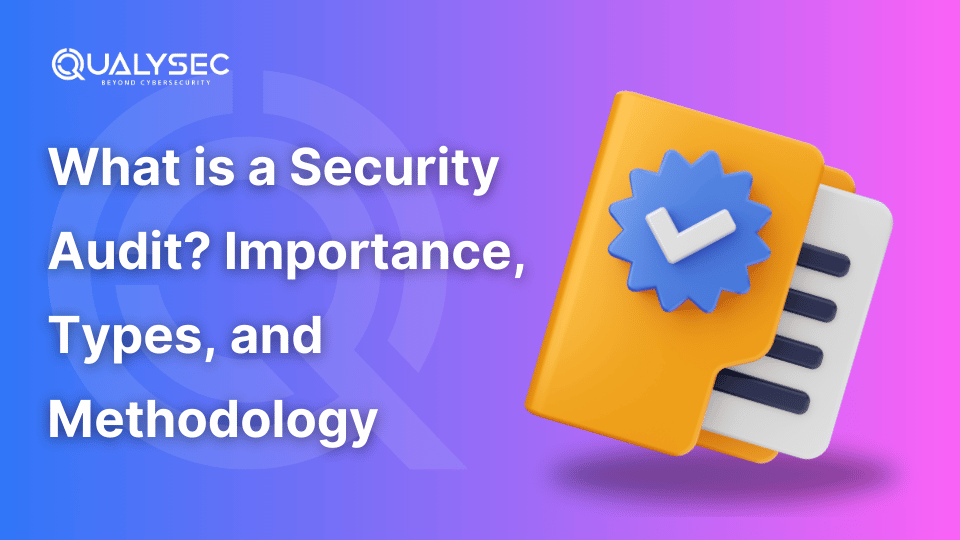
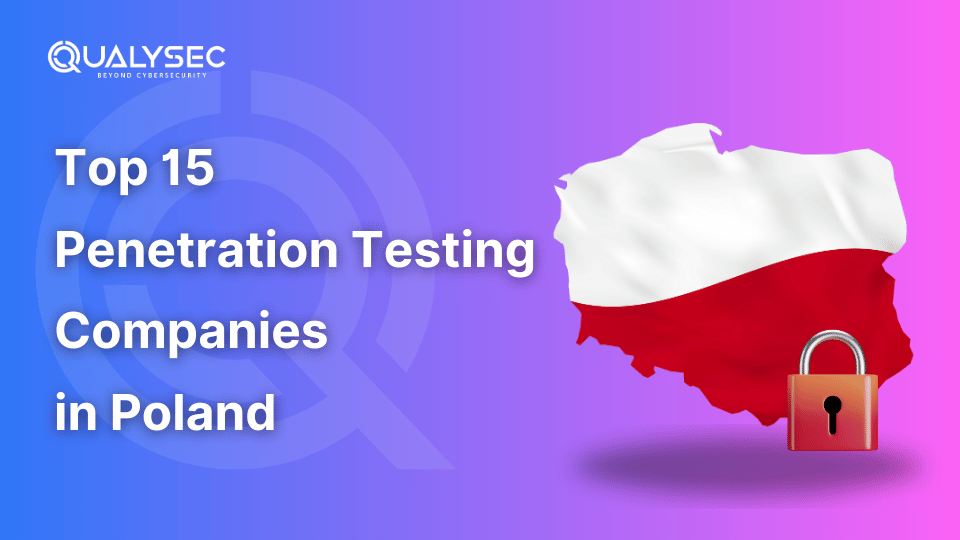
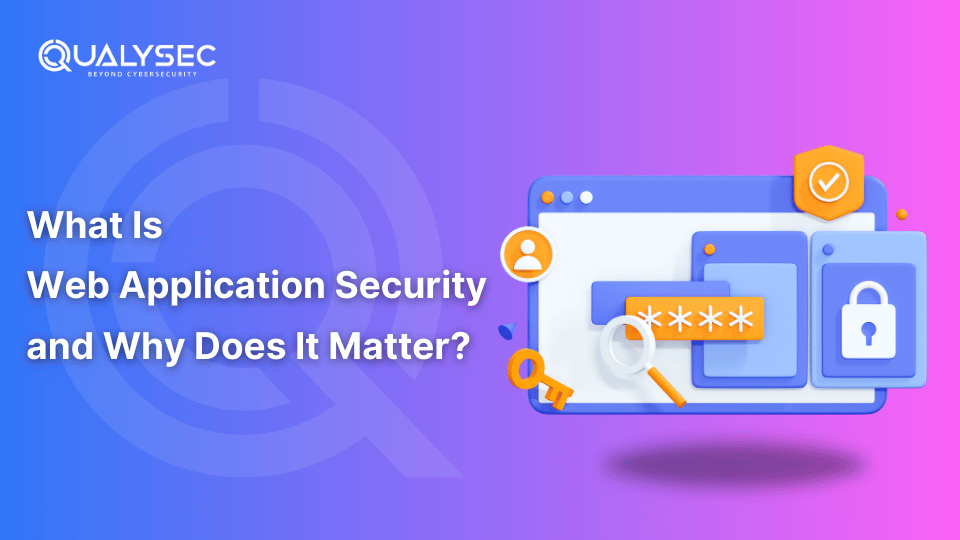
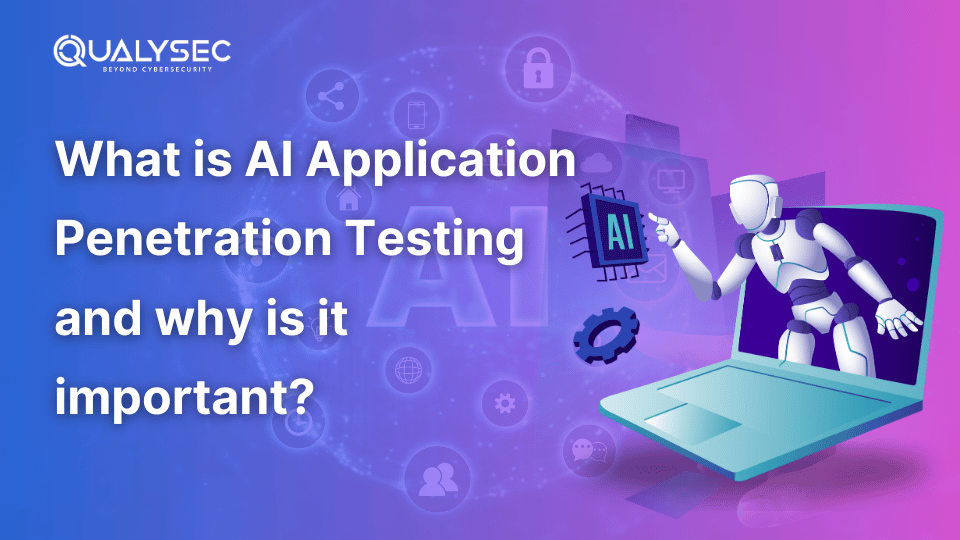
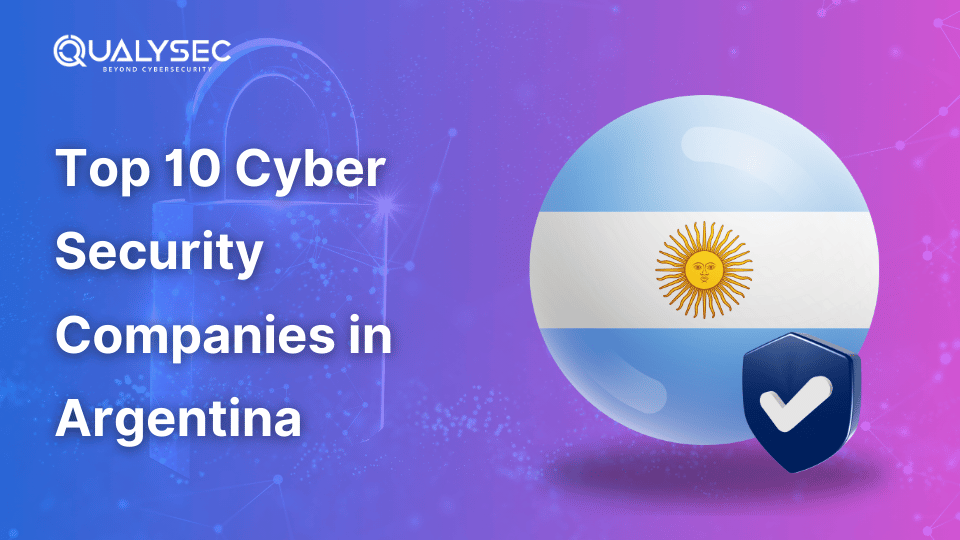
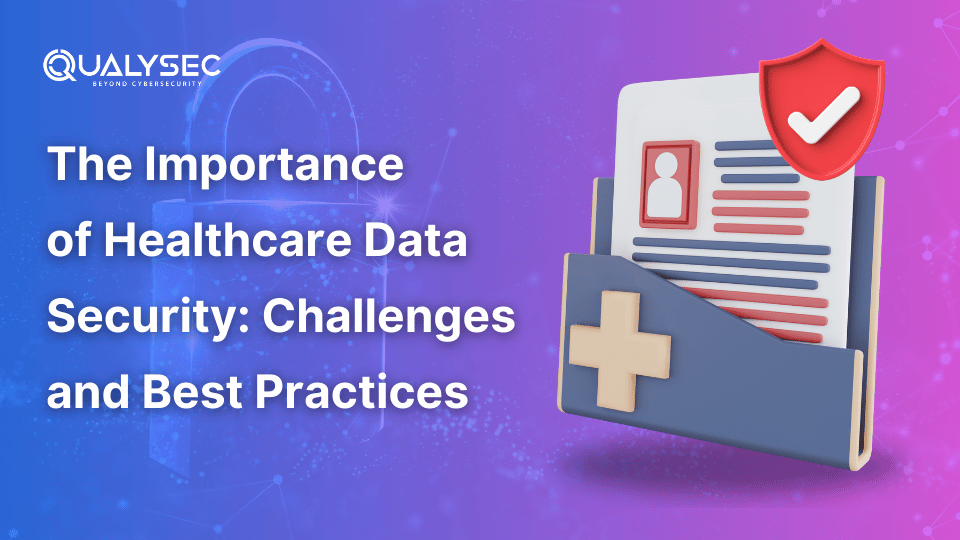
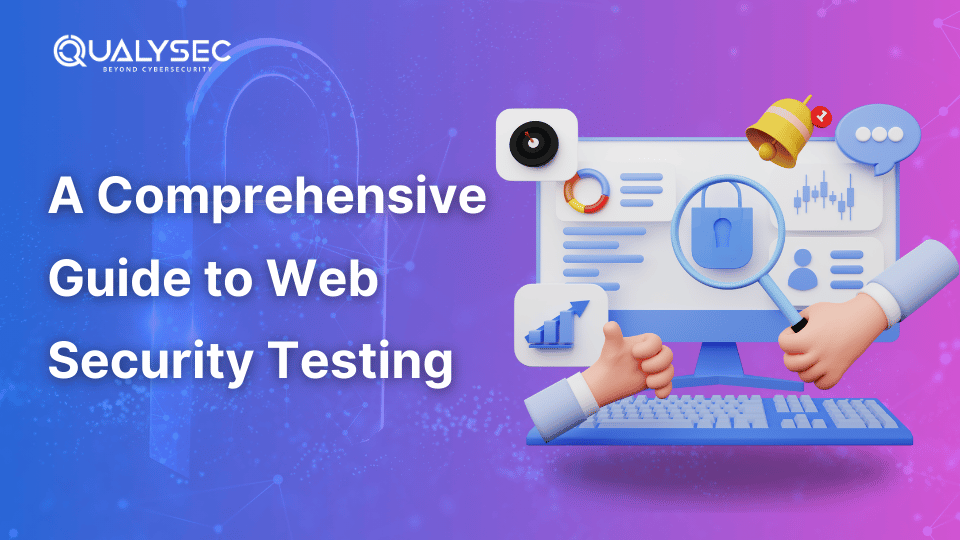
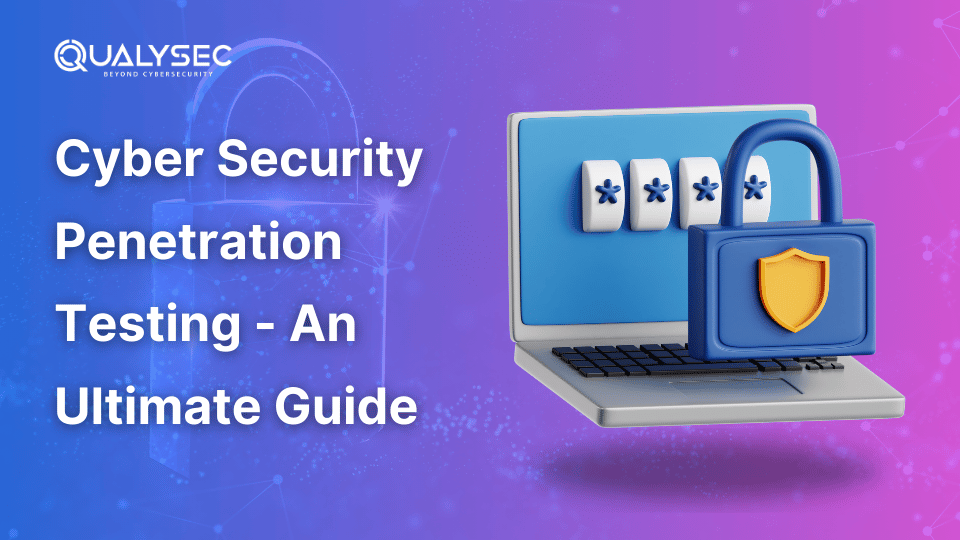
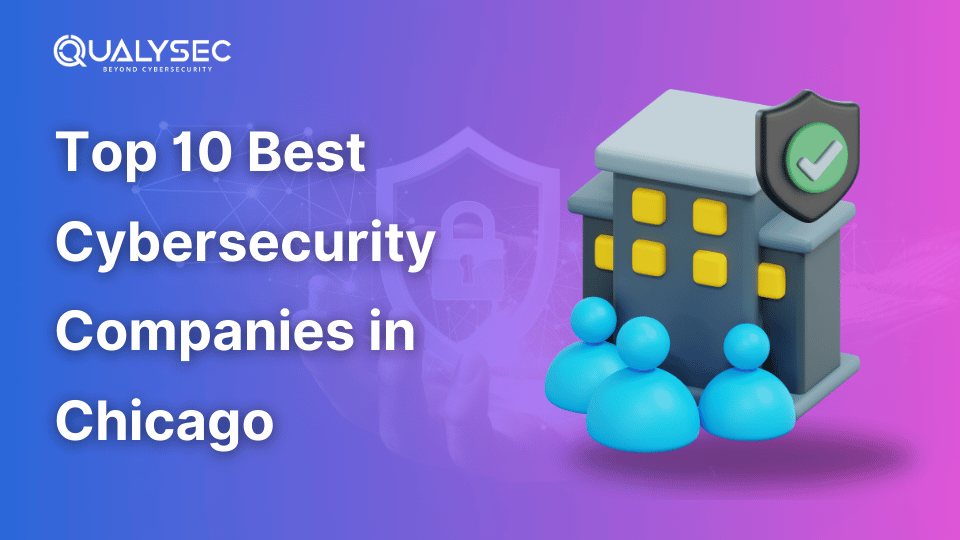
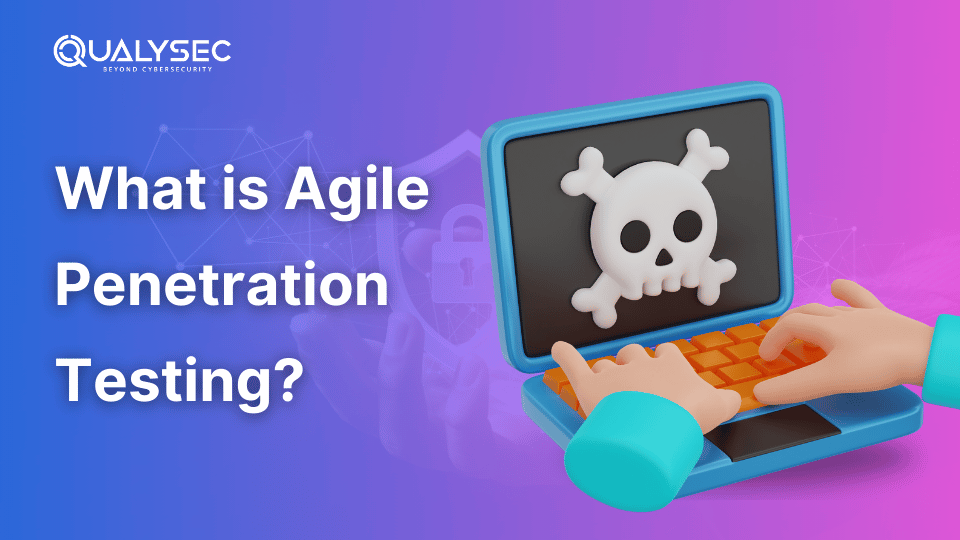
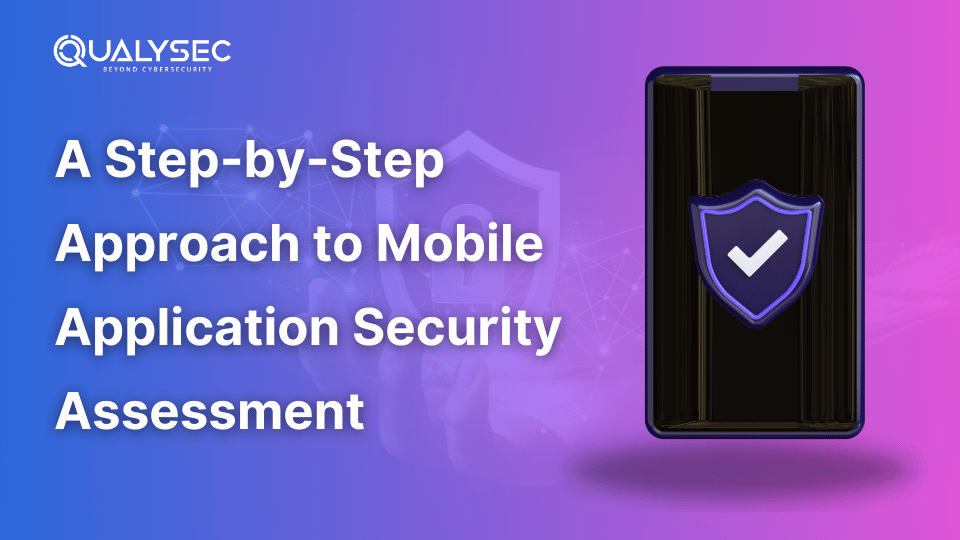
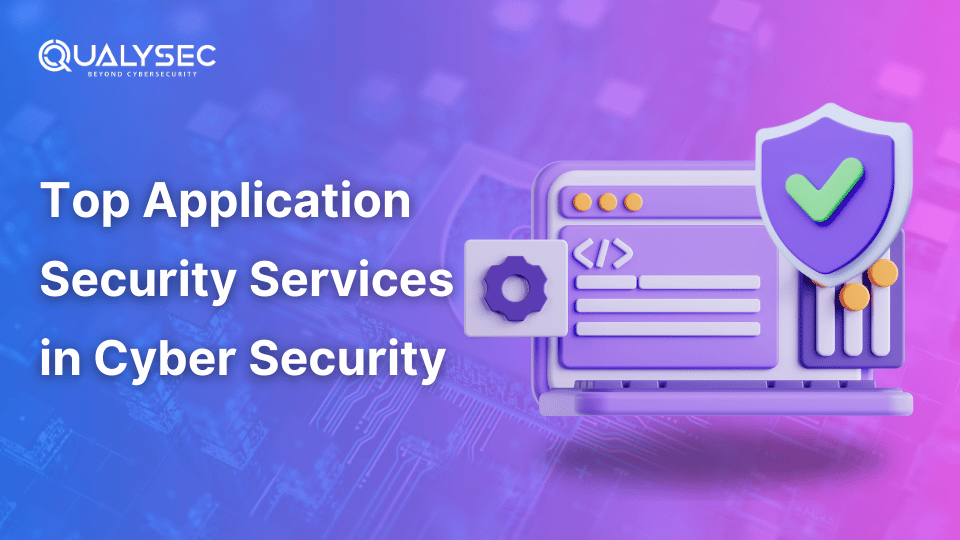
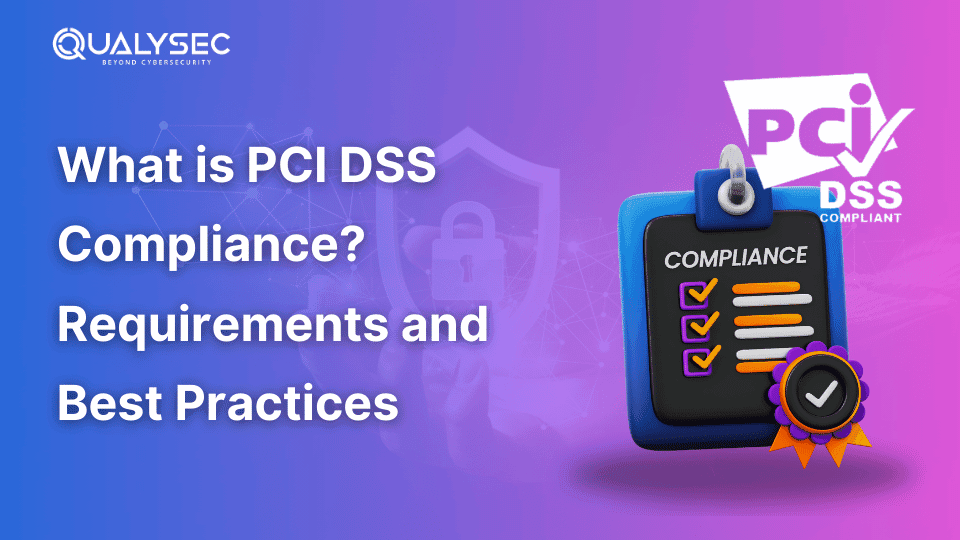

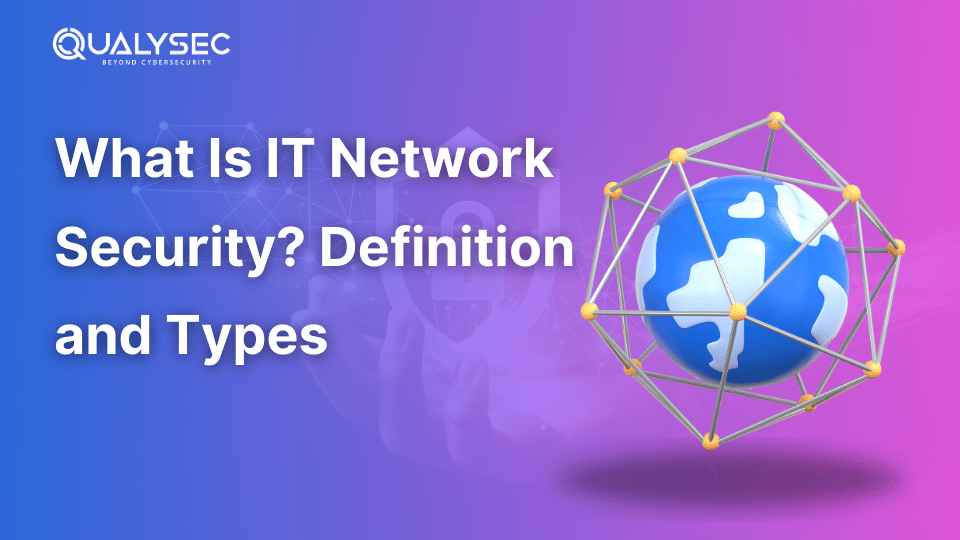
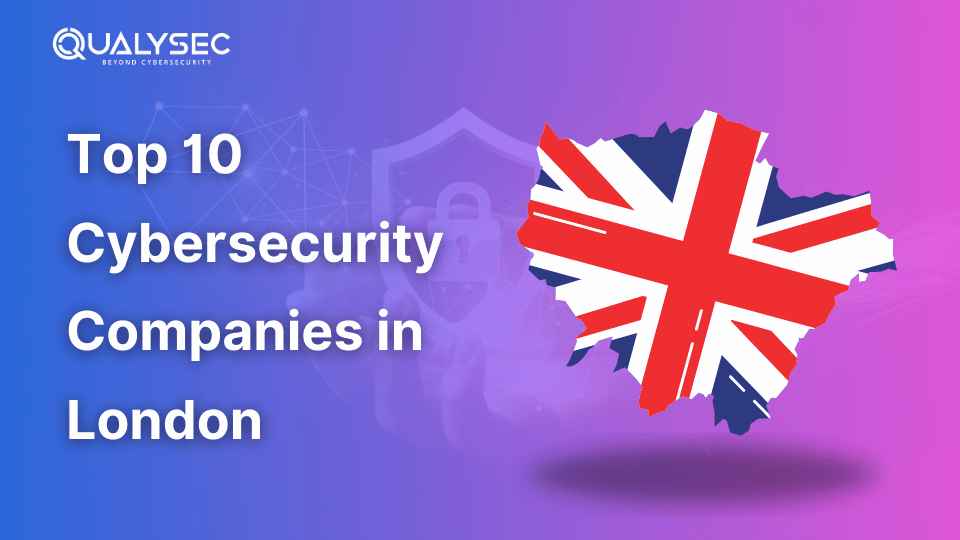
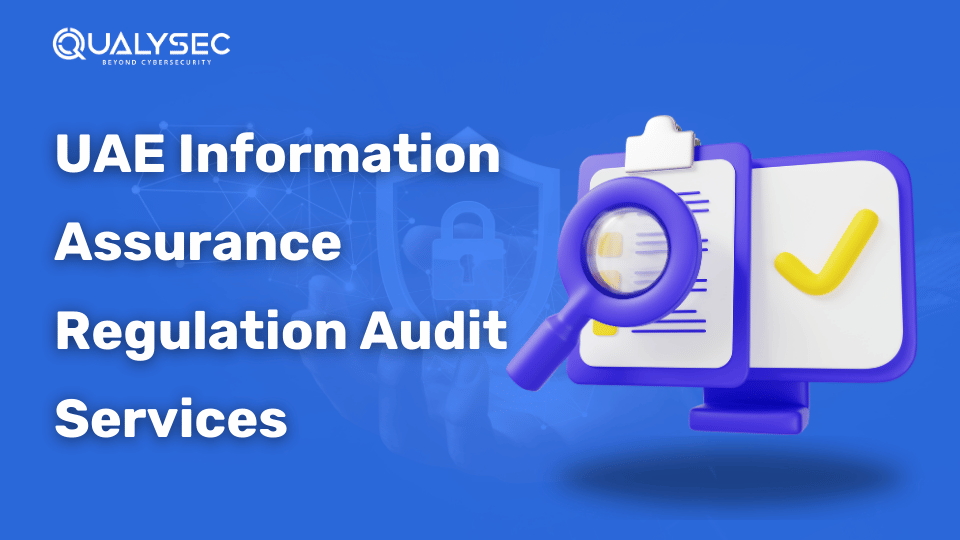
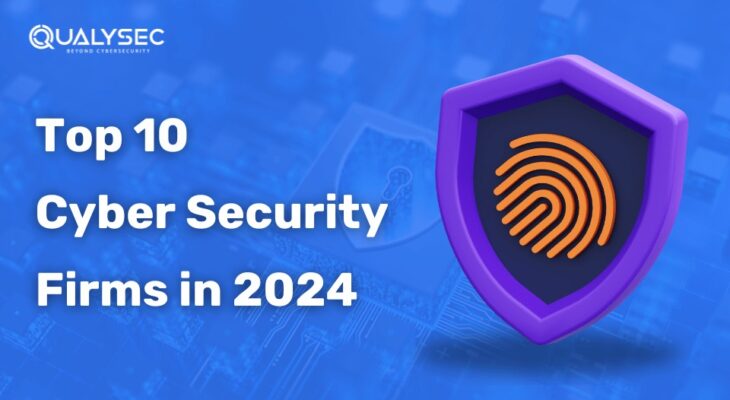
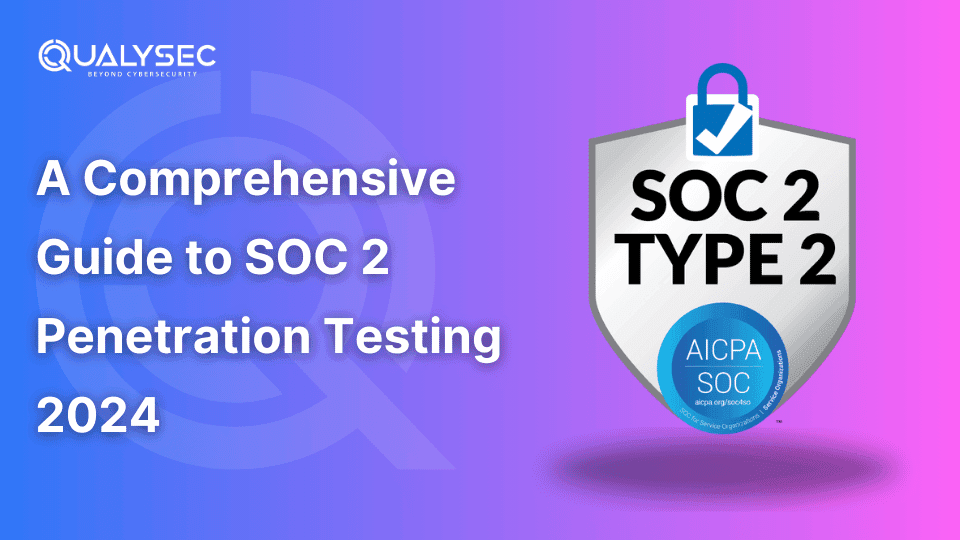
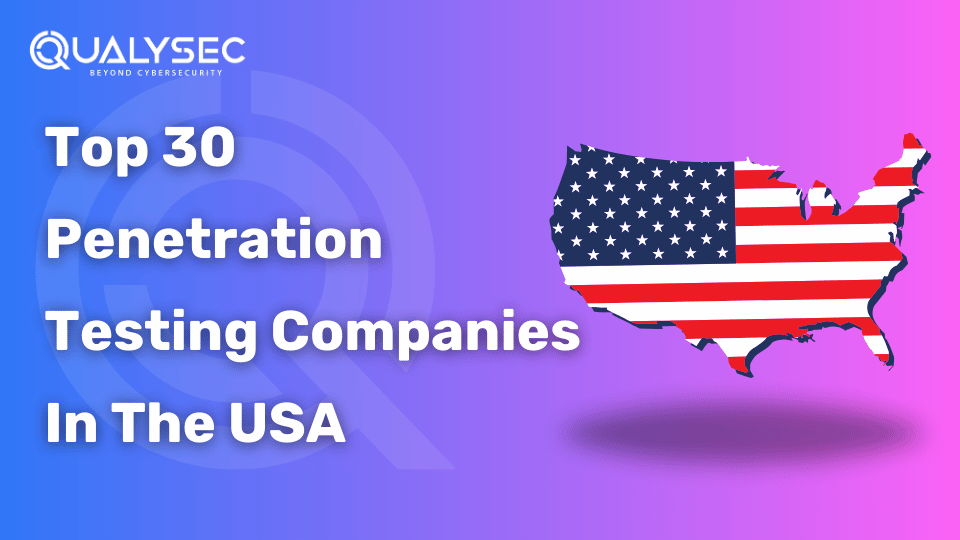
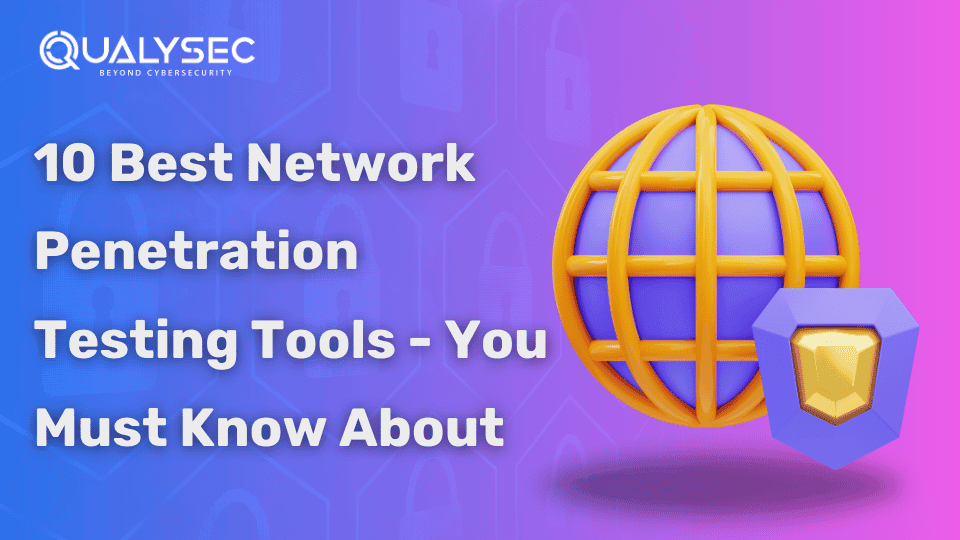
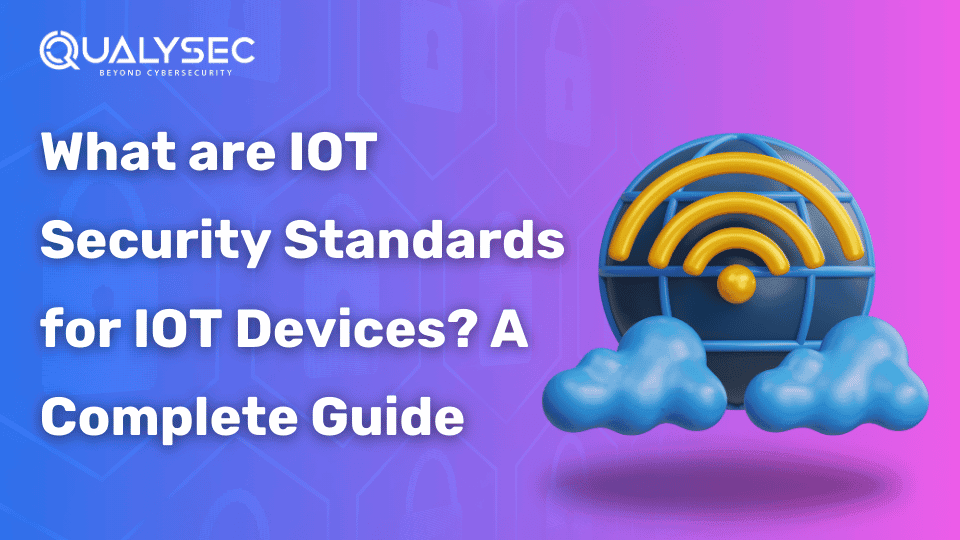

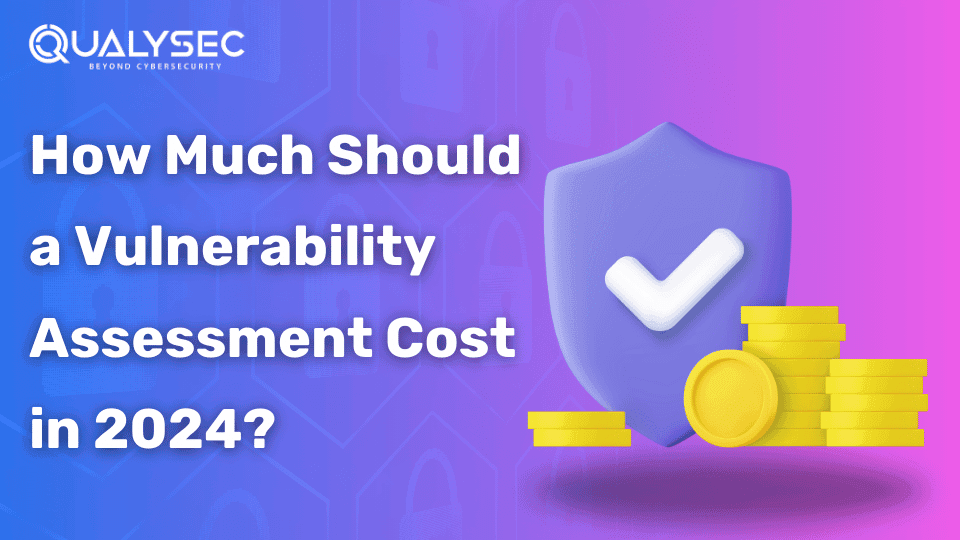

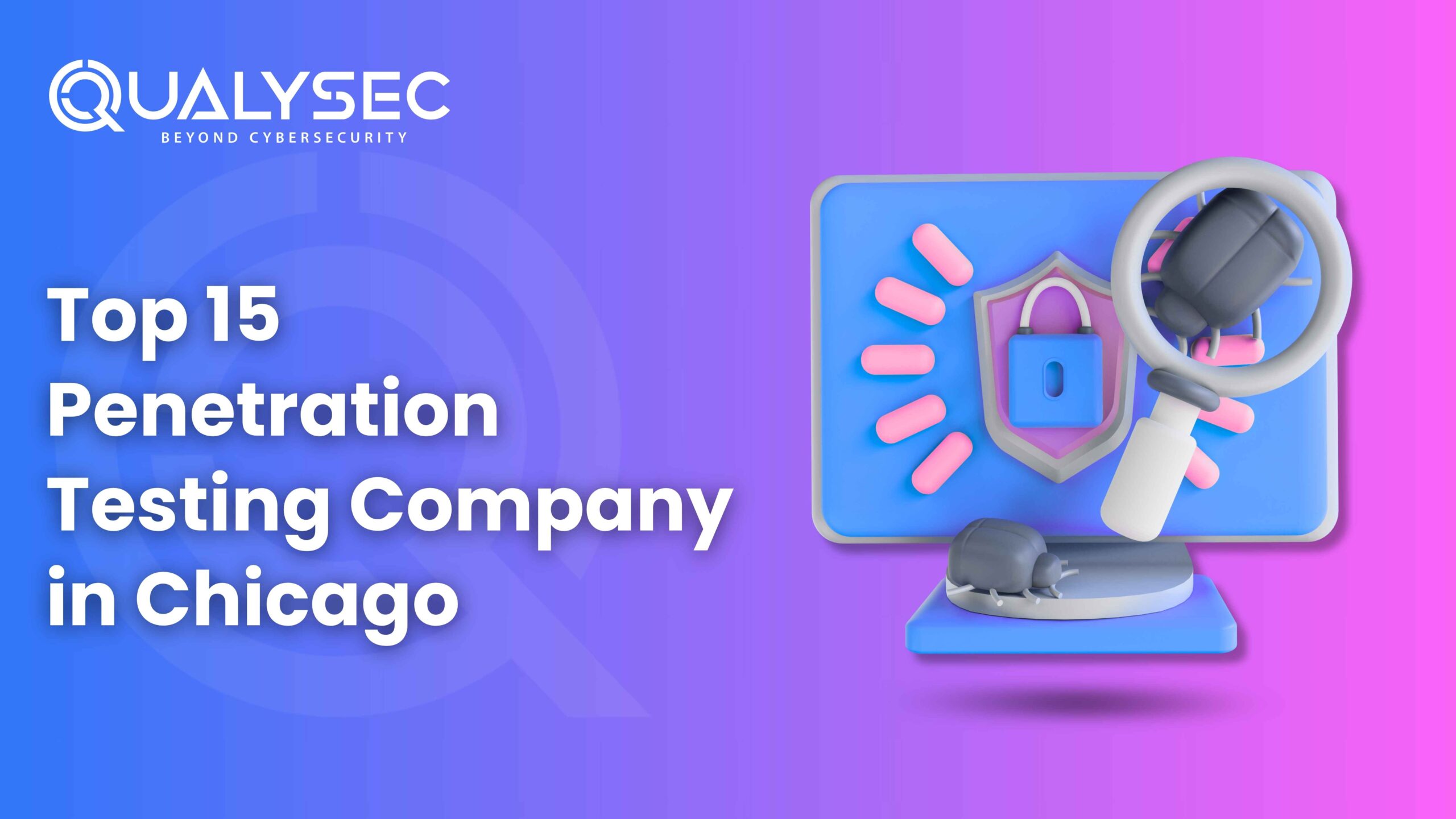
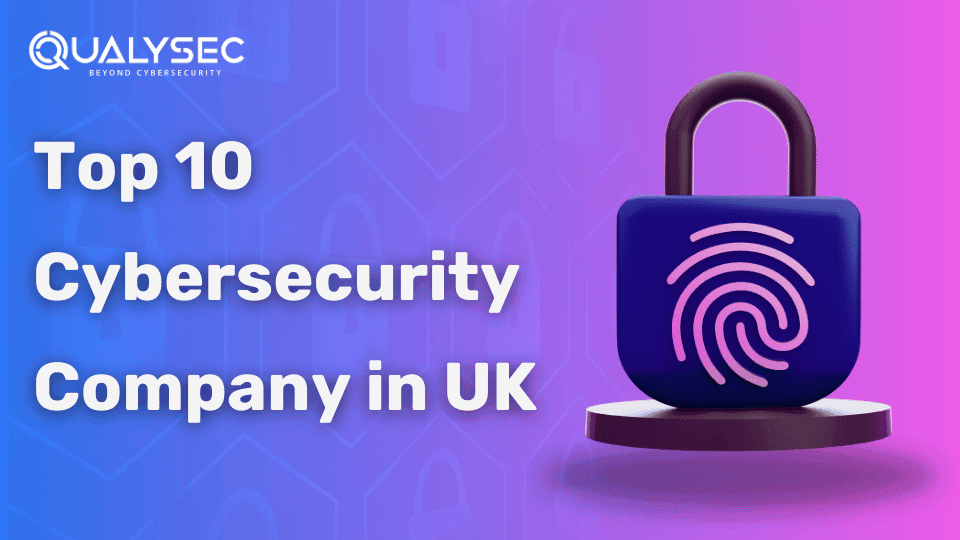
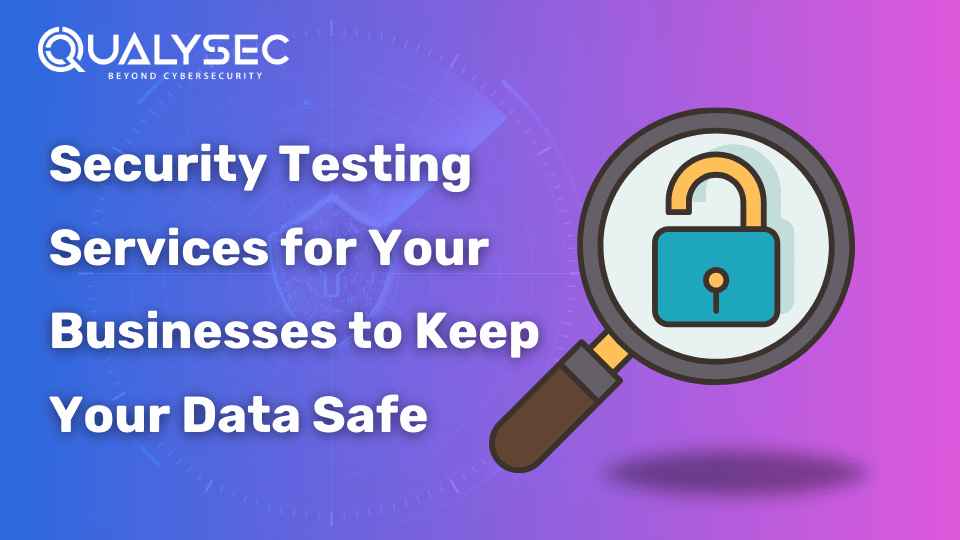
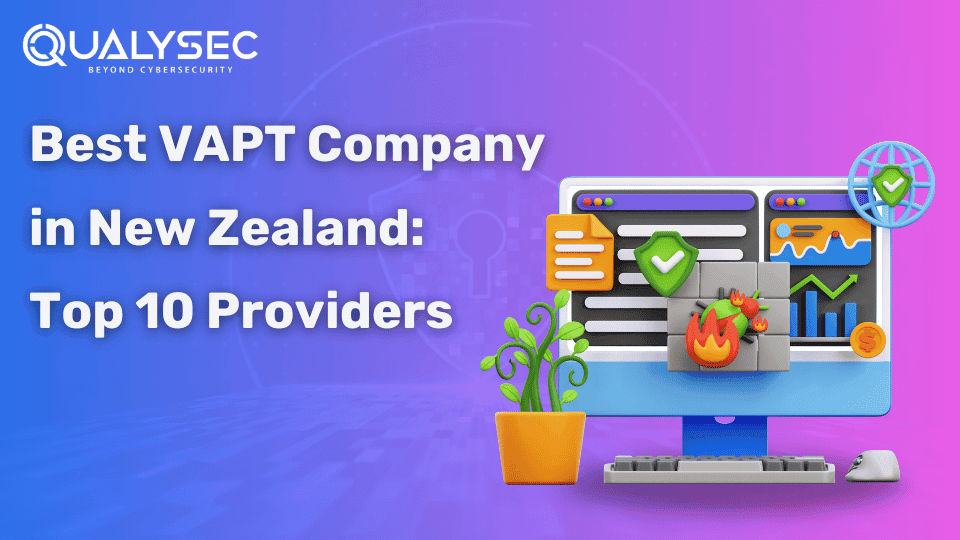
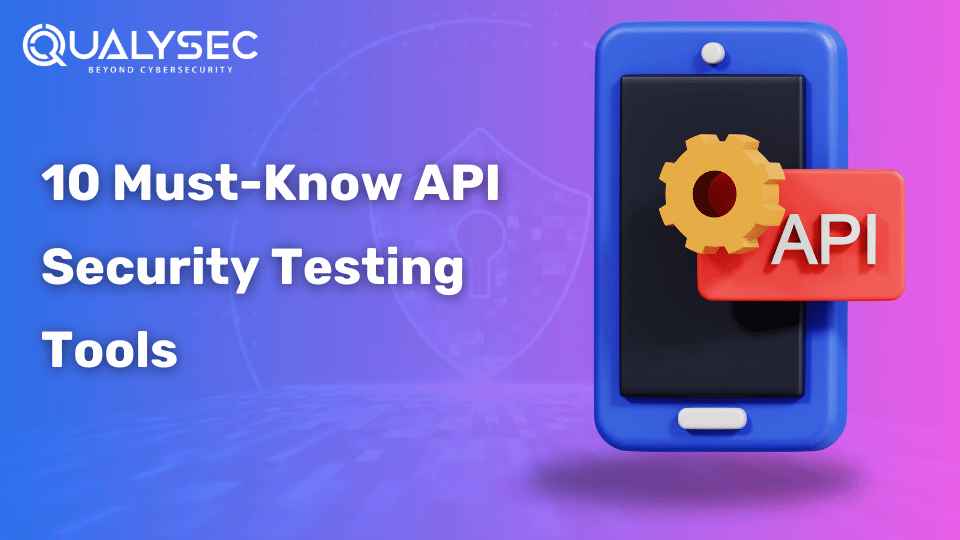
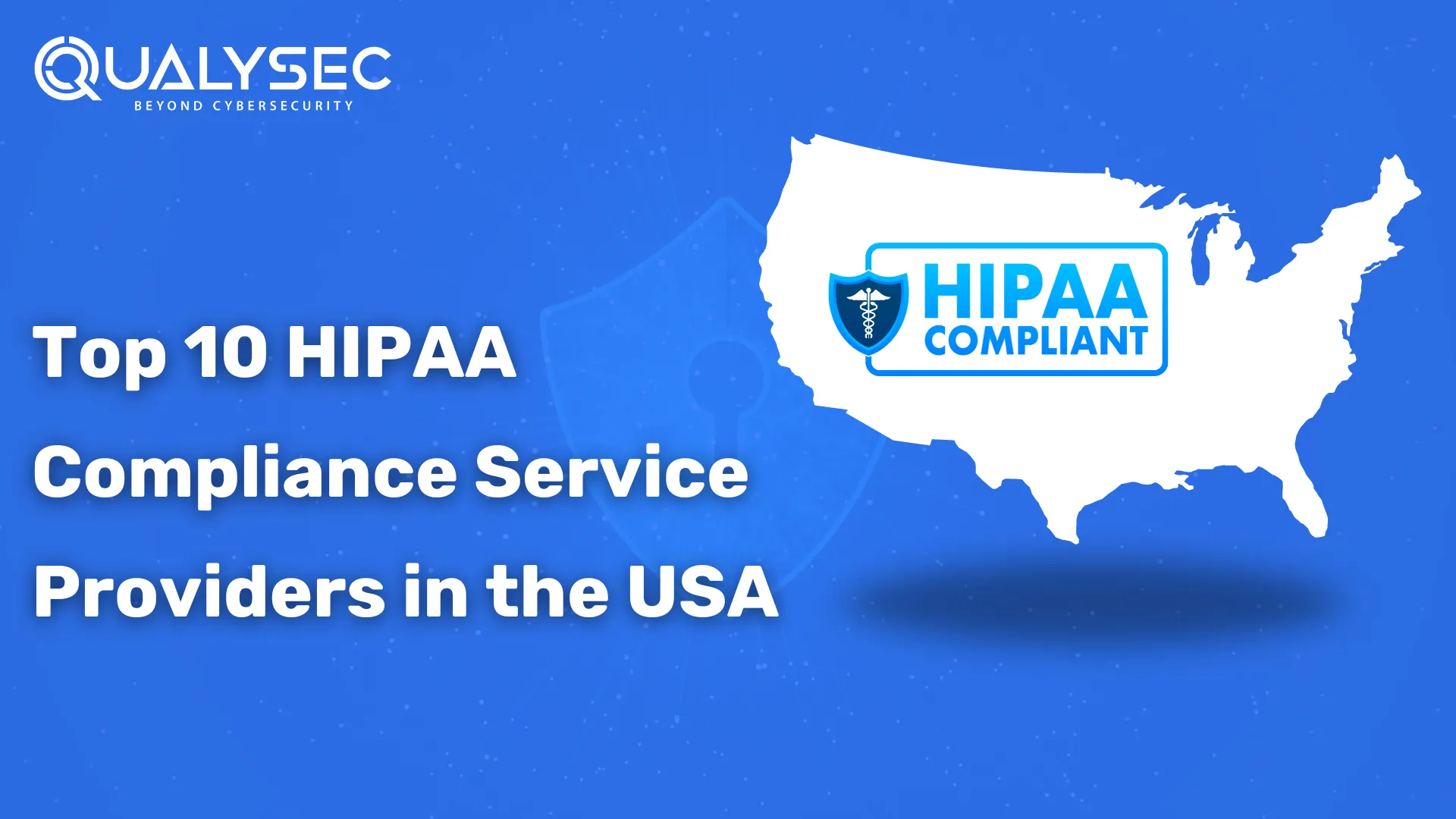
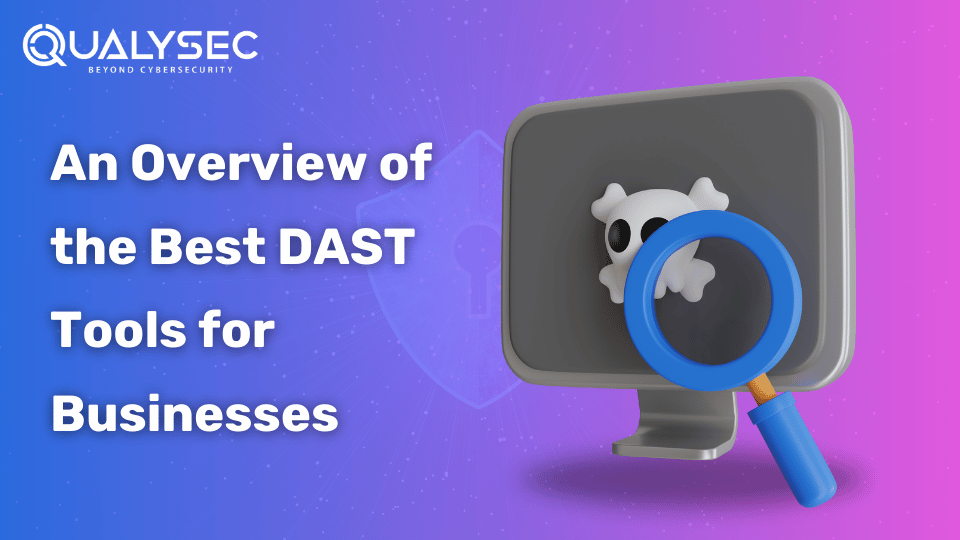
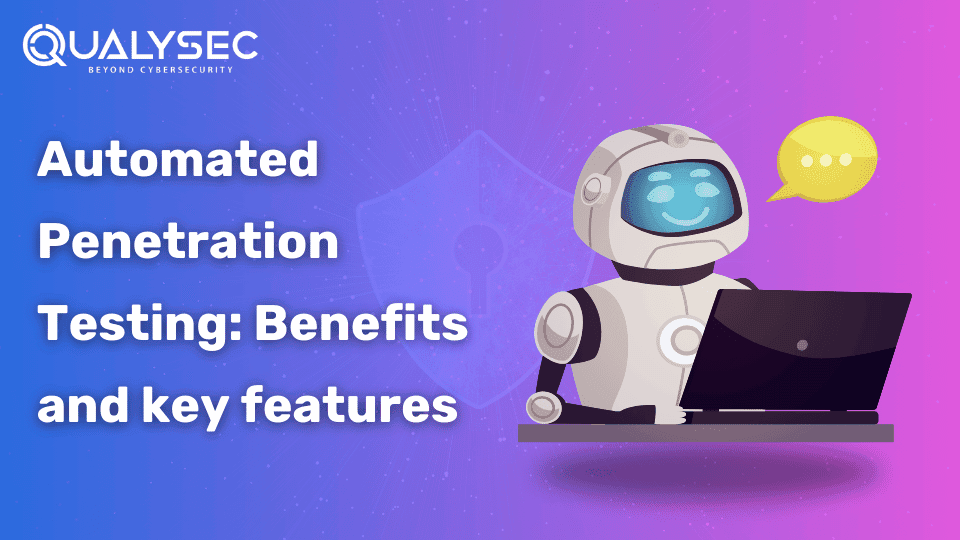
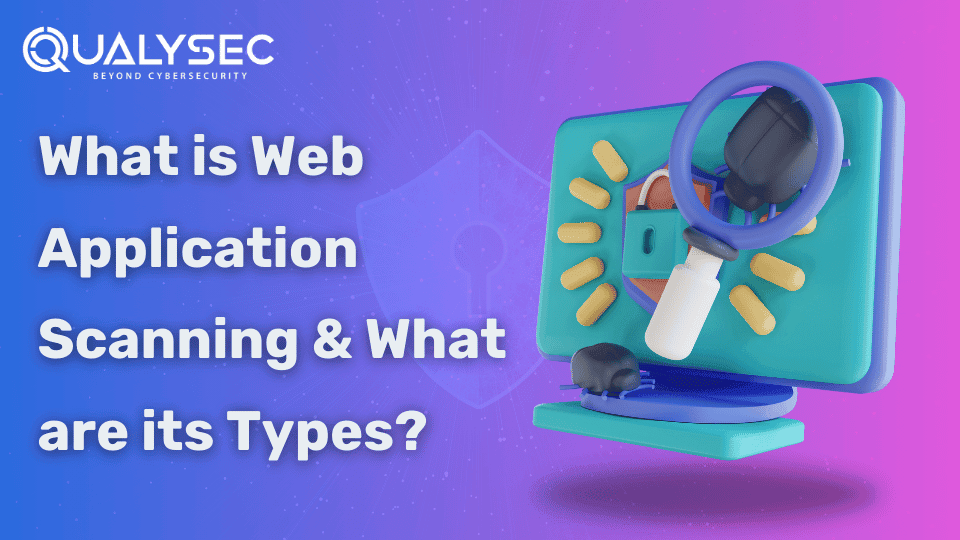
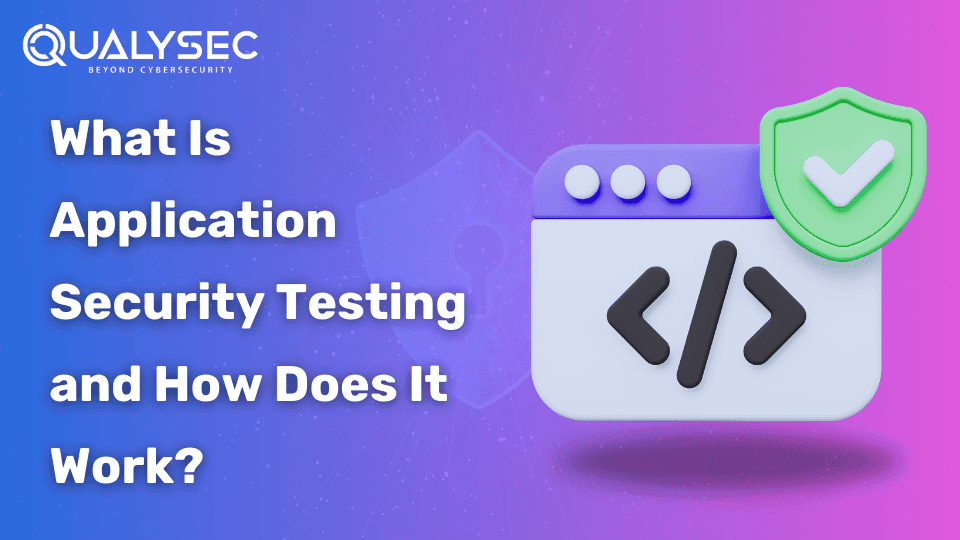
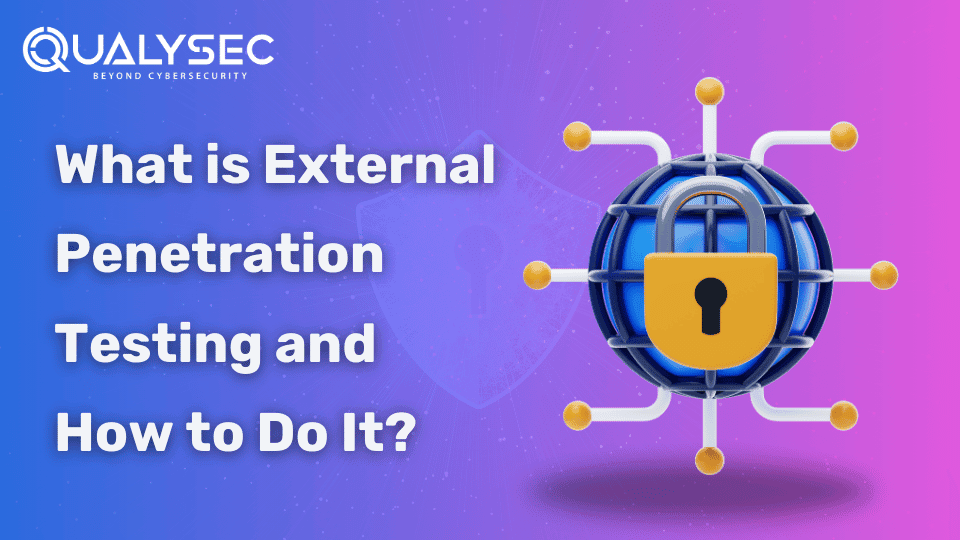
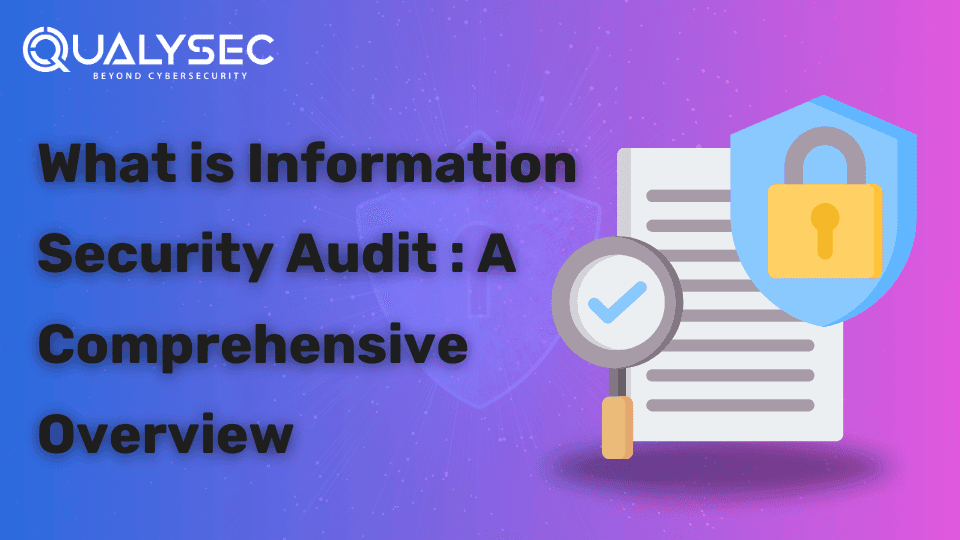
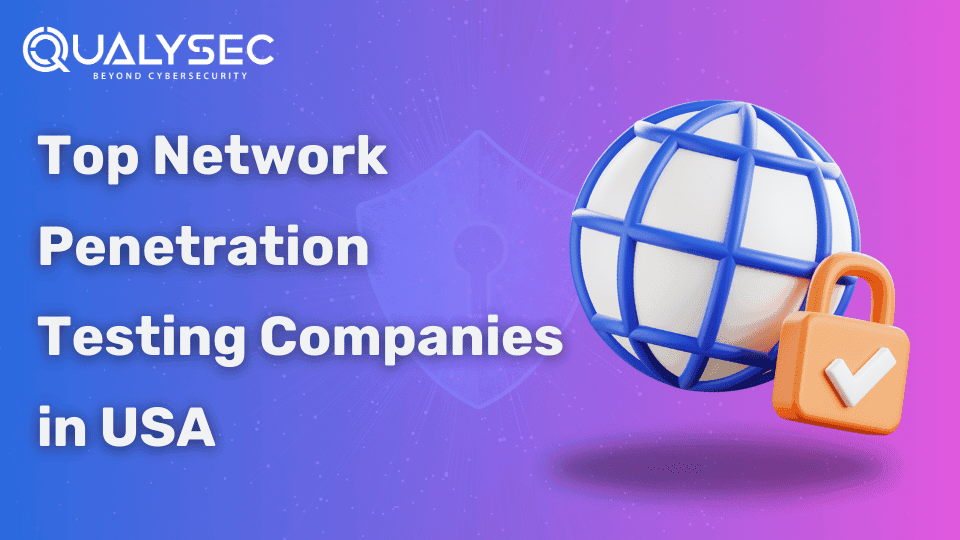
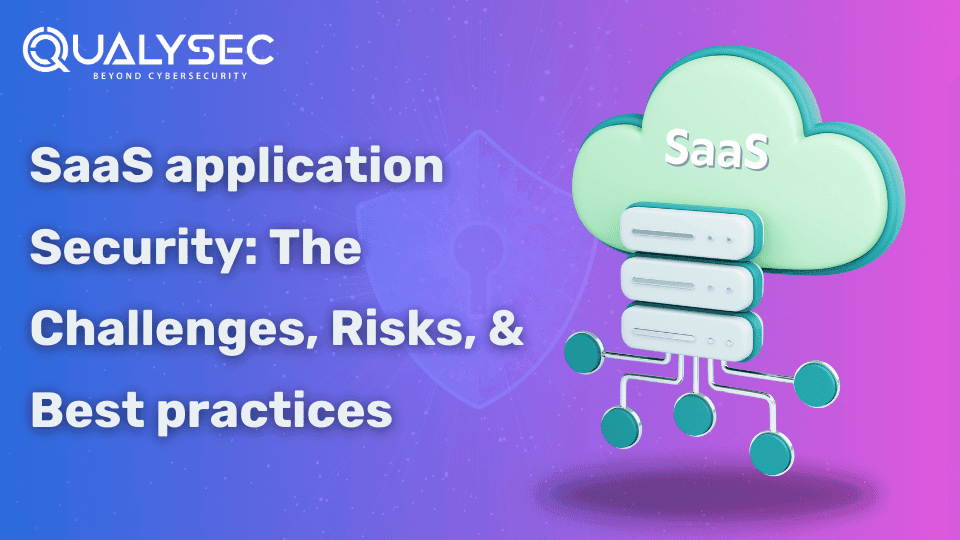
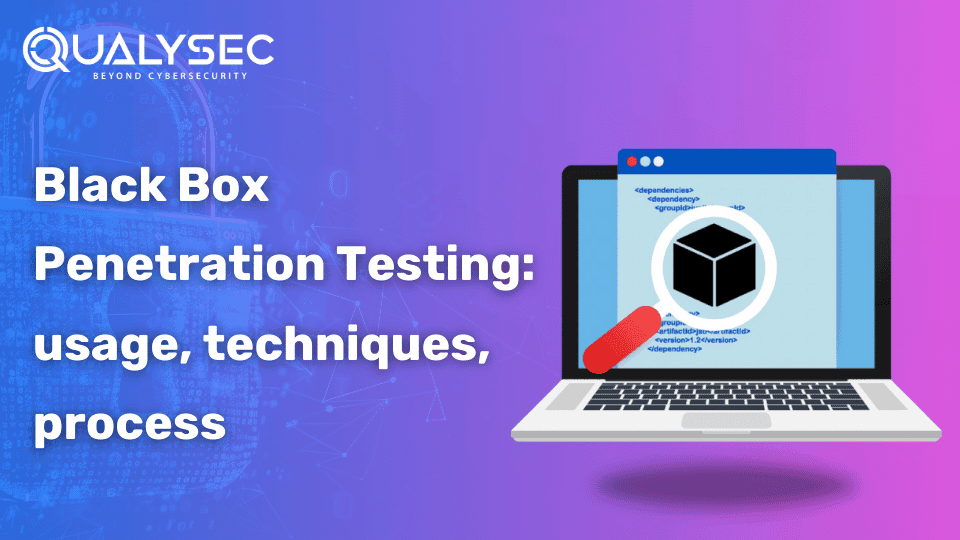
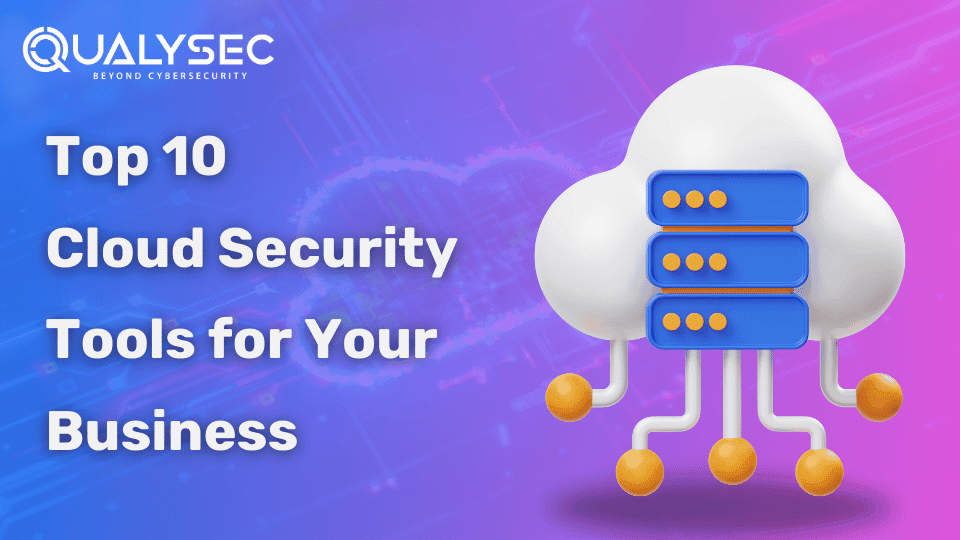

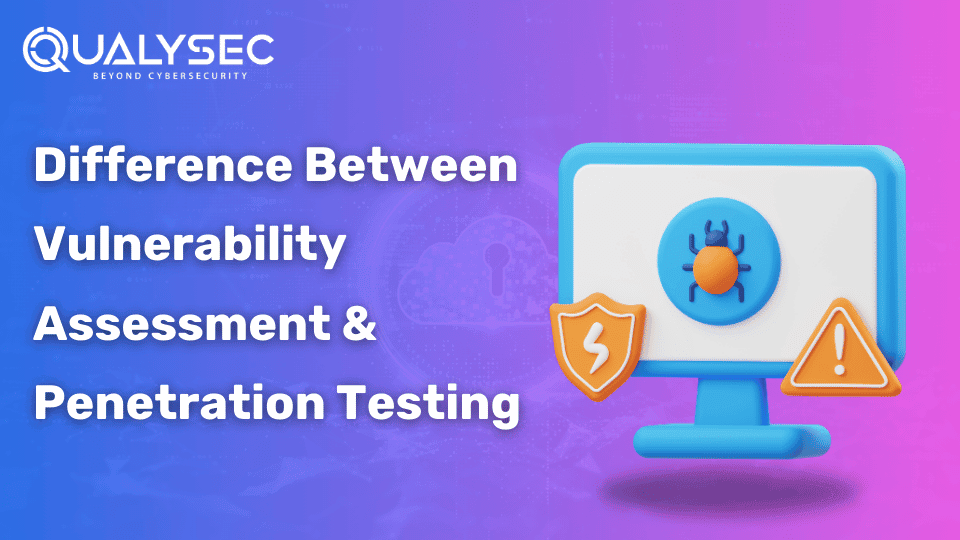
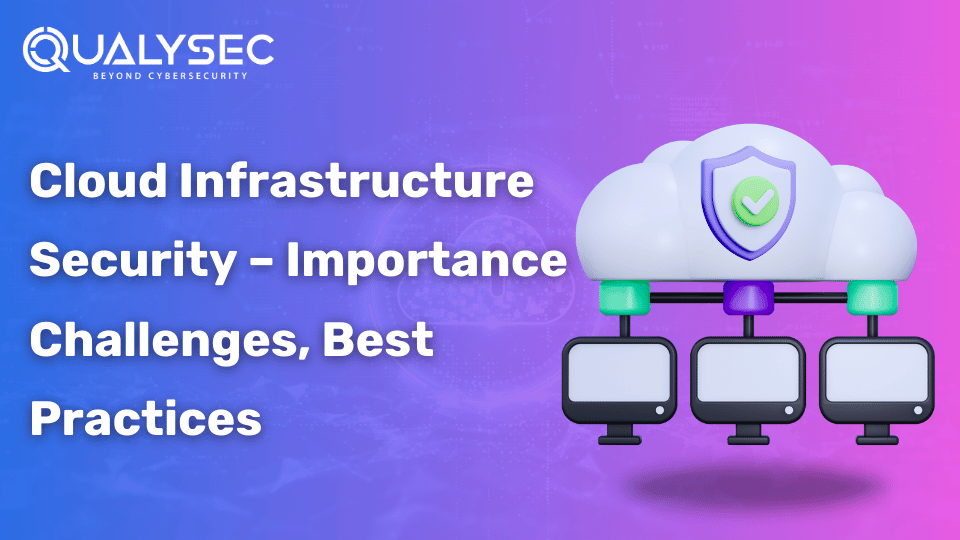
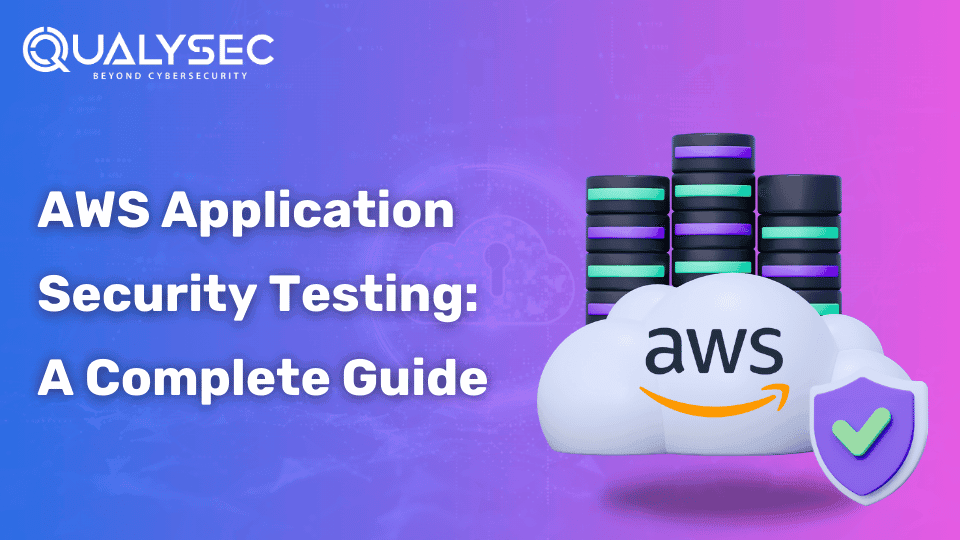
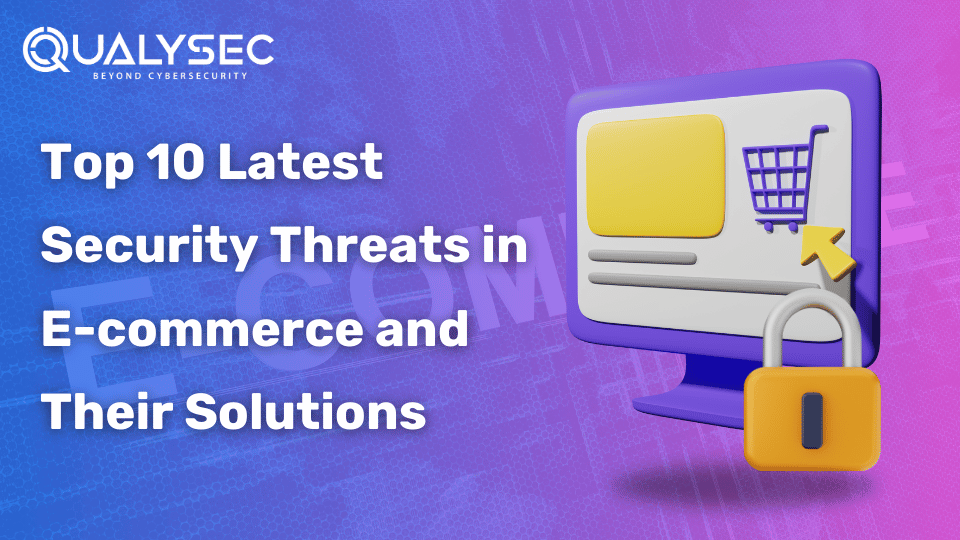
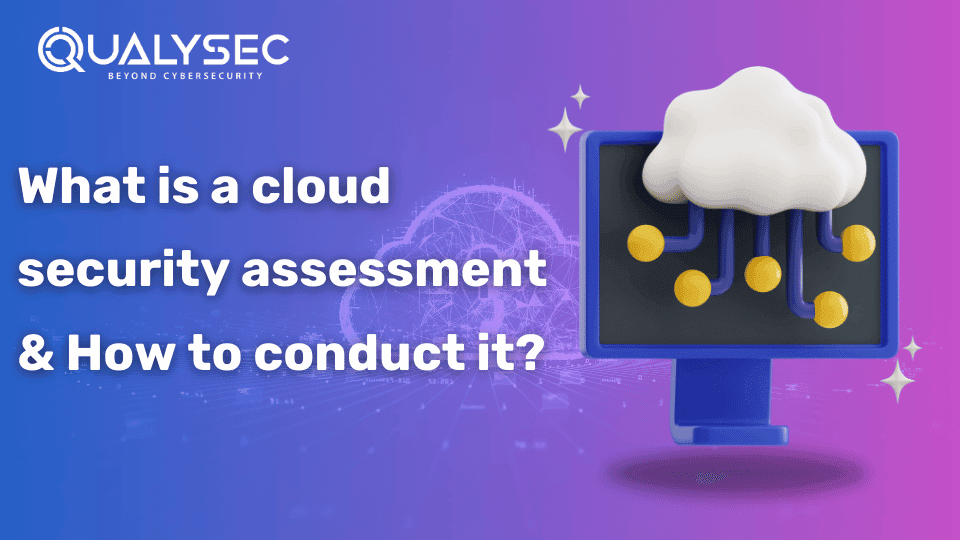
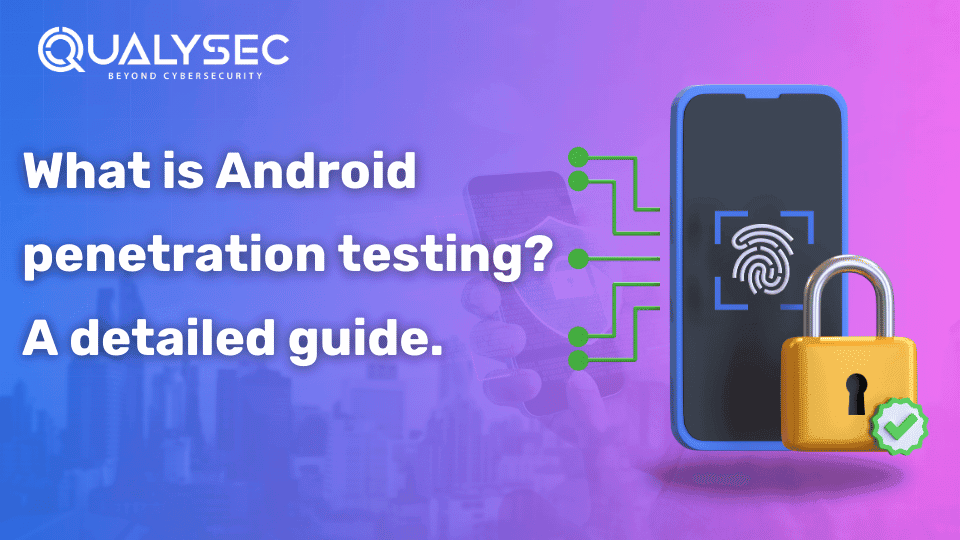
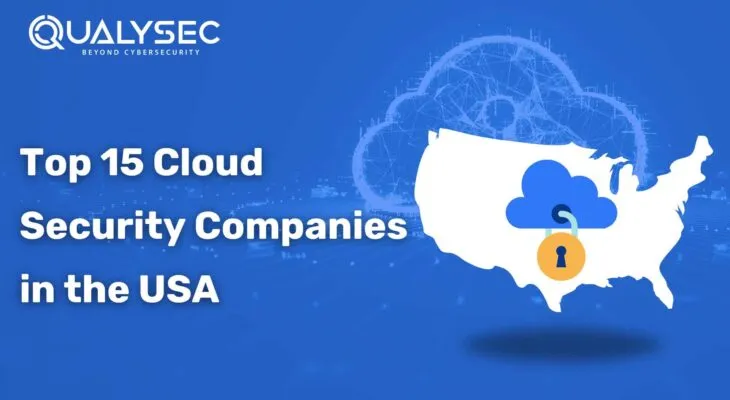
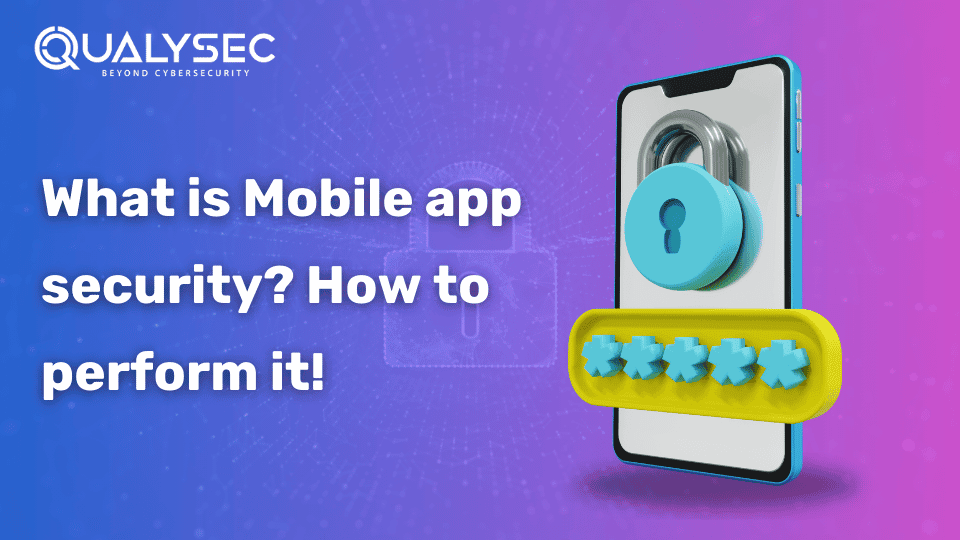
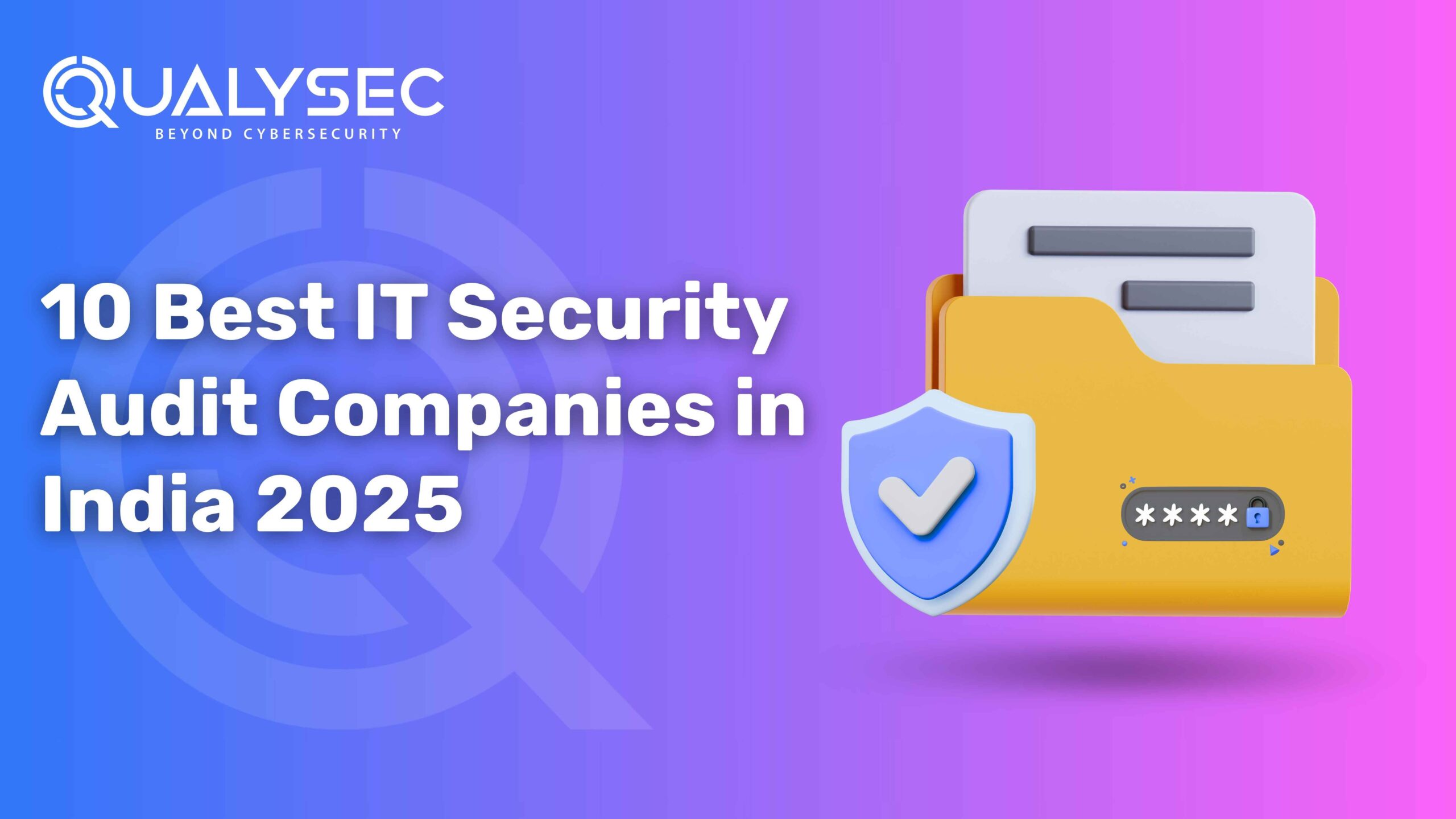
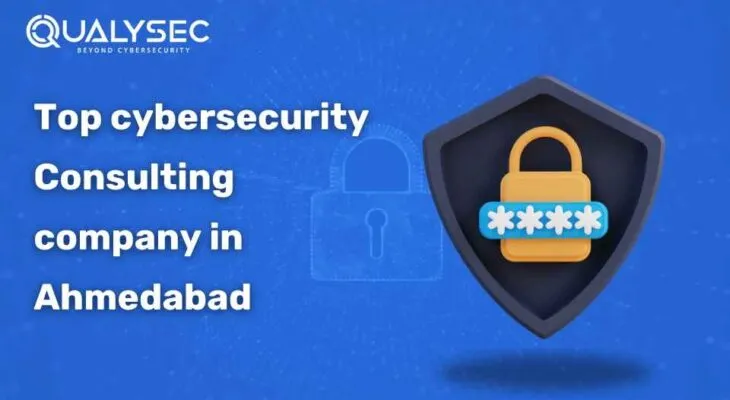
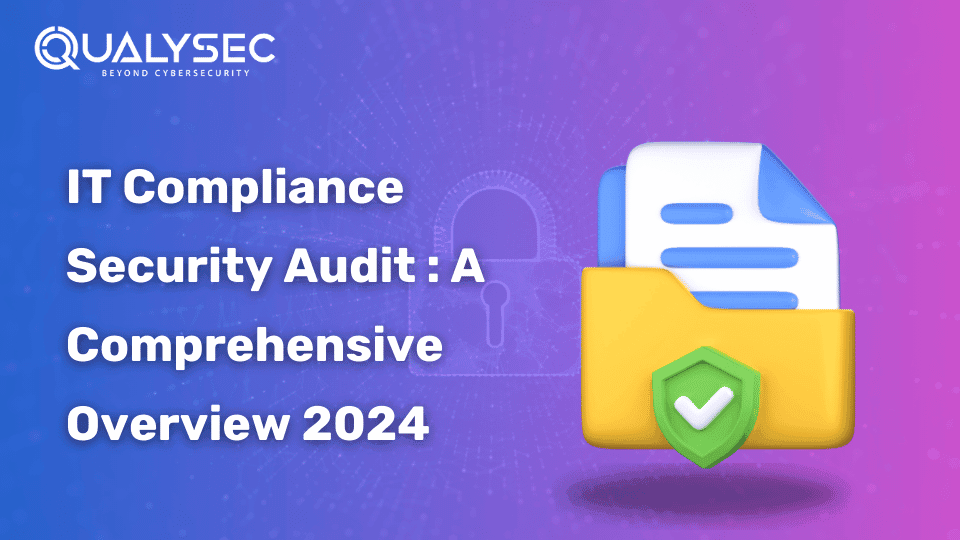

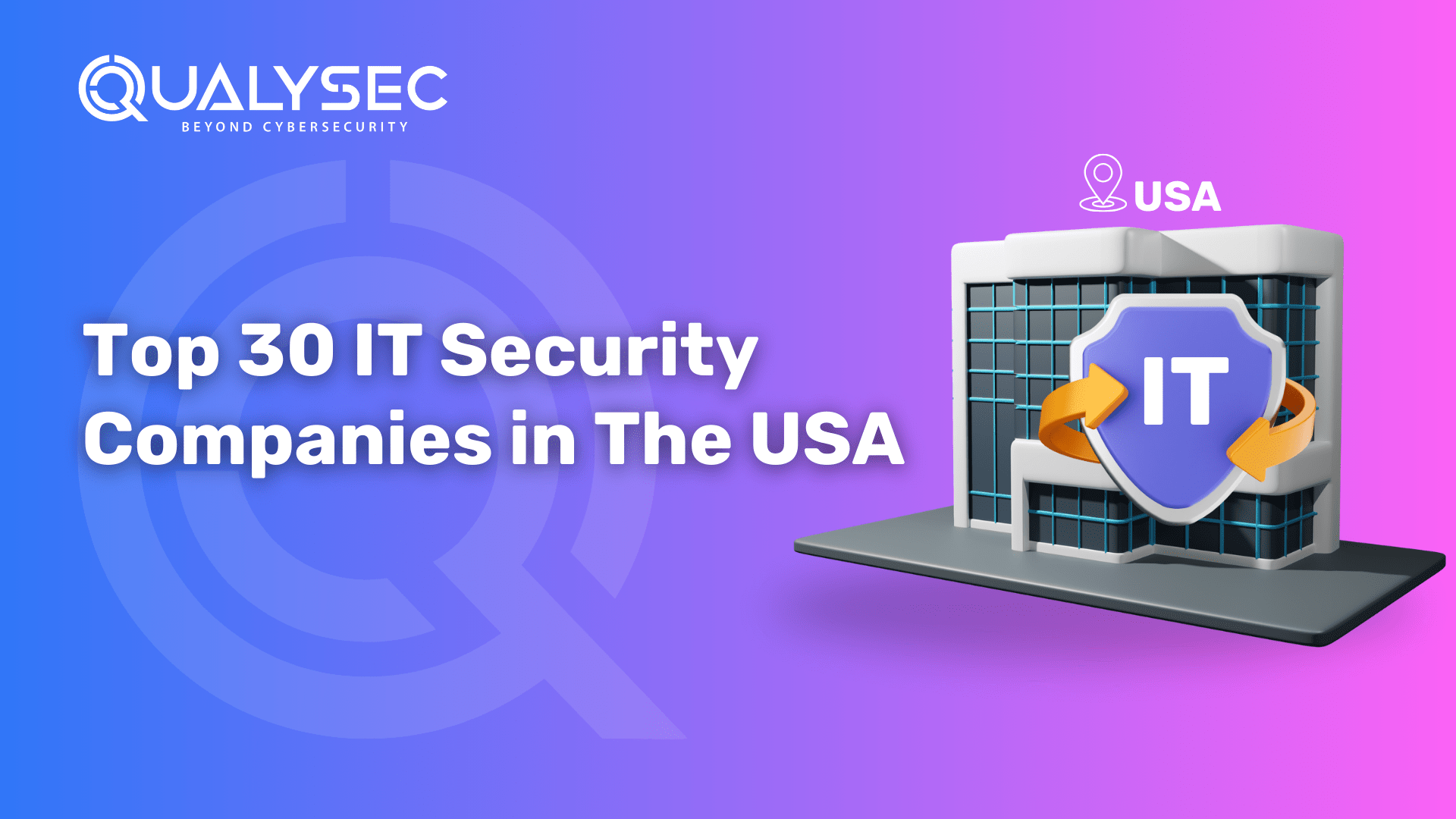
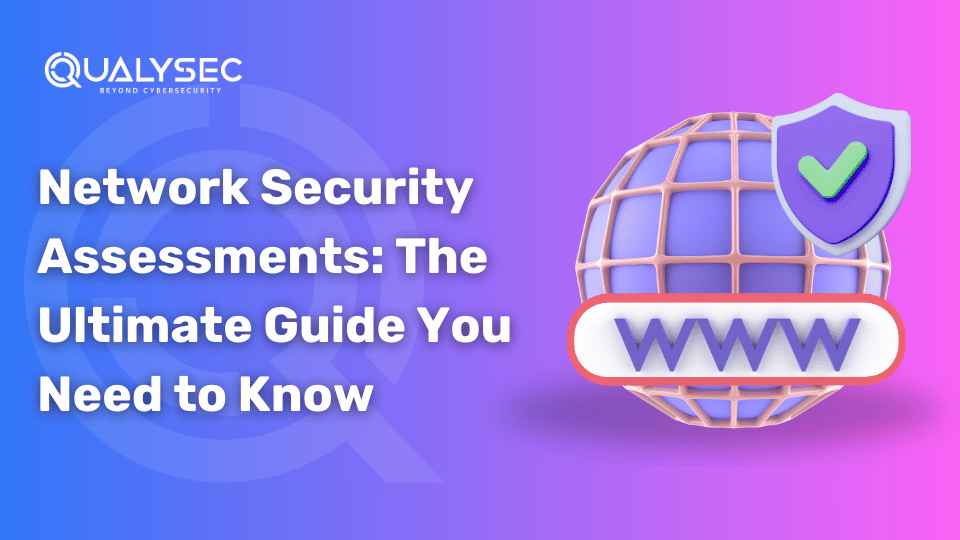
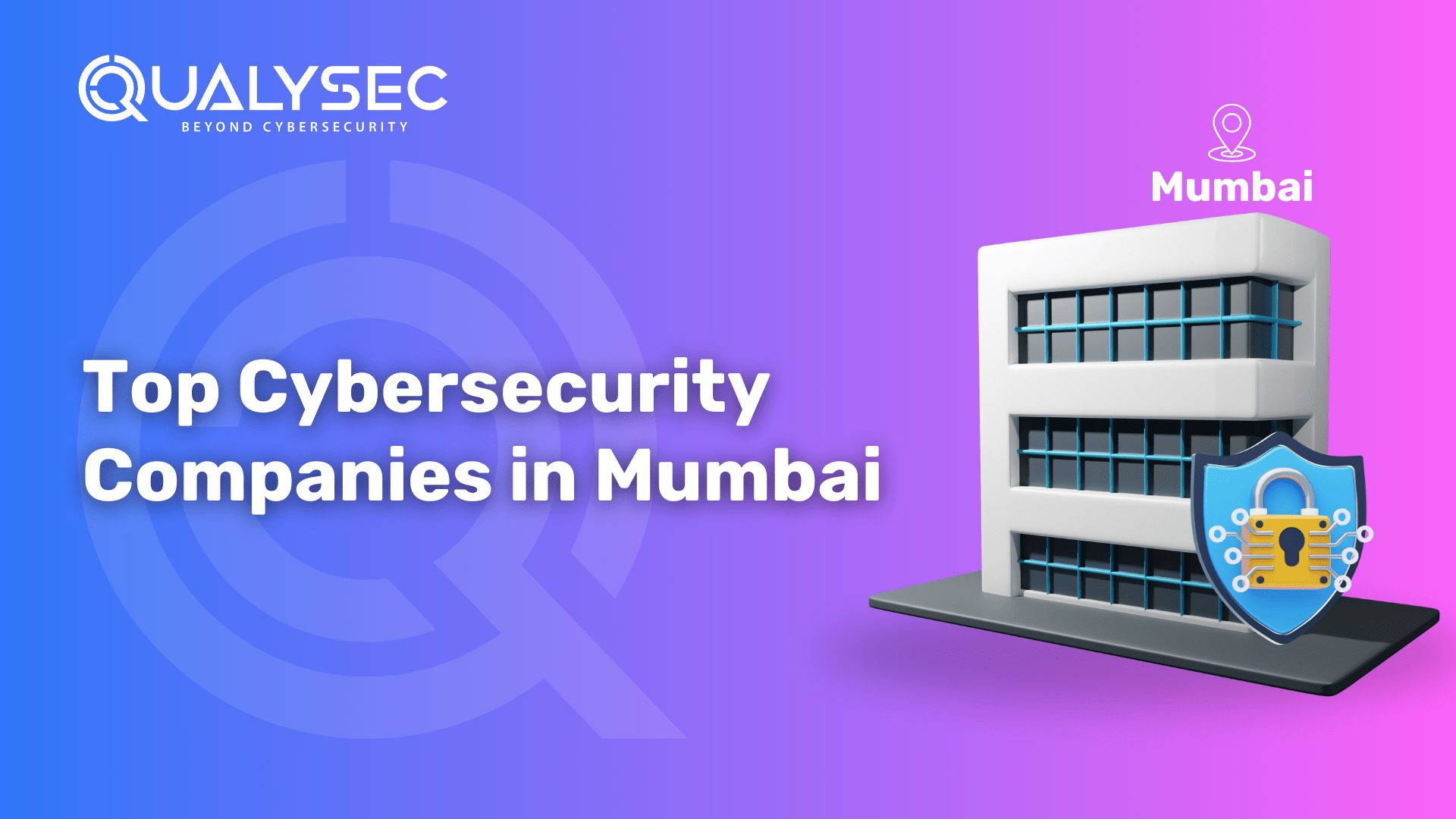
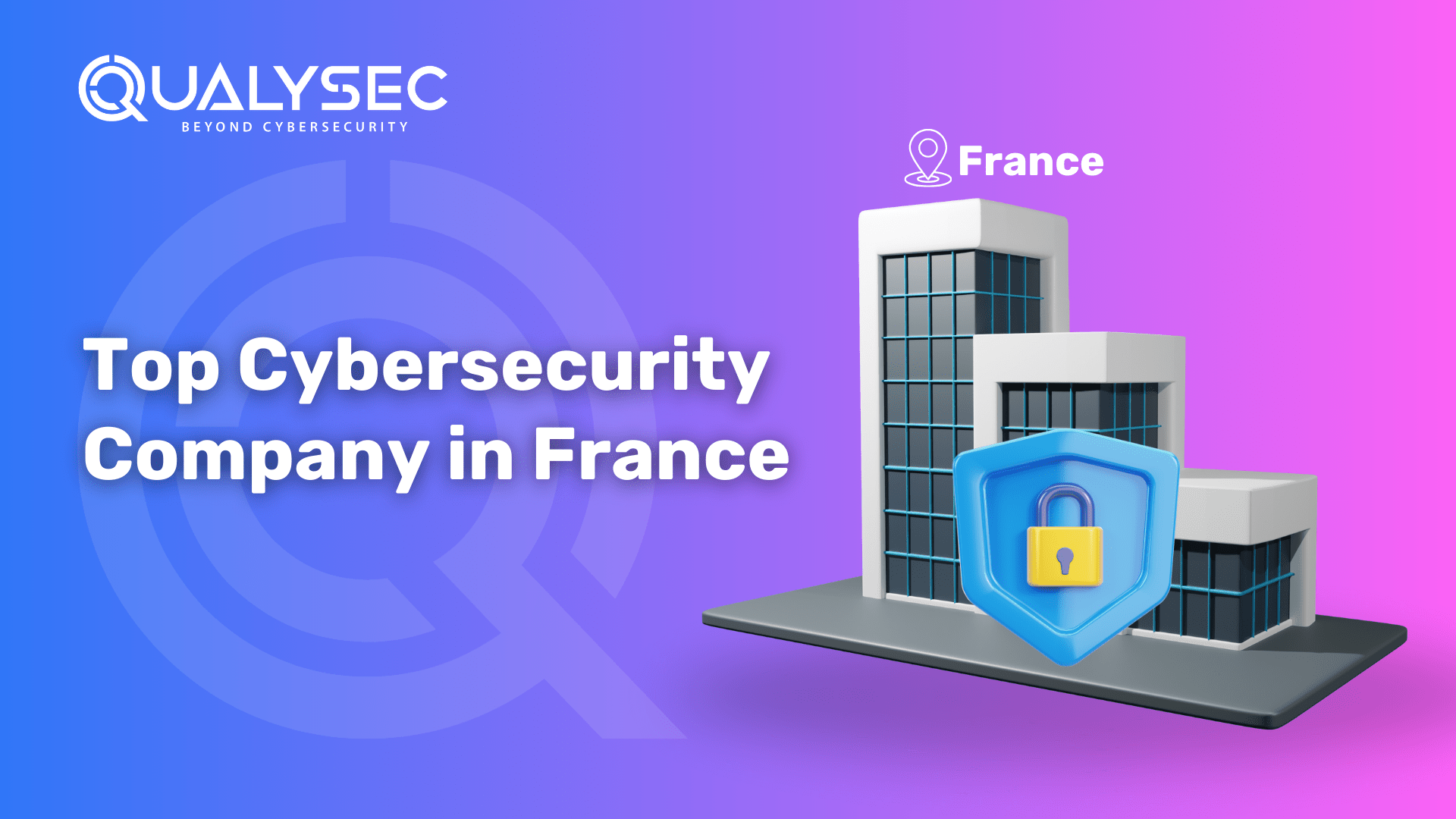
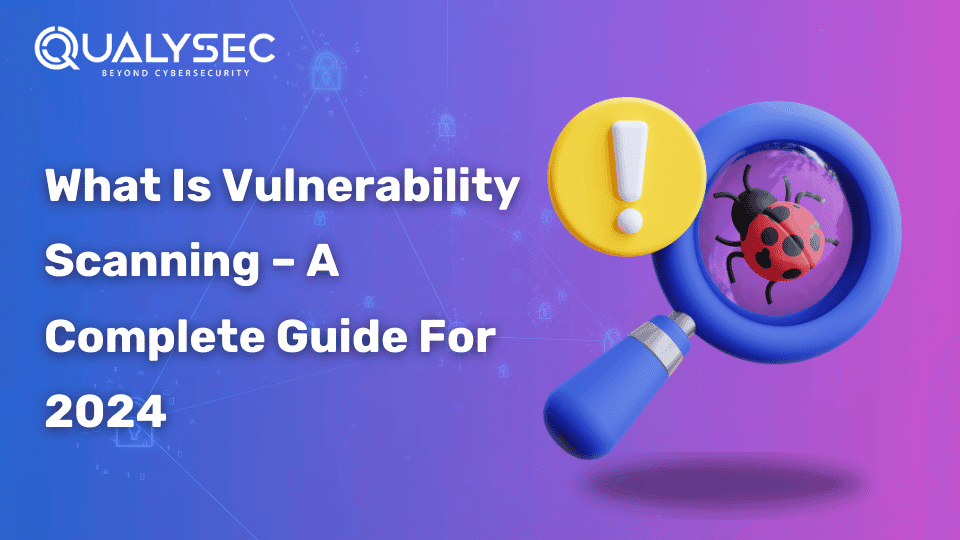
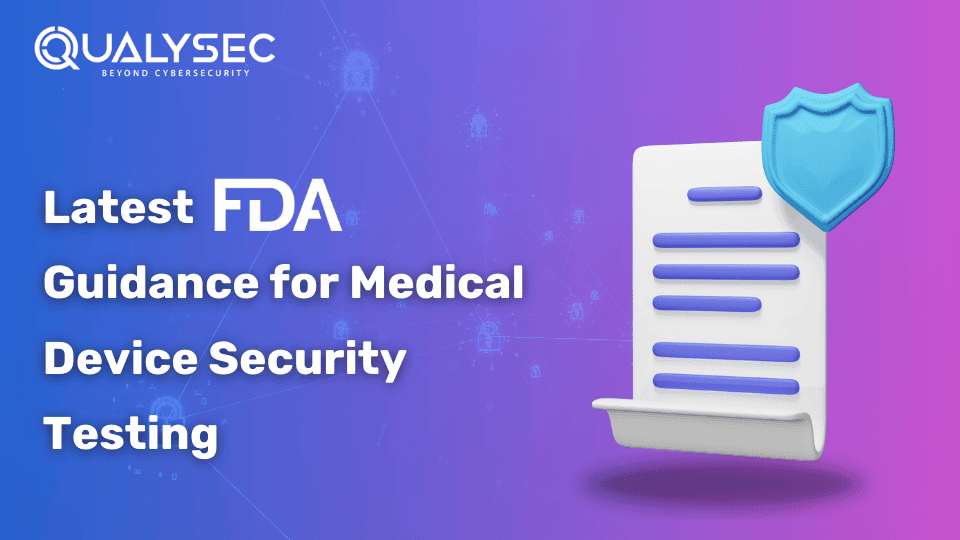
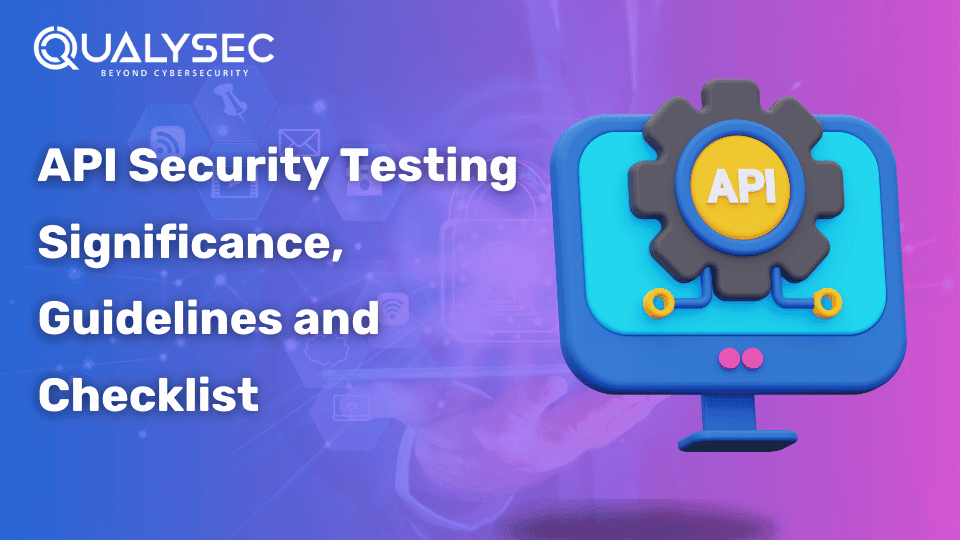
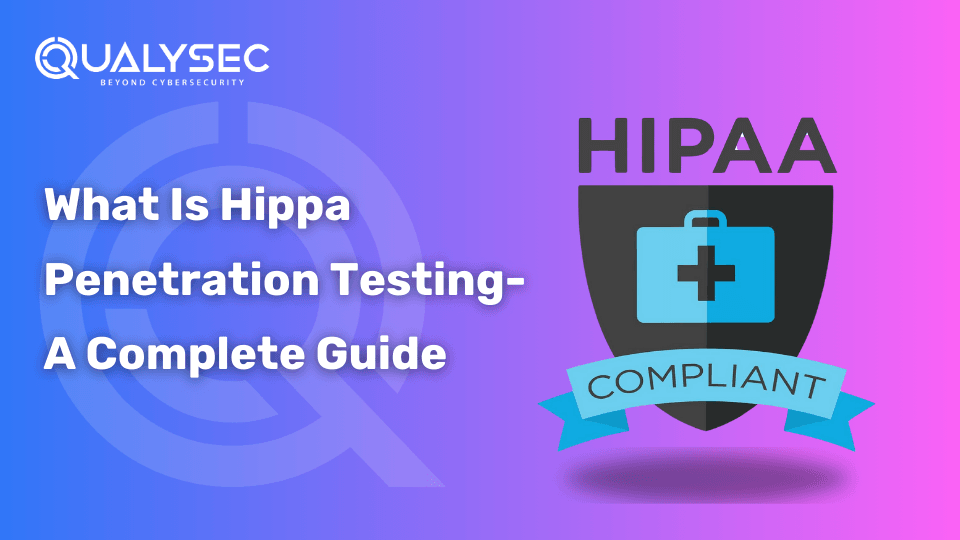
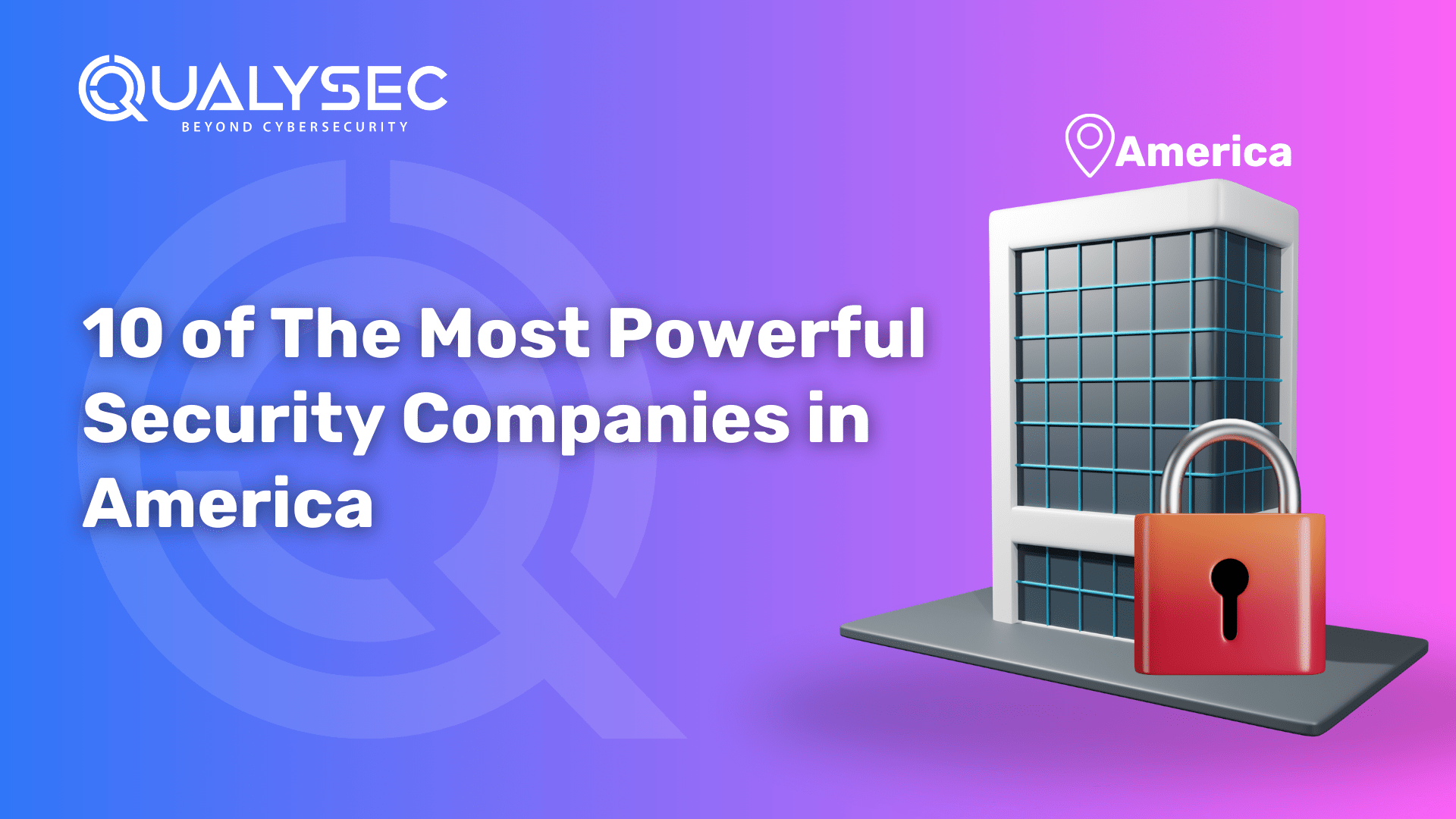

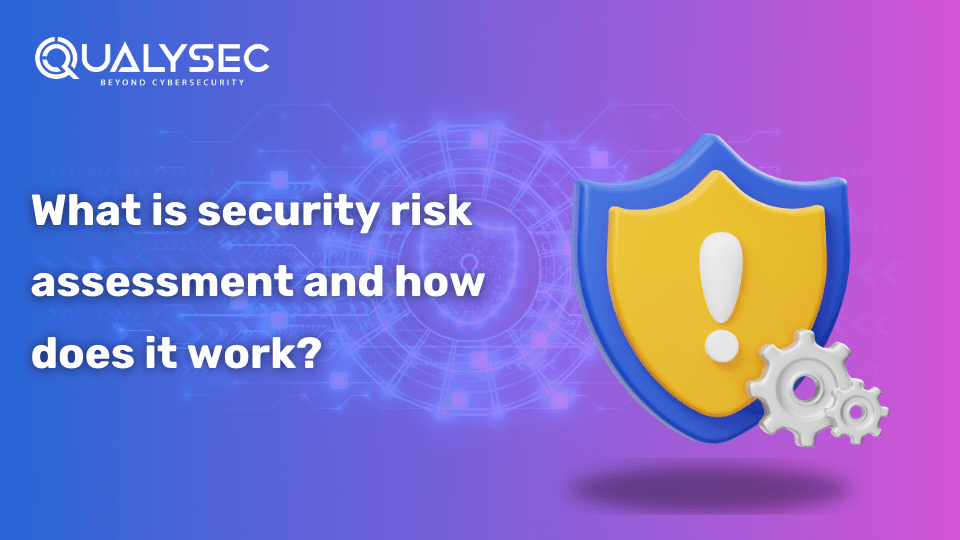
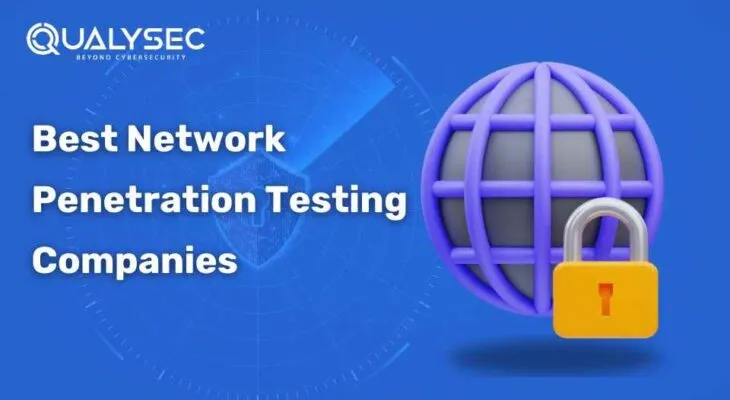
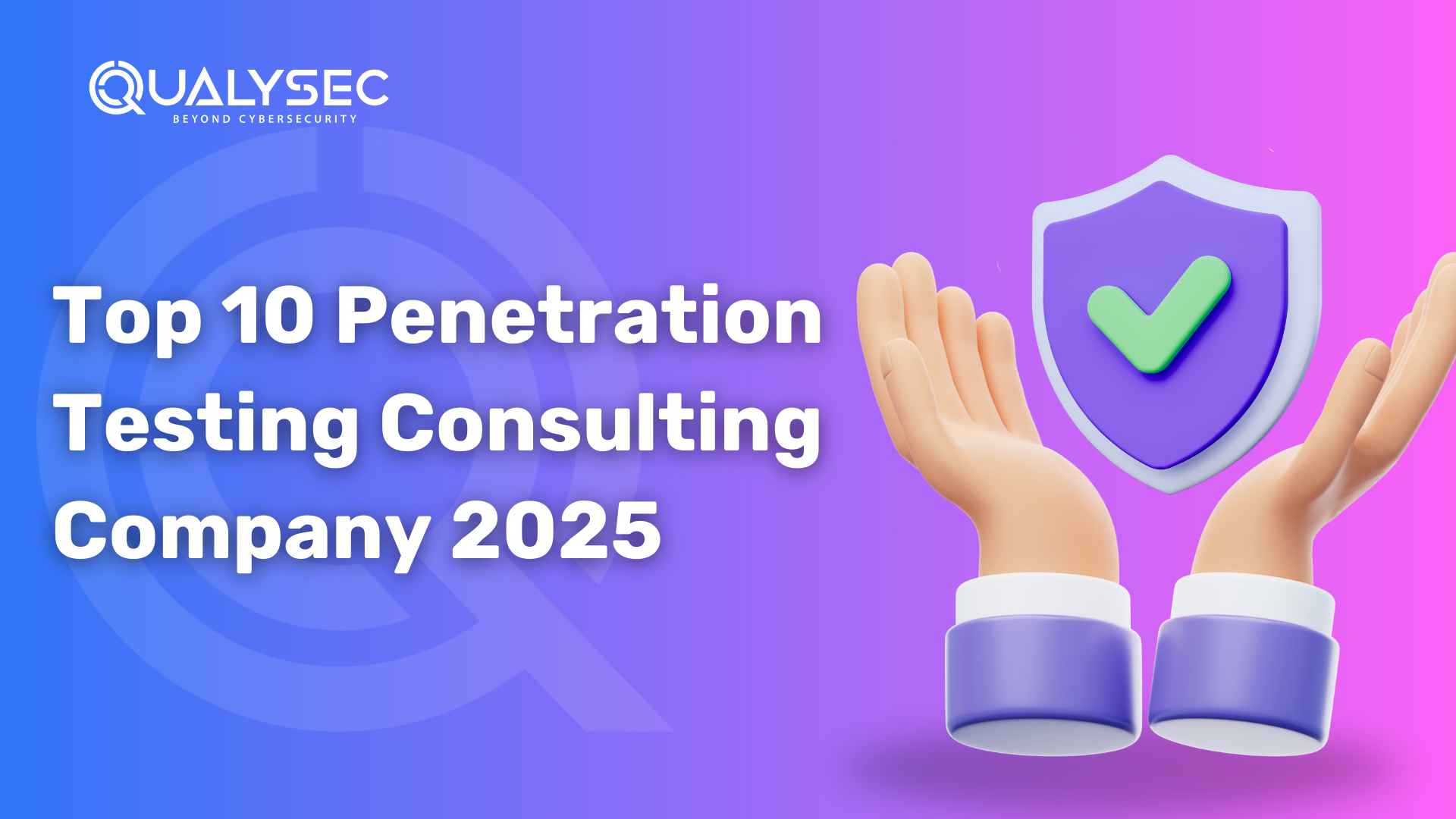
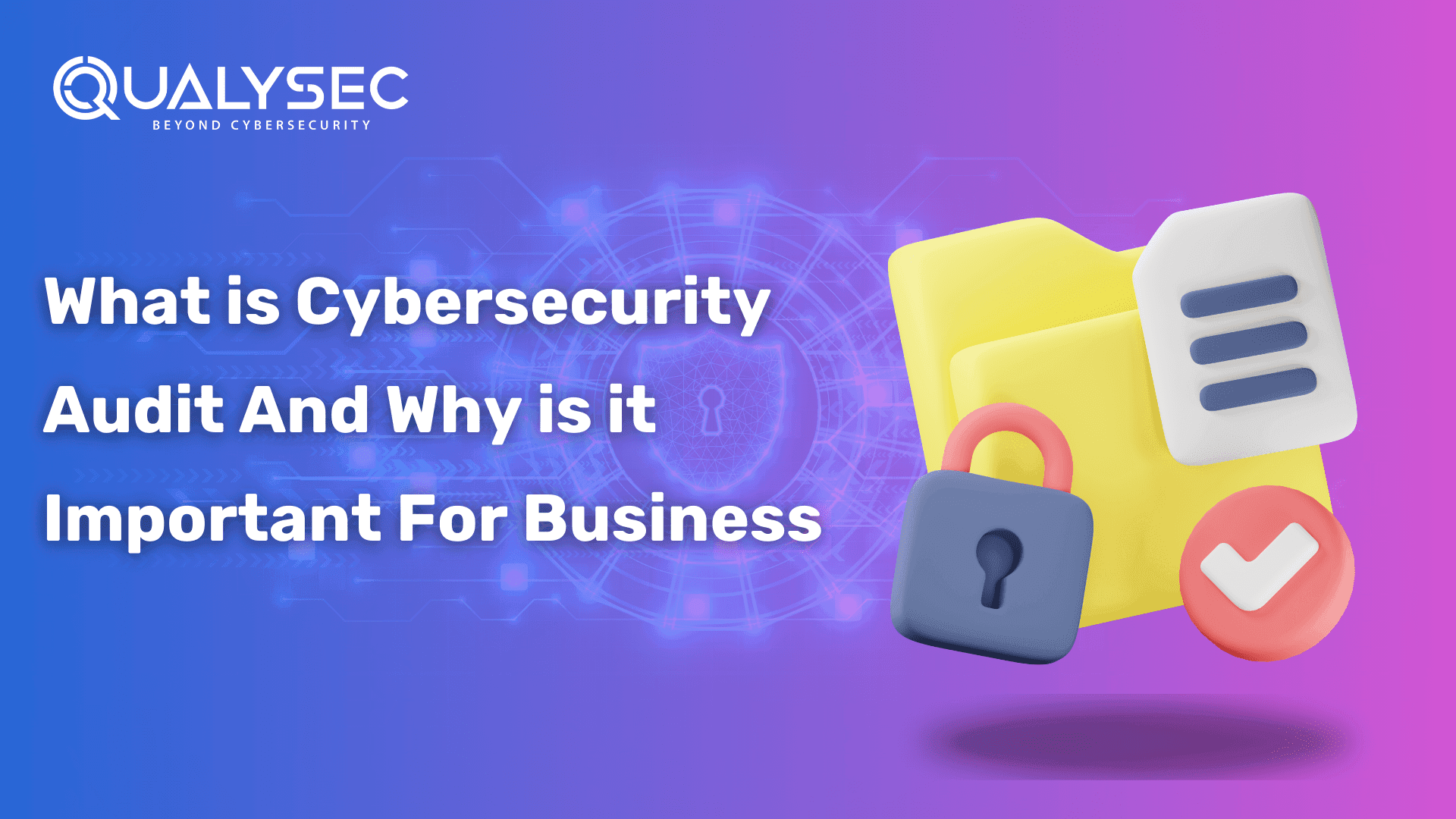
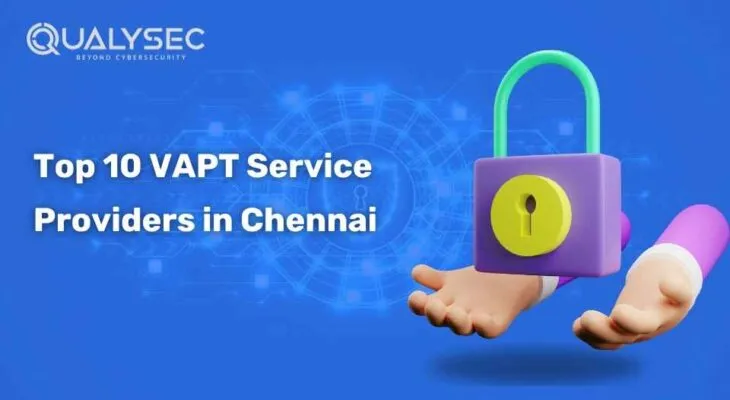
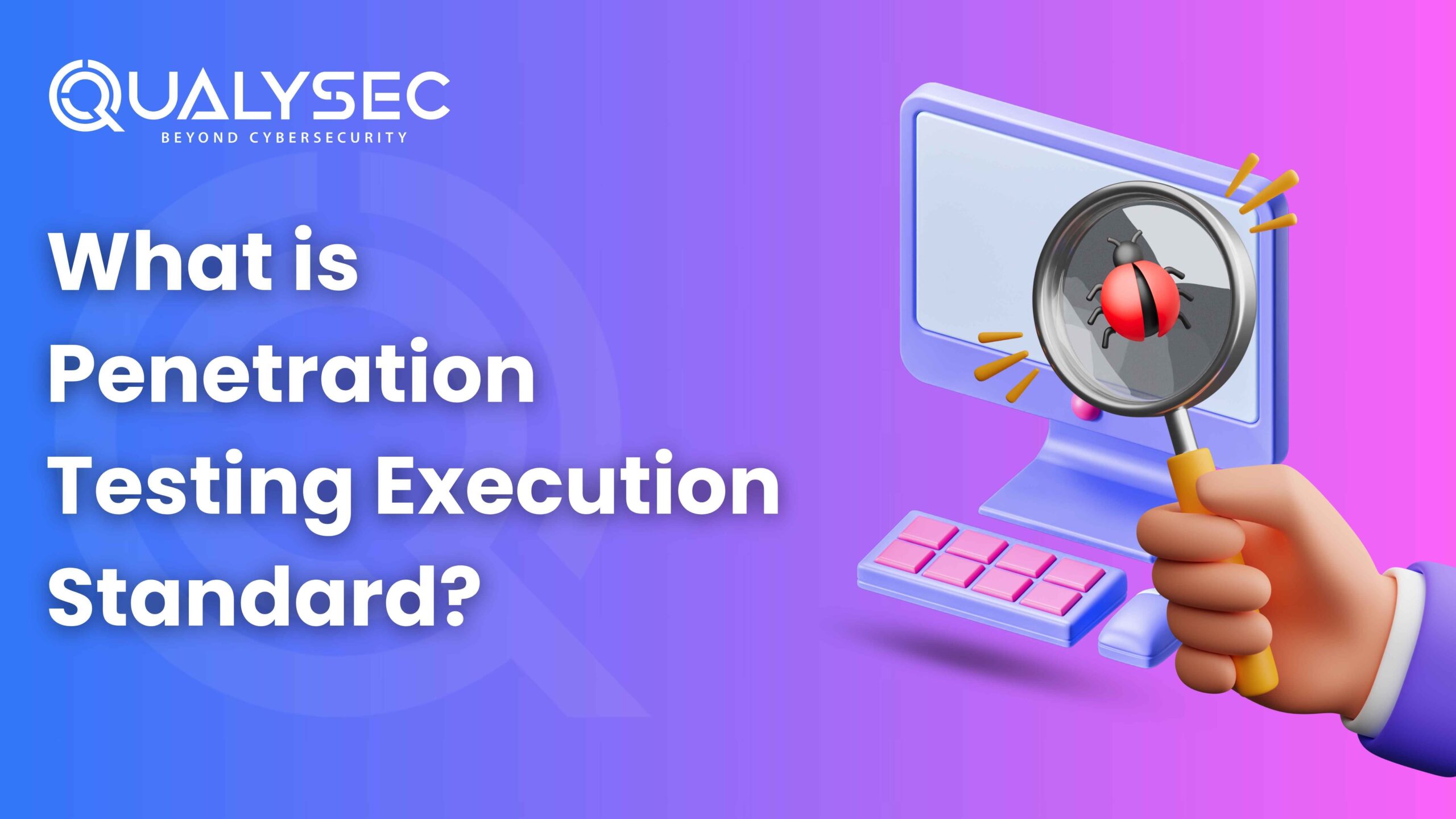

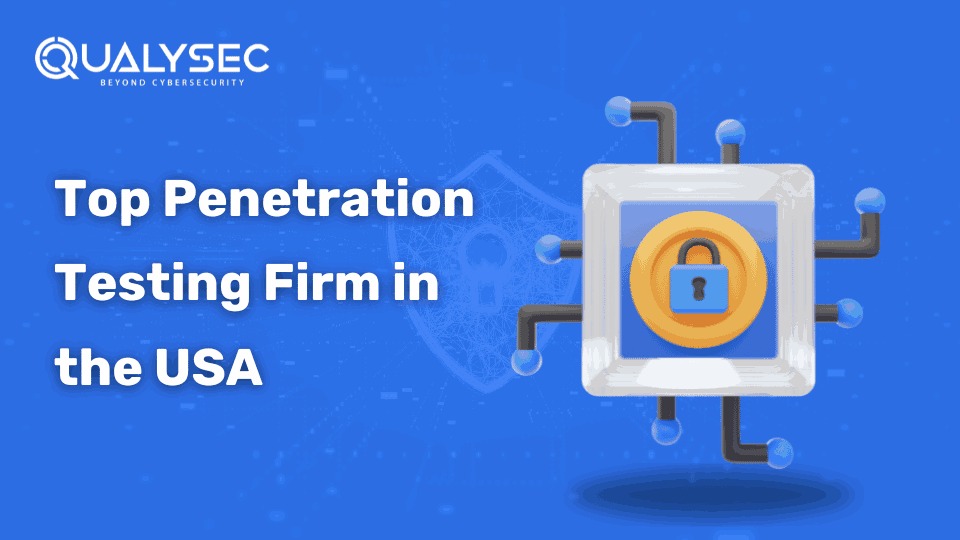

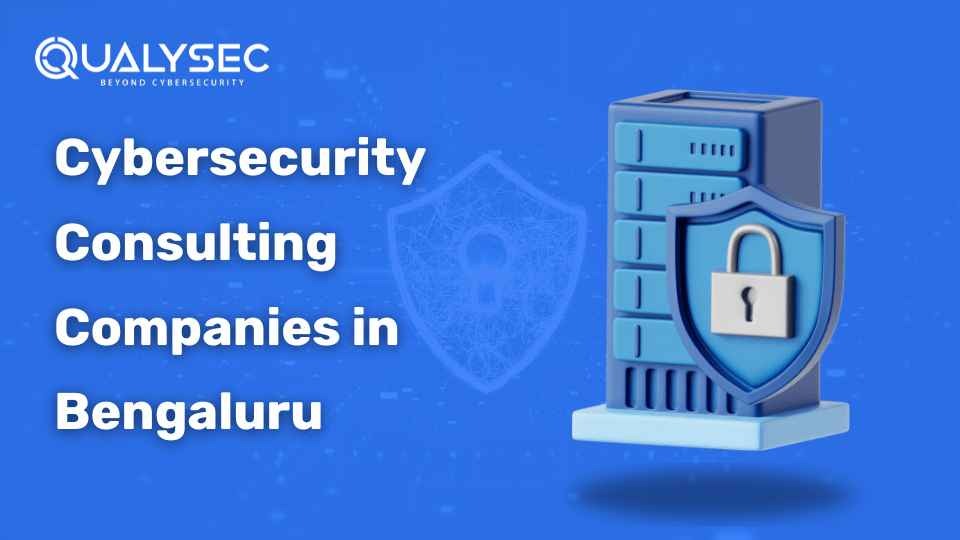


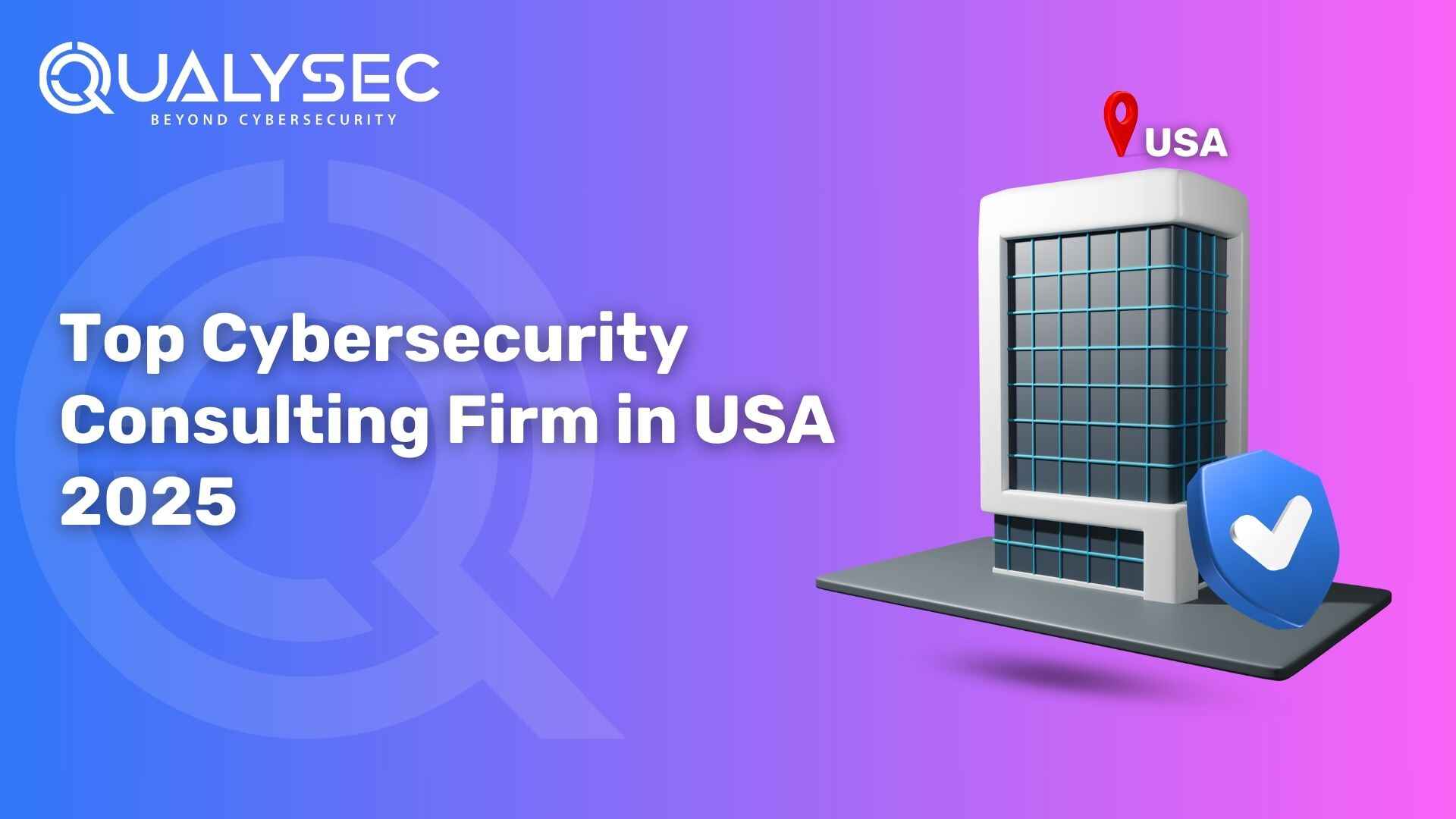
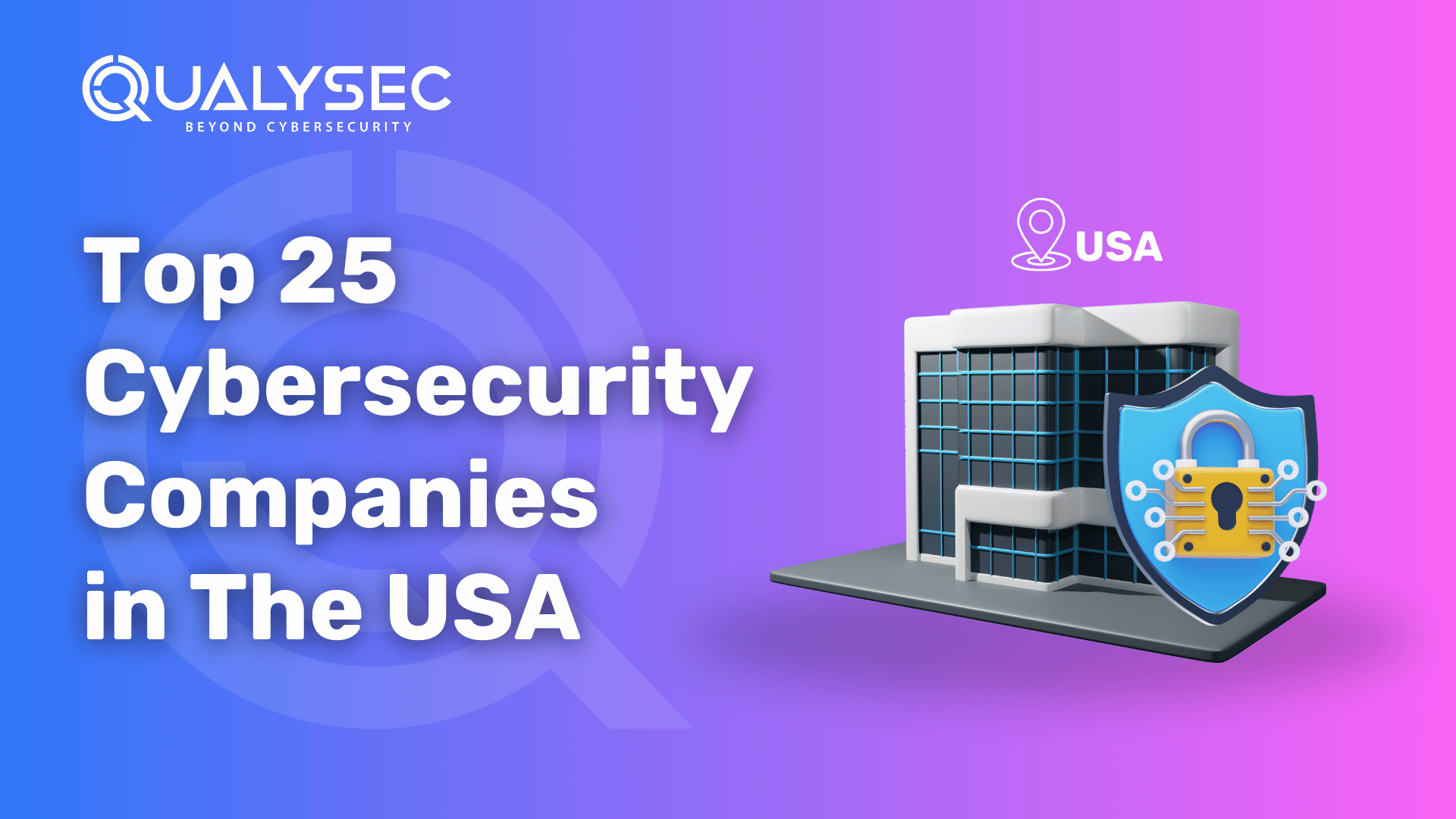
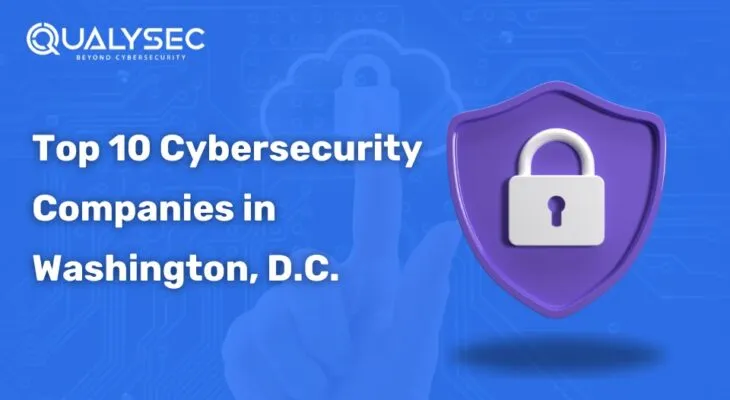
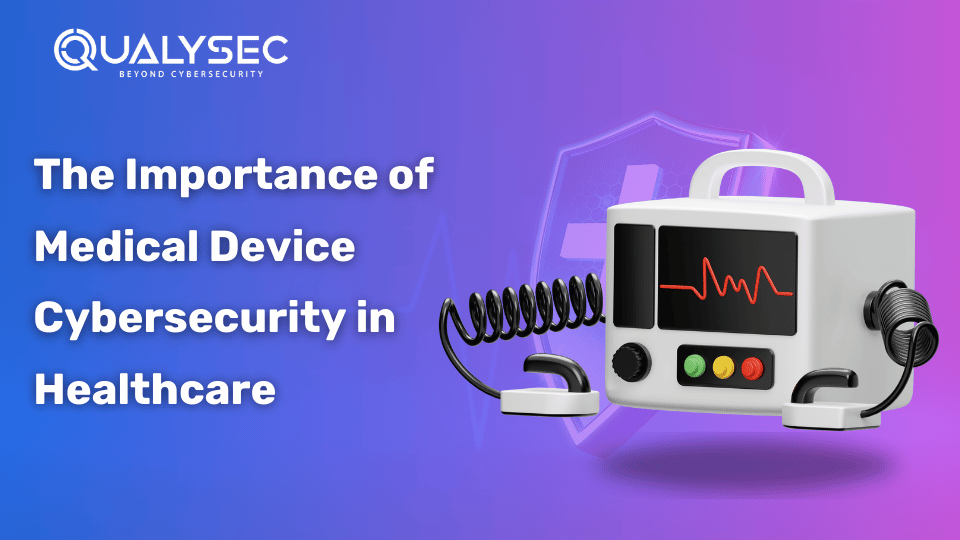

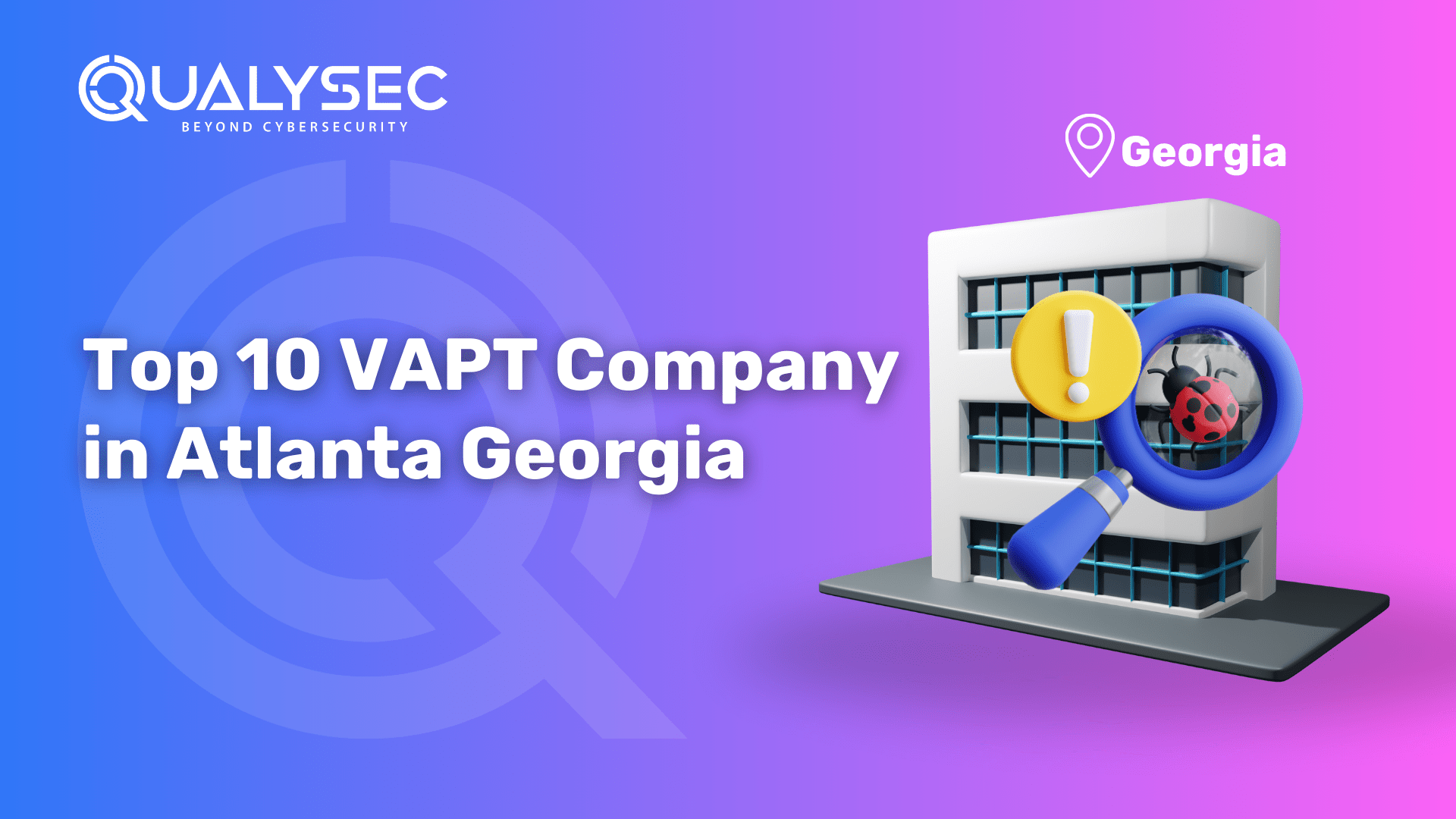
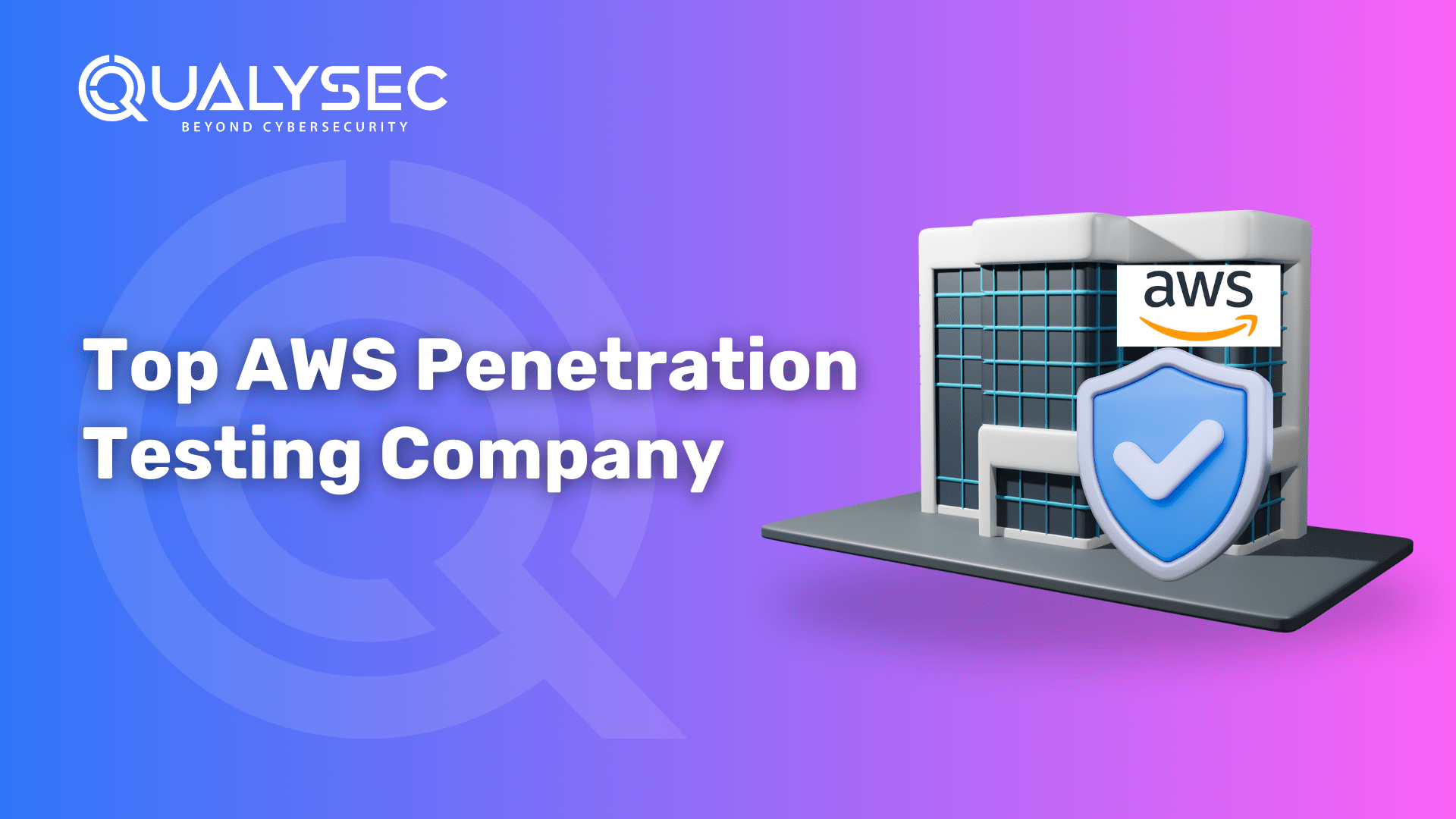
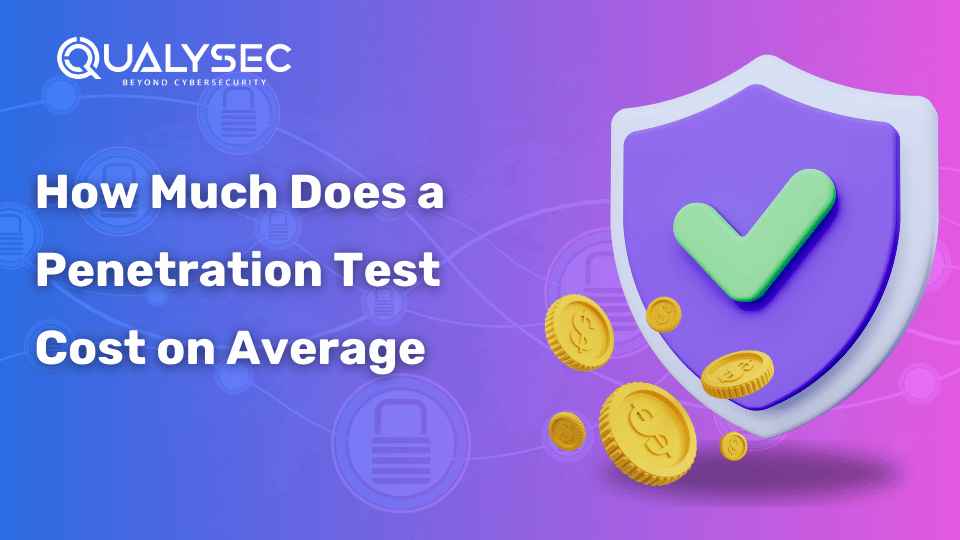
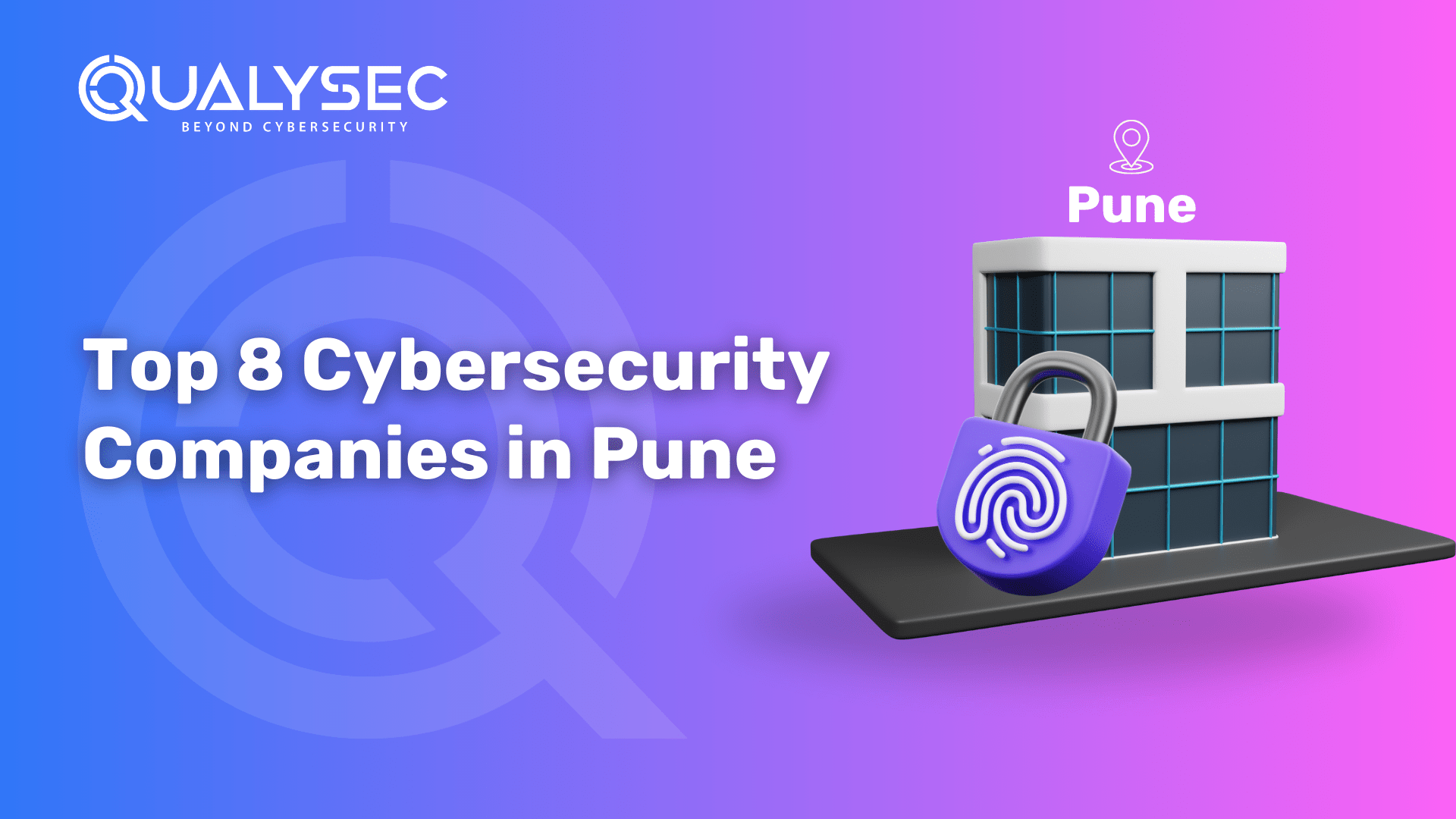
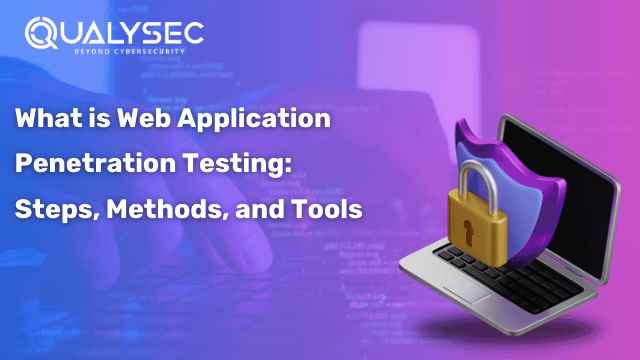
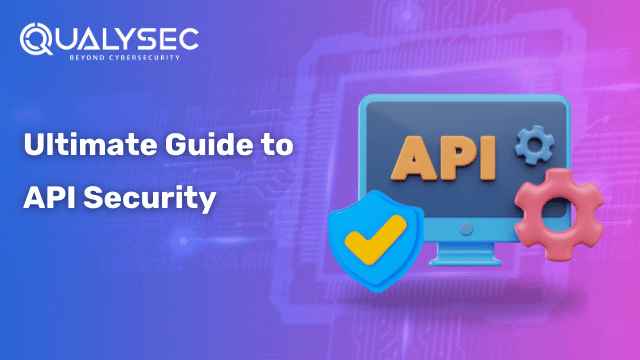
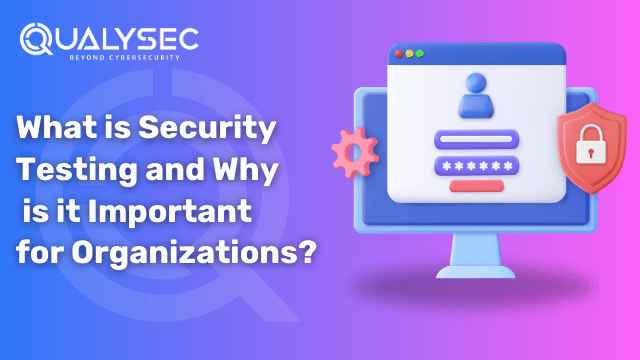
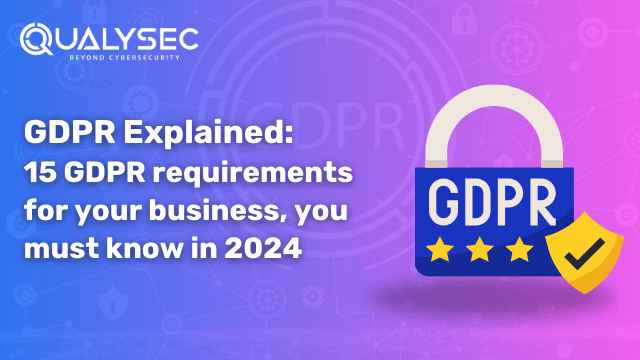
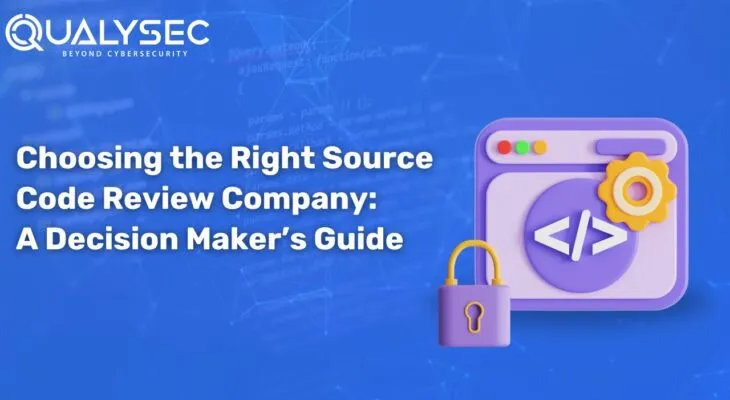
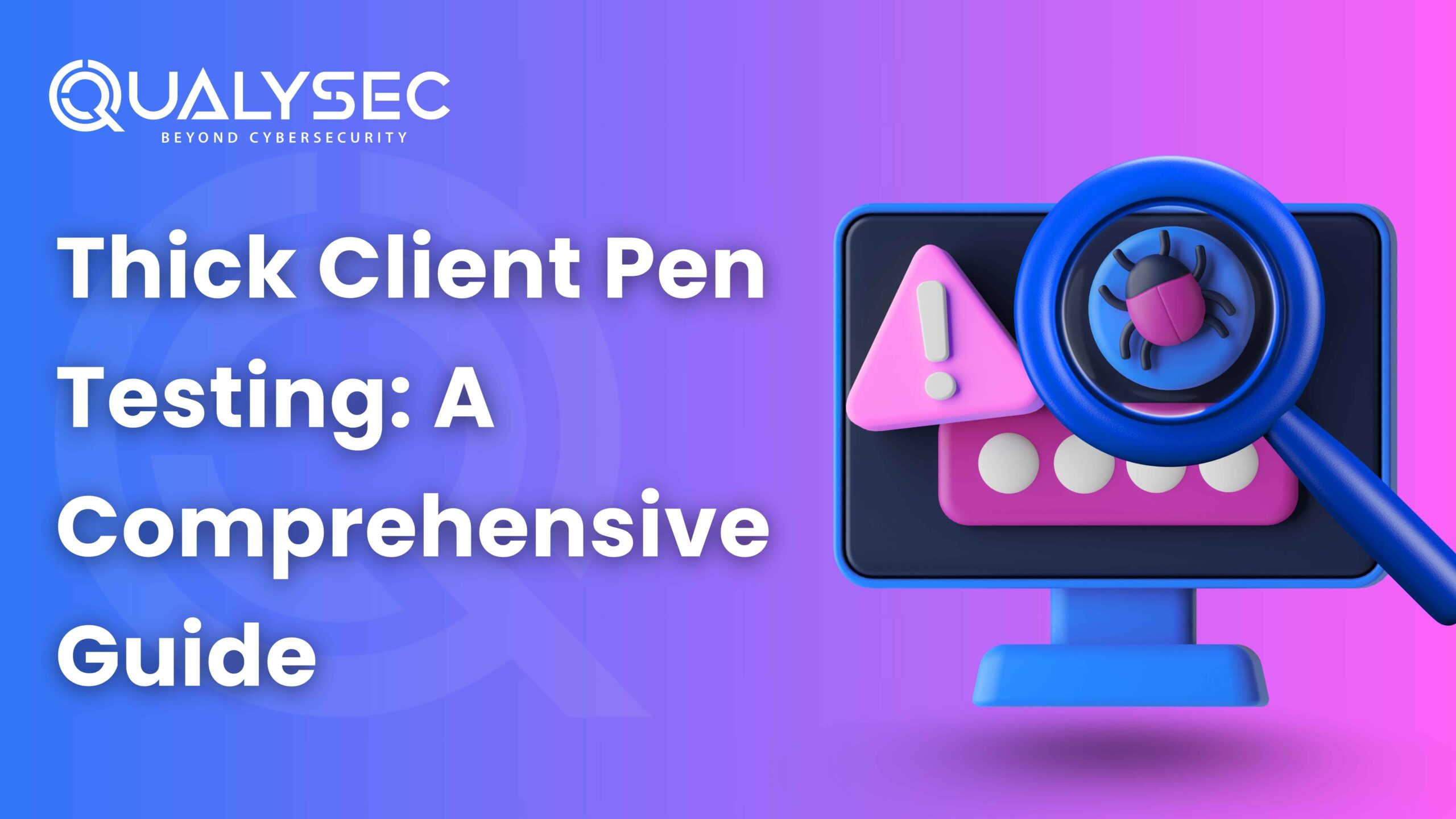
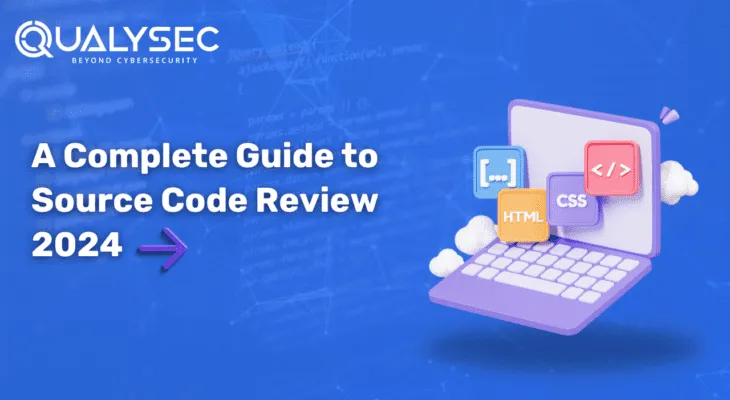
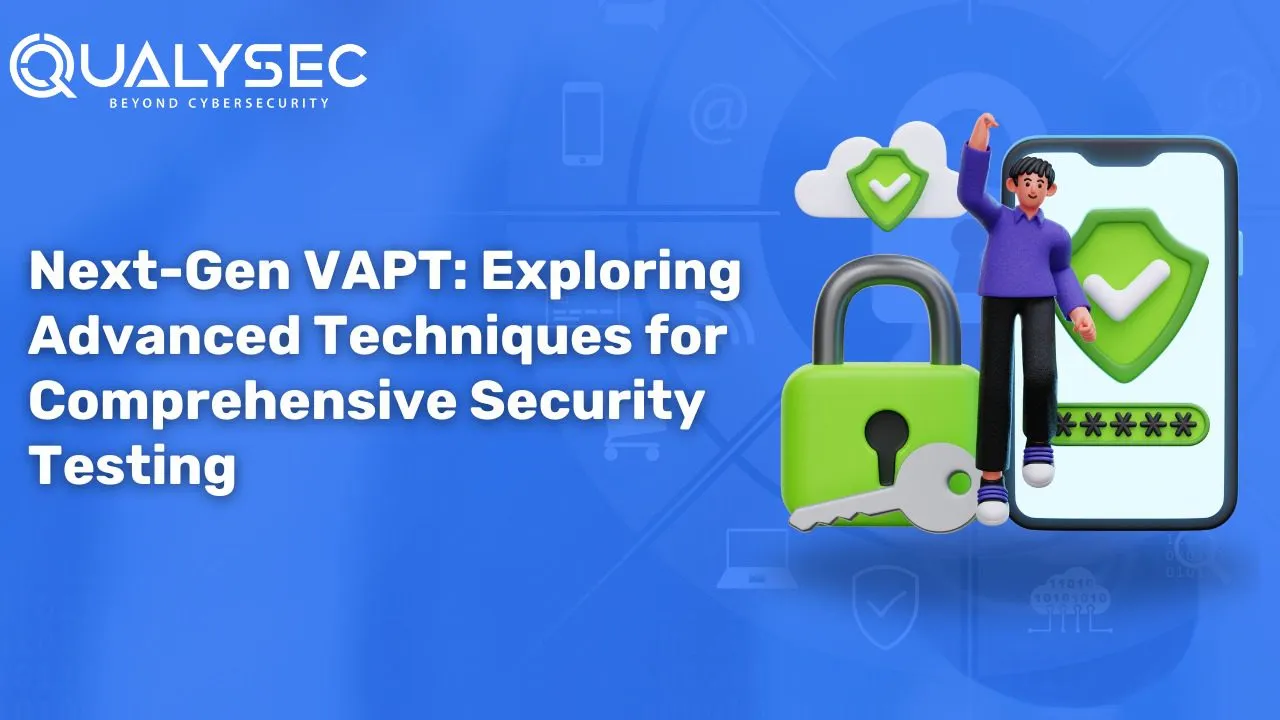
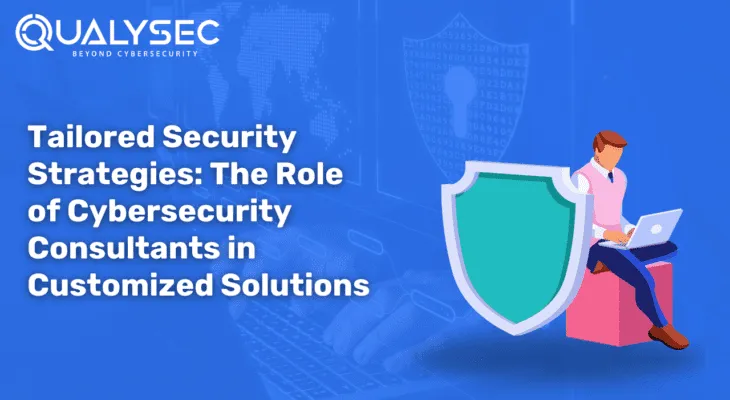
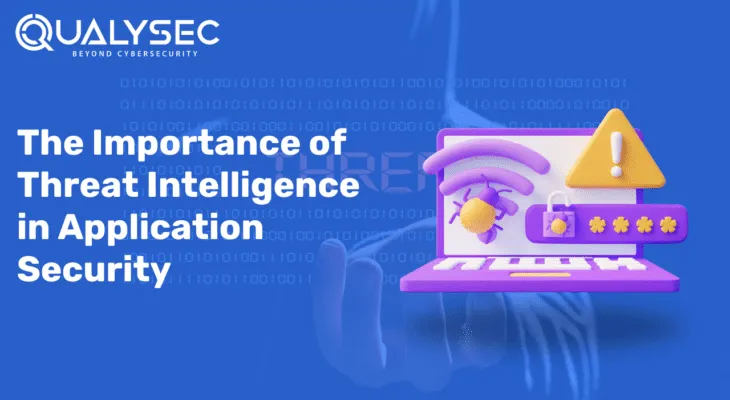
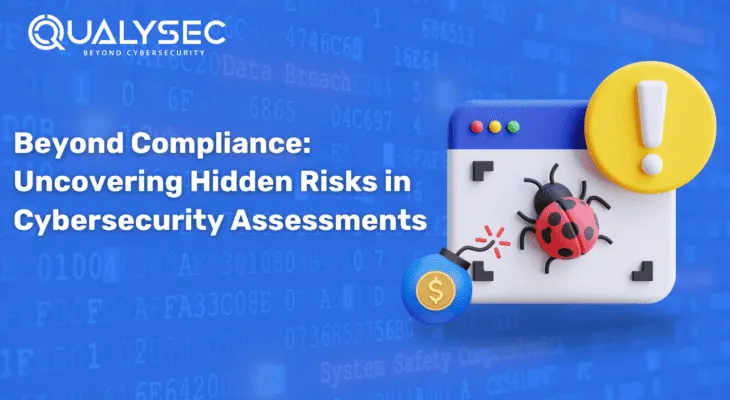
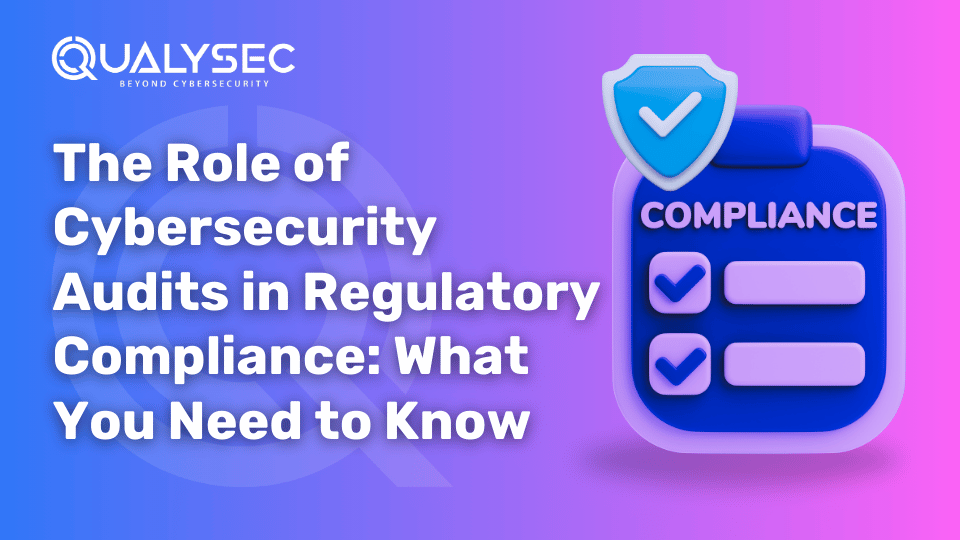

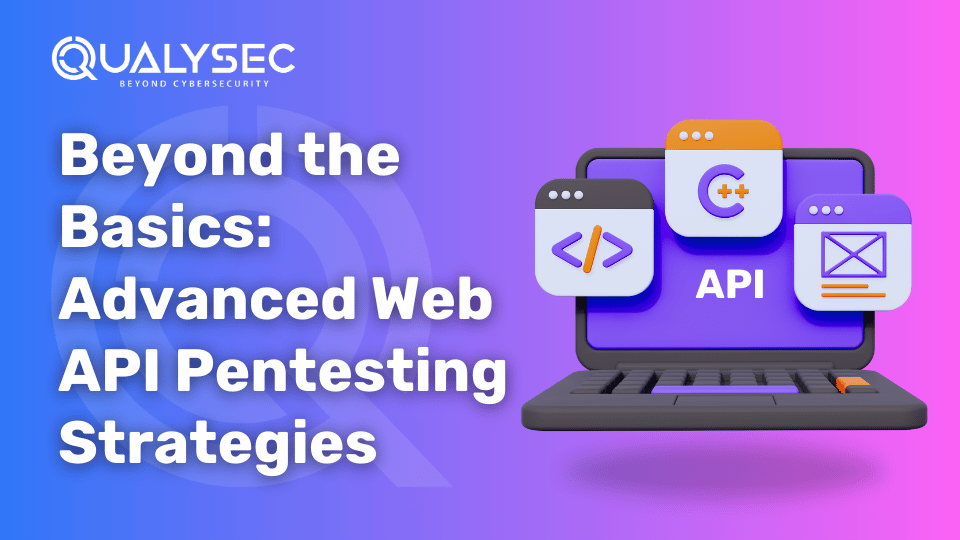
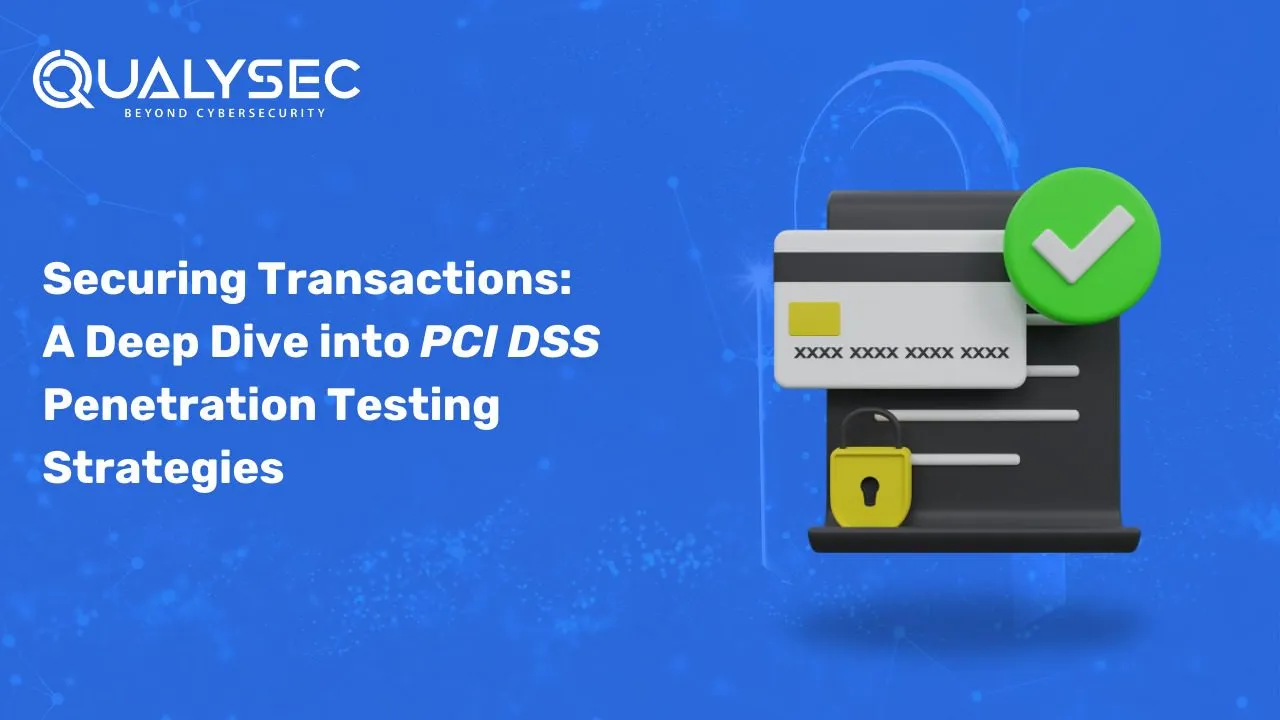
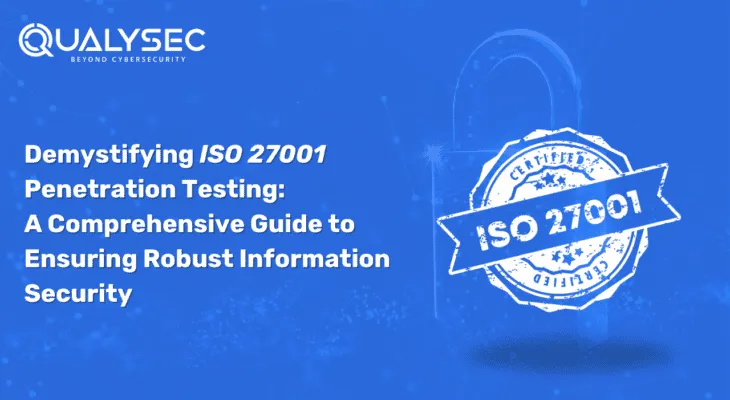
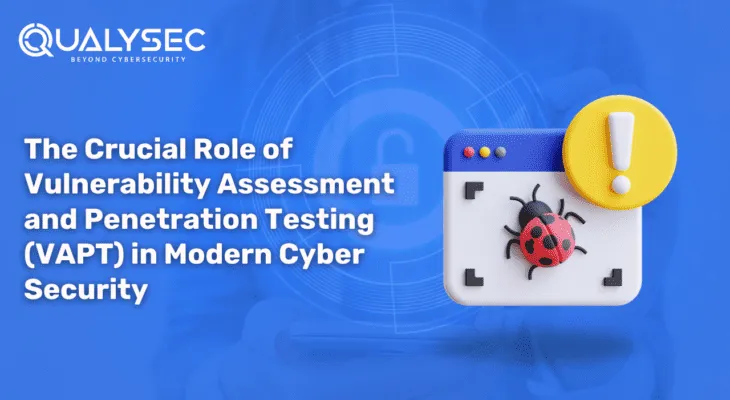
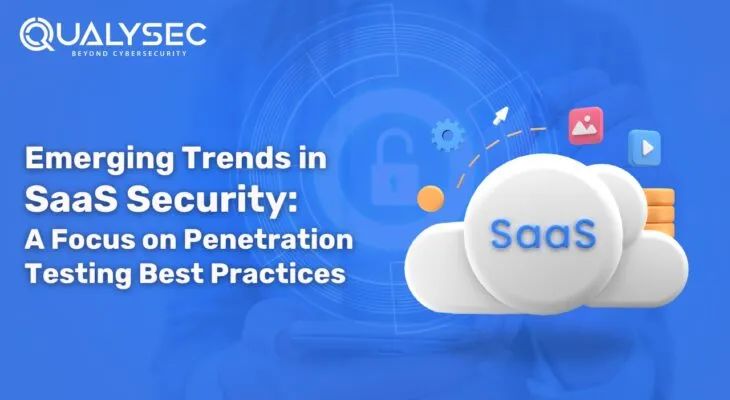
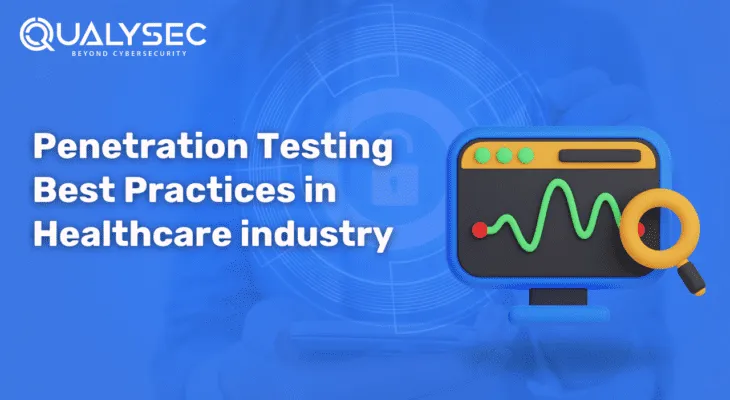
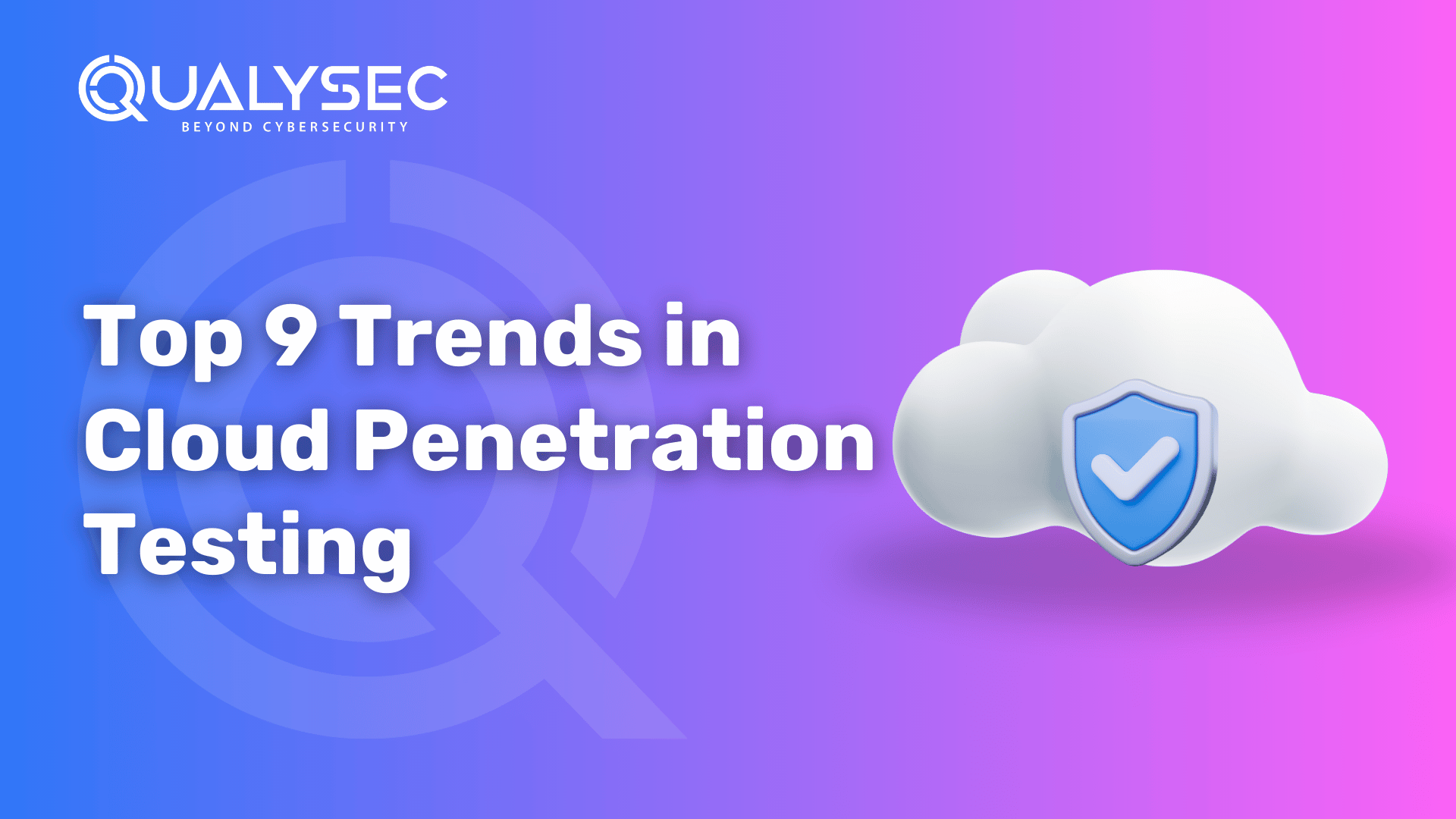
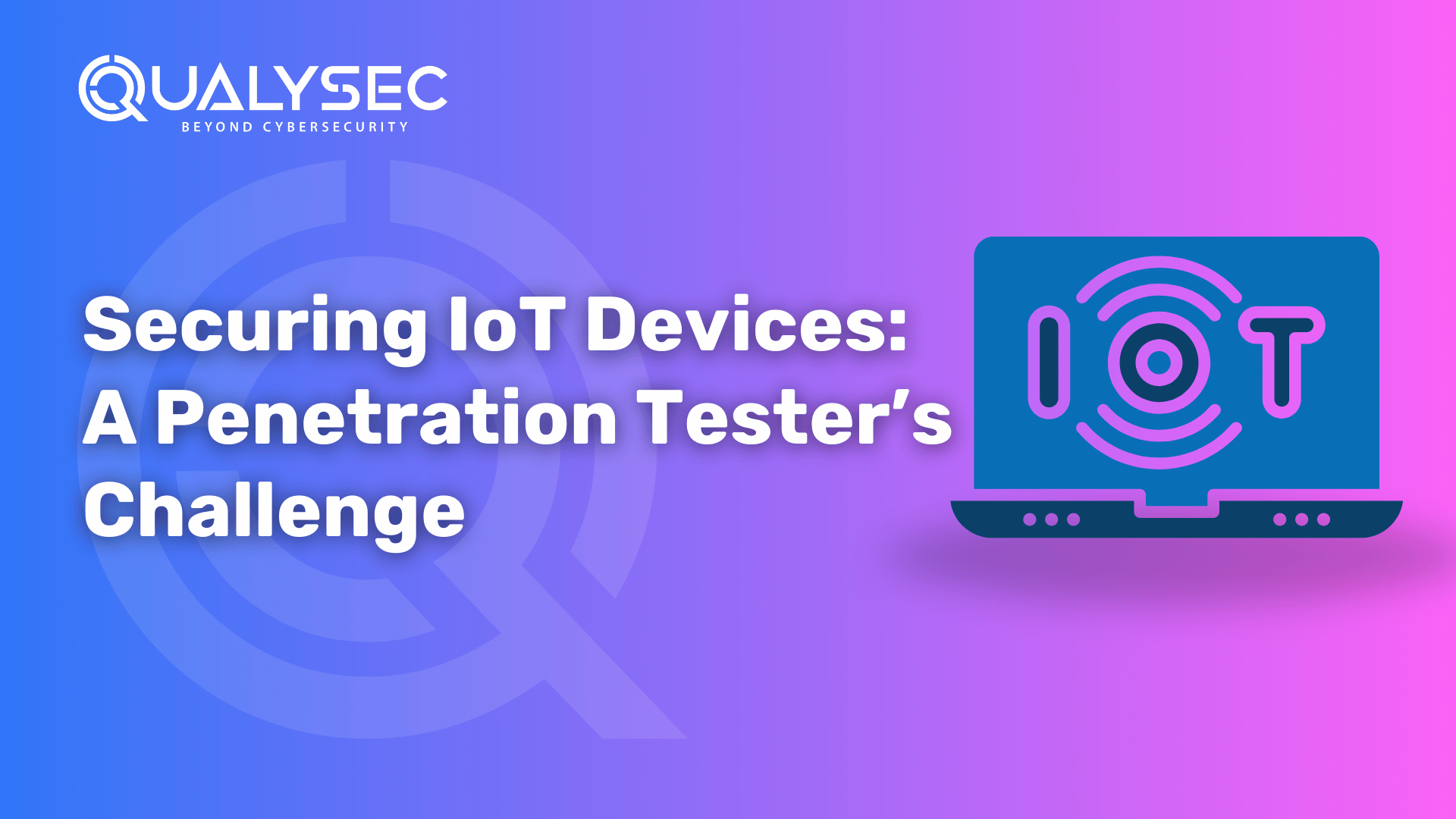
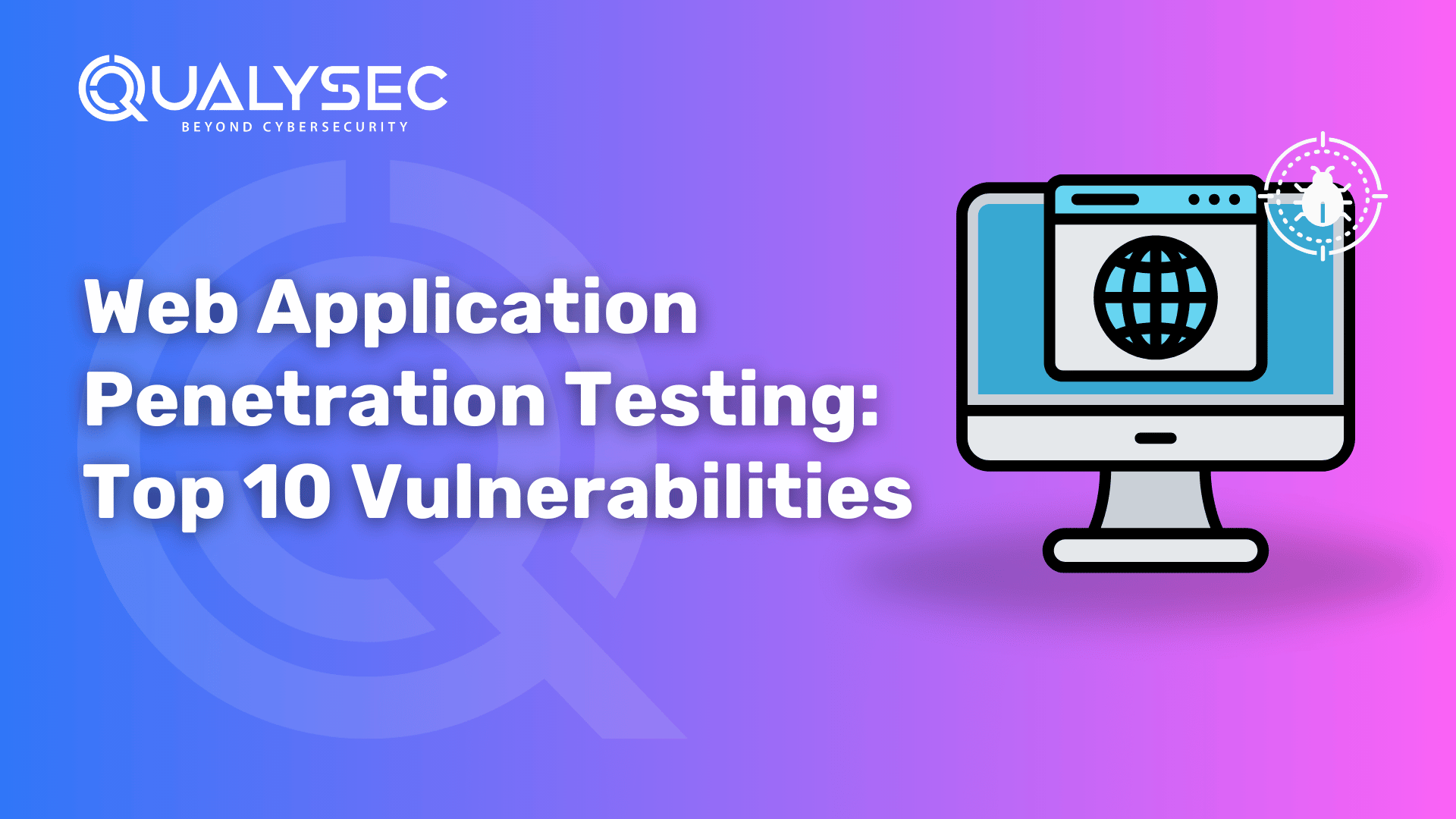
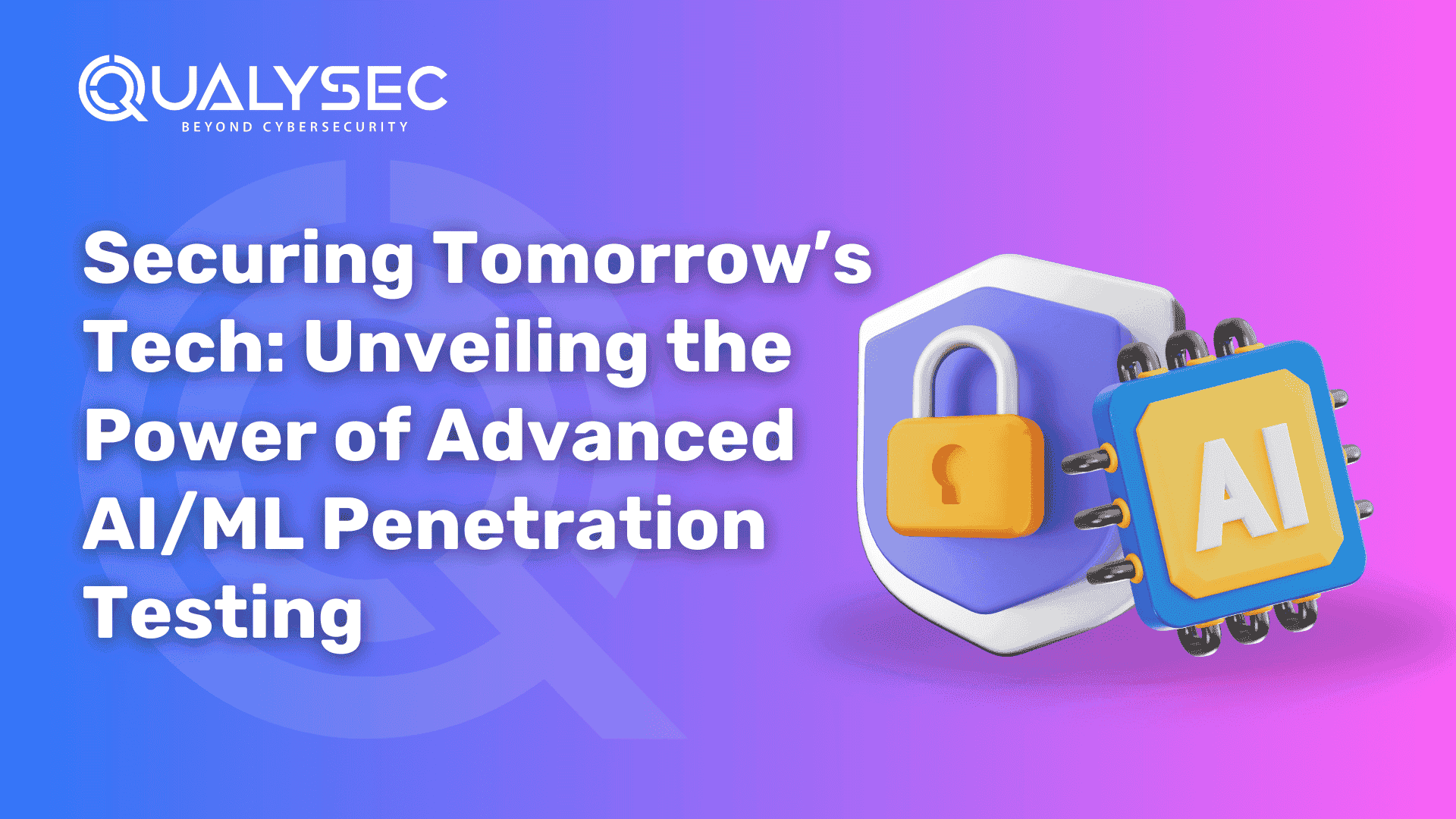
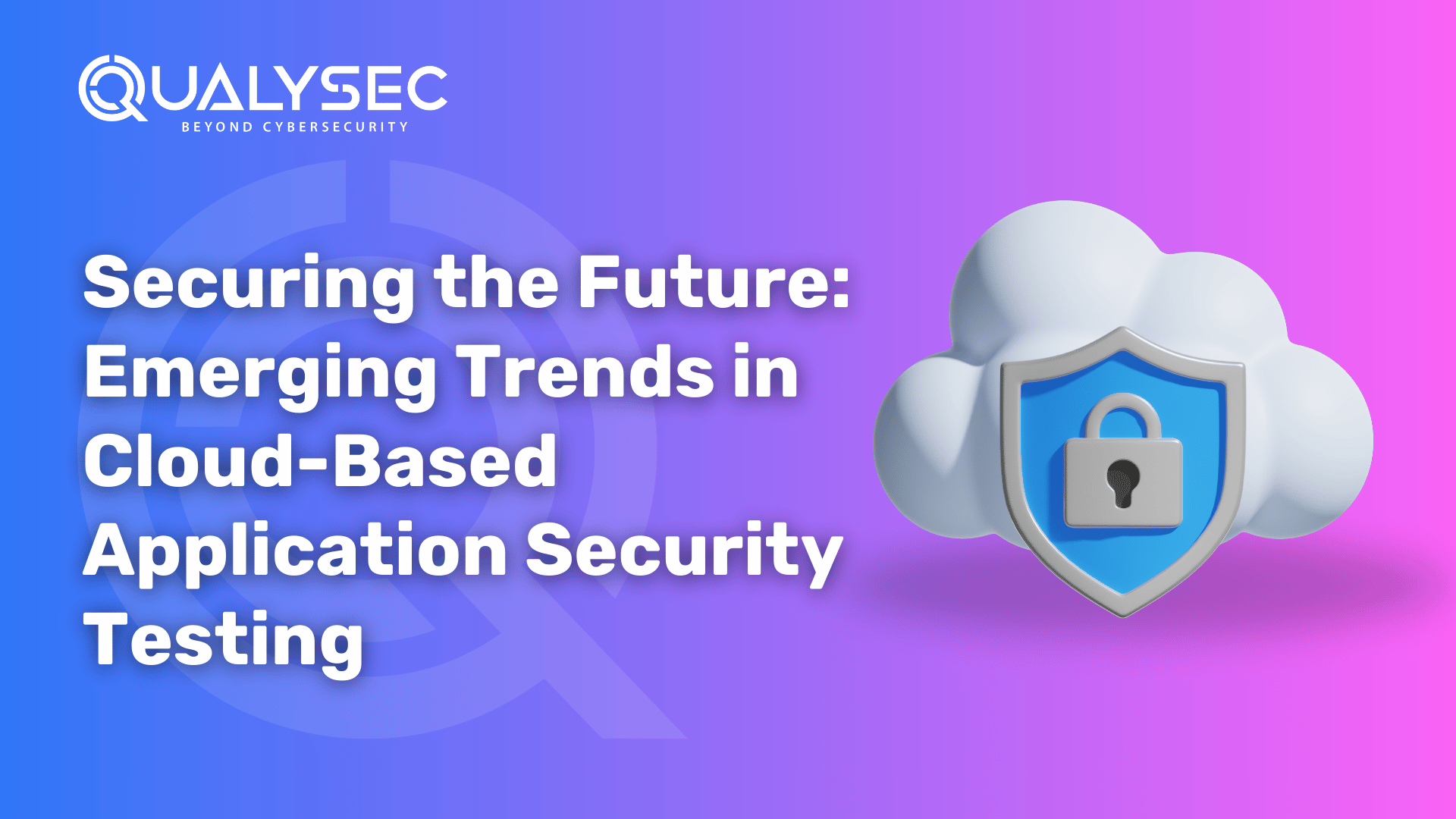
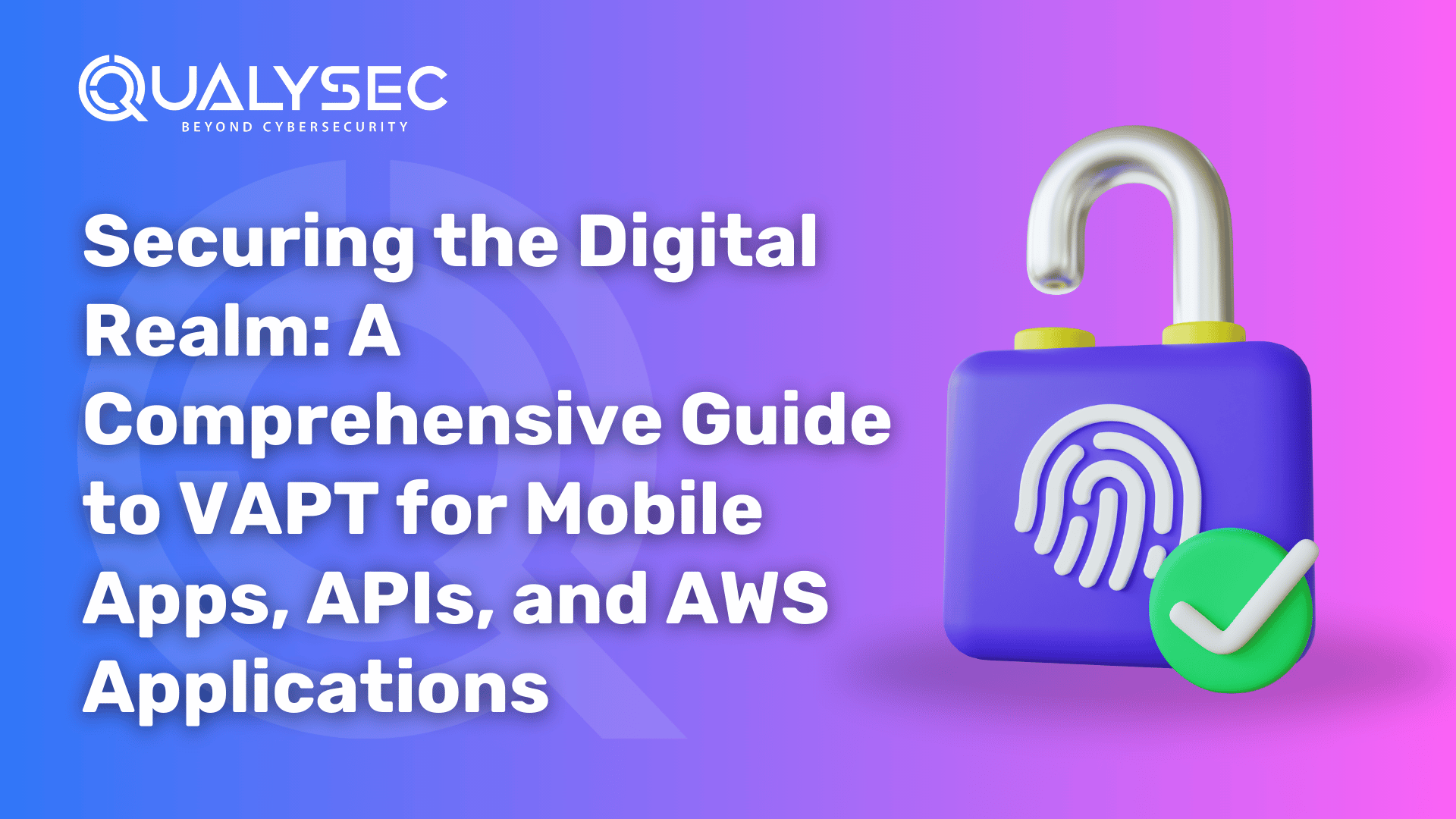

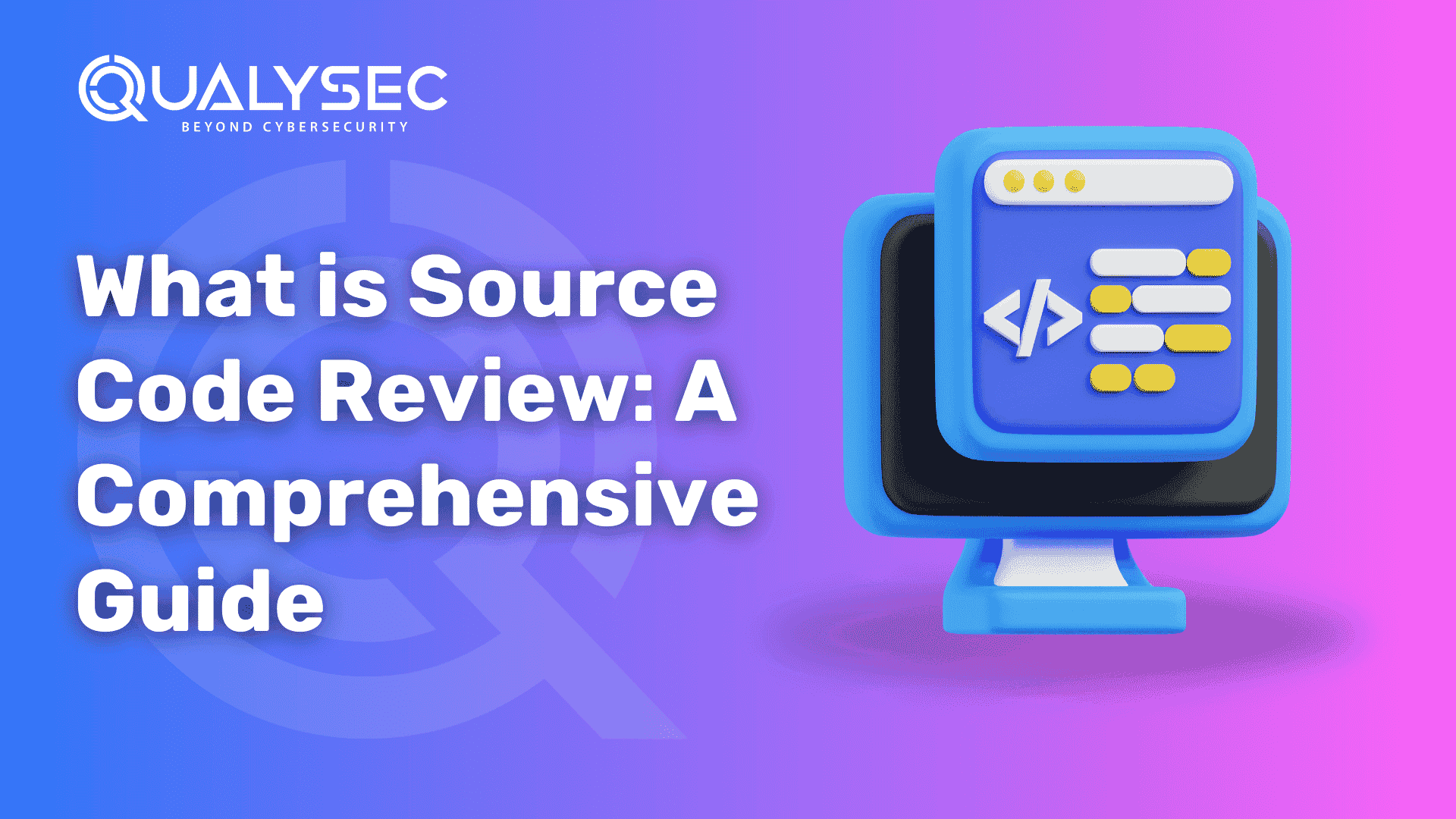
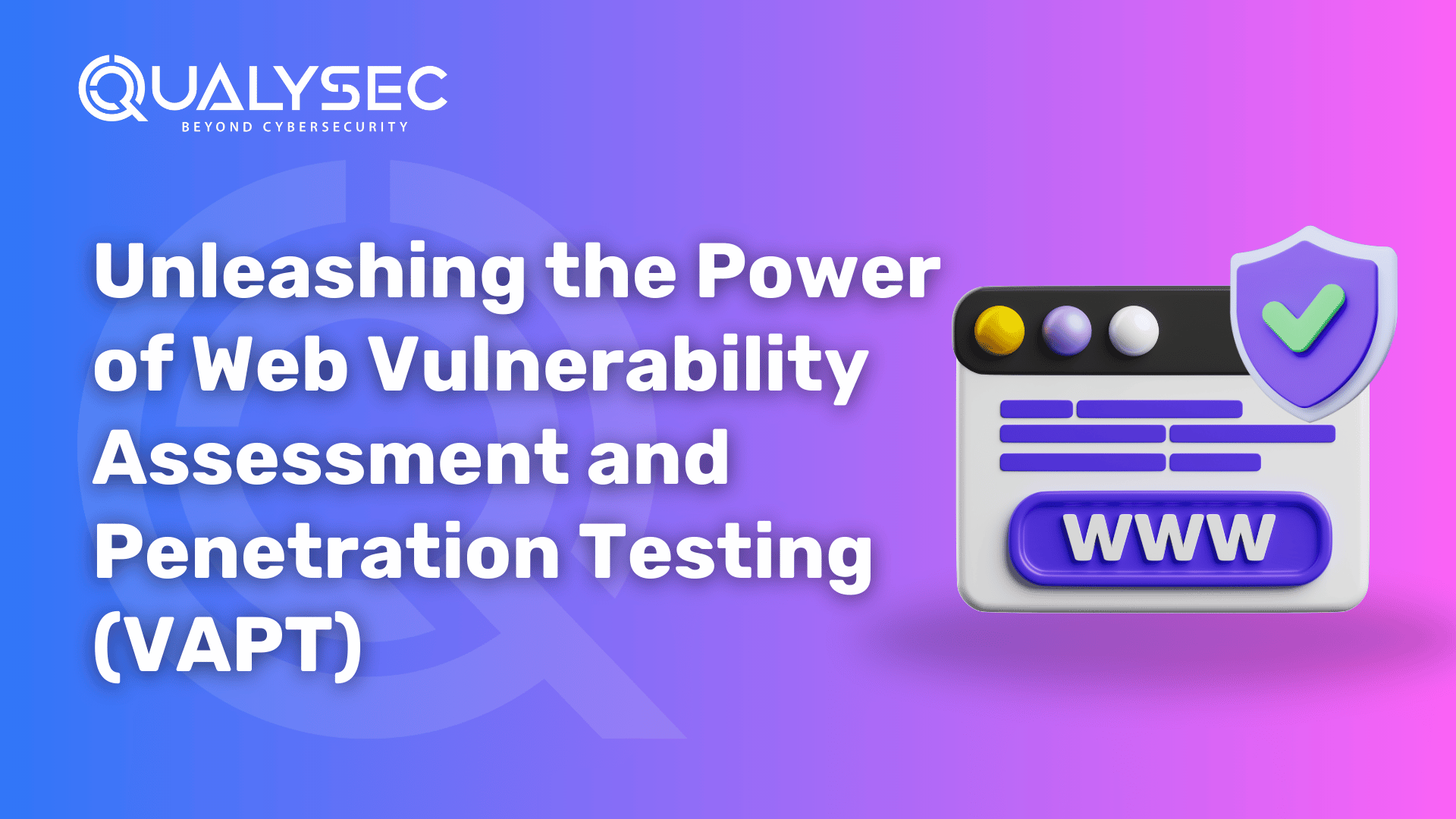
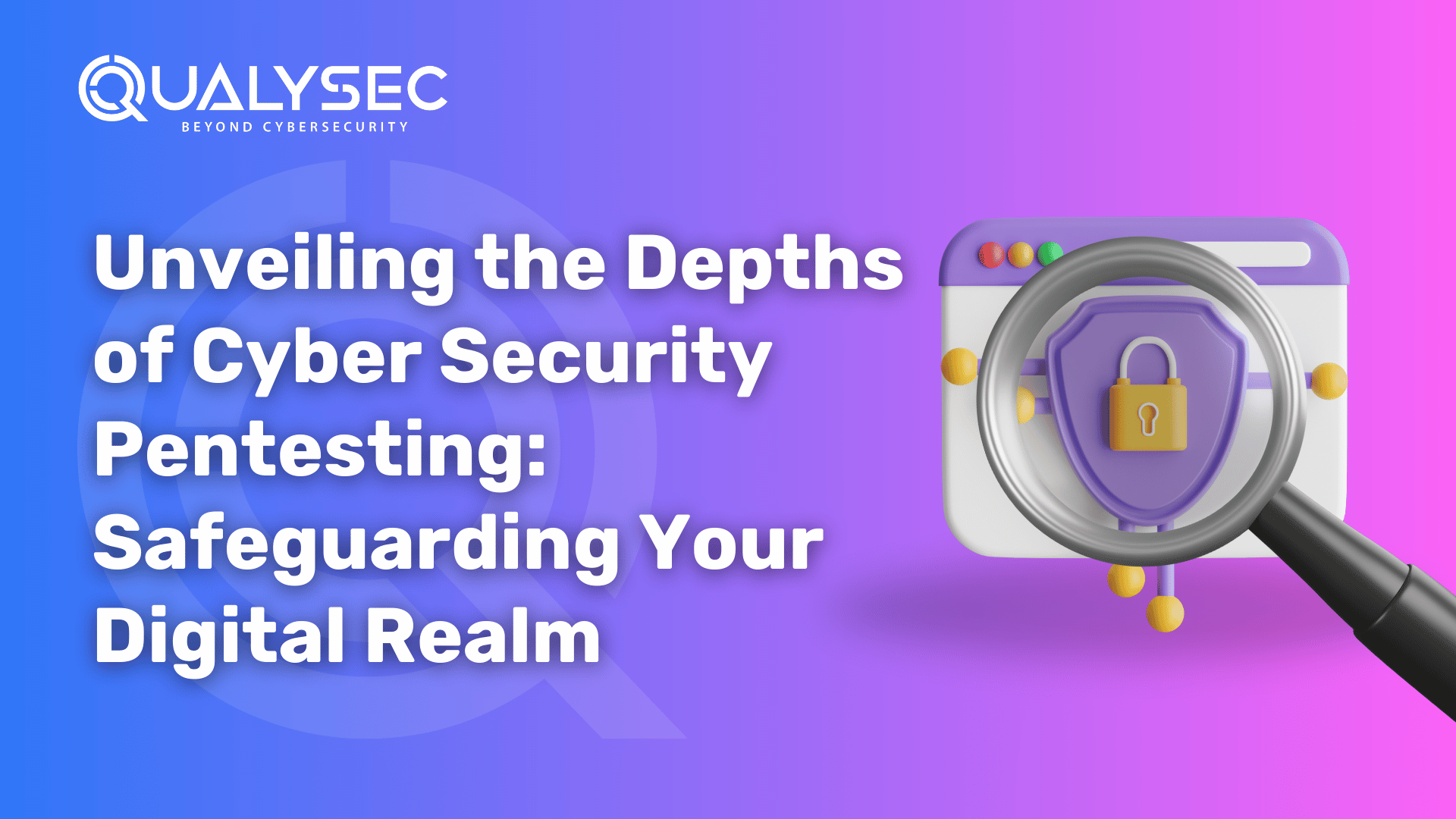
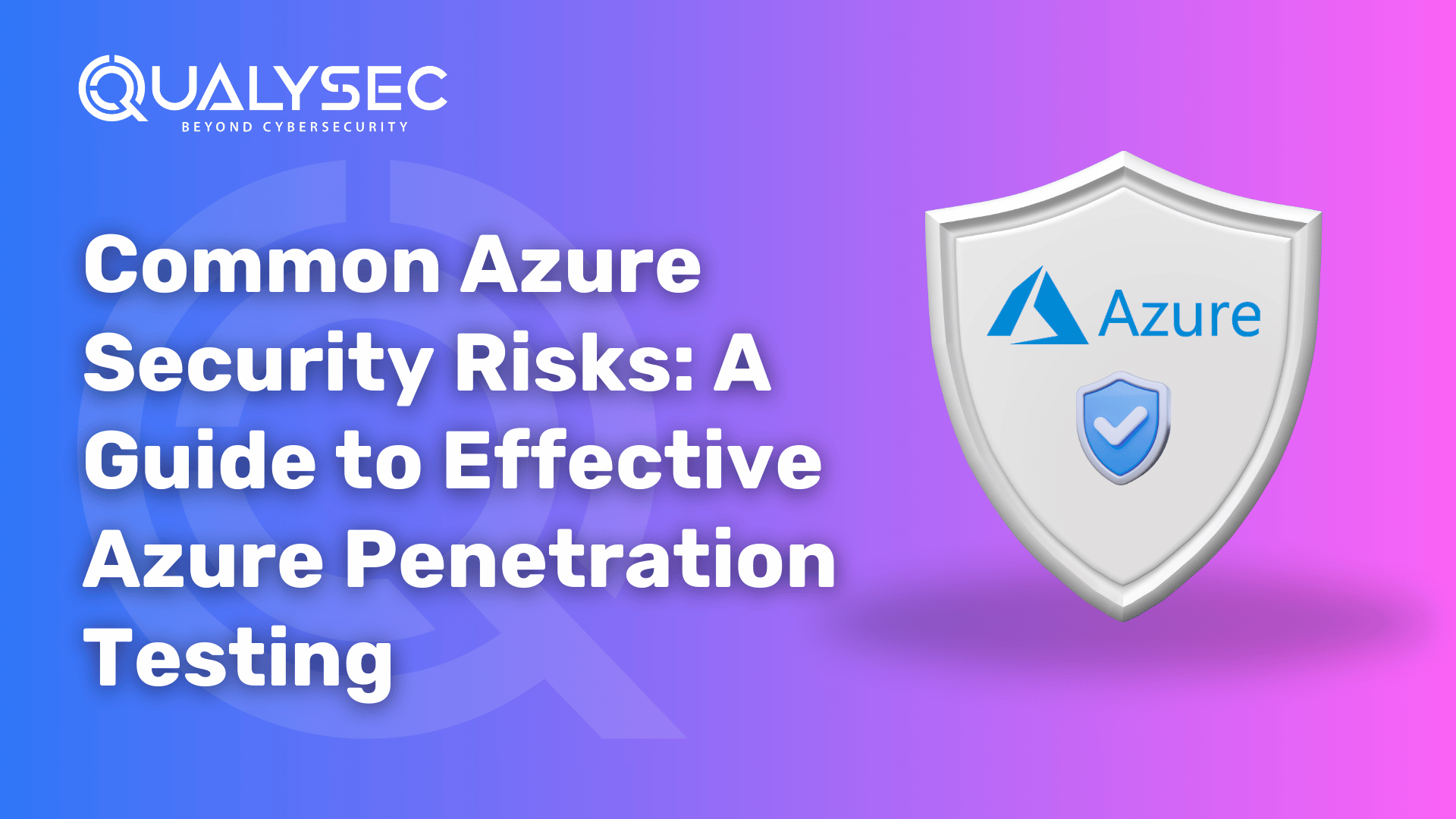
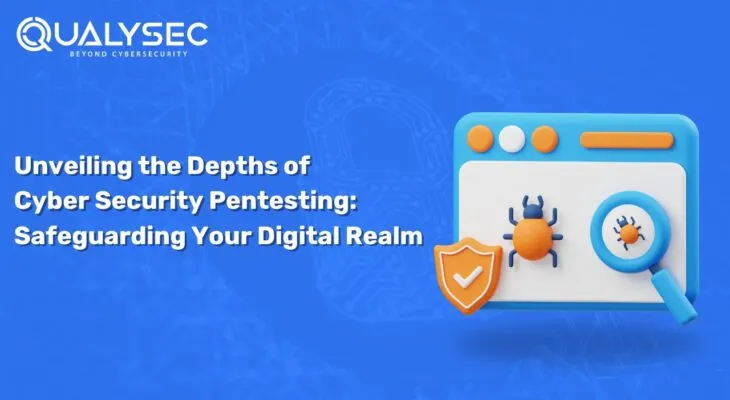
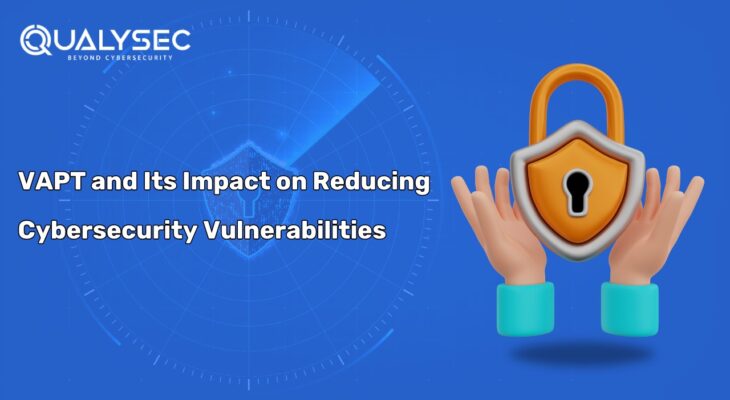
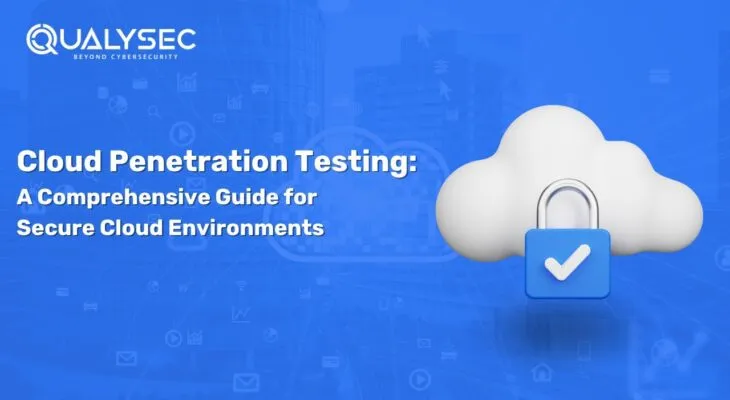
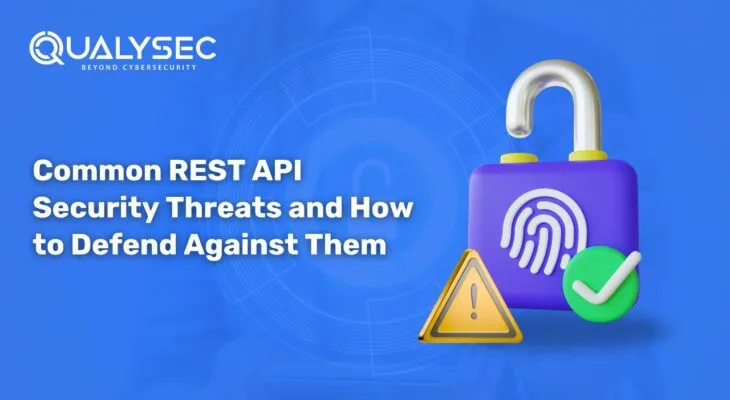
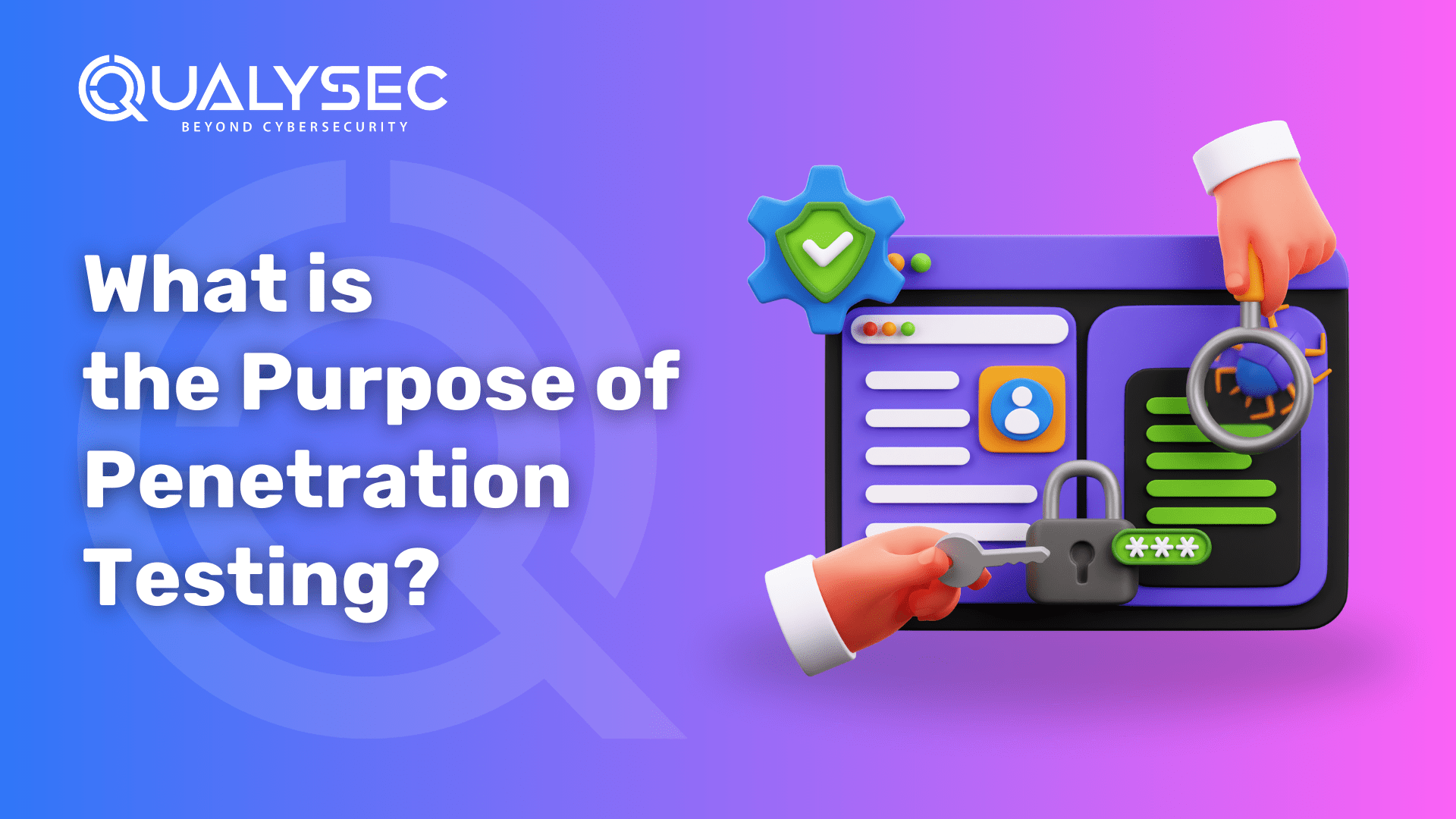
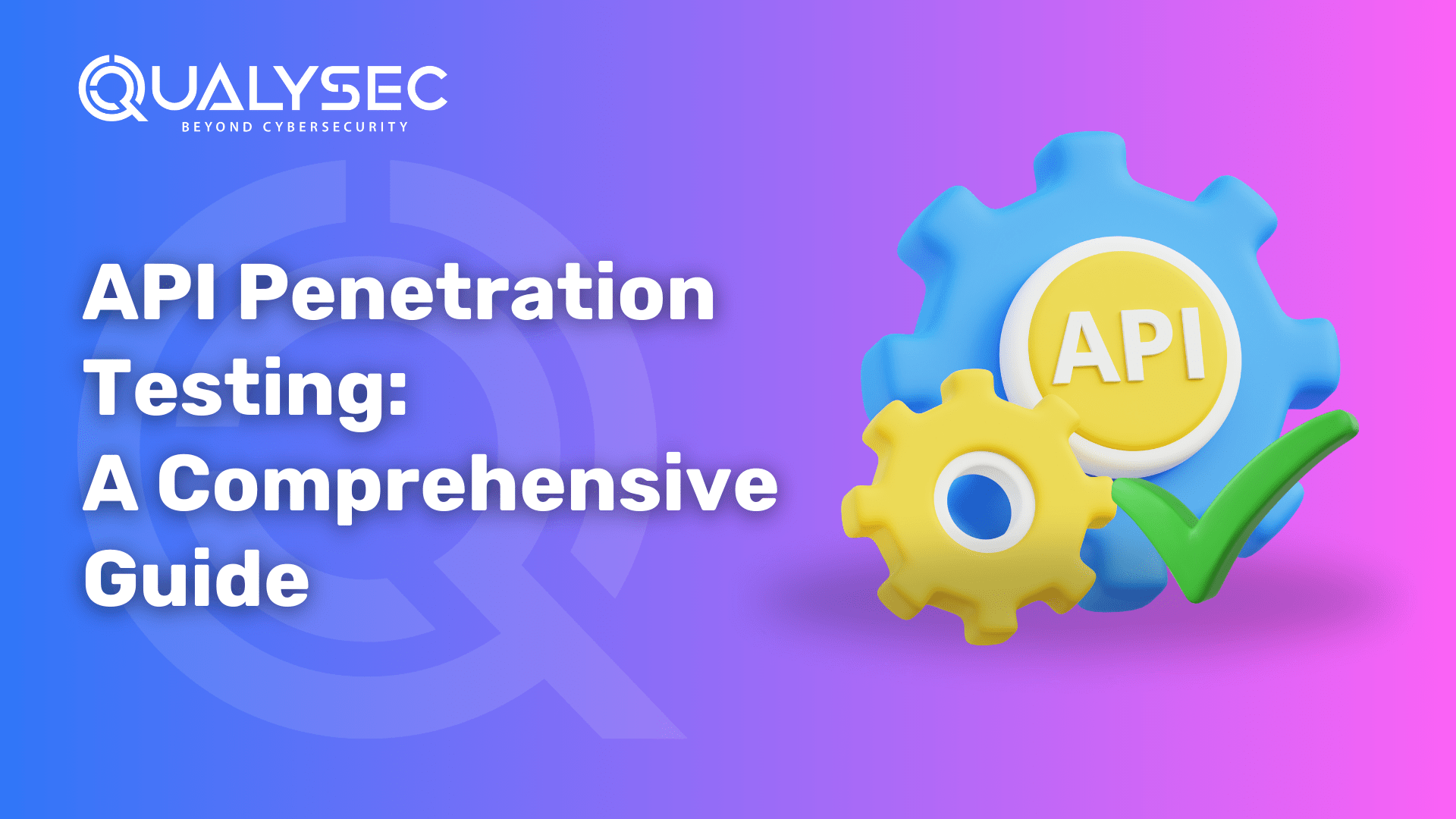
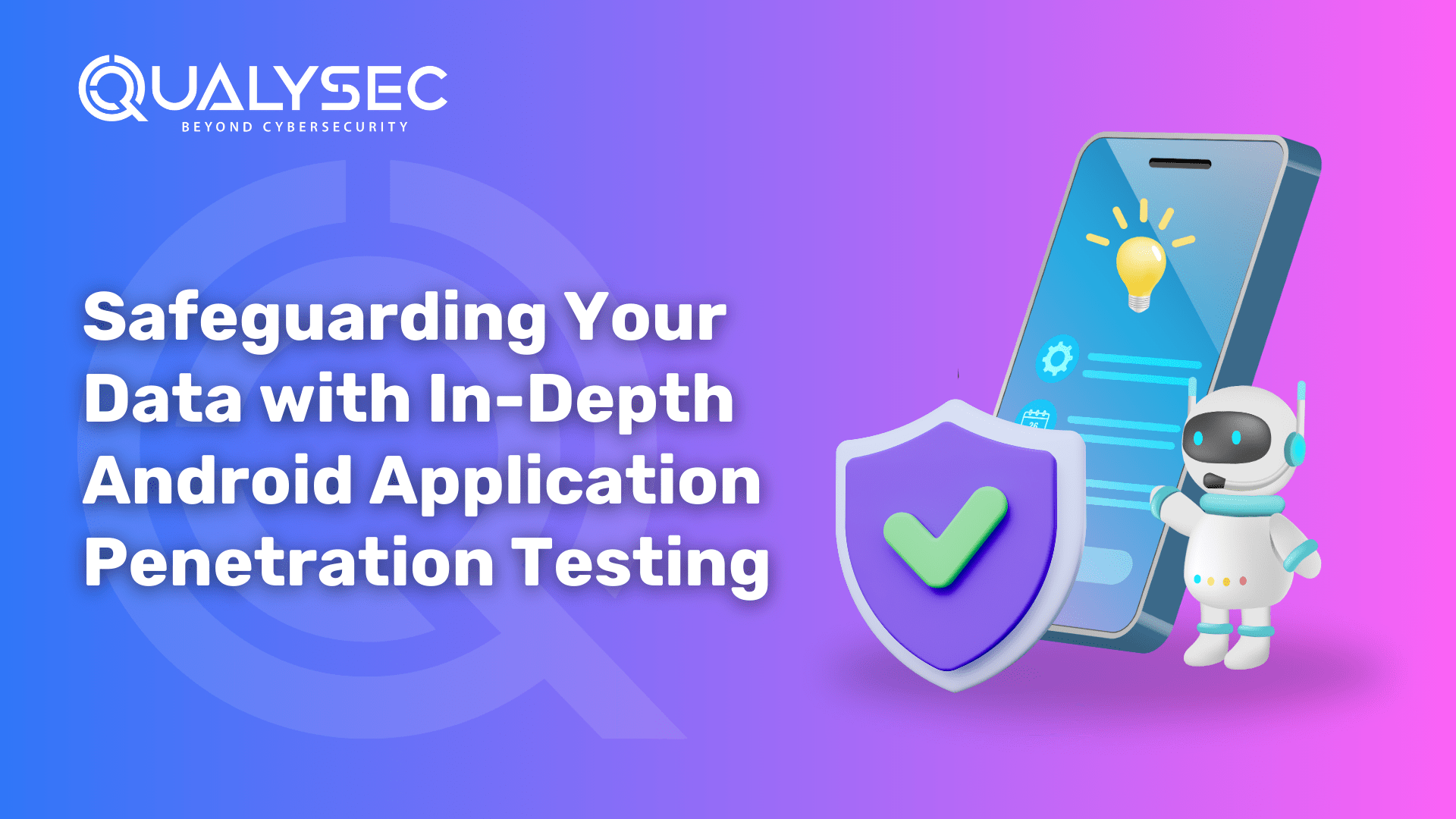

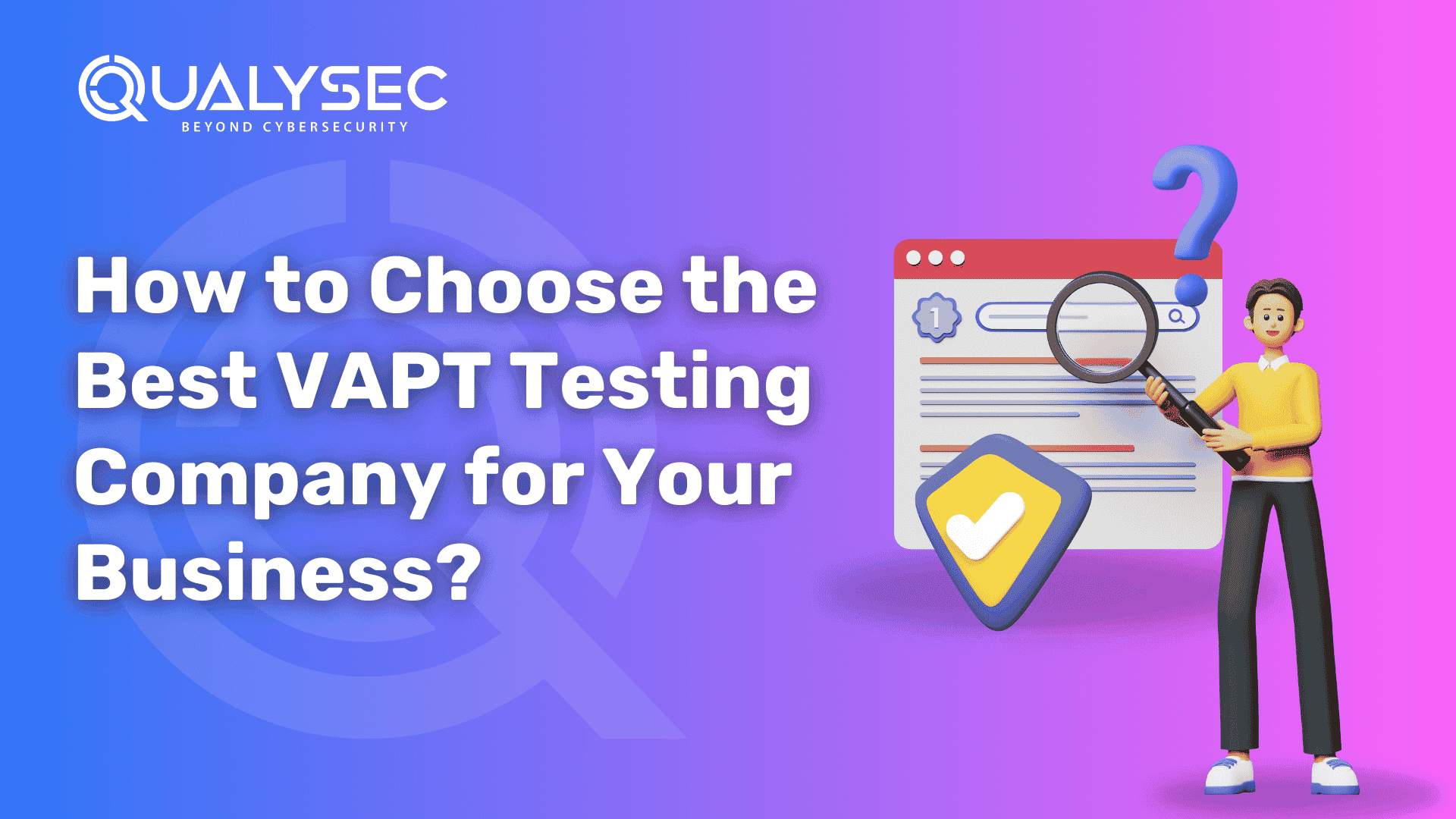
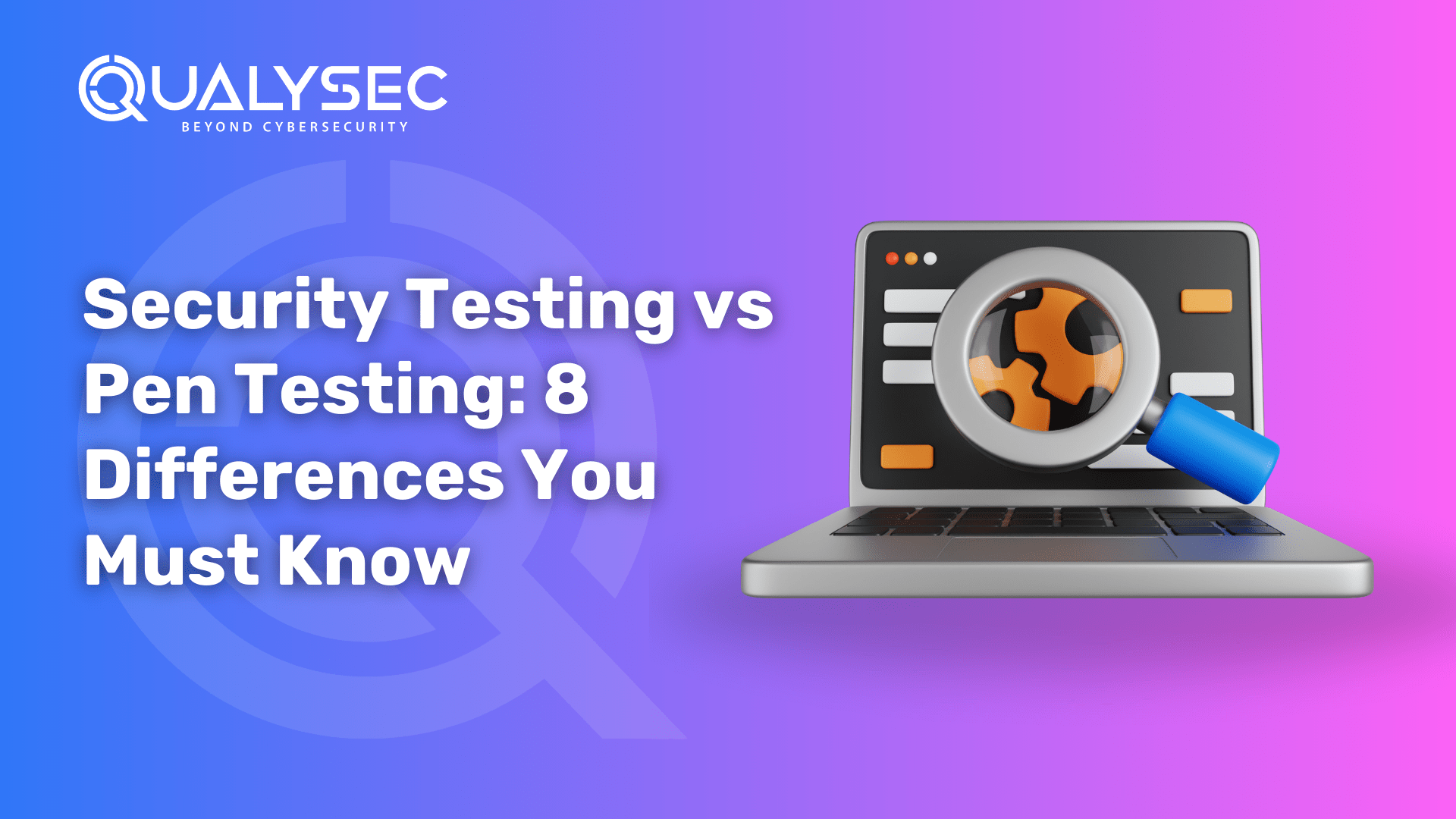
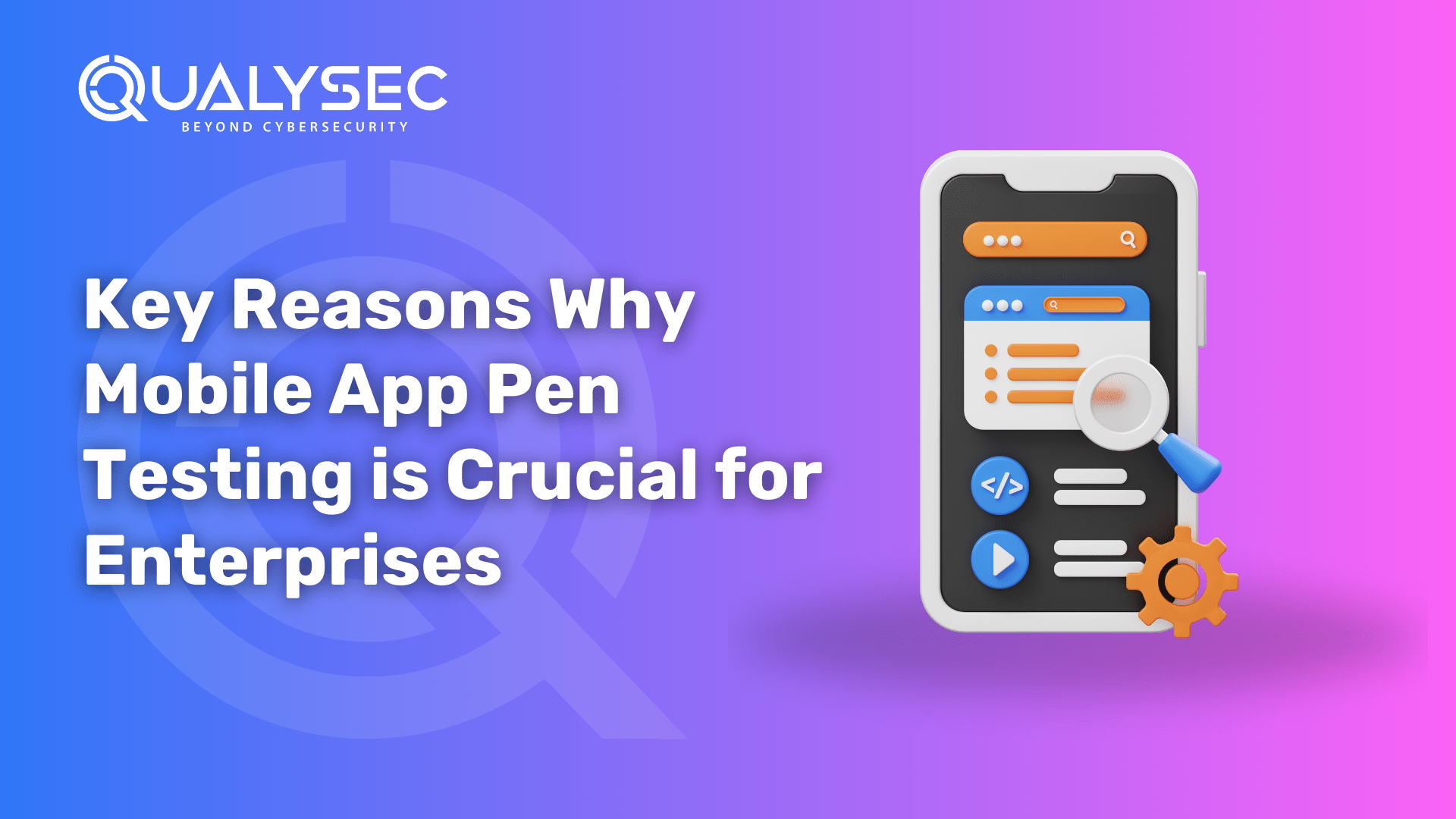
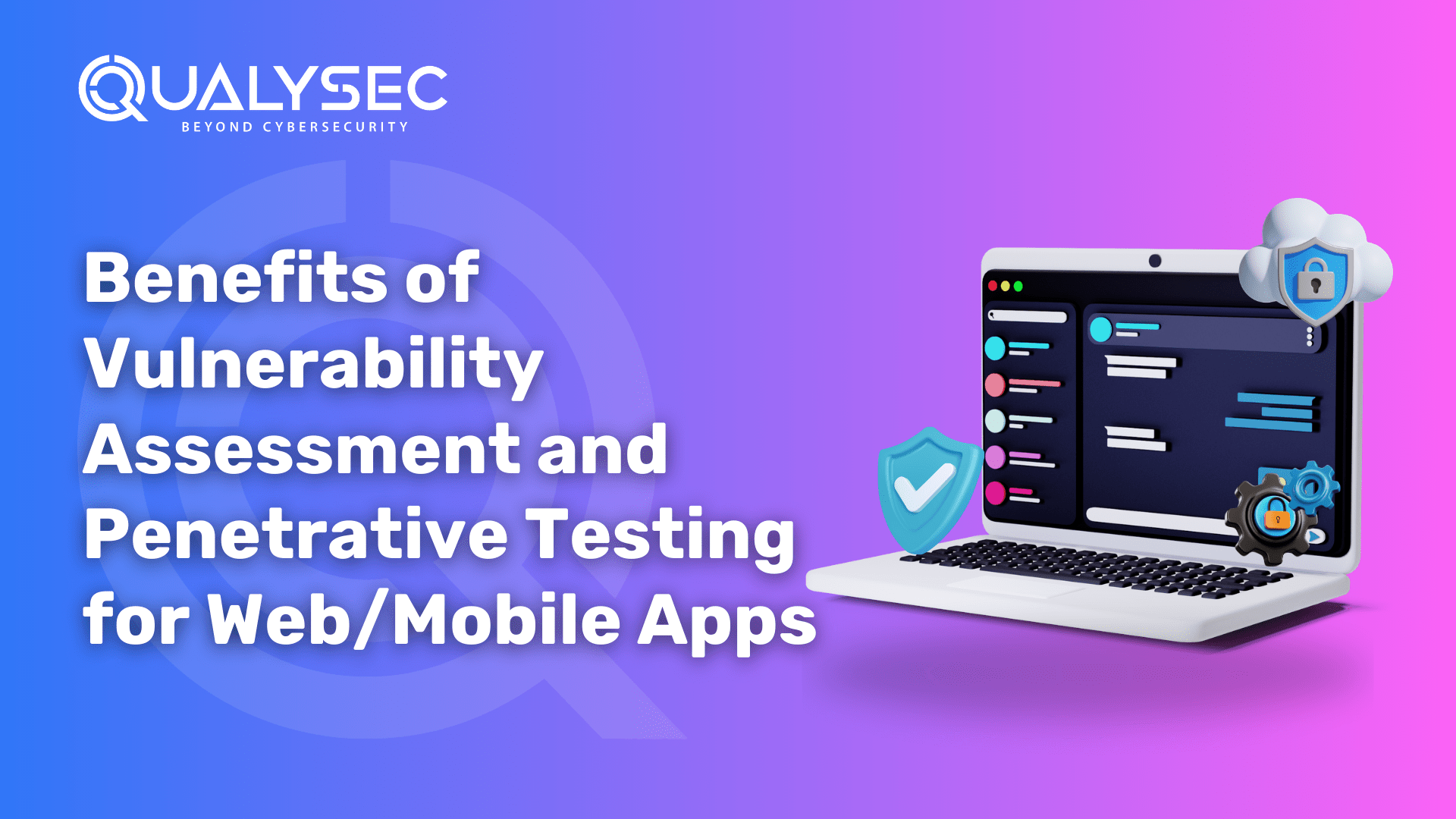
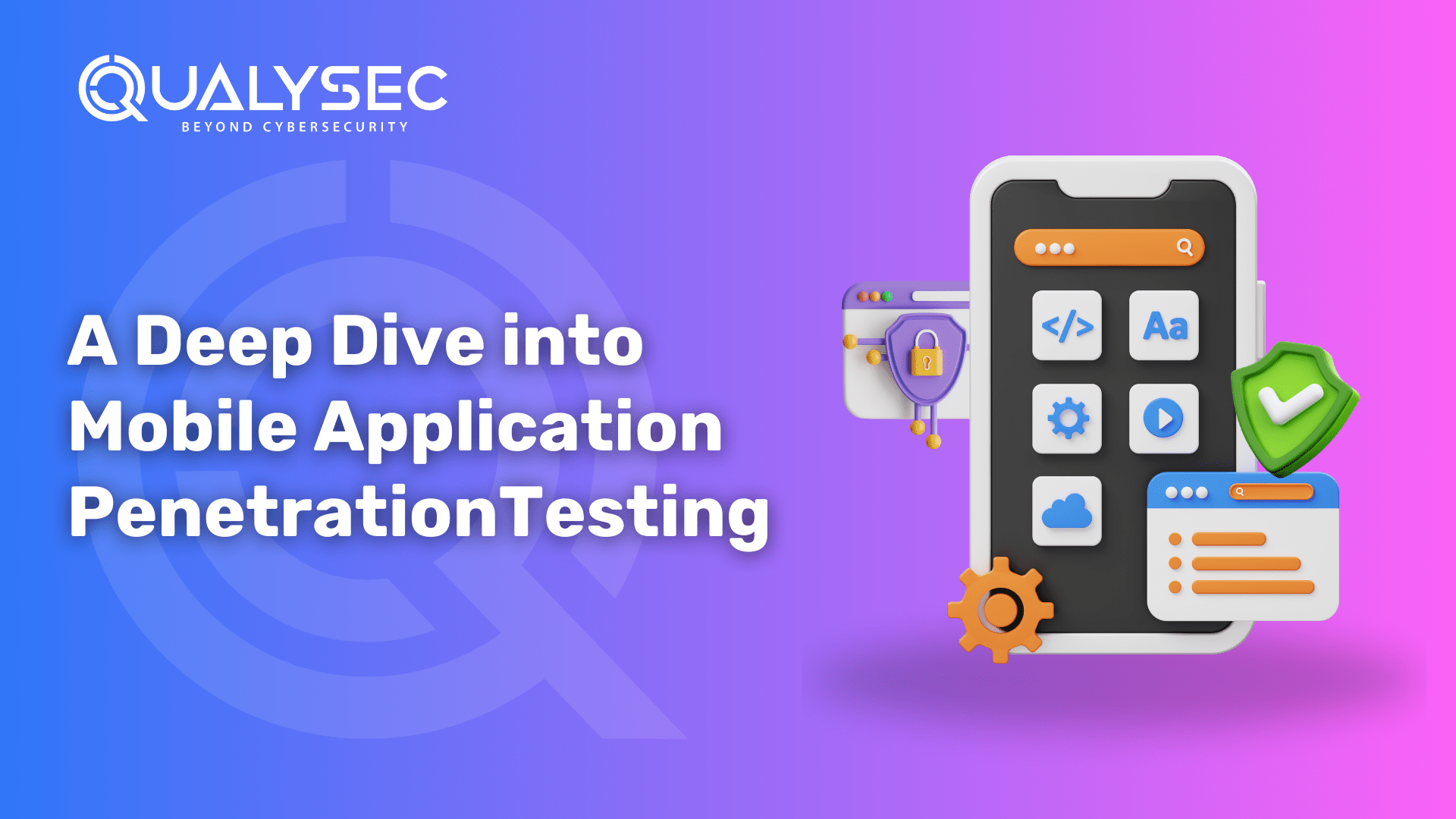

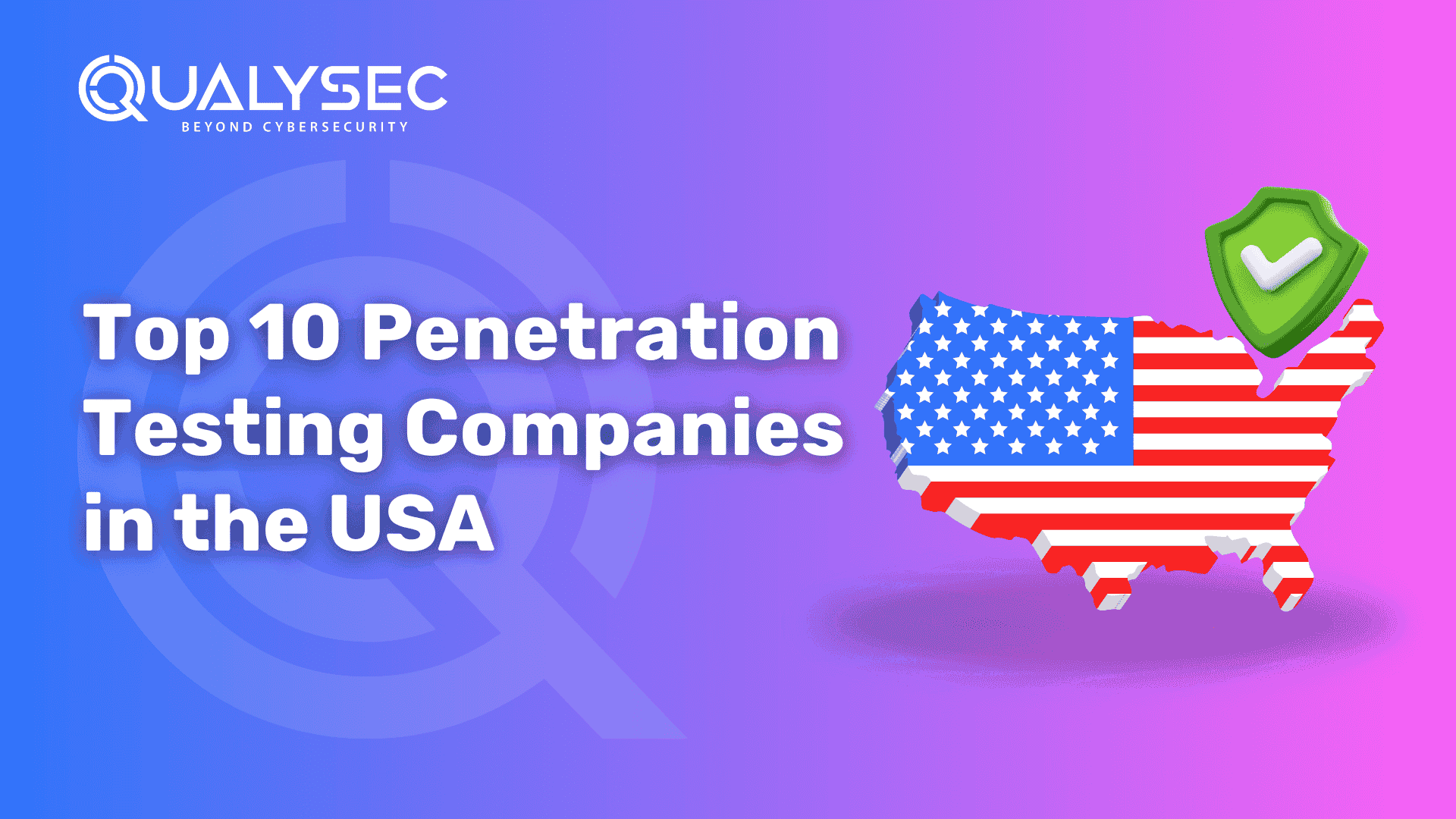
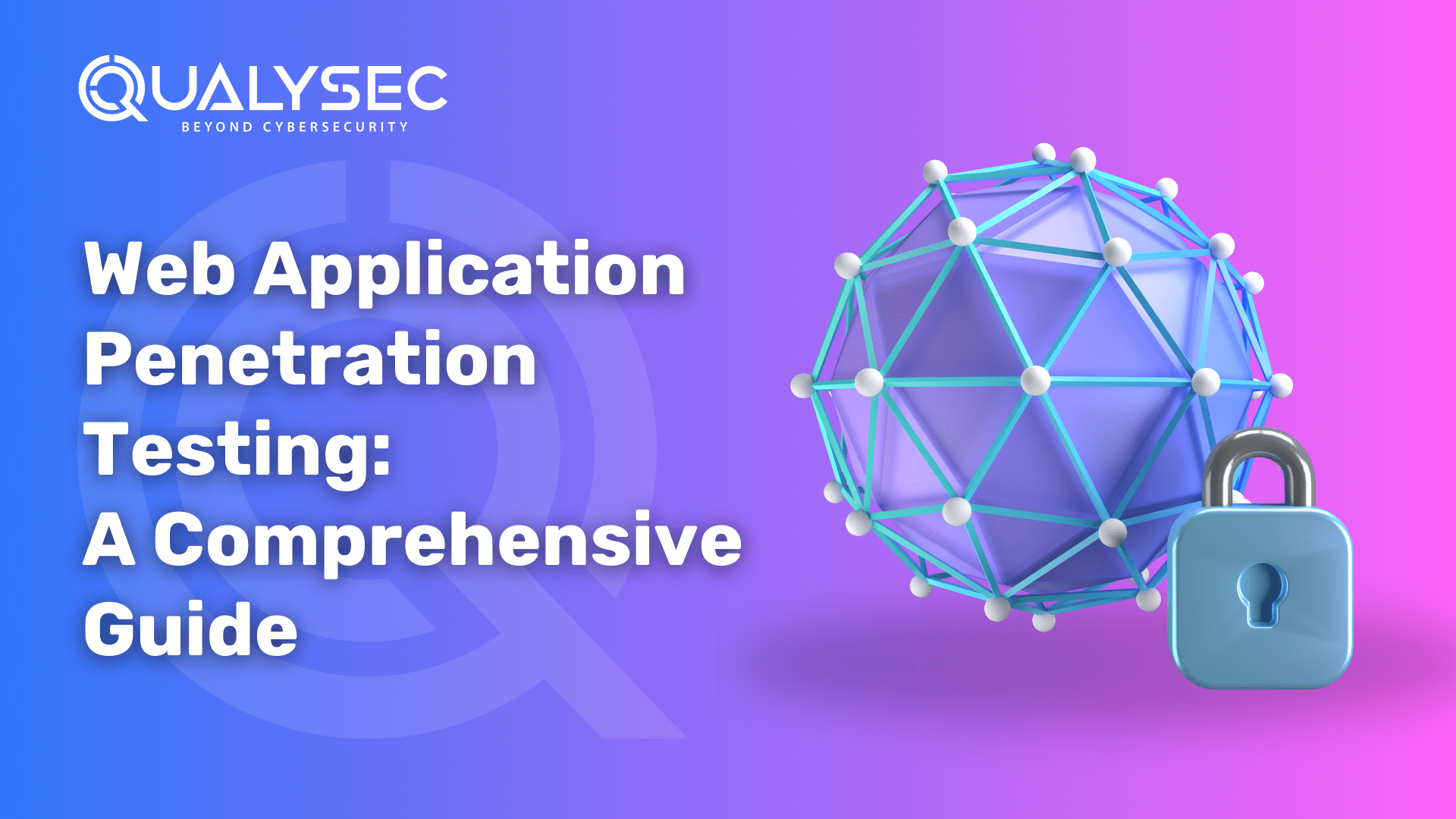
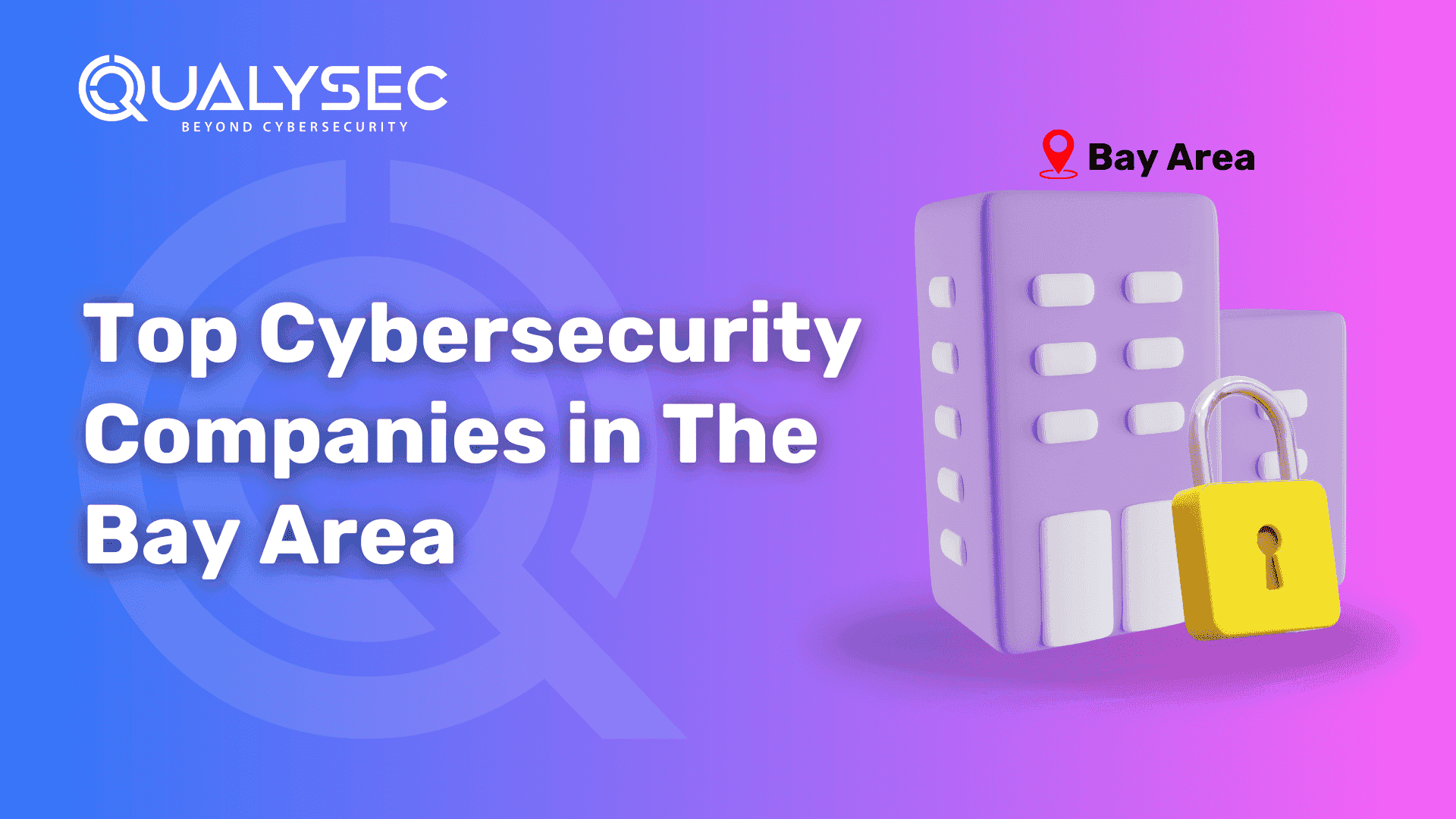
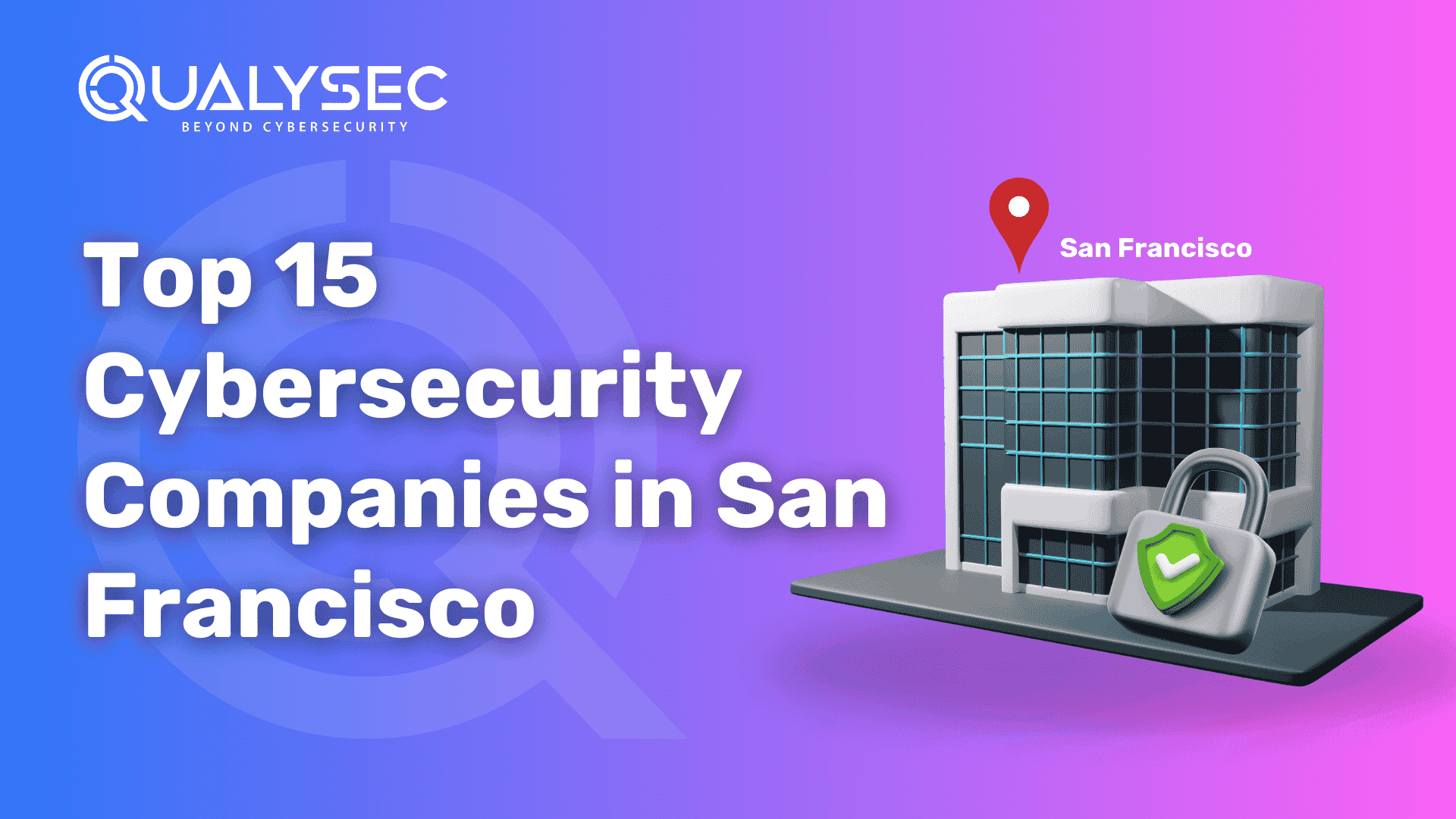
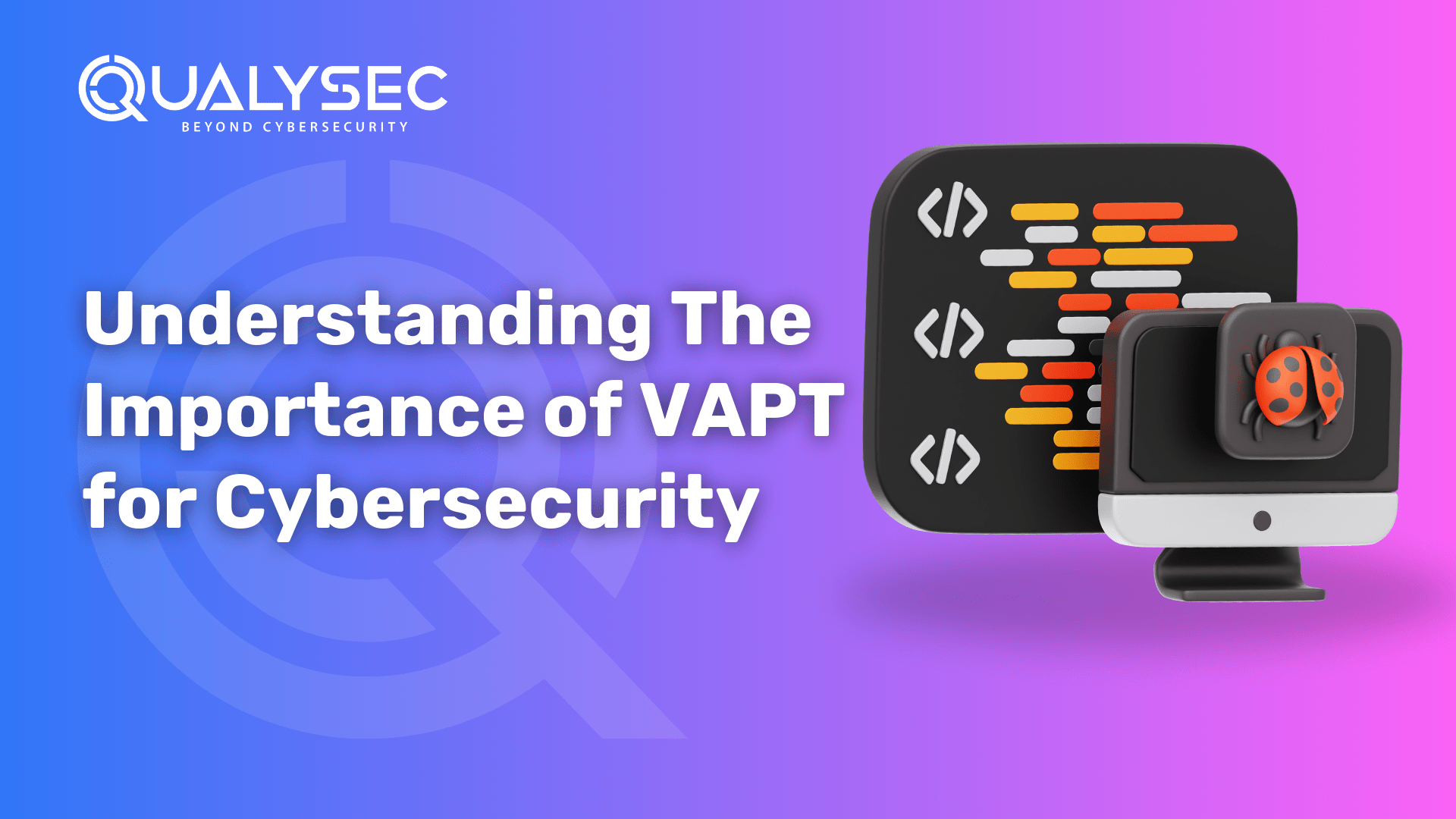
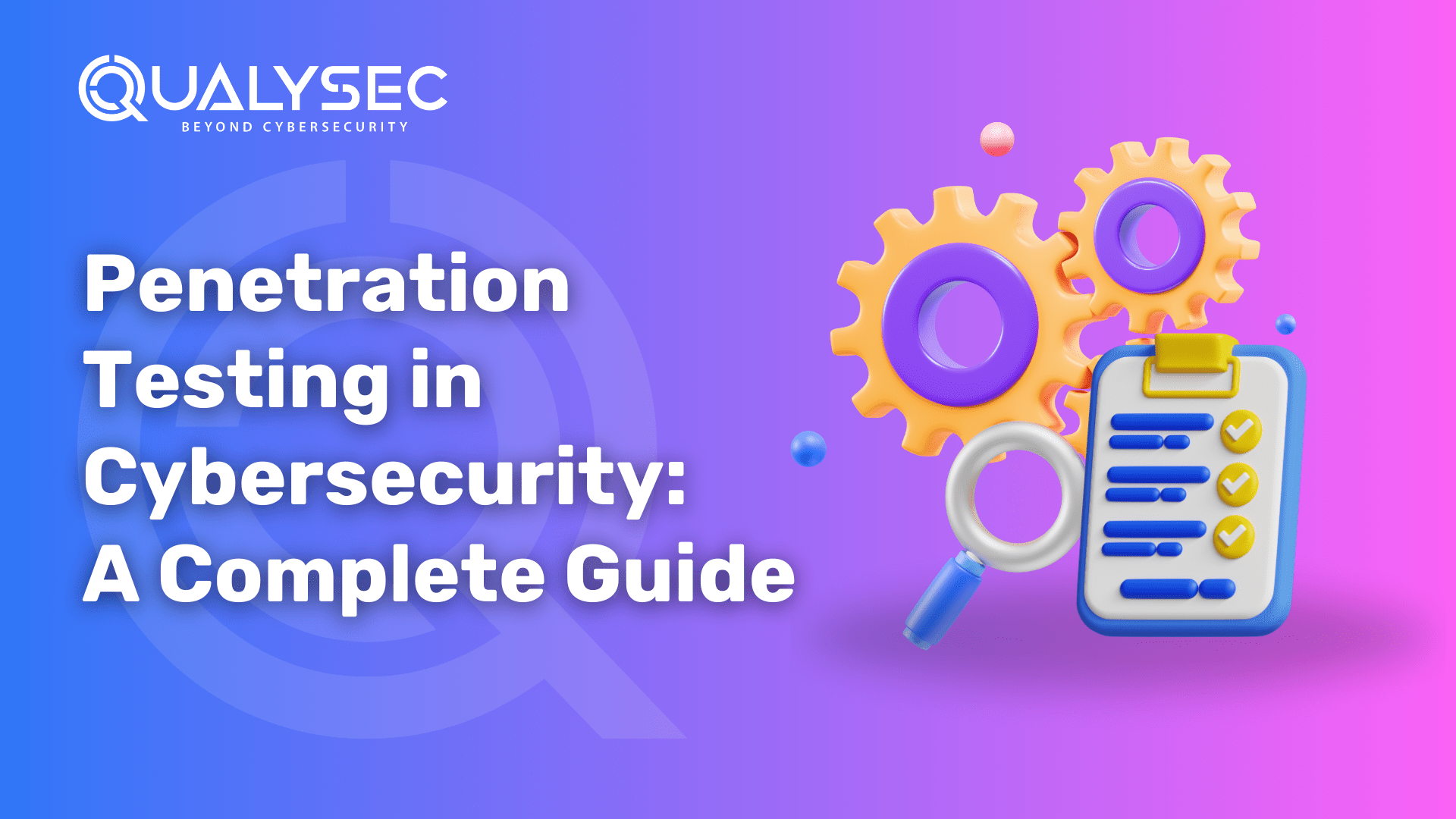
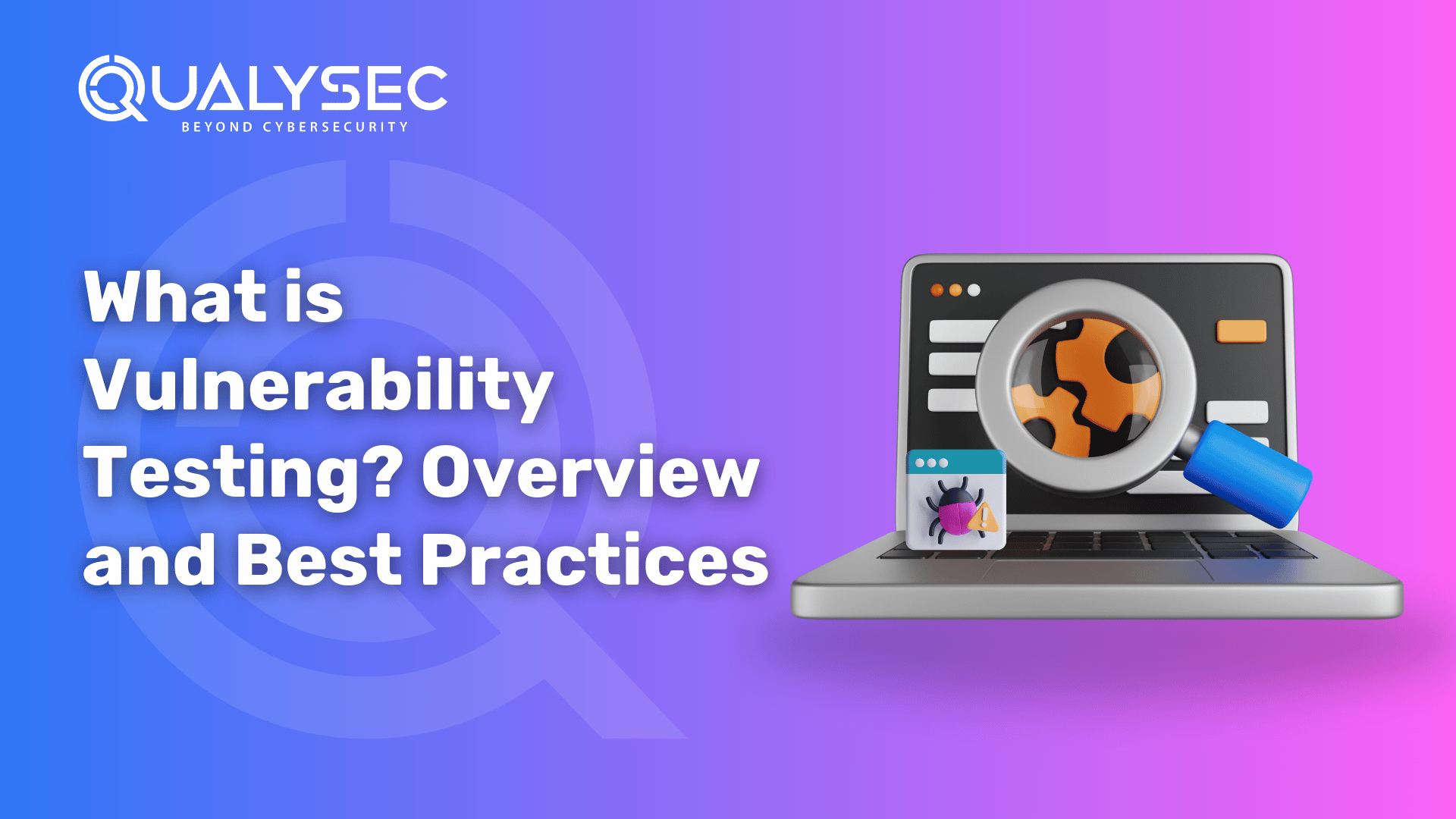

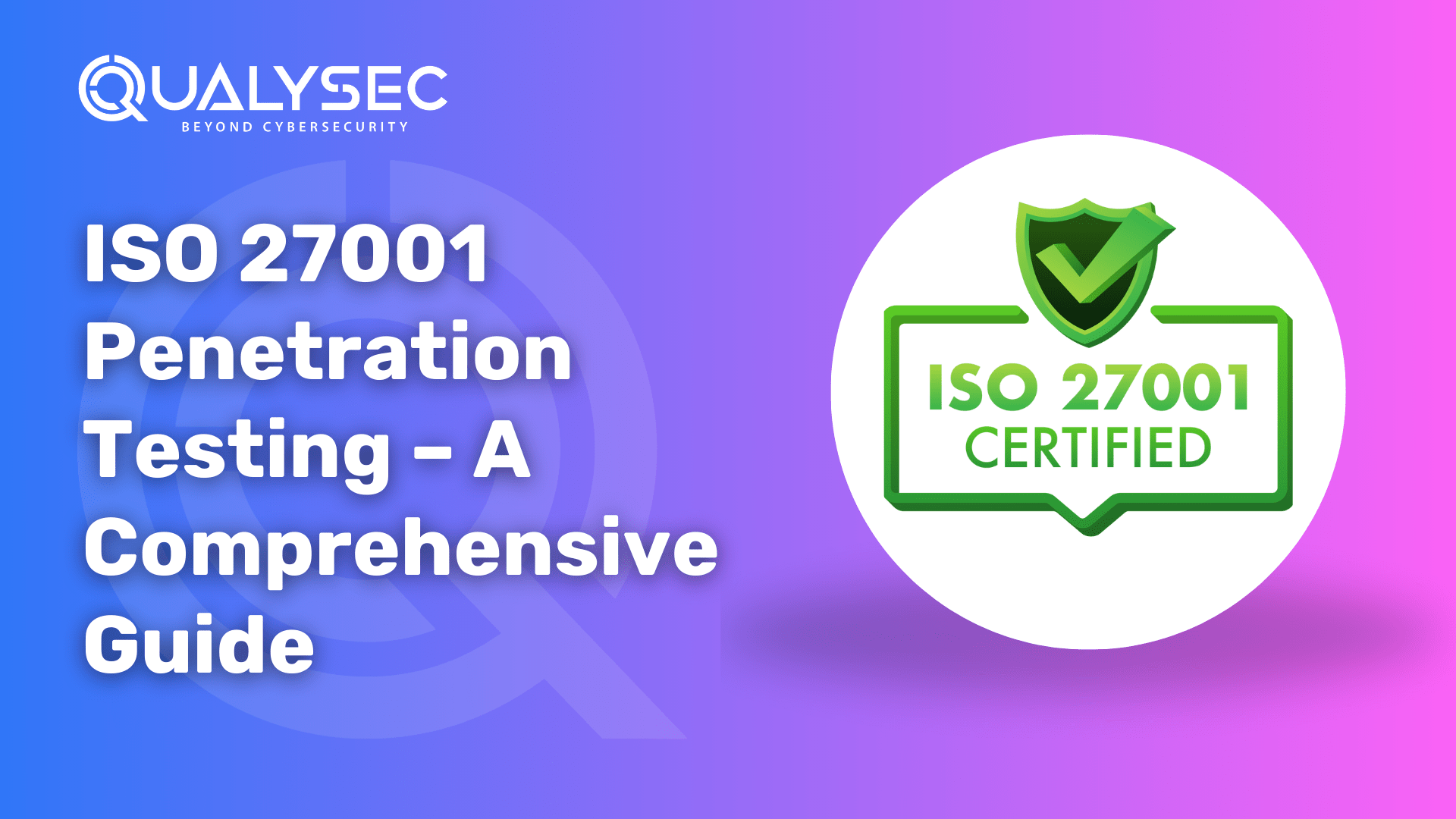
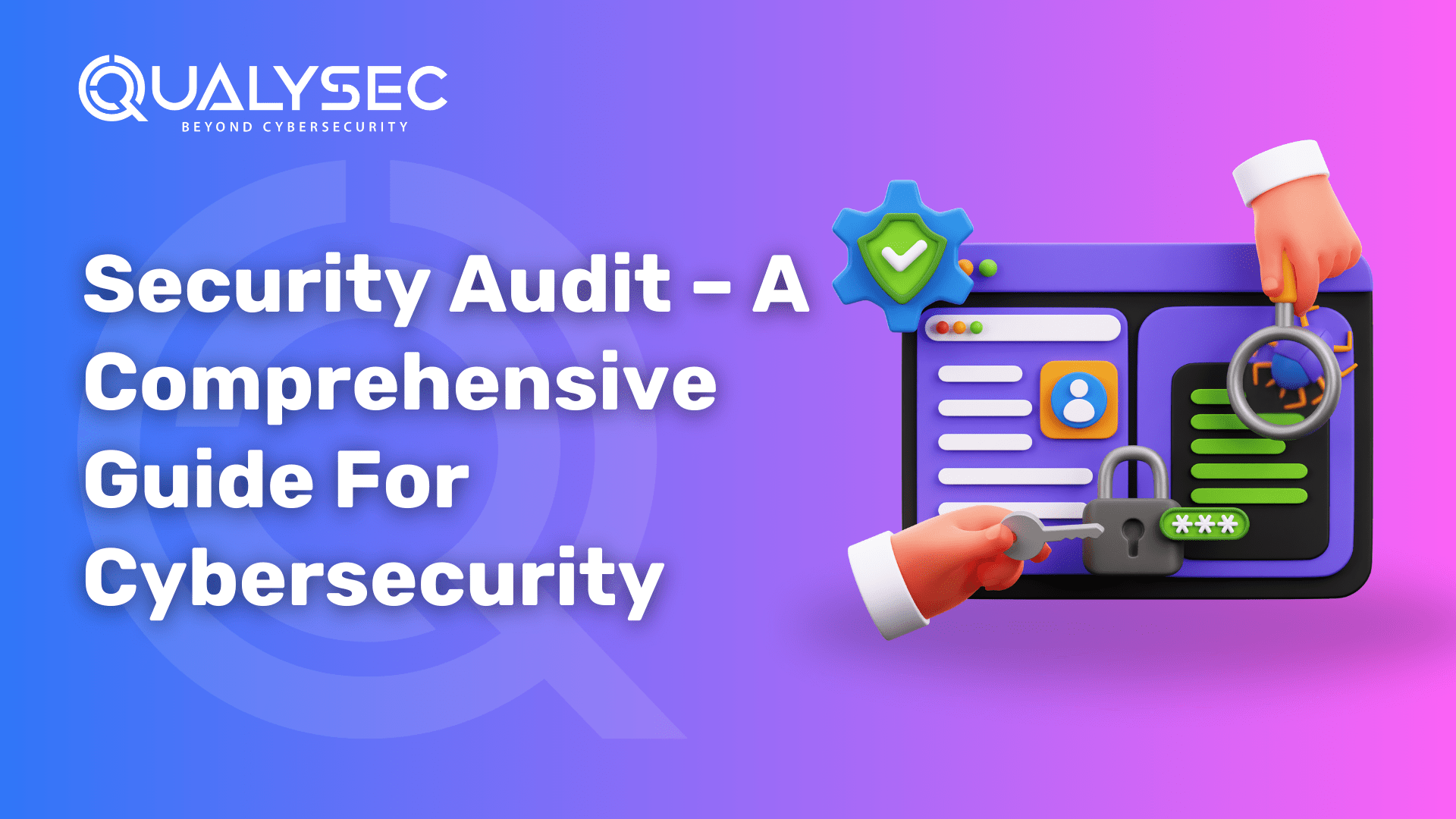
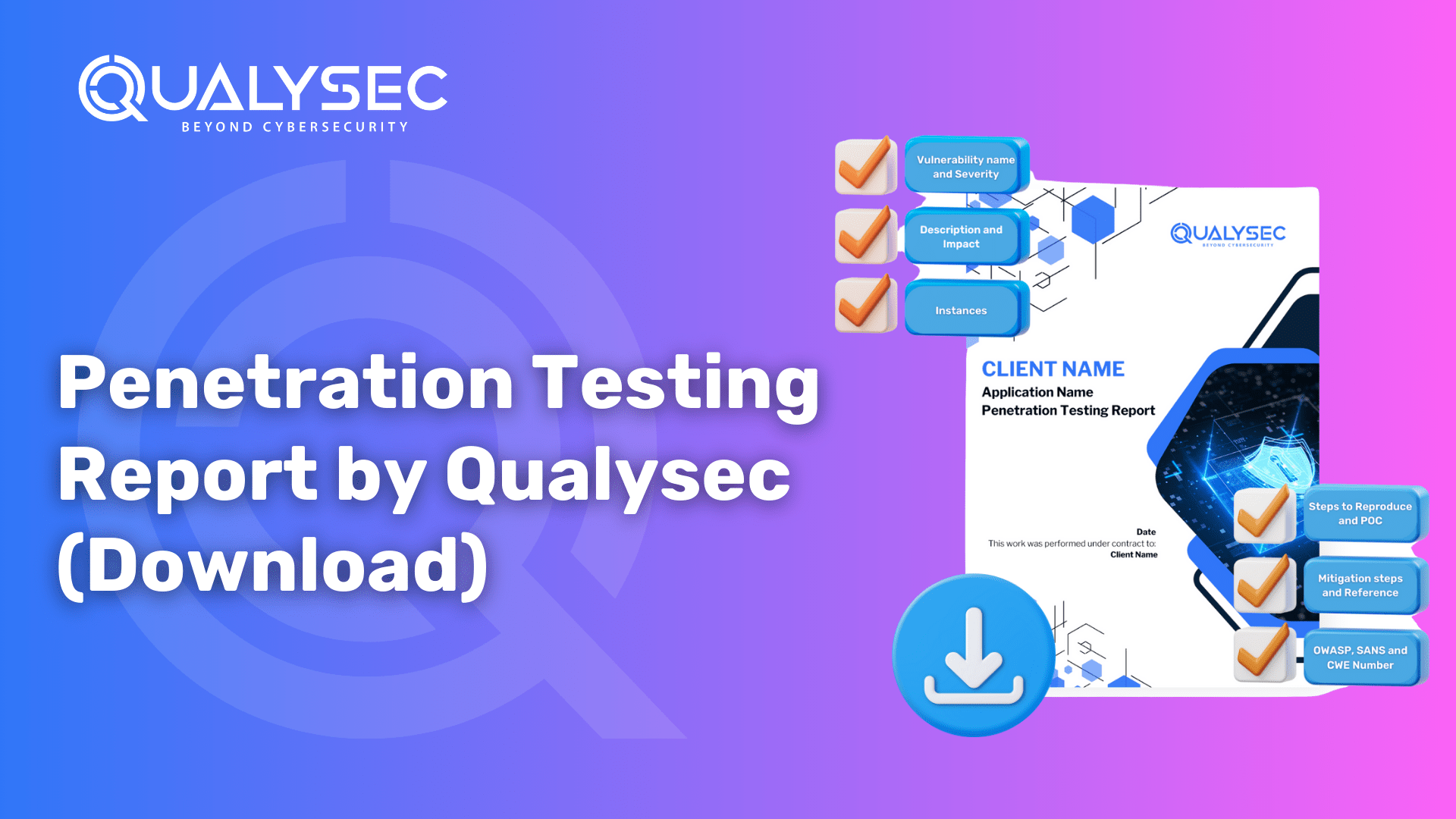
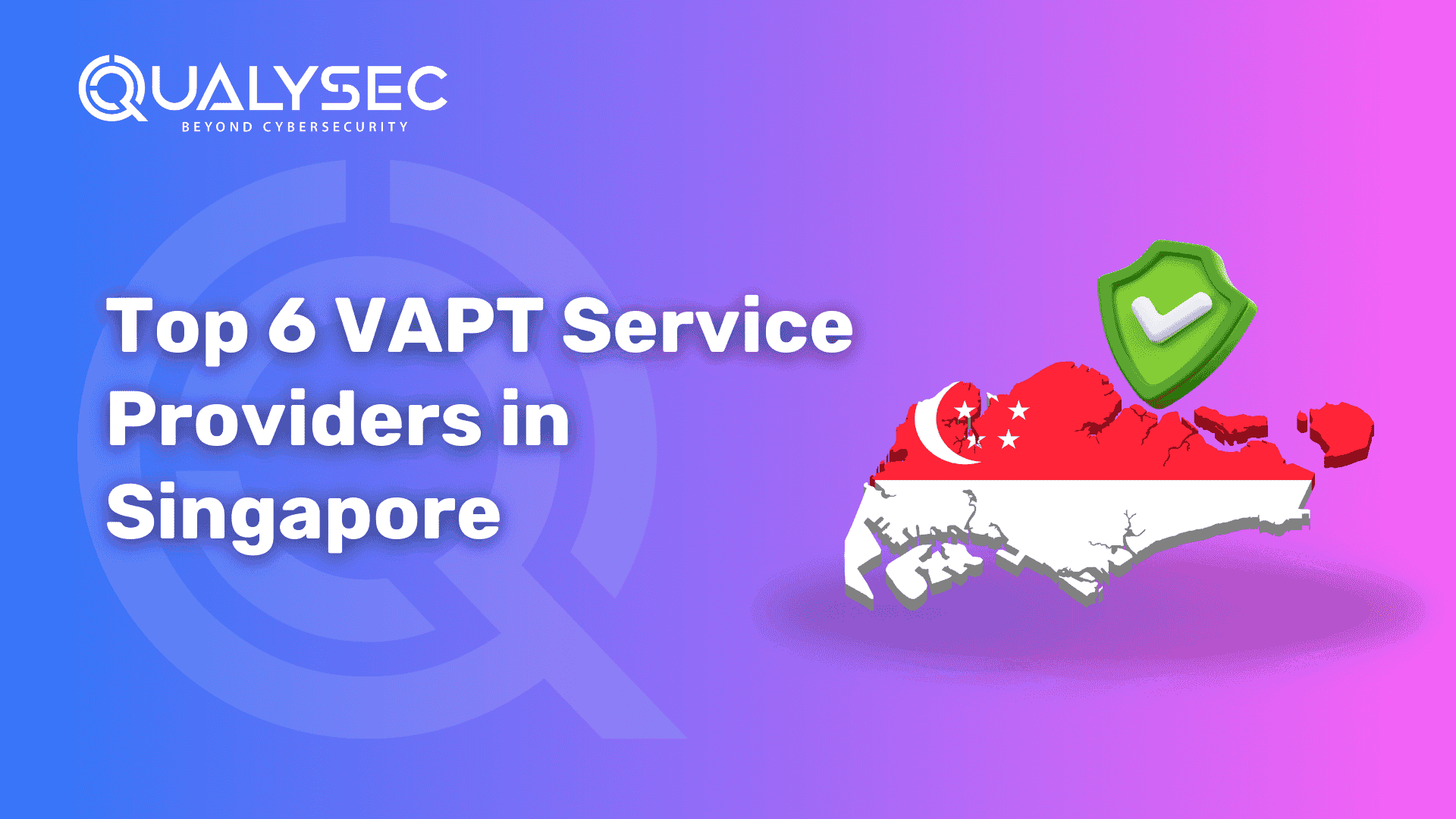
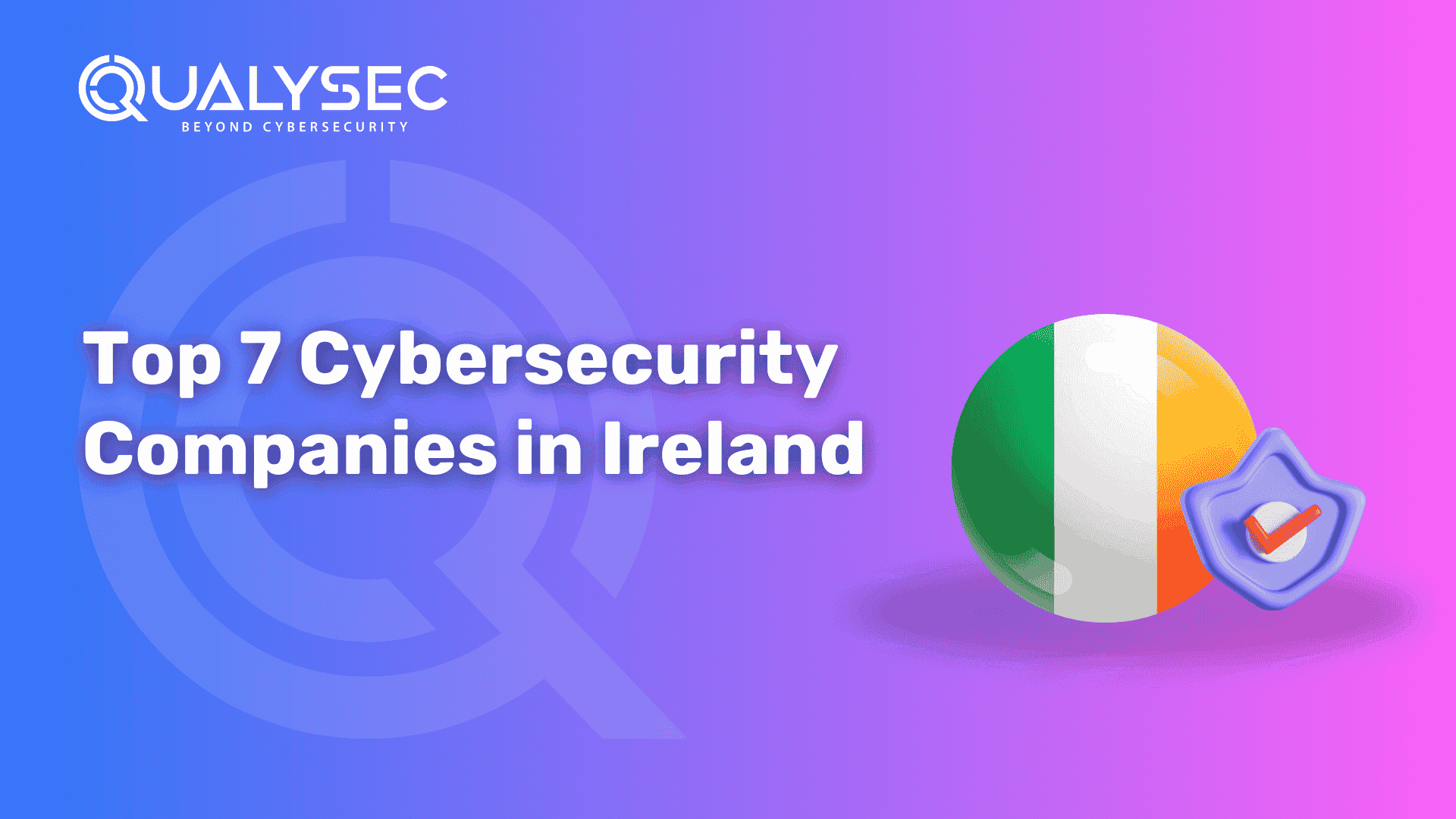
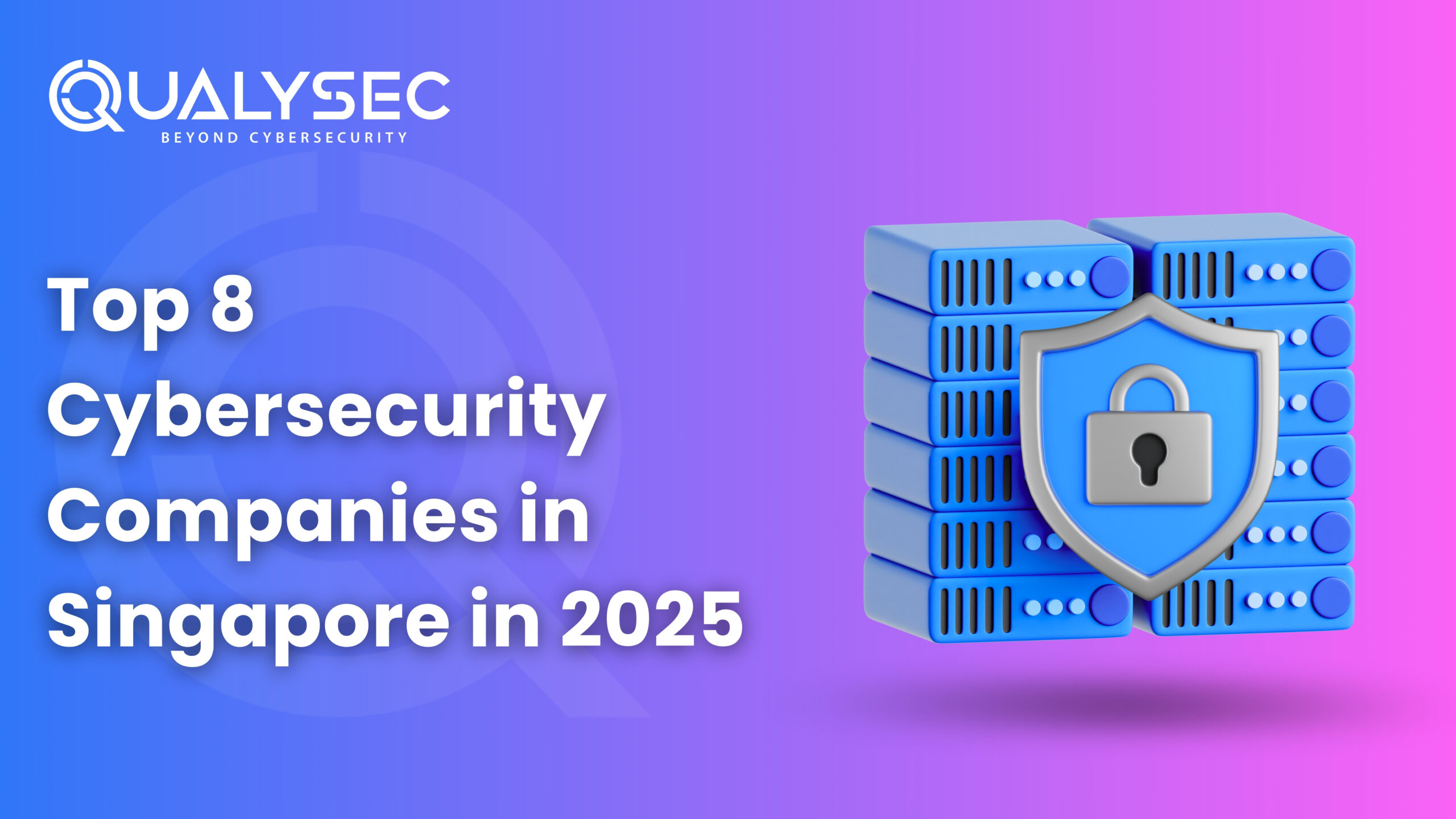
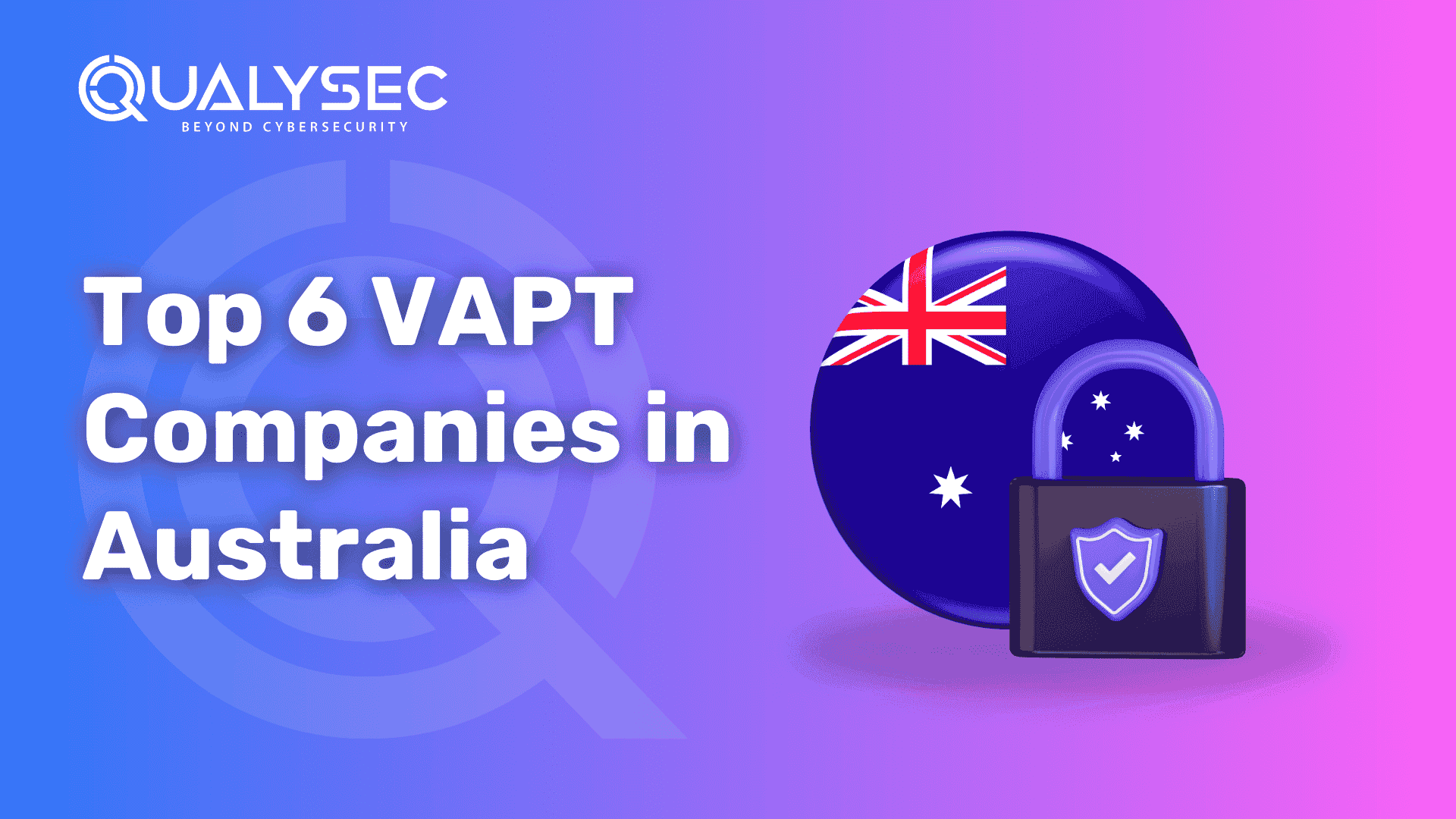
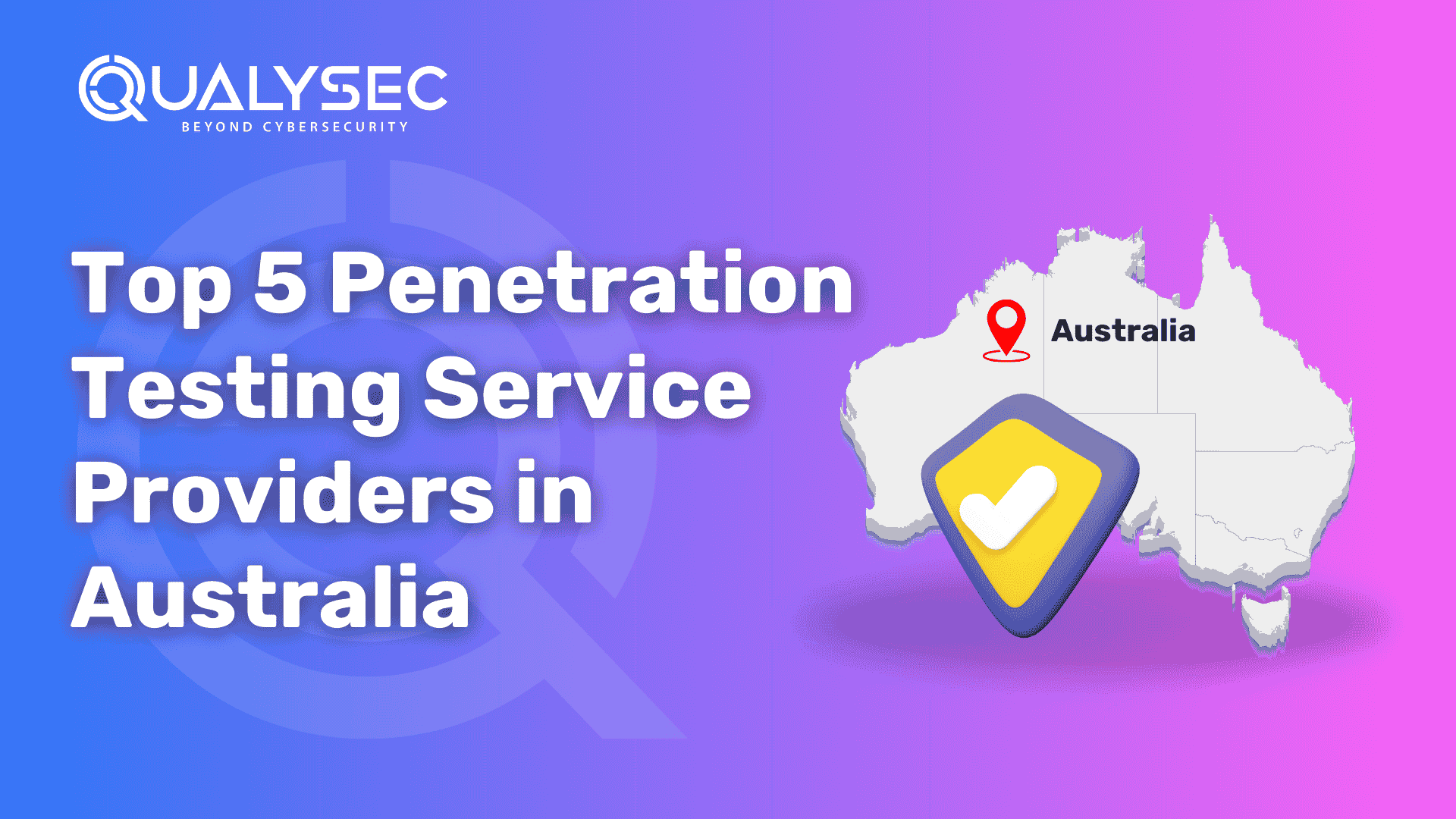
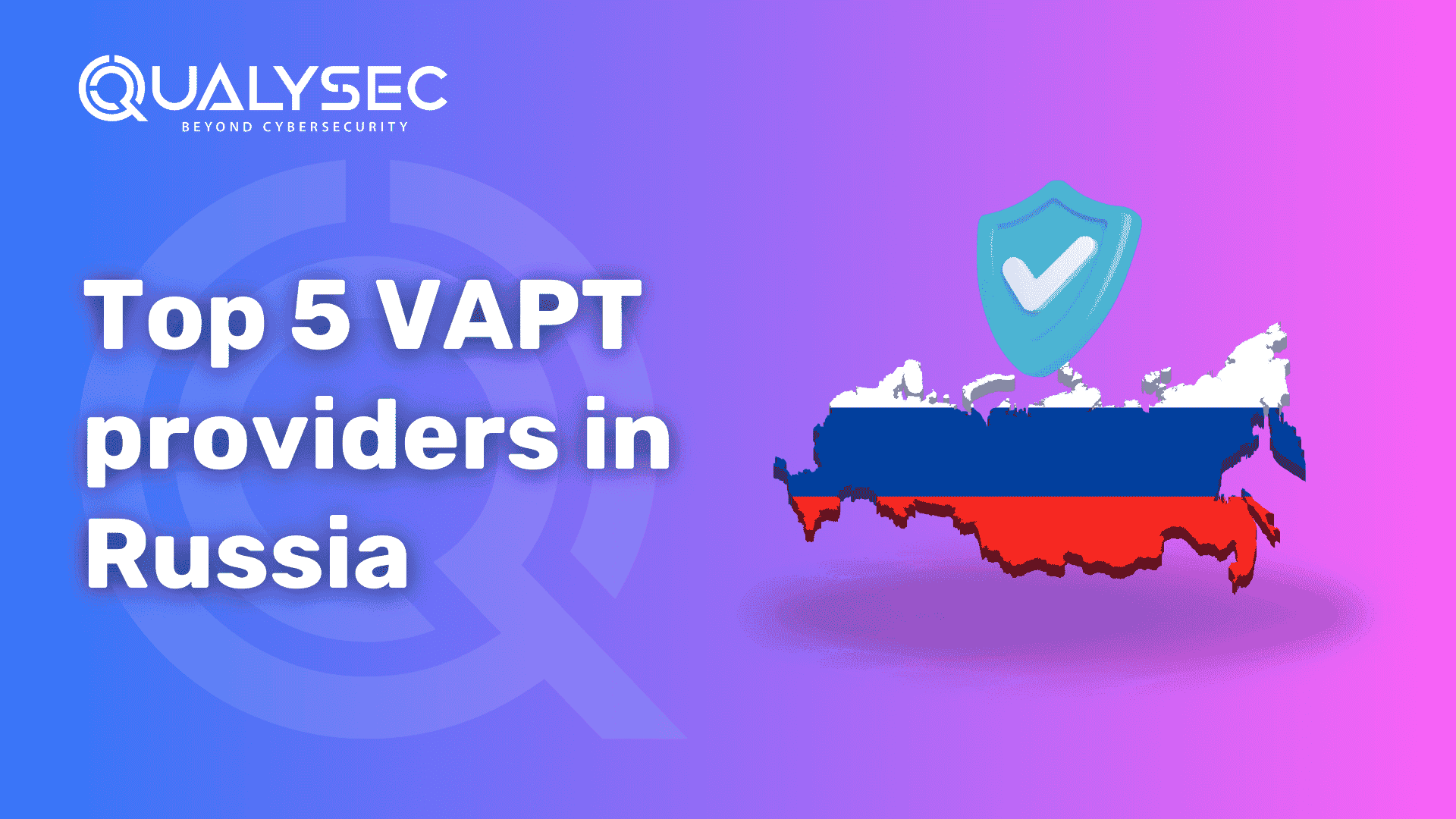
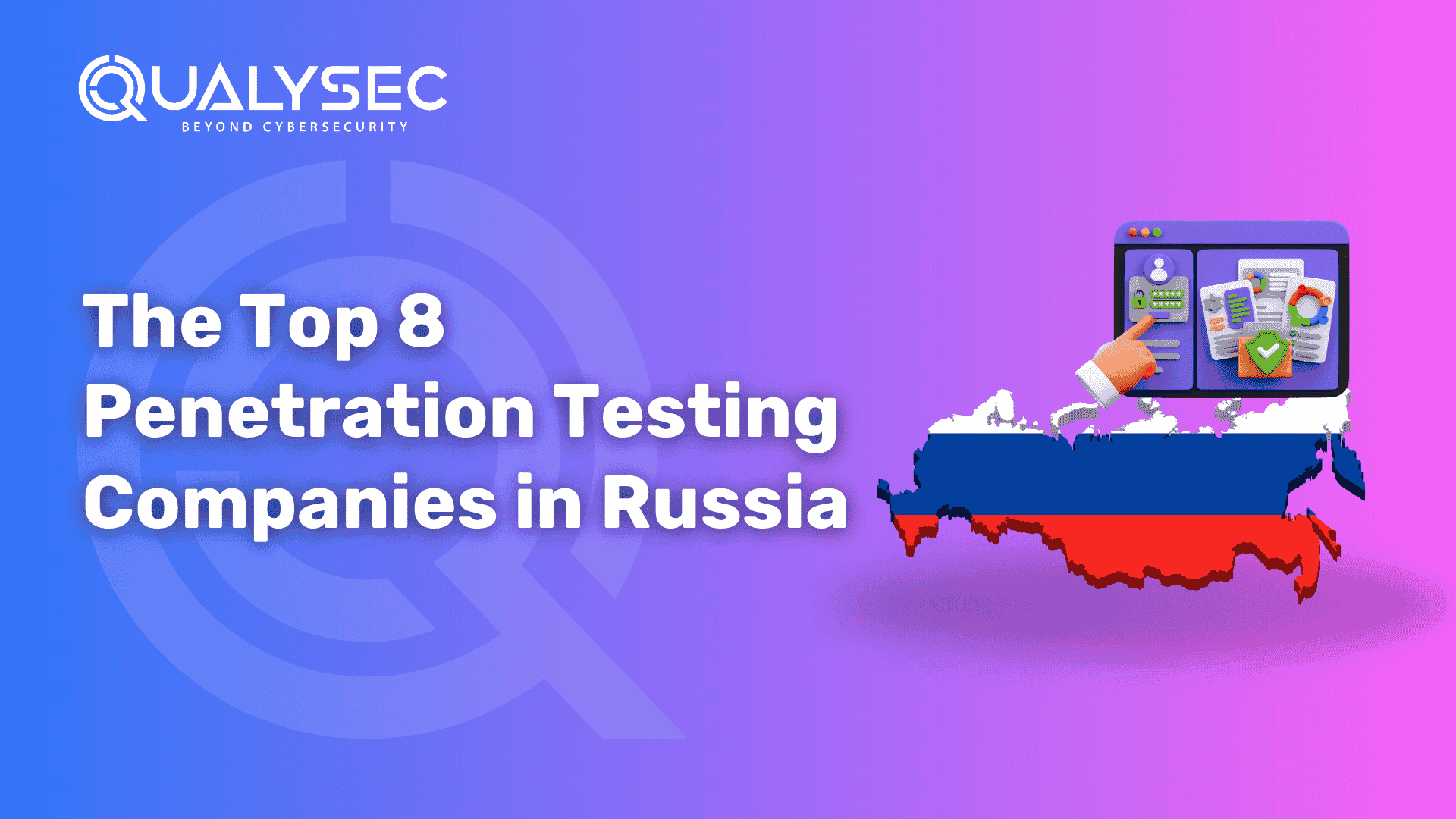
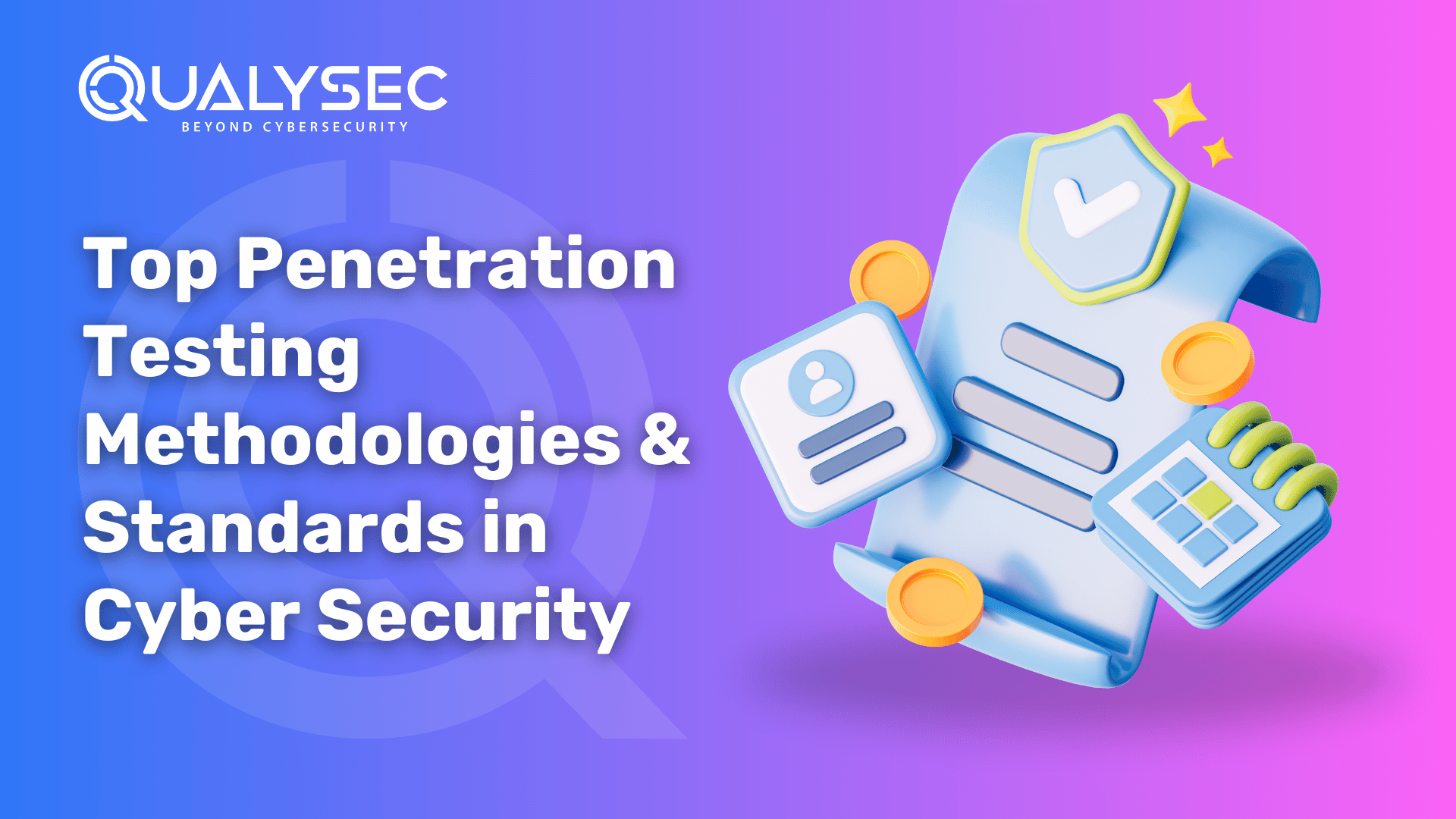
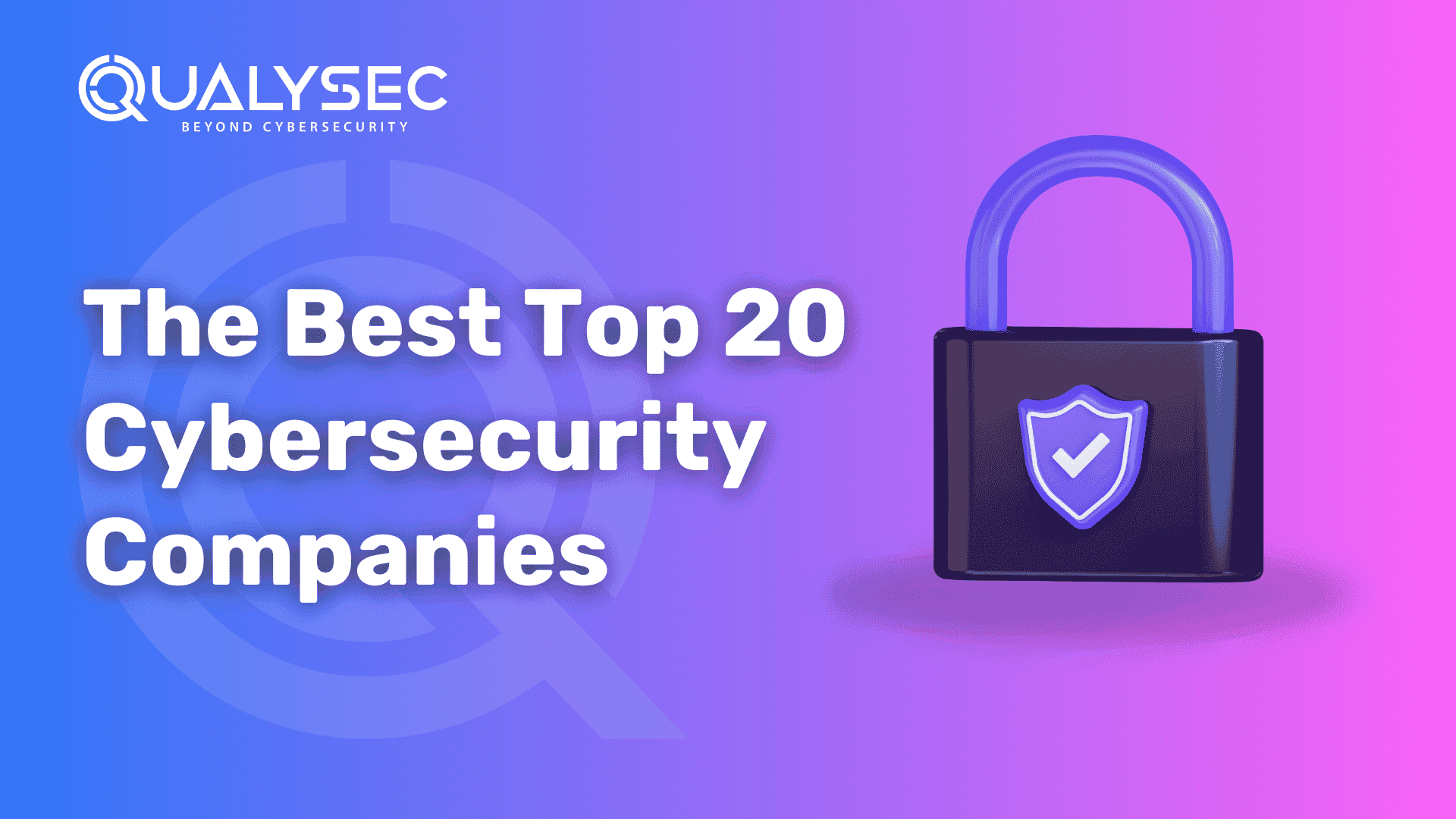
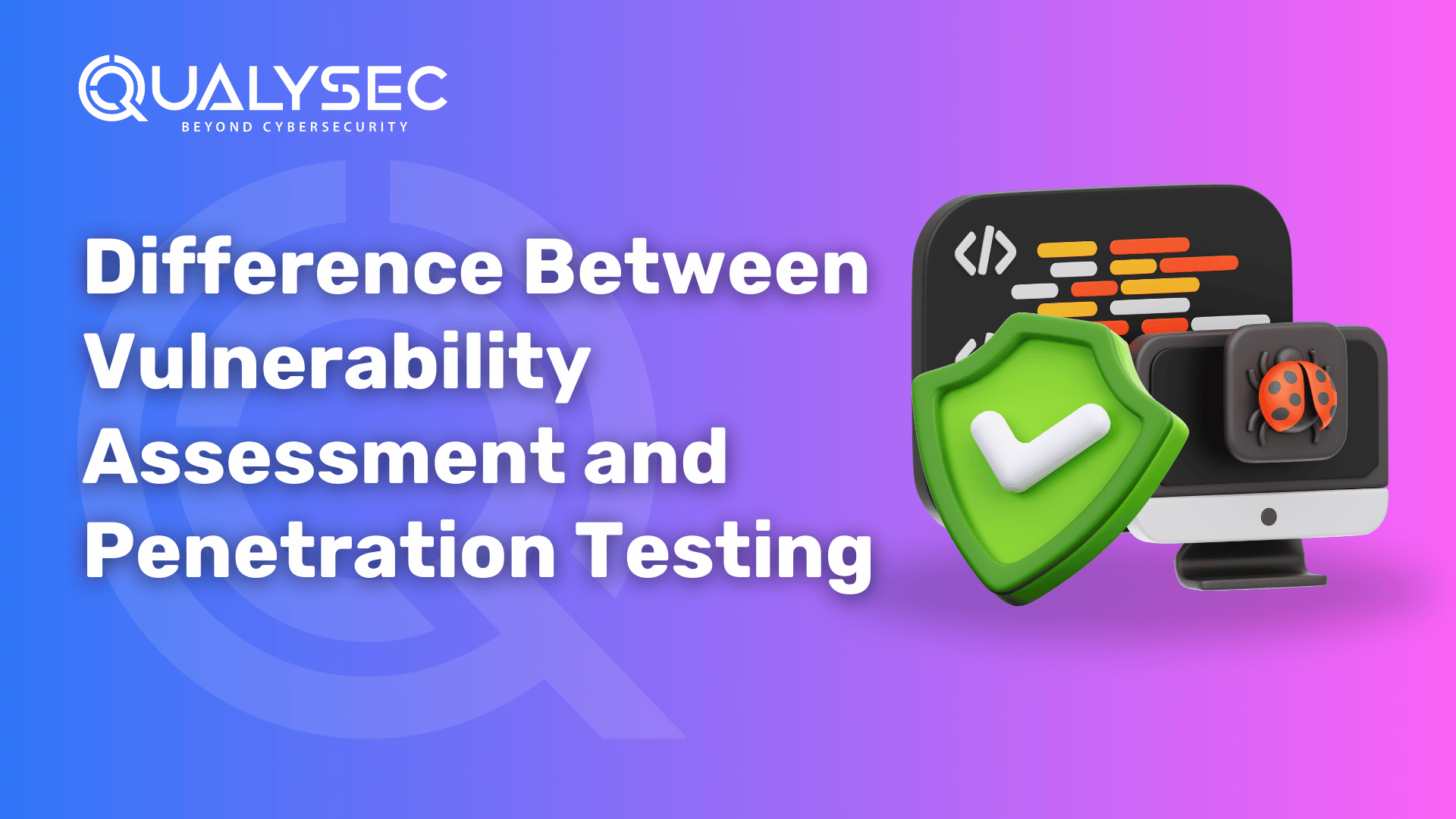
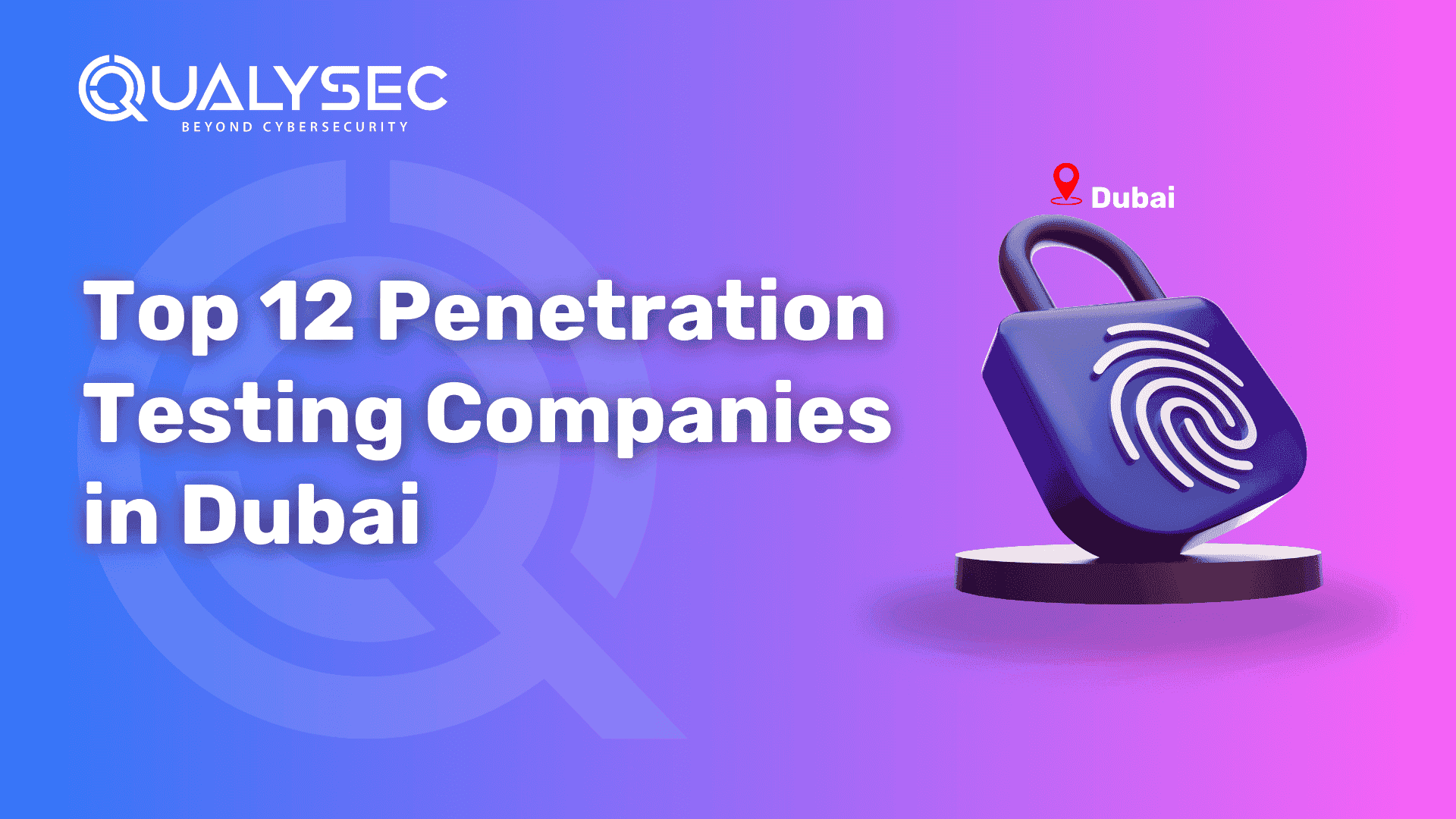
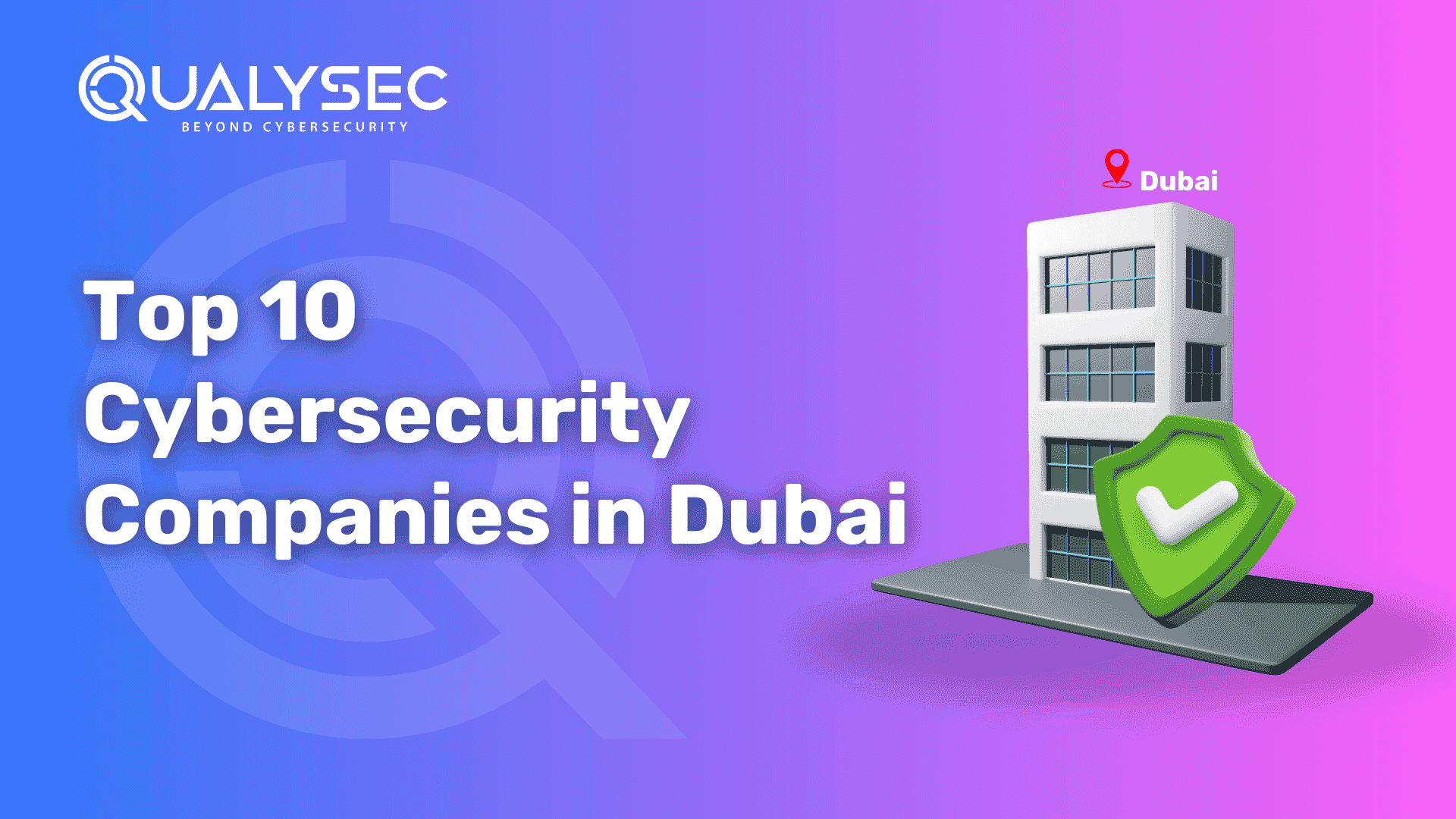
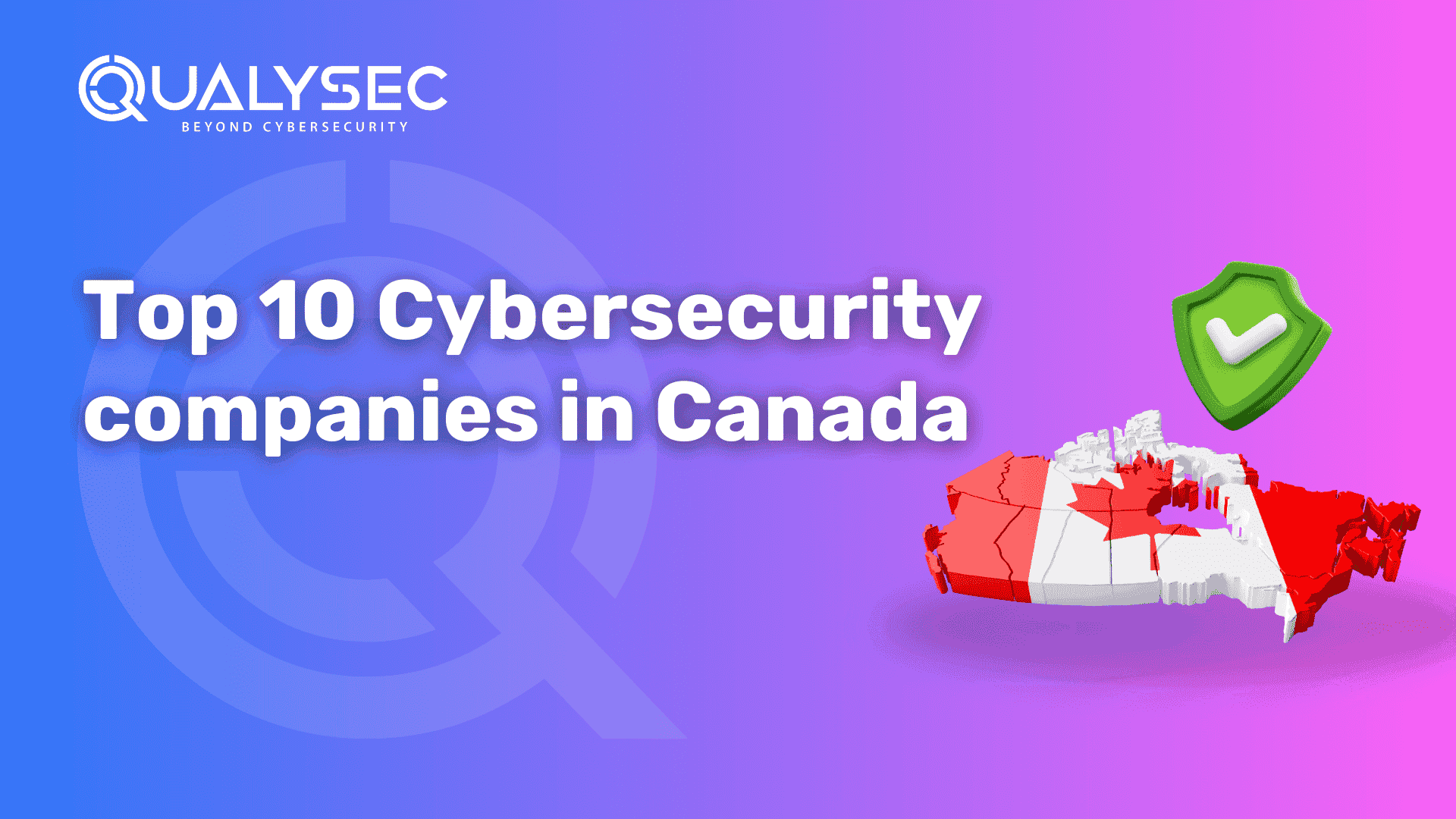




0 Comments